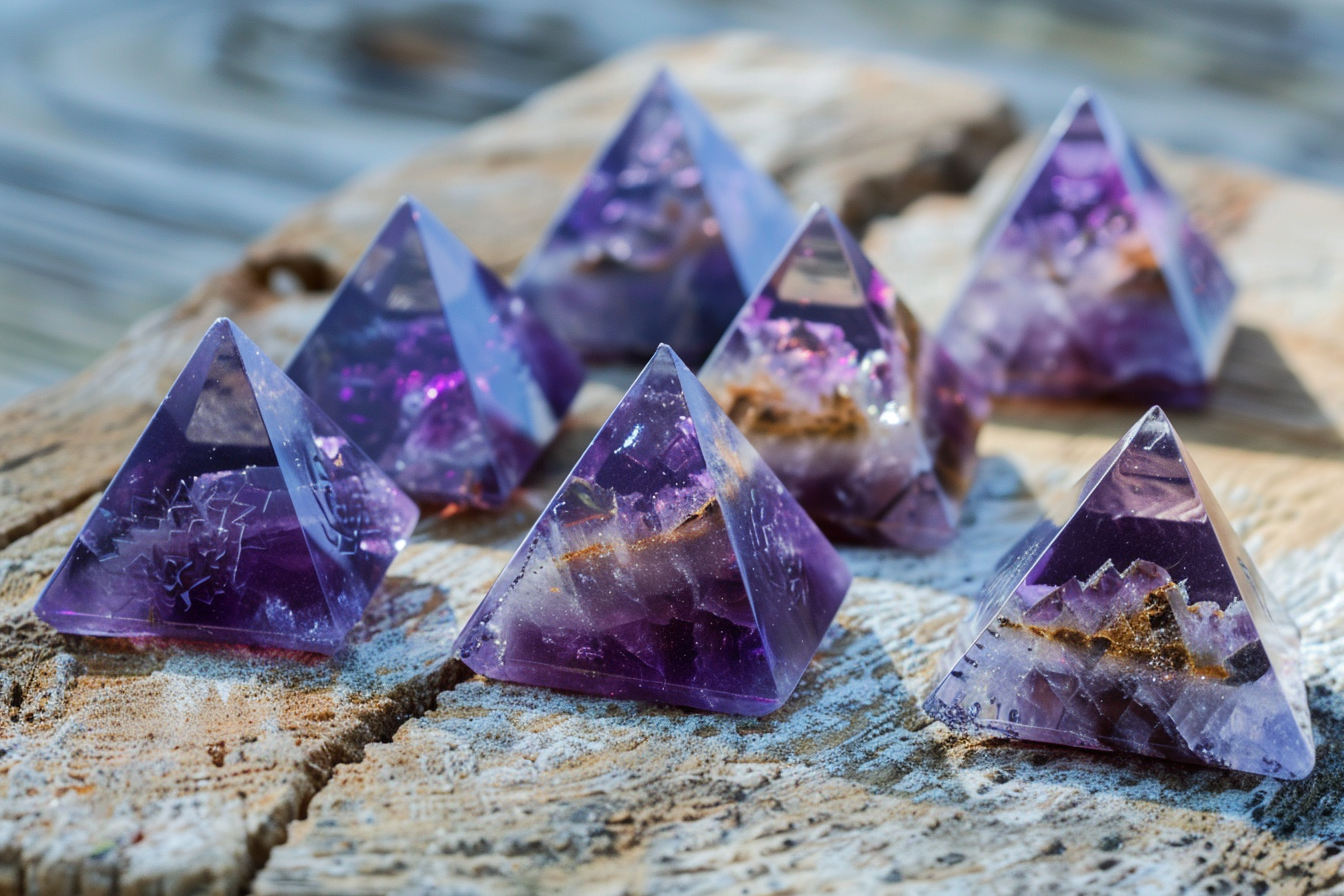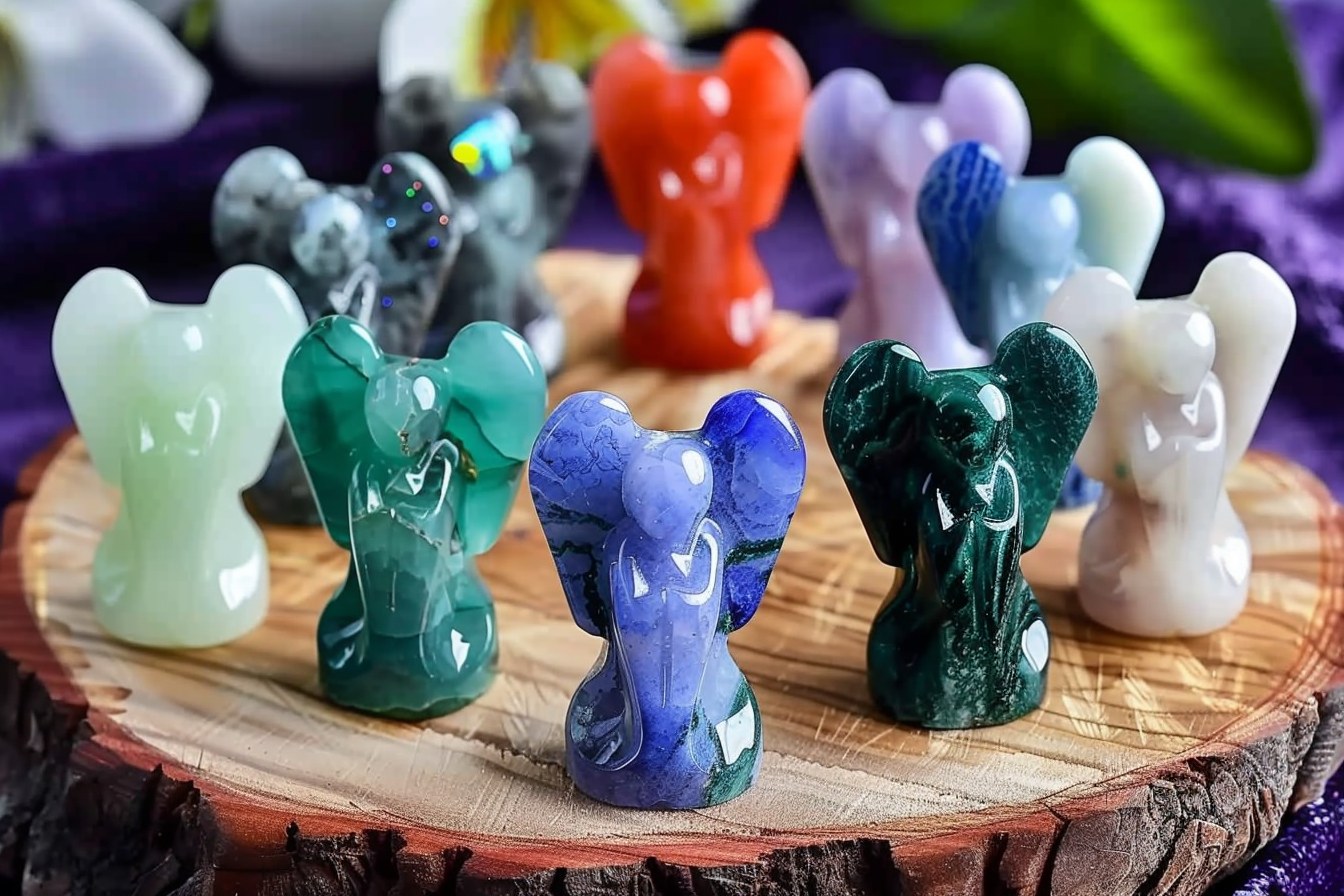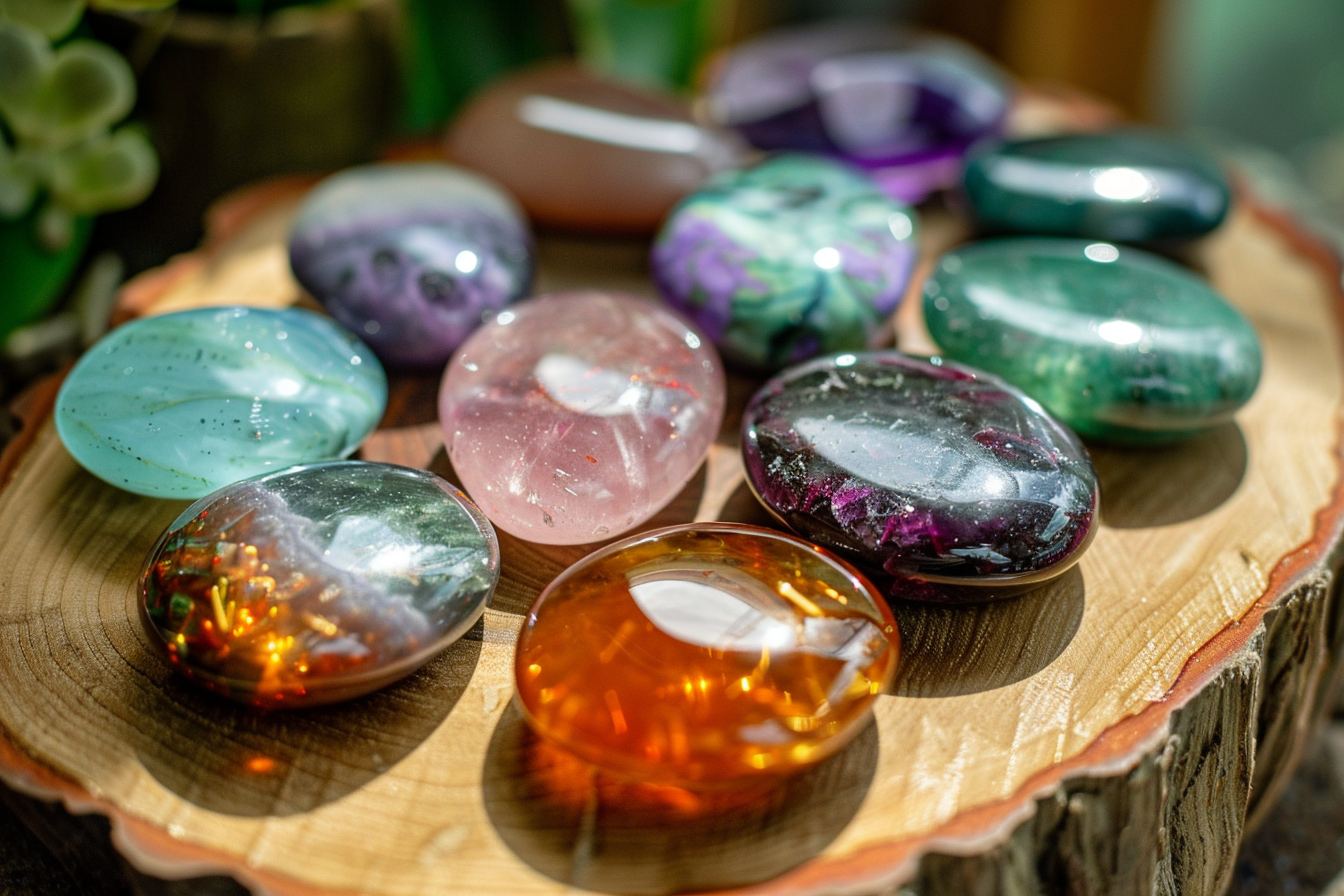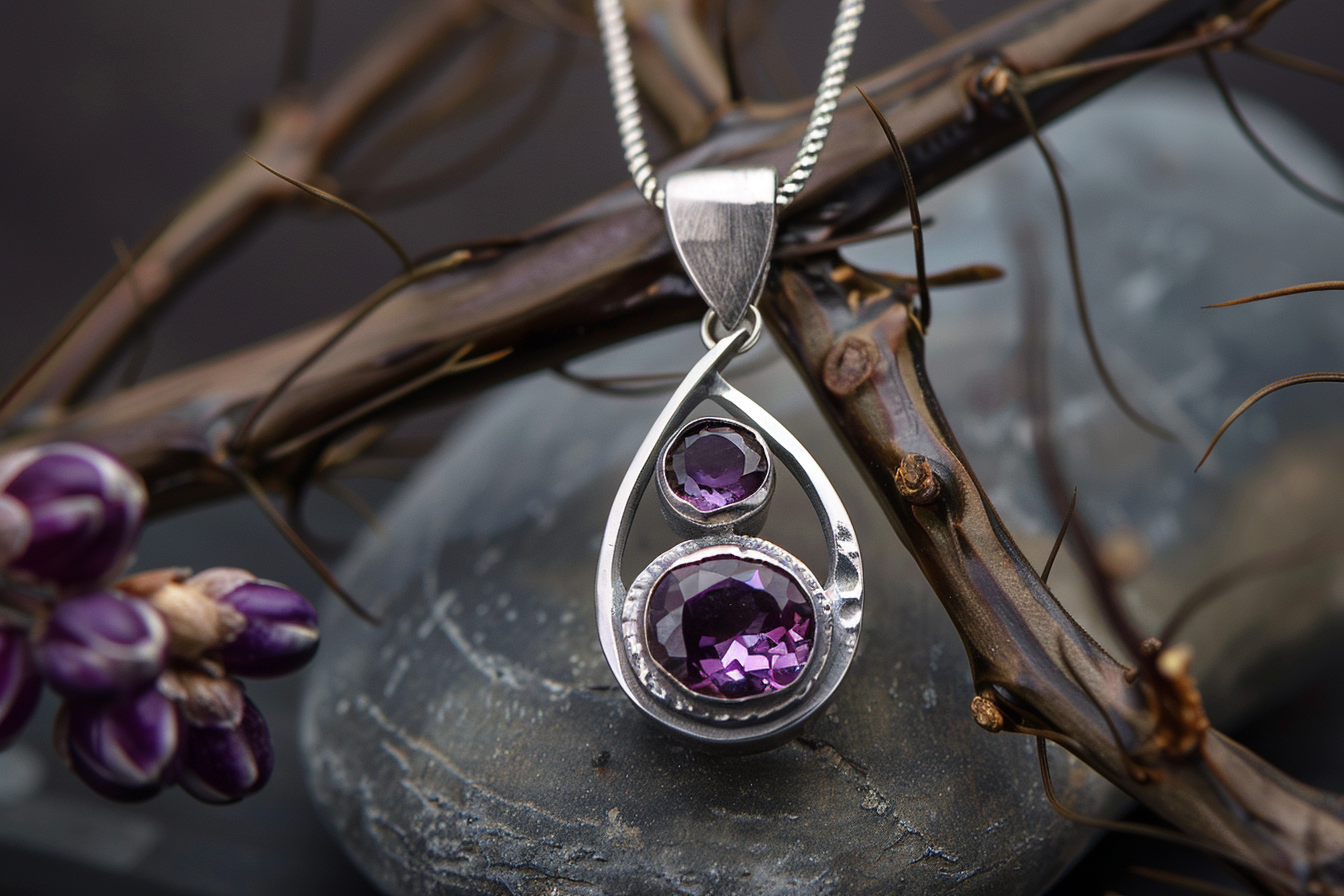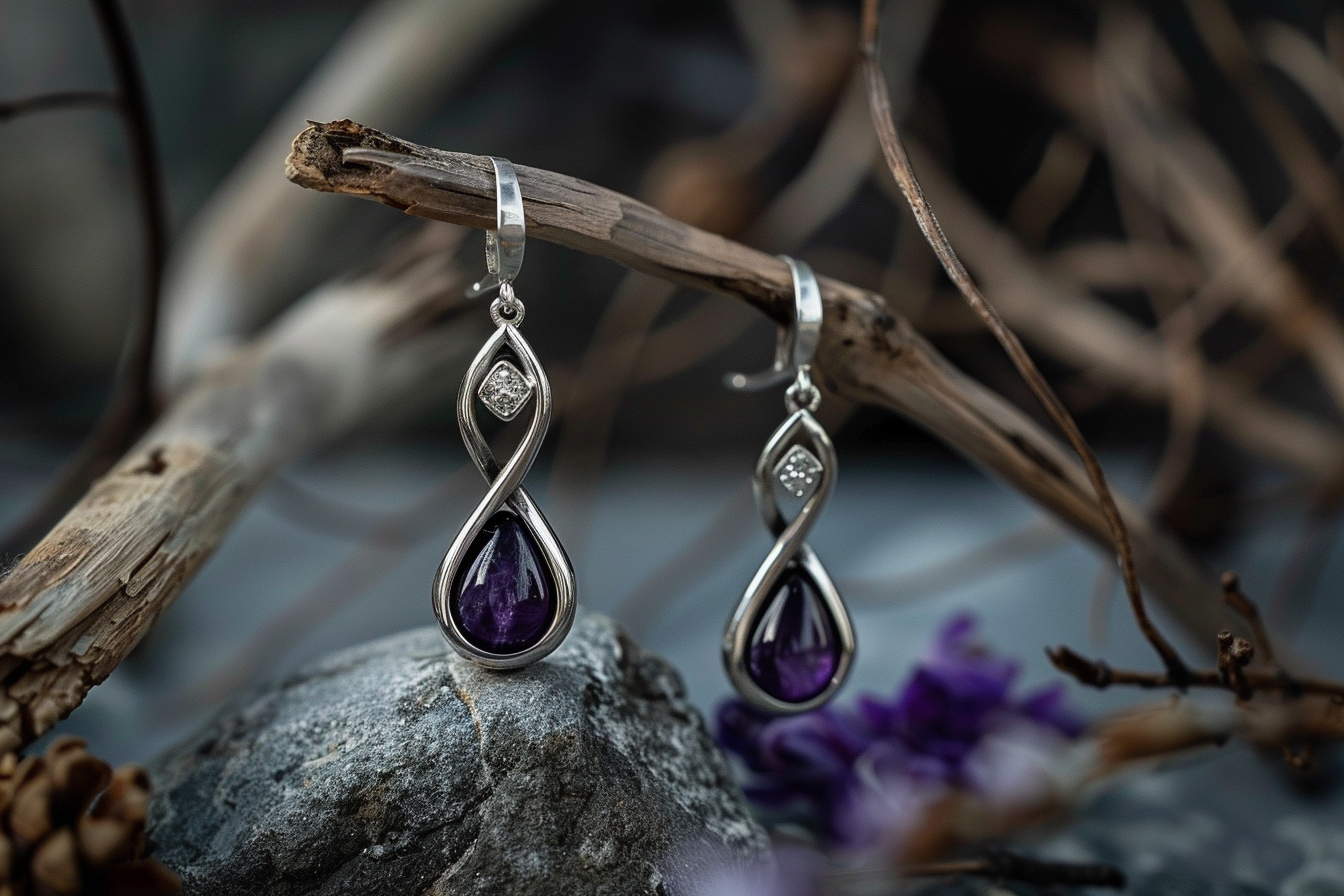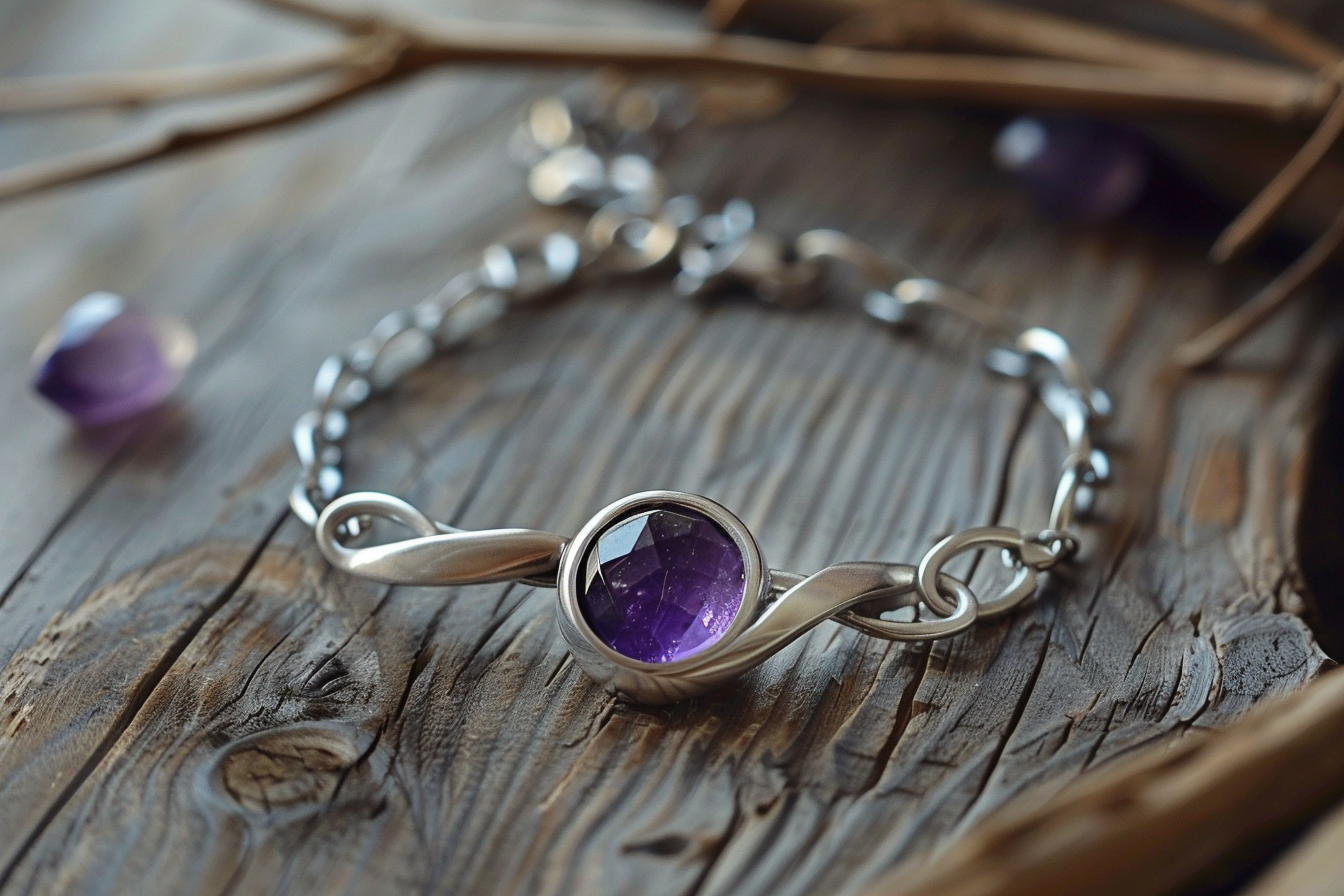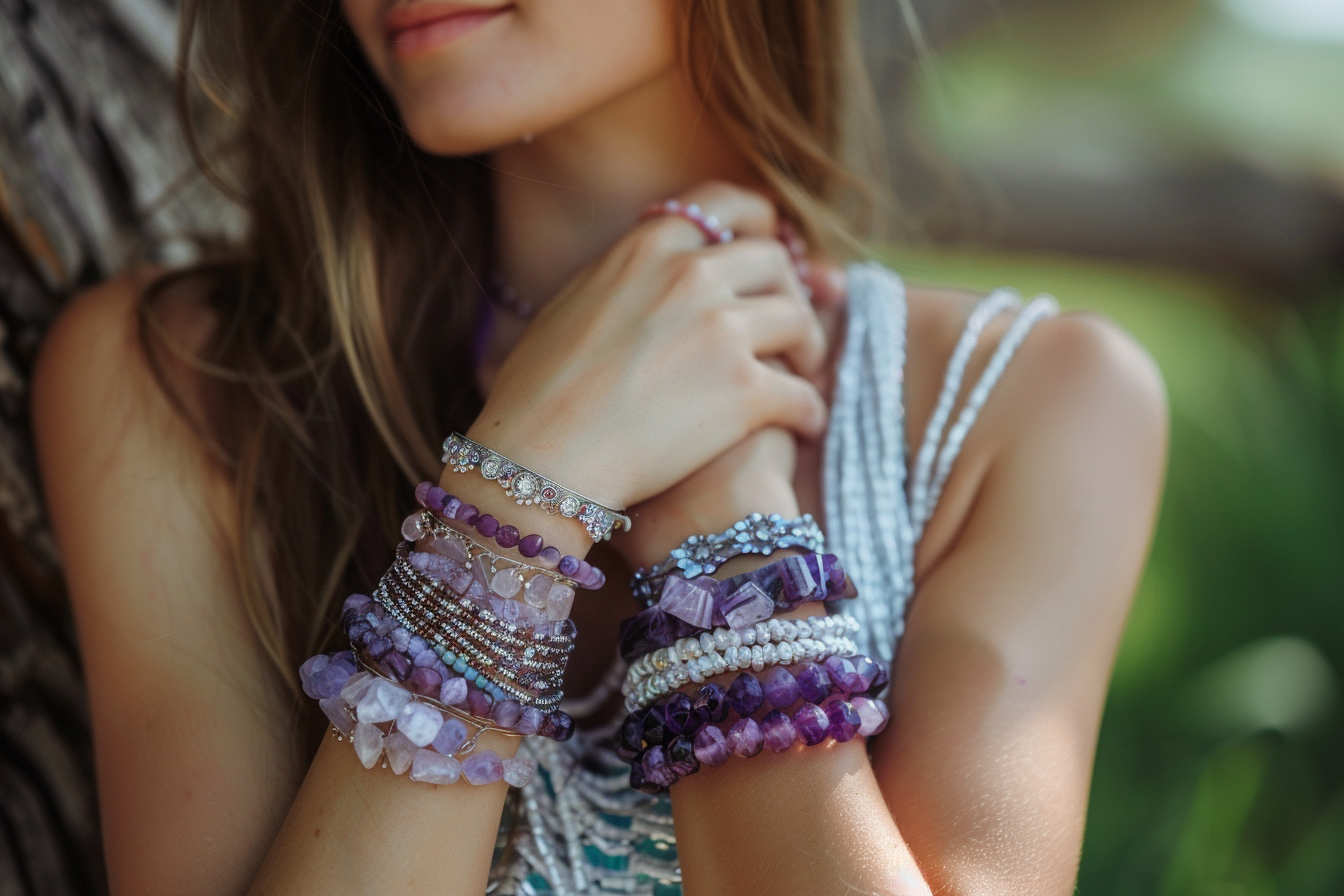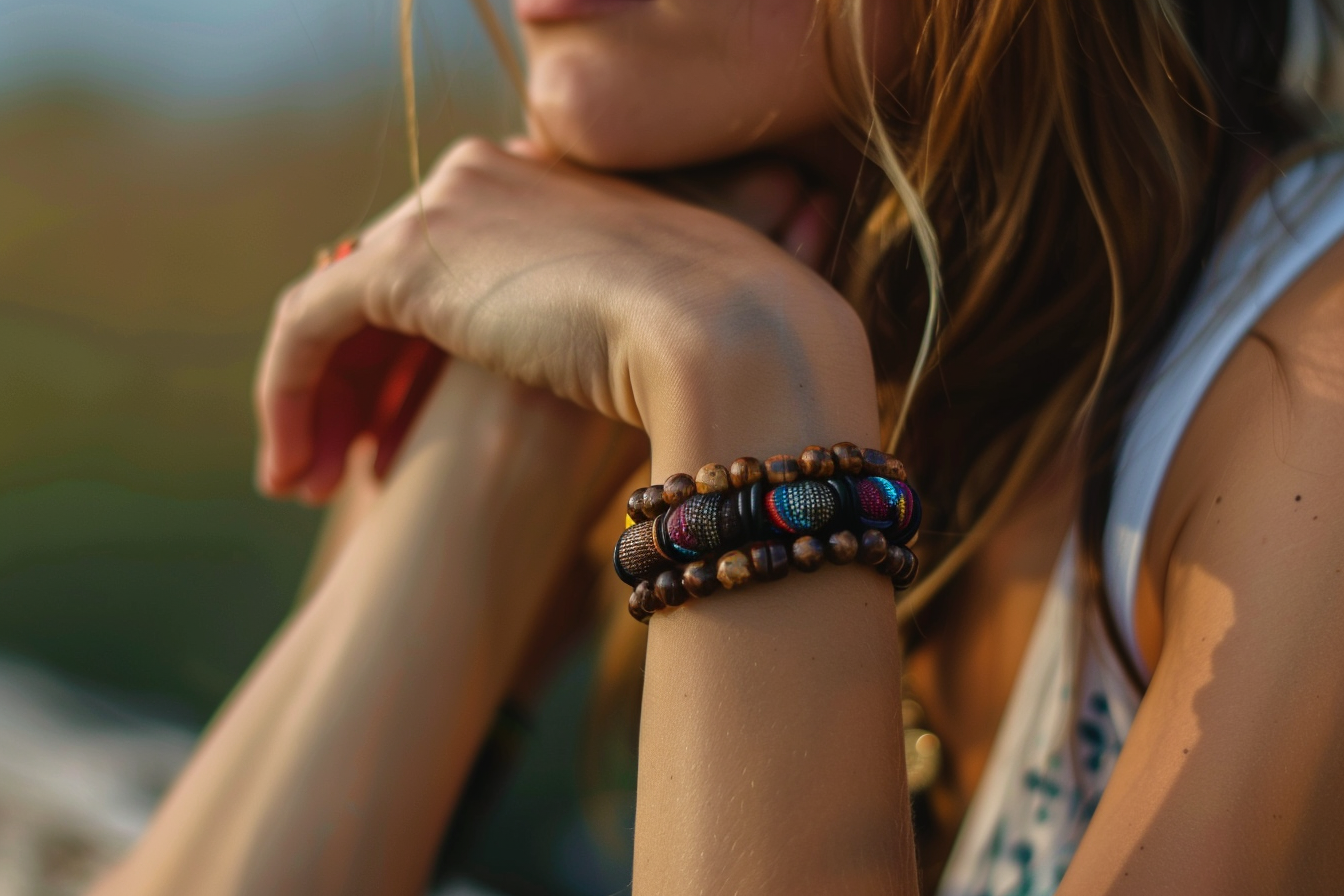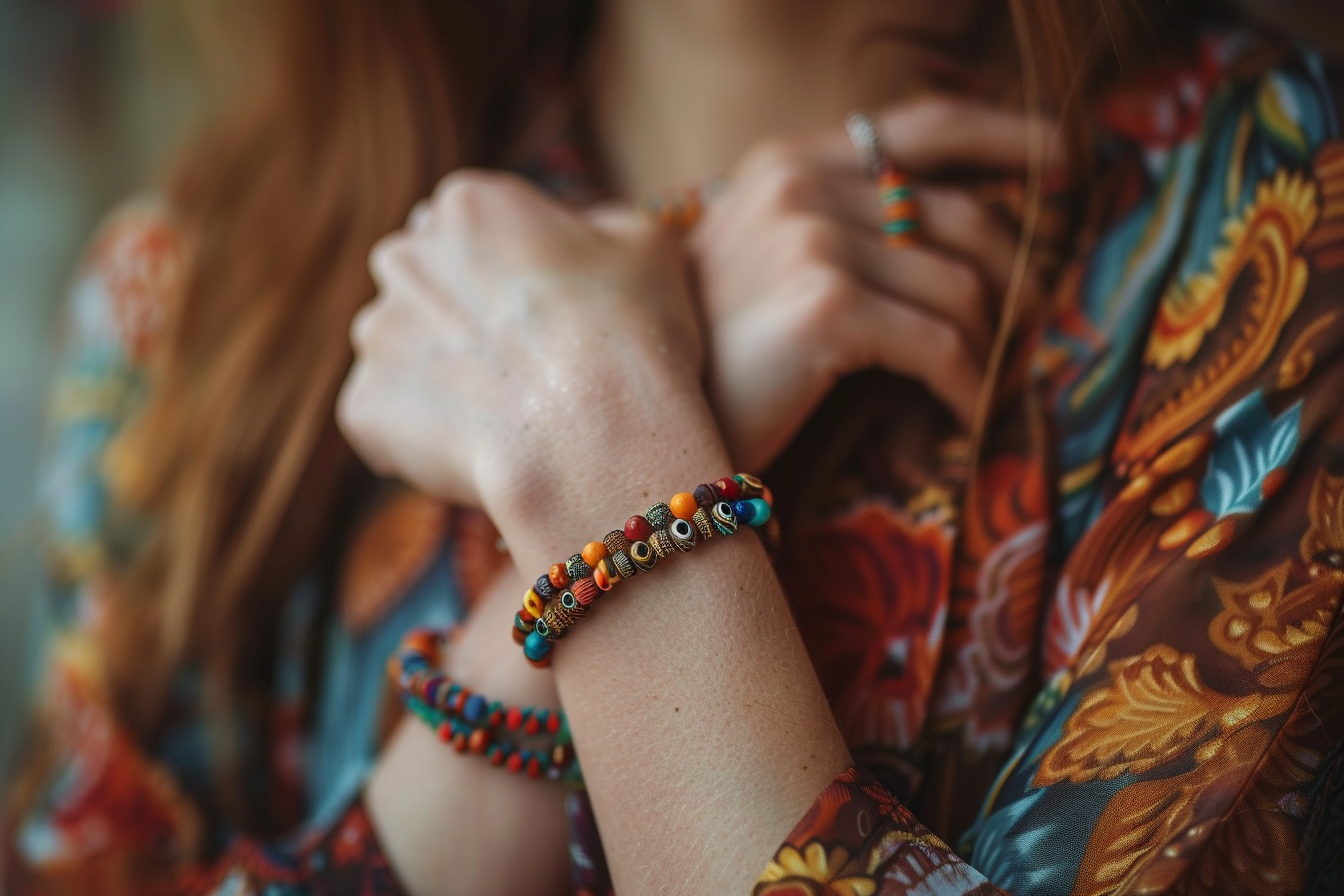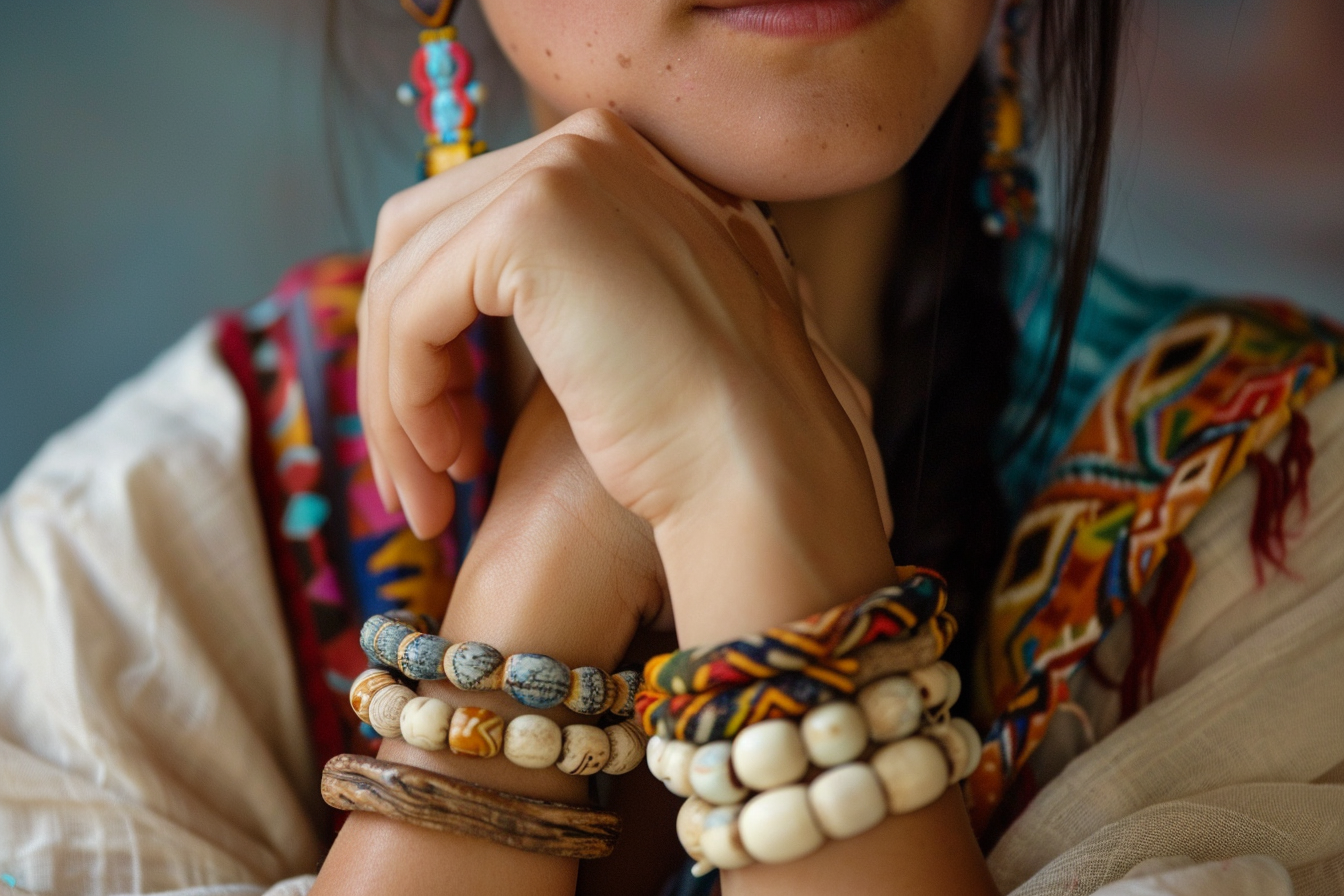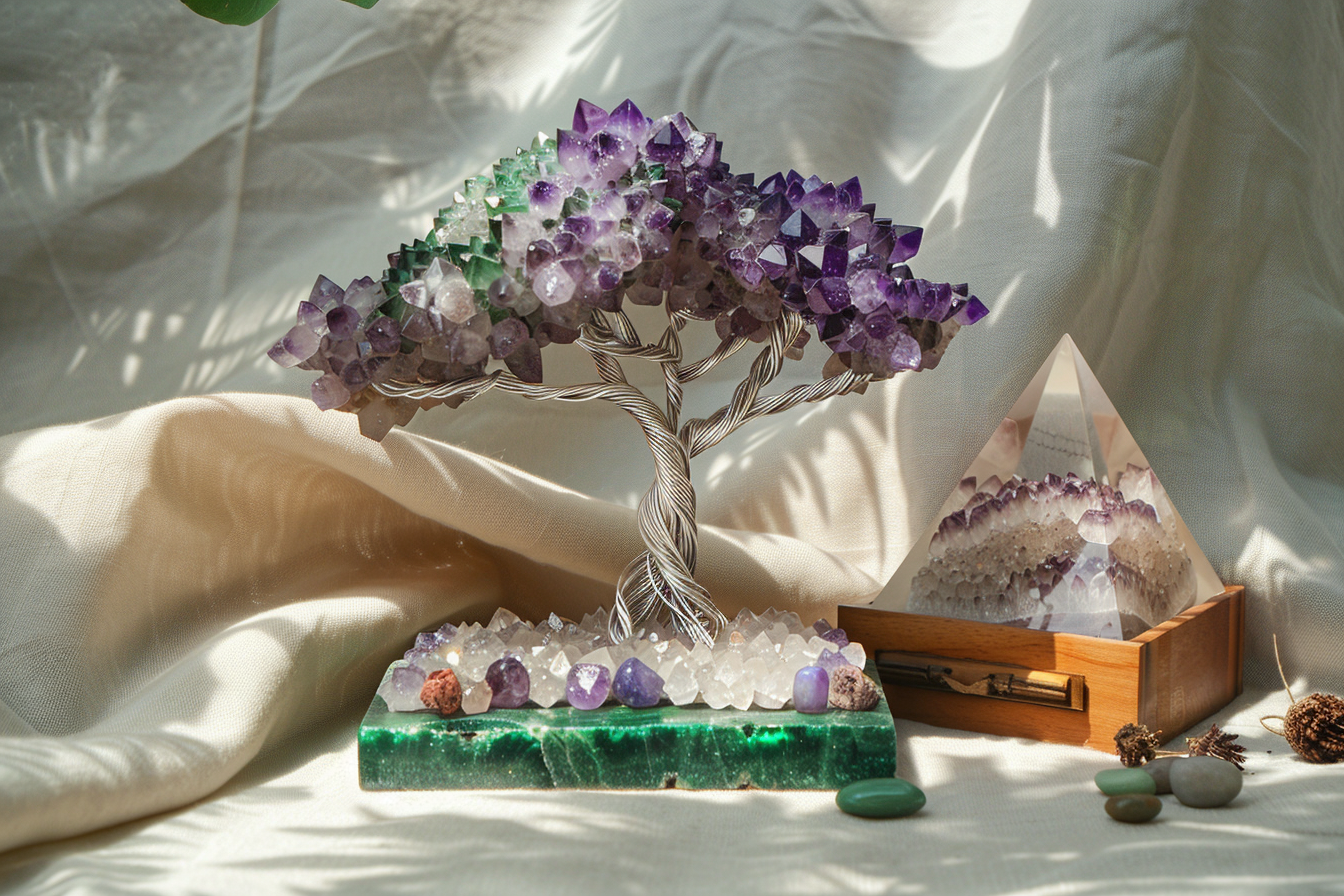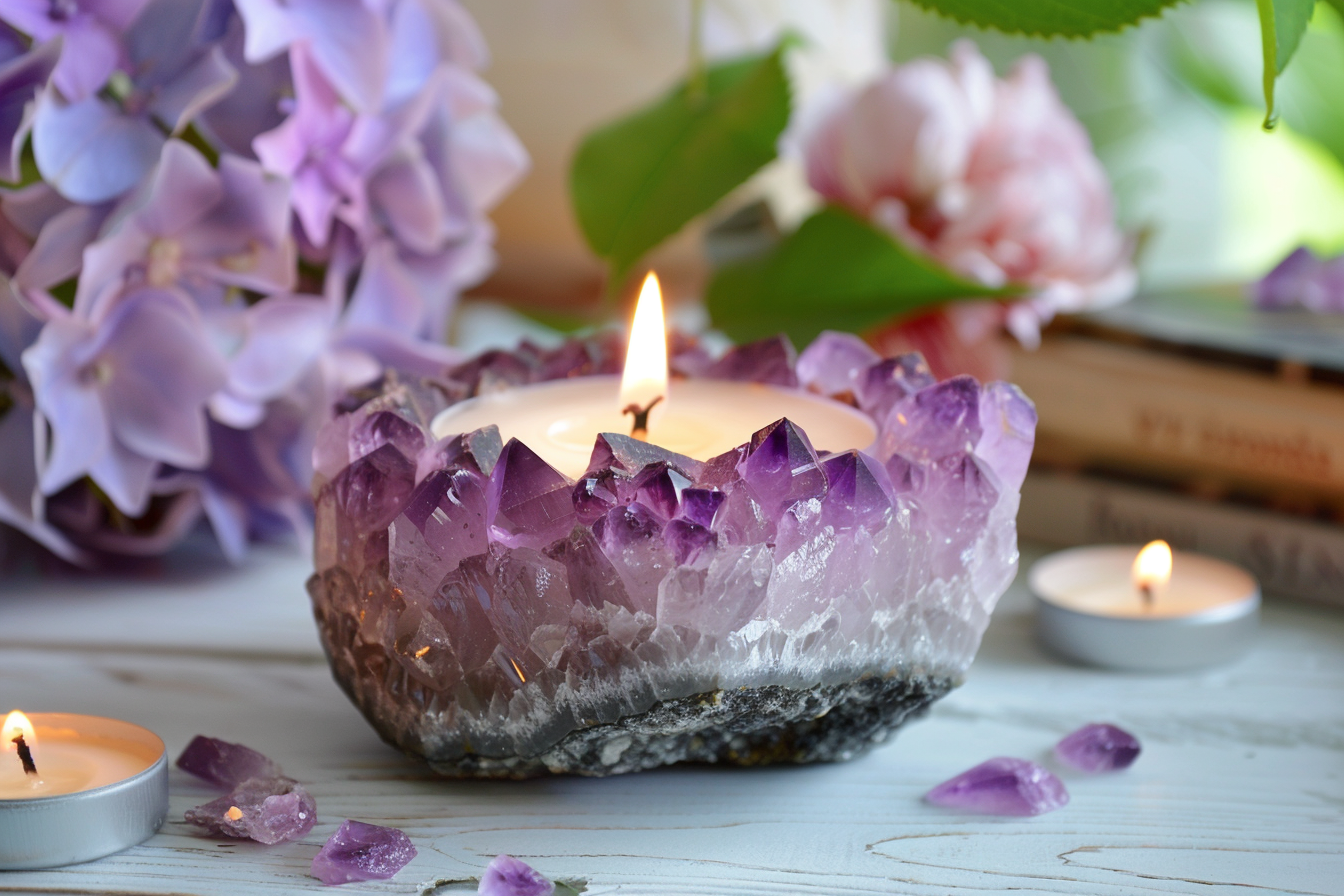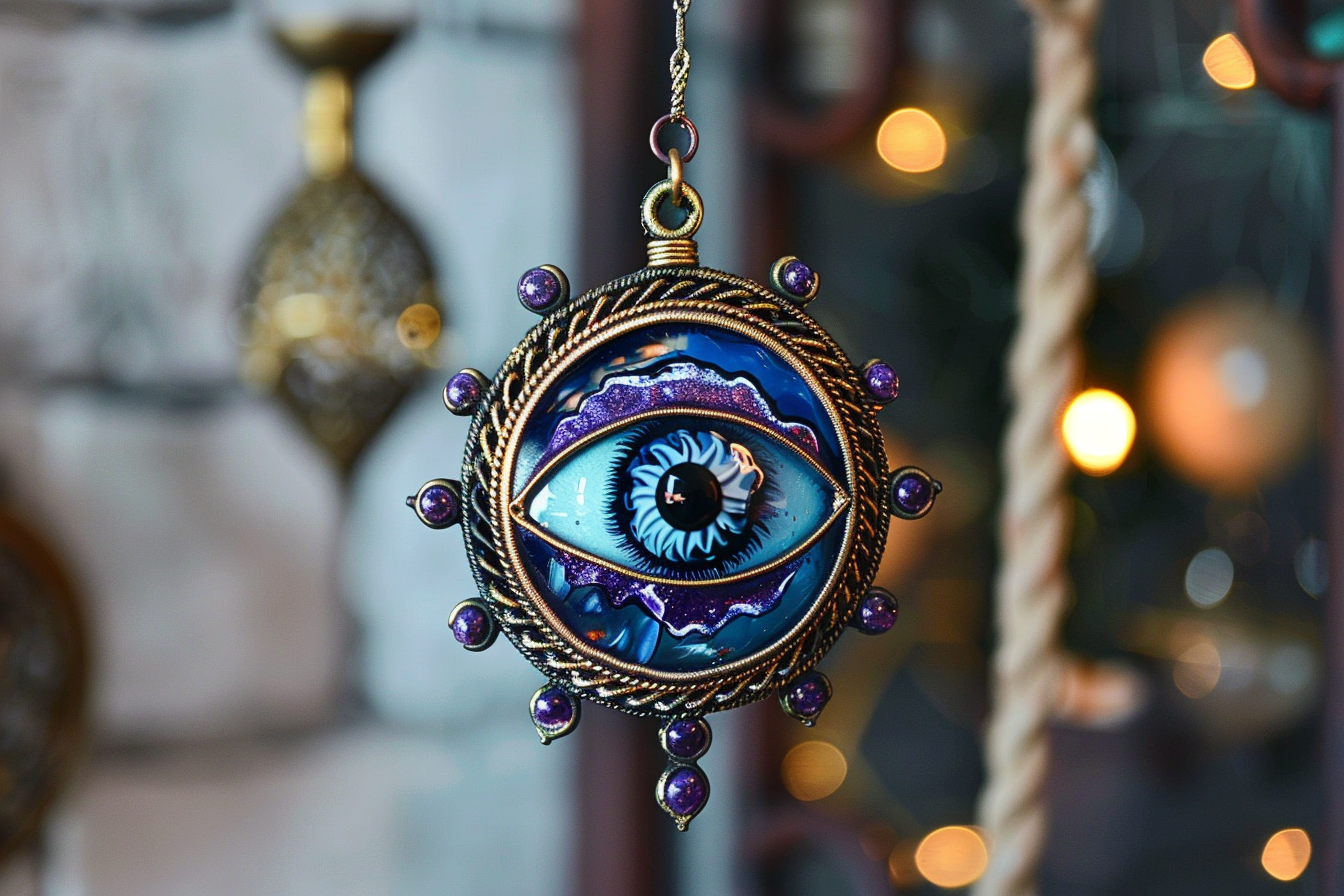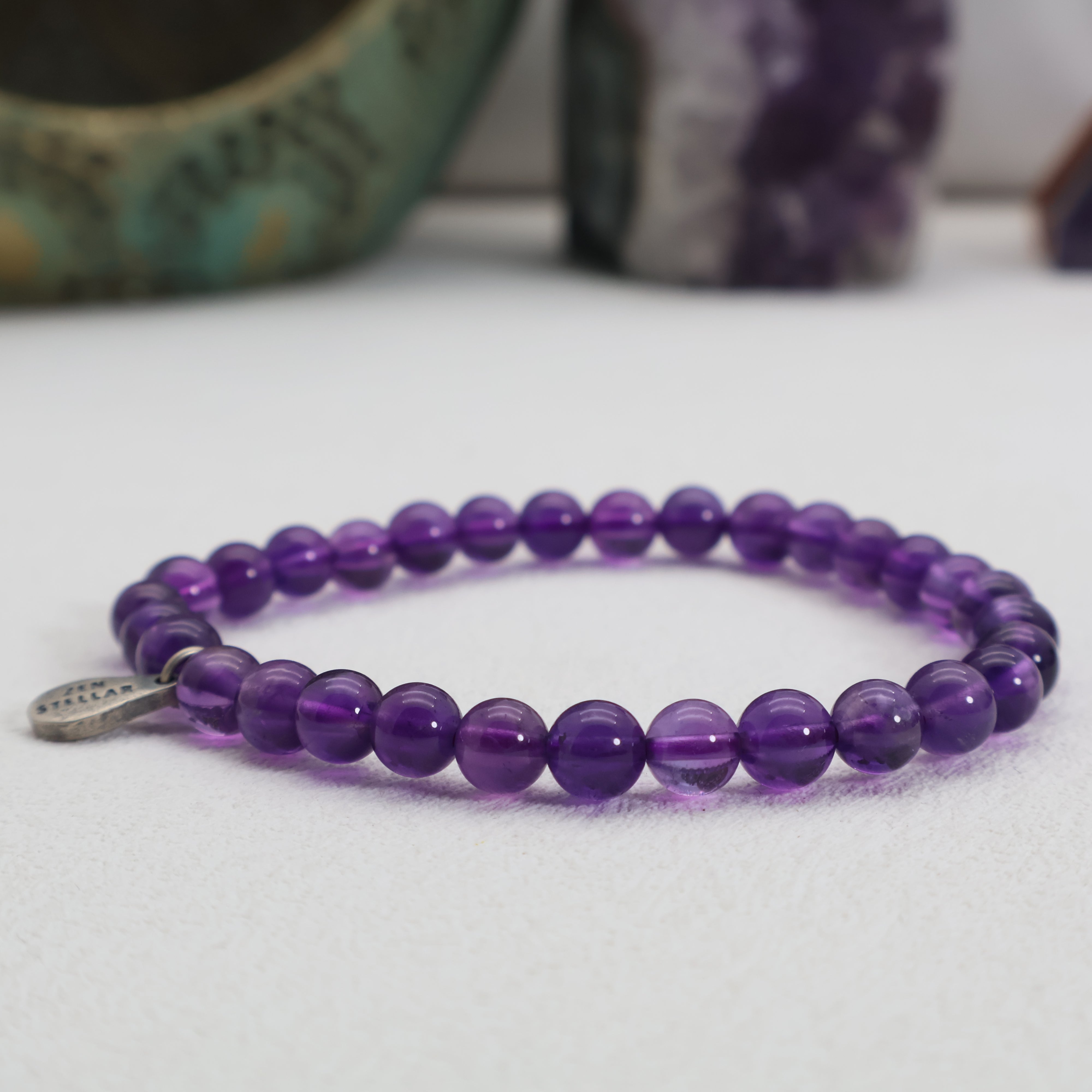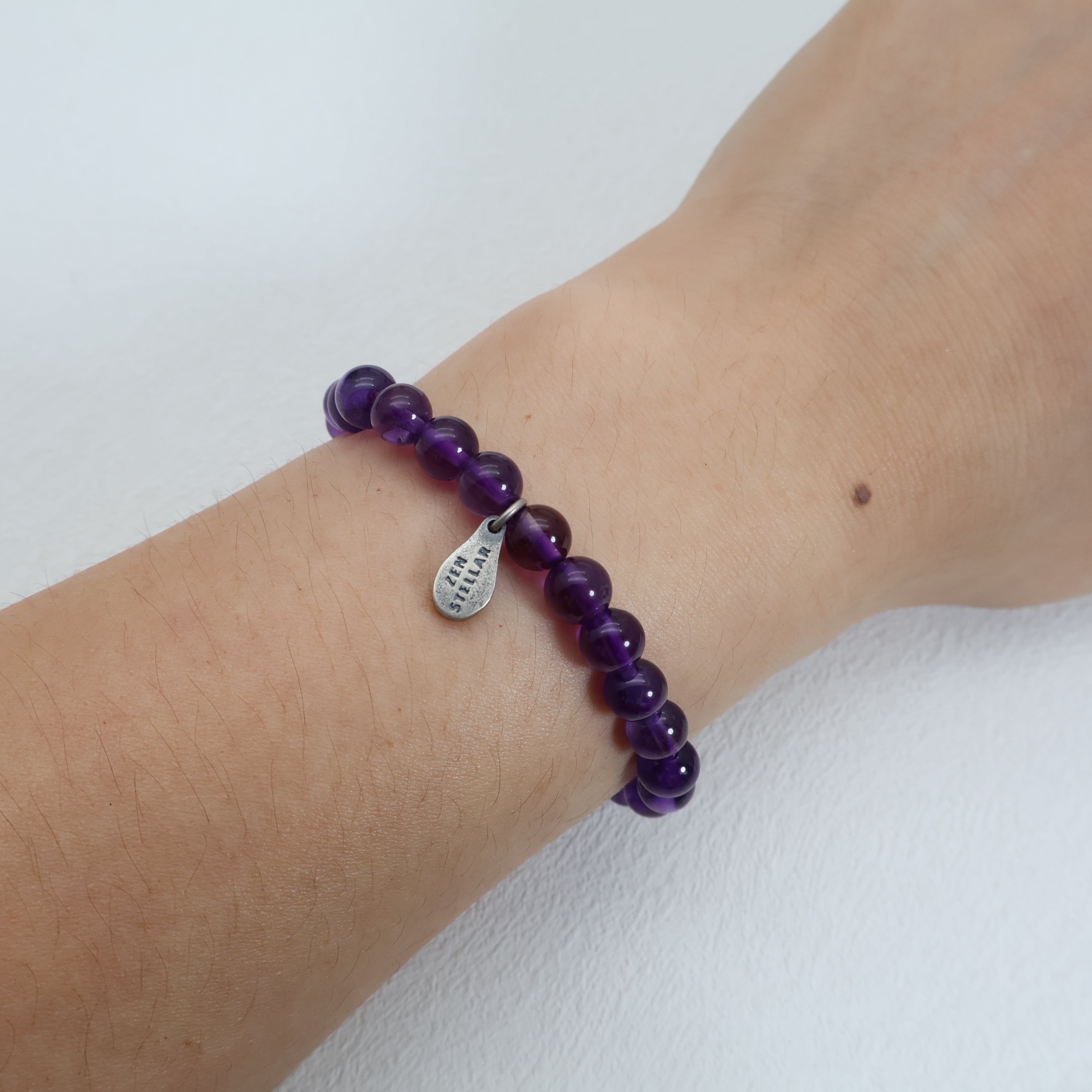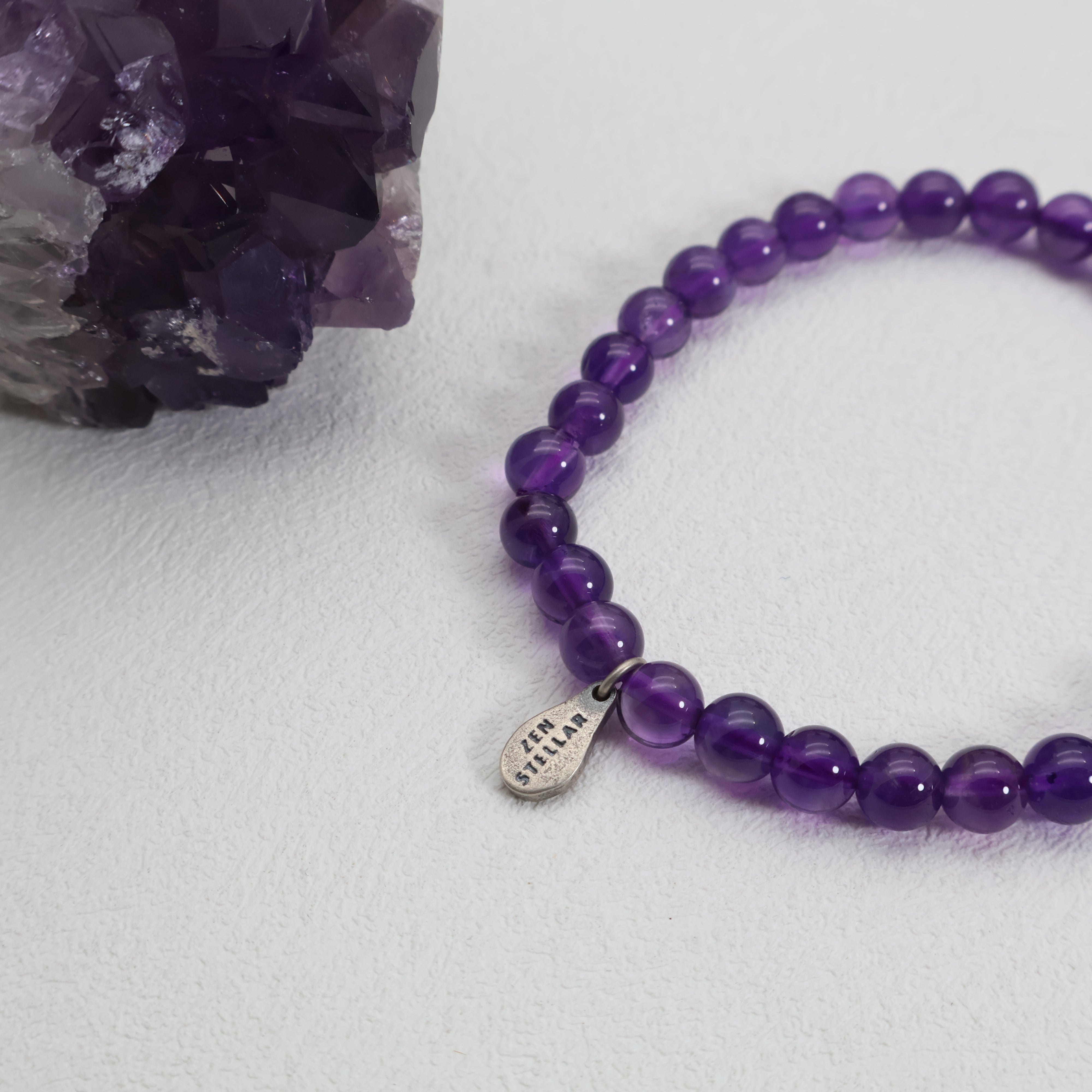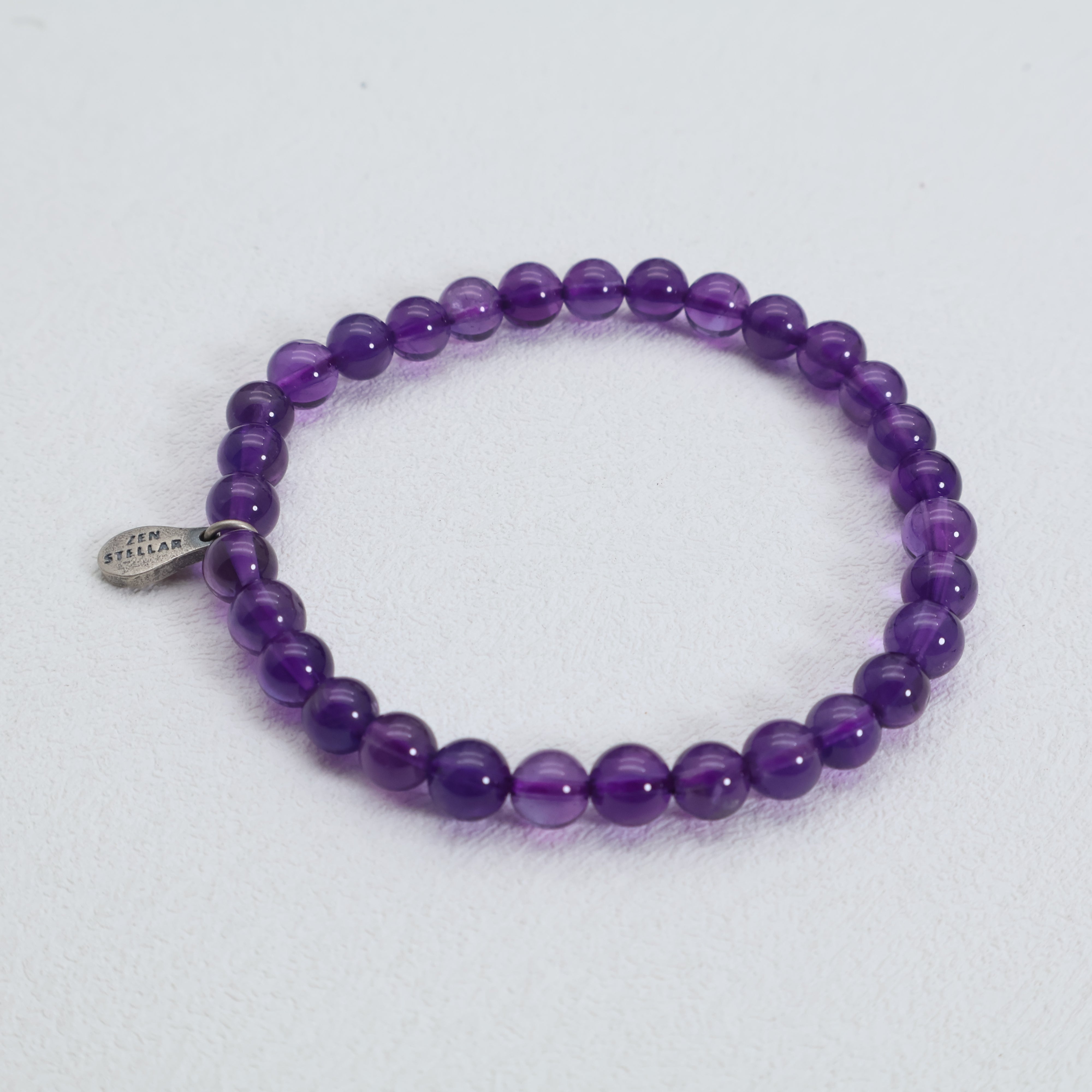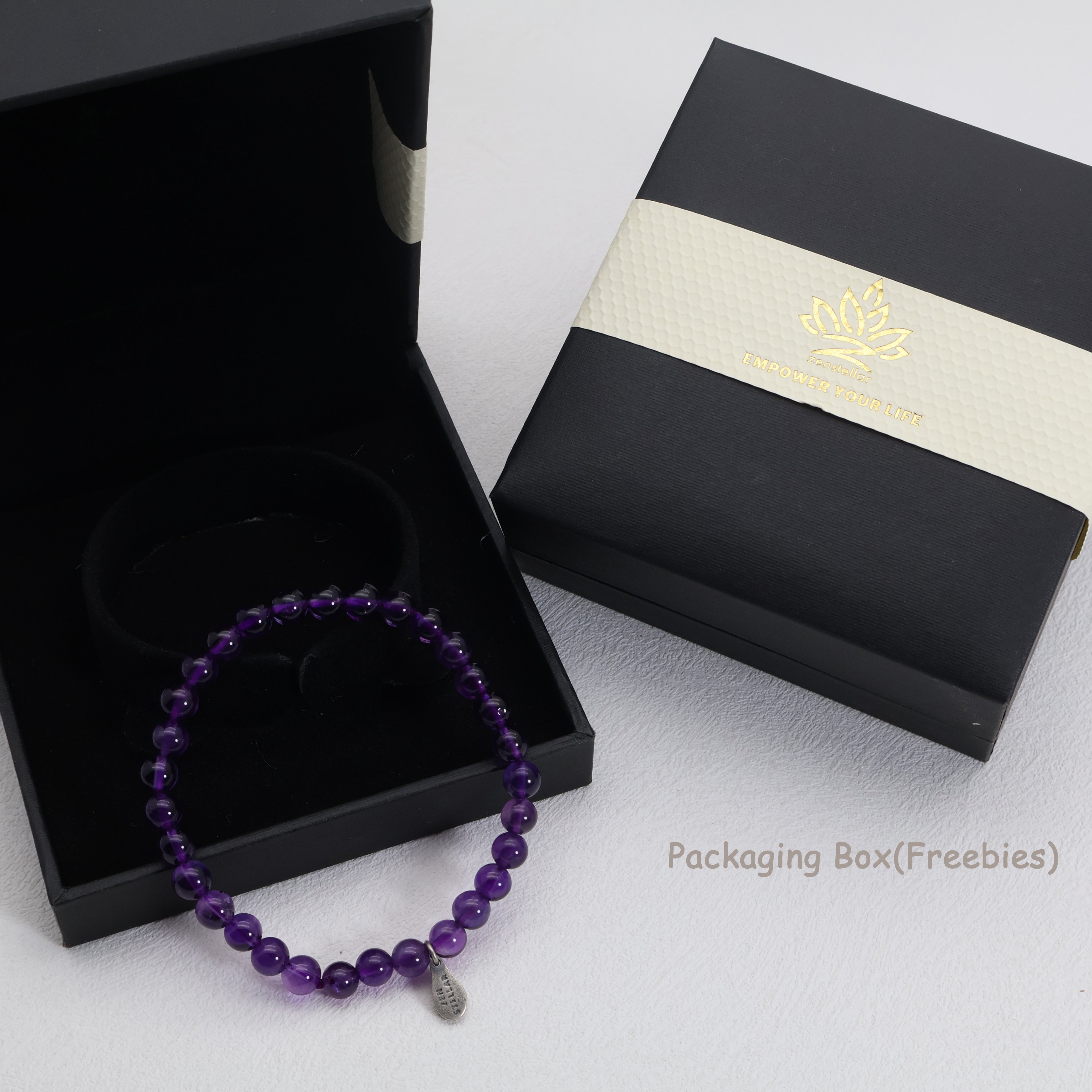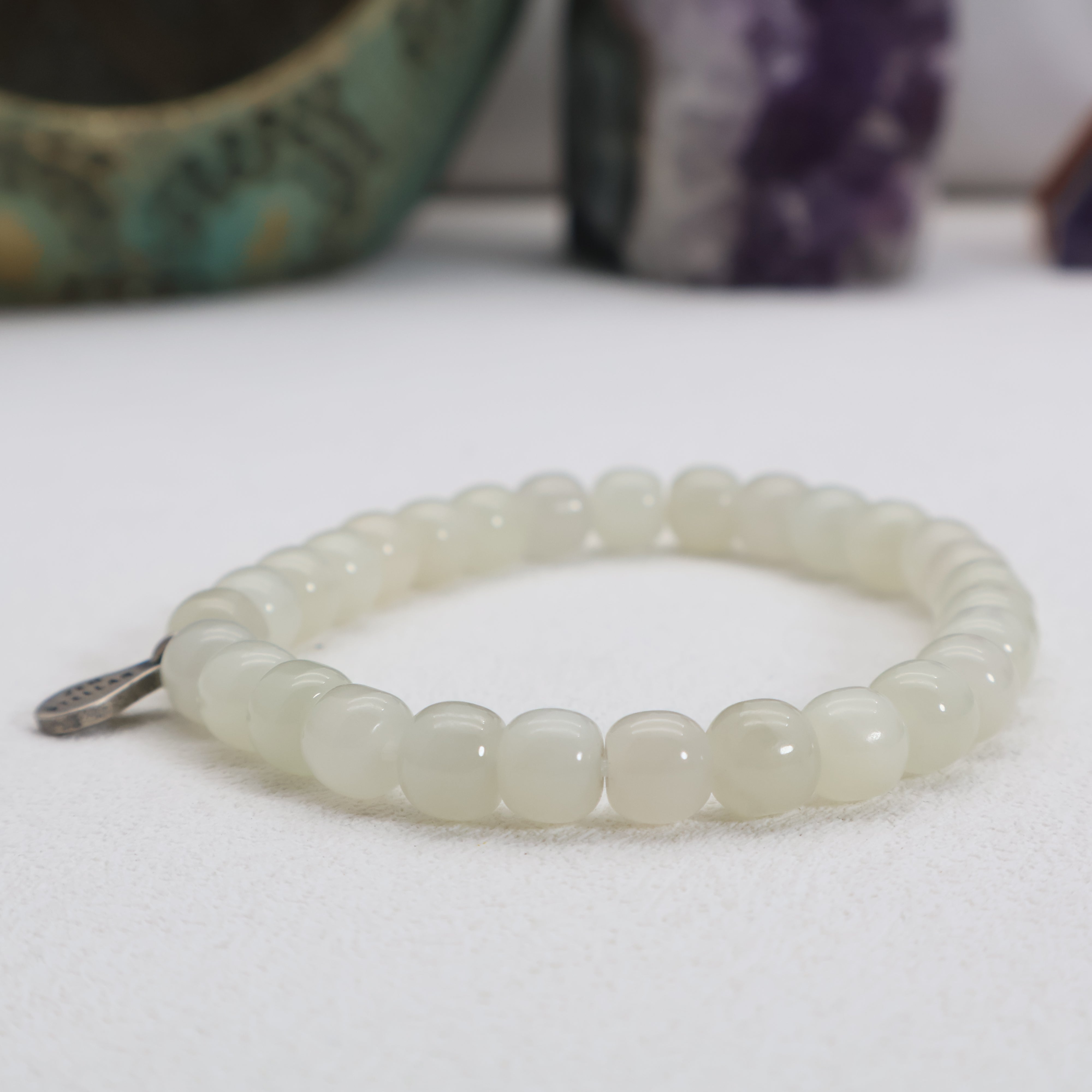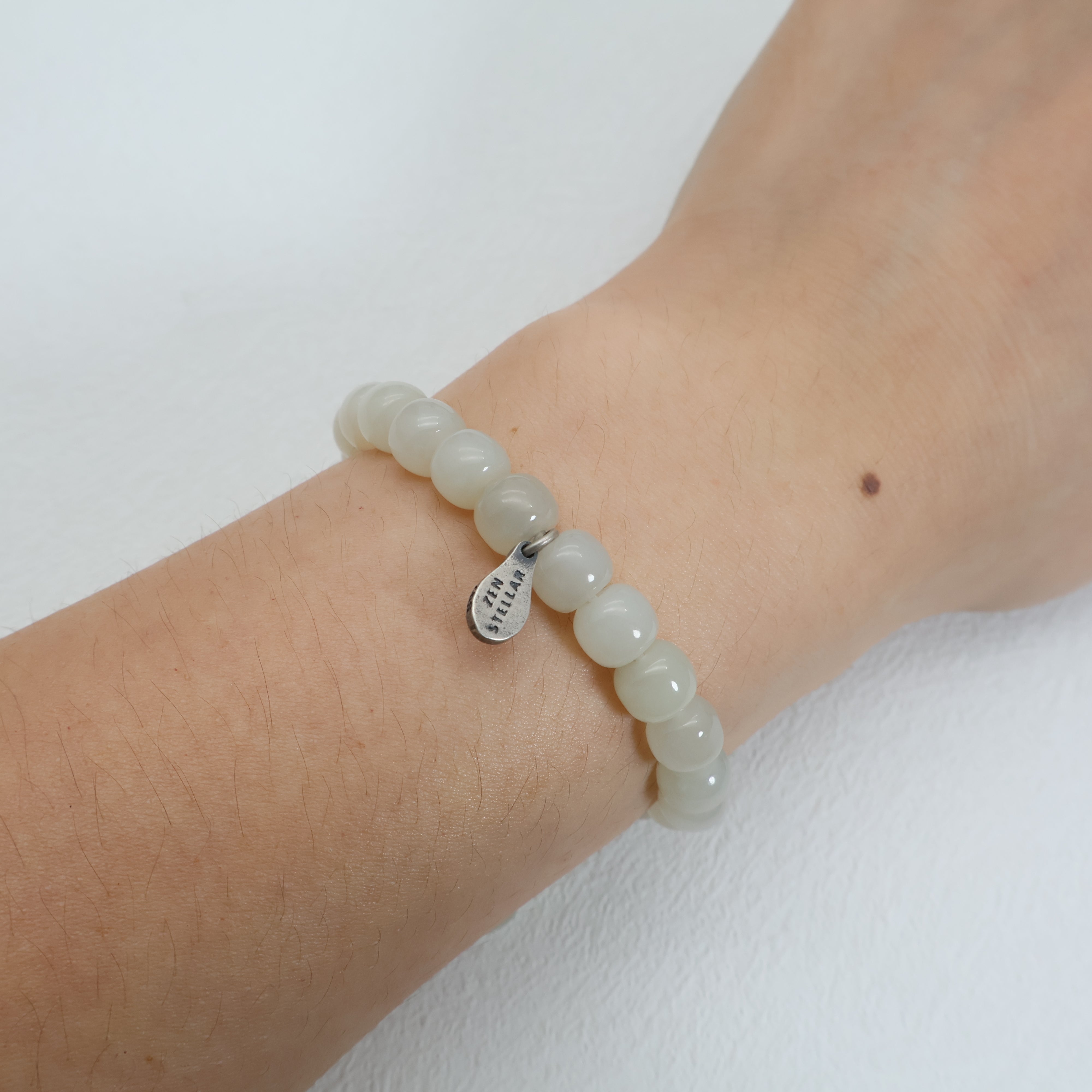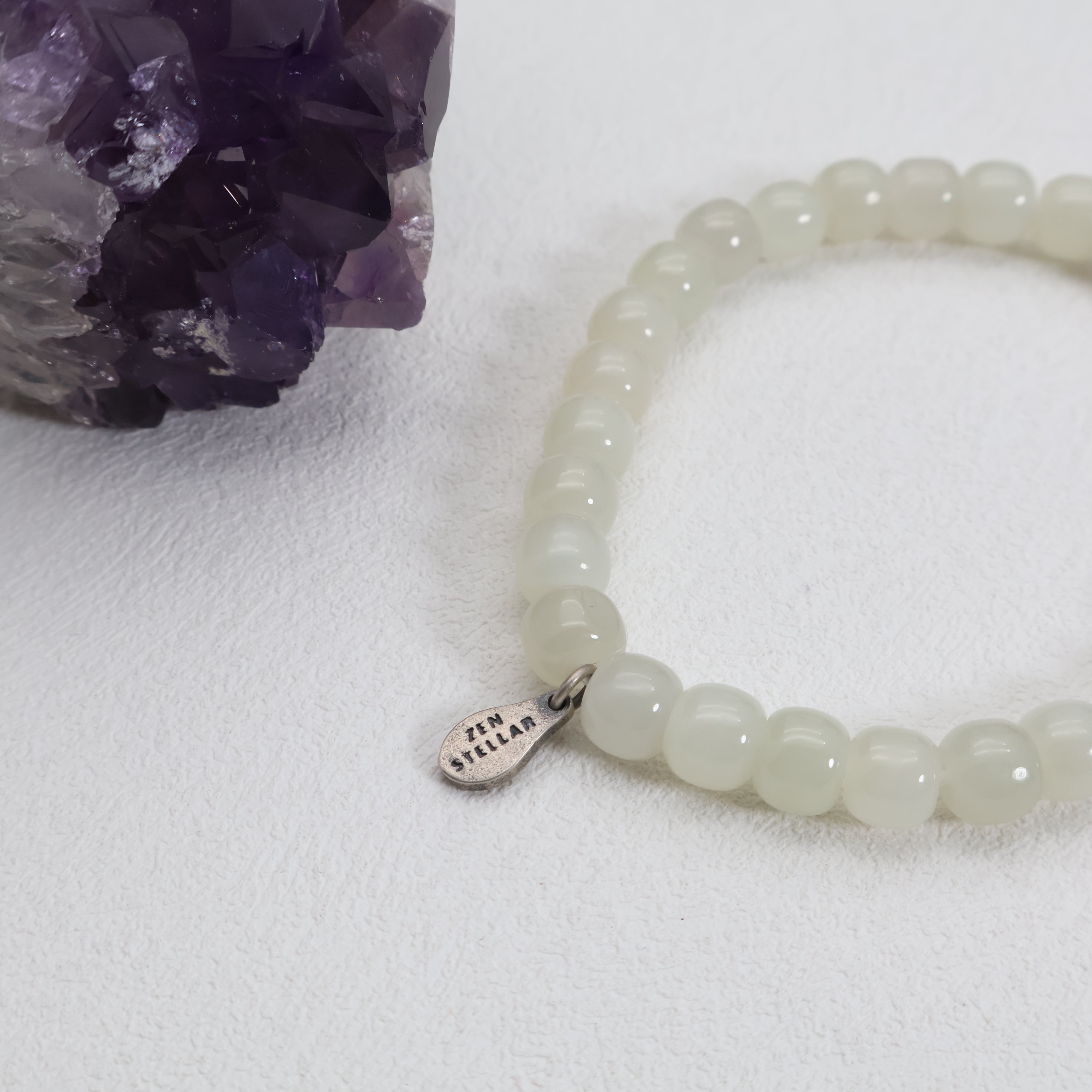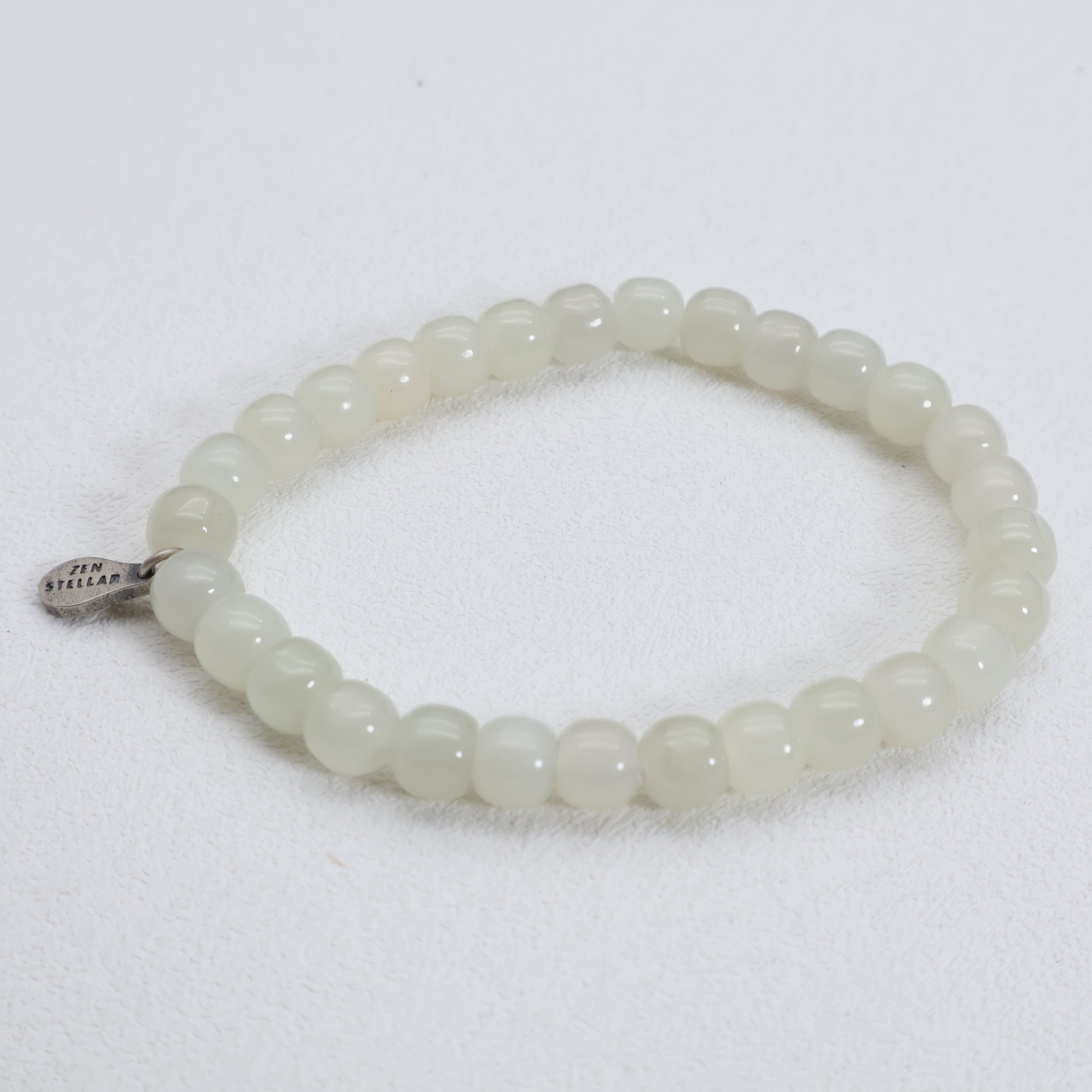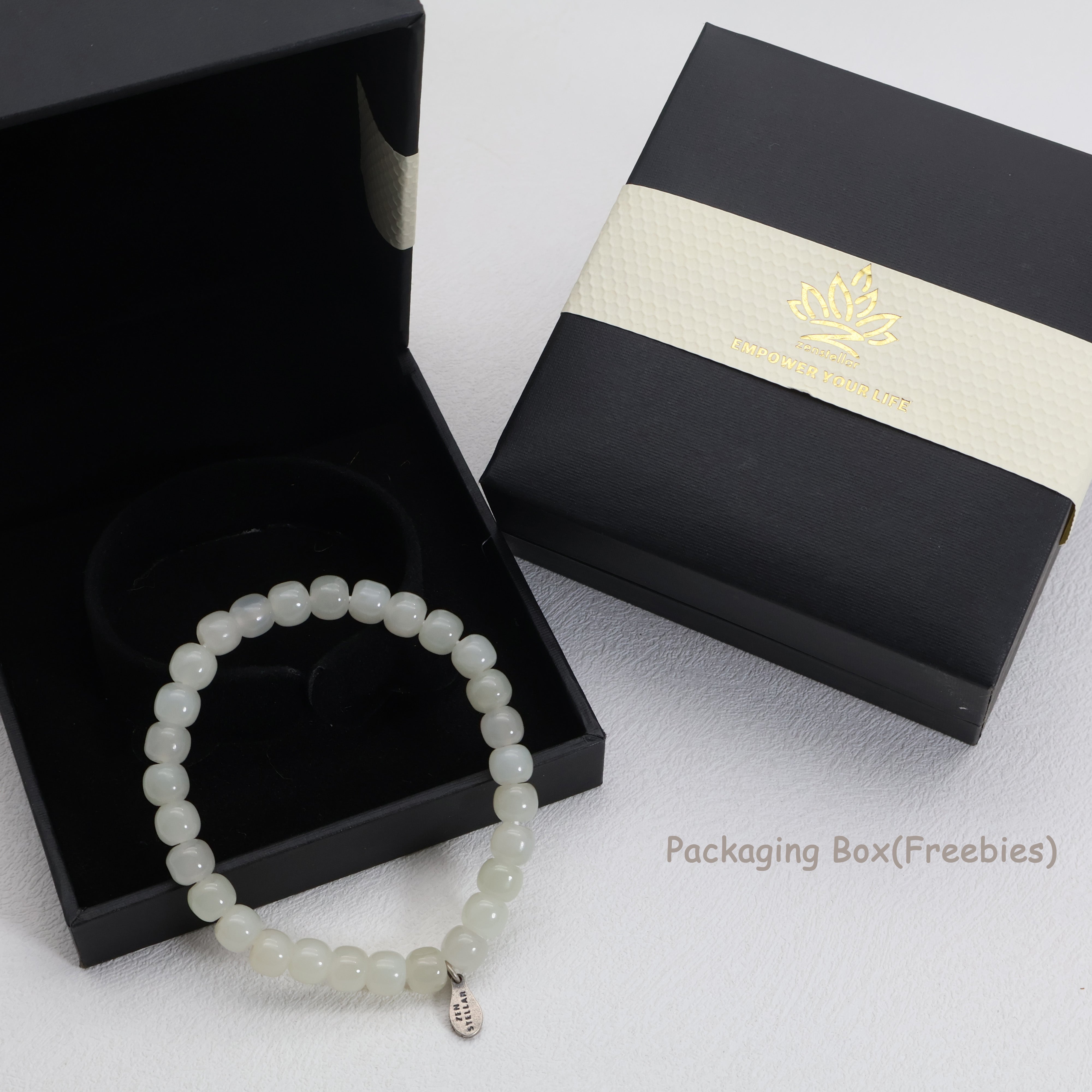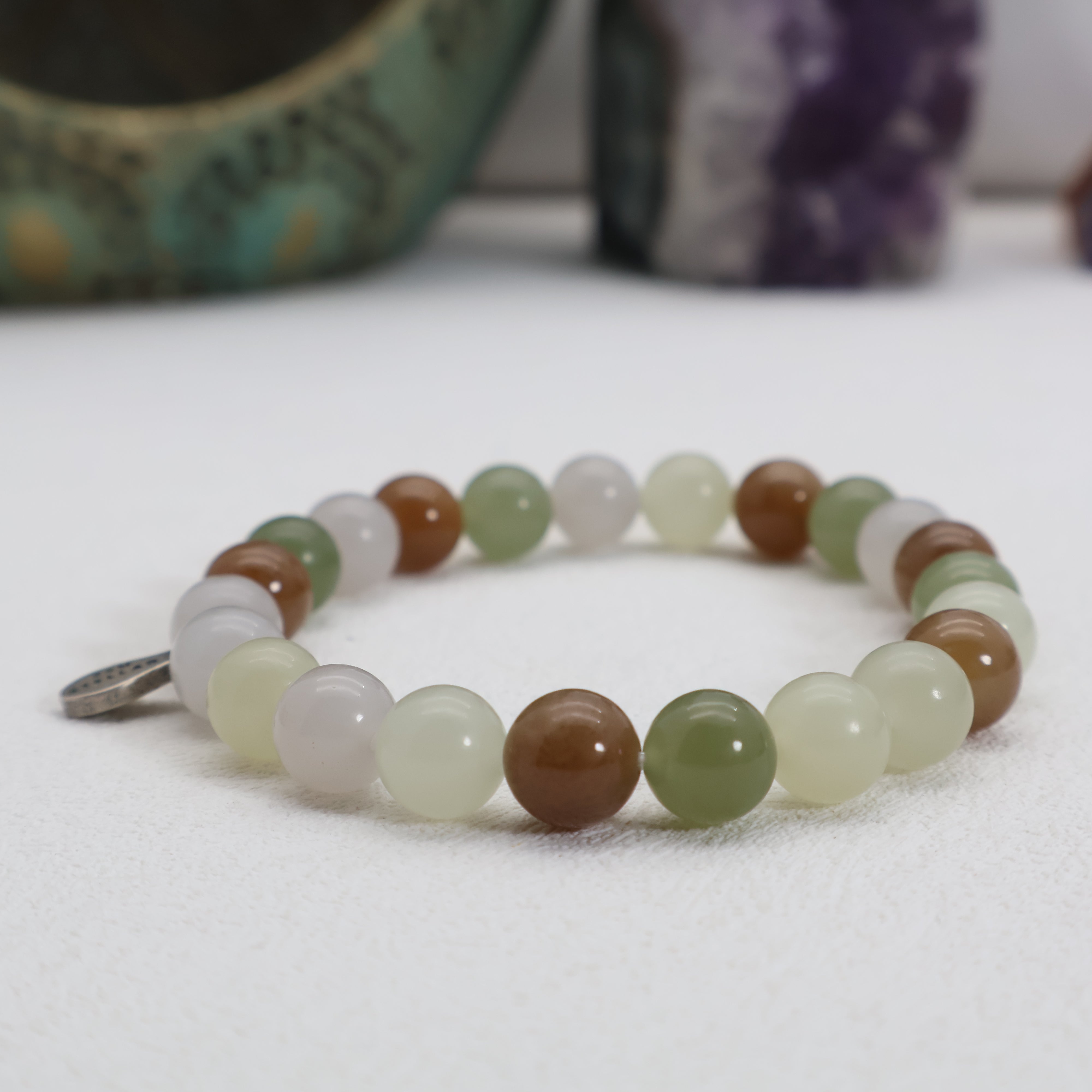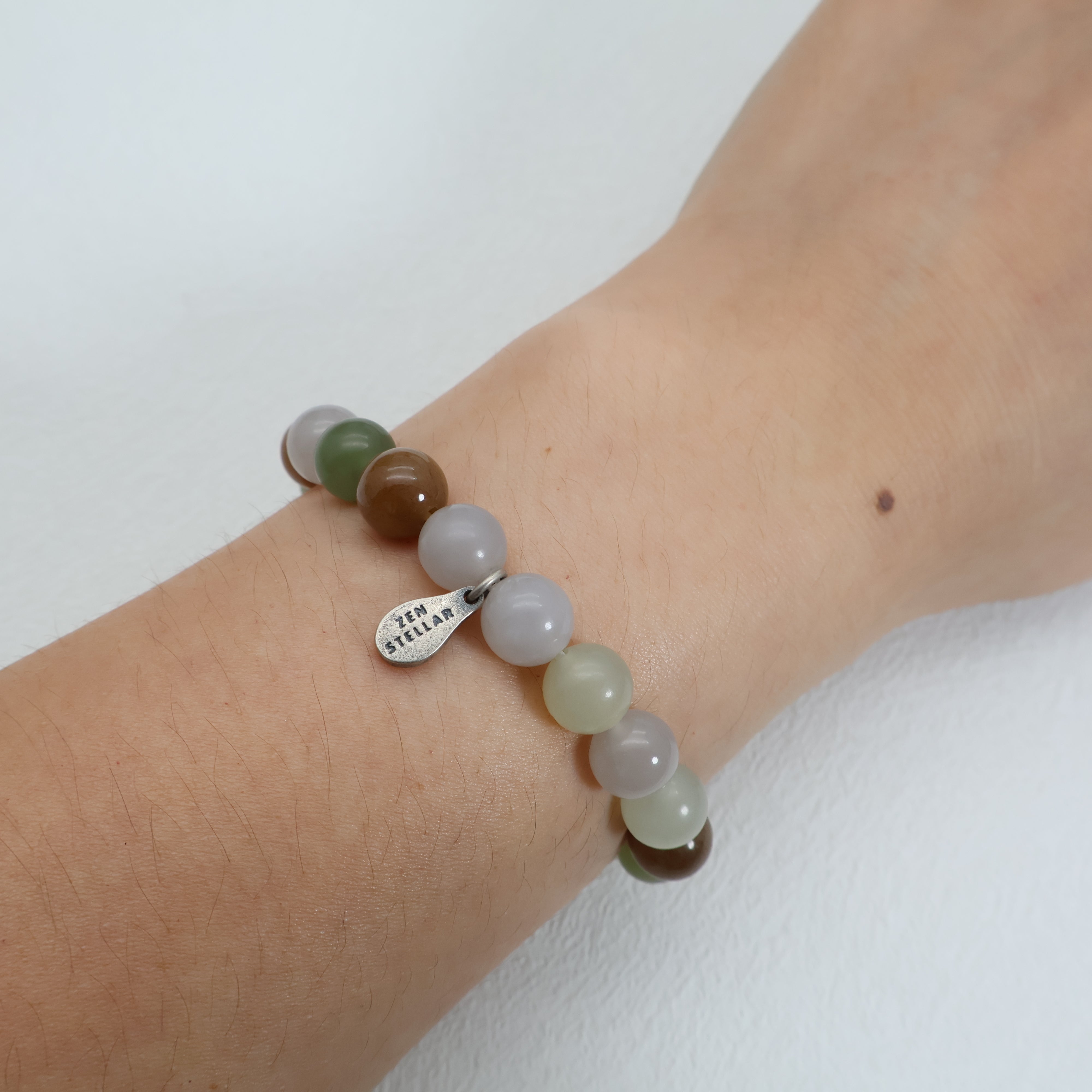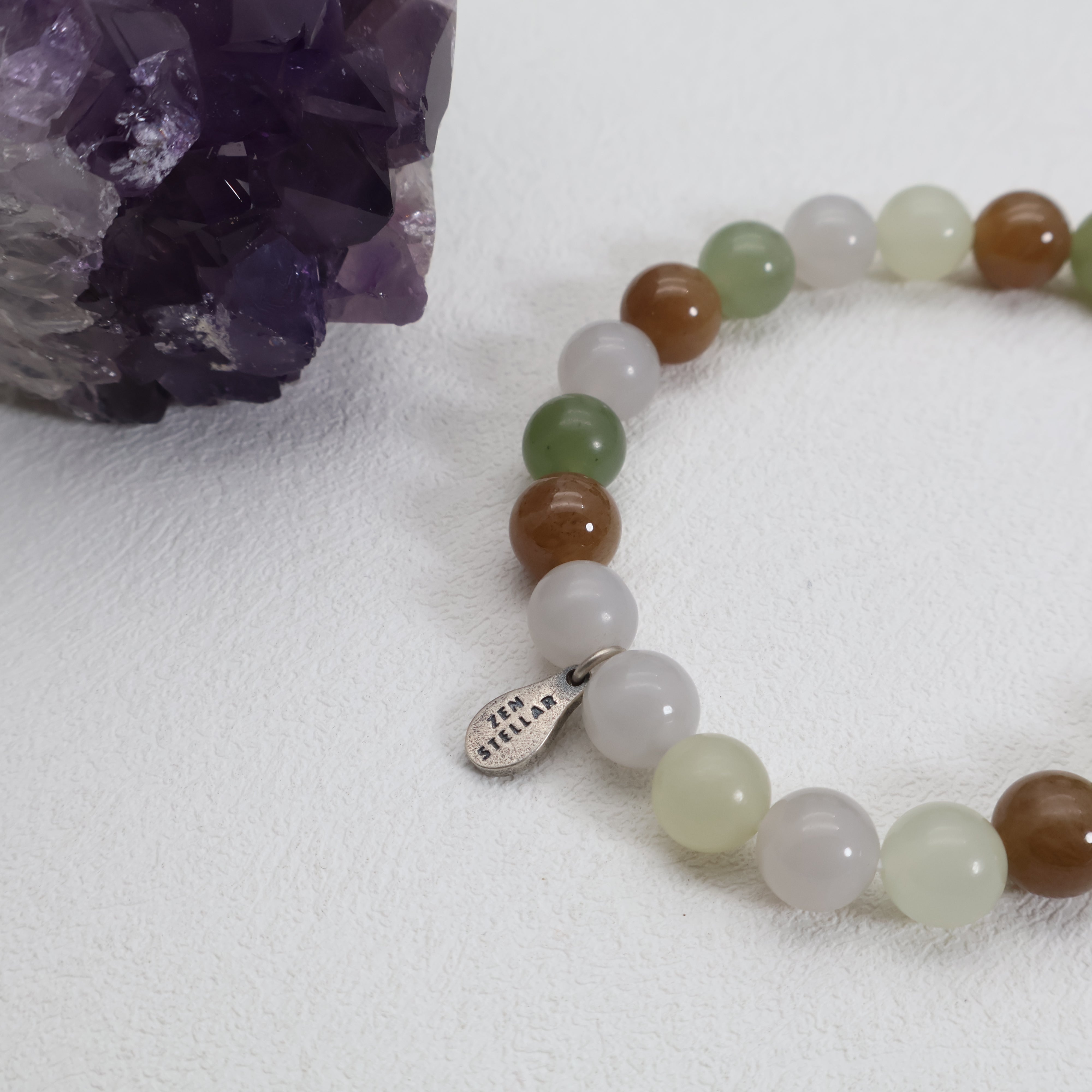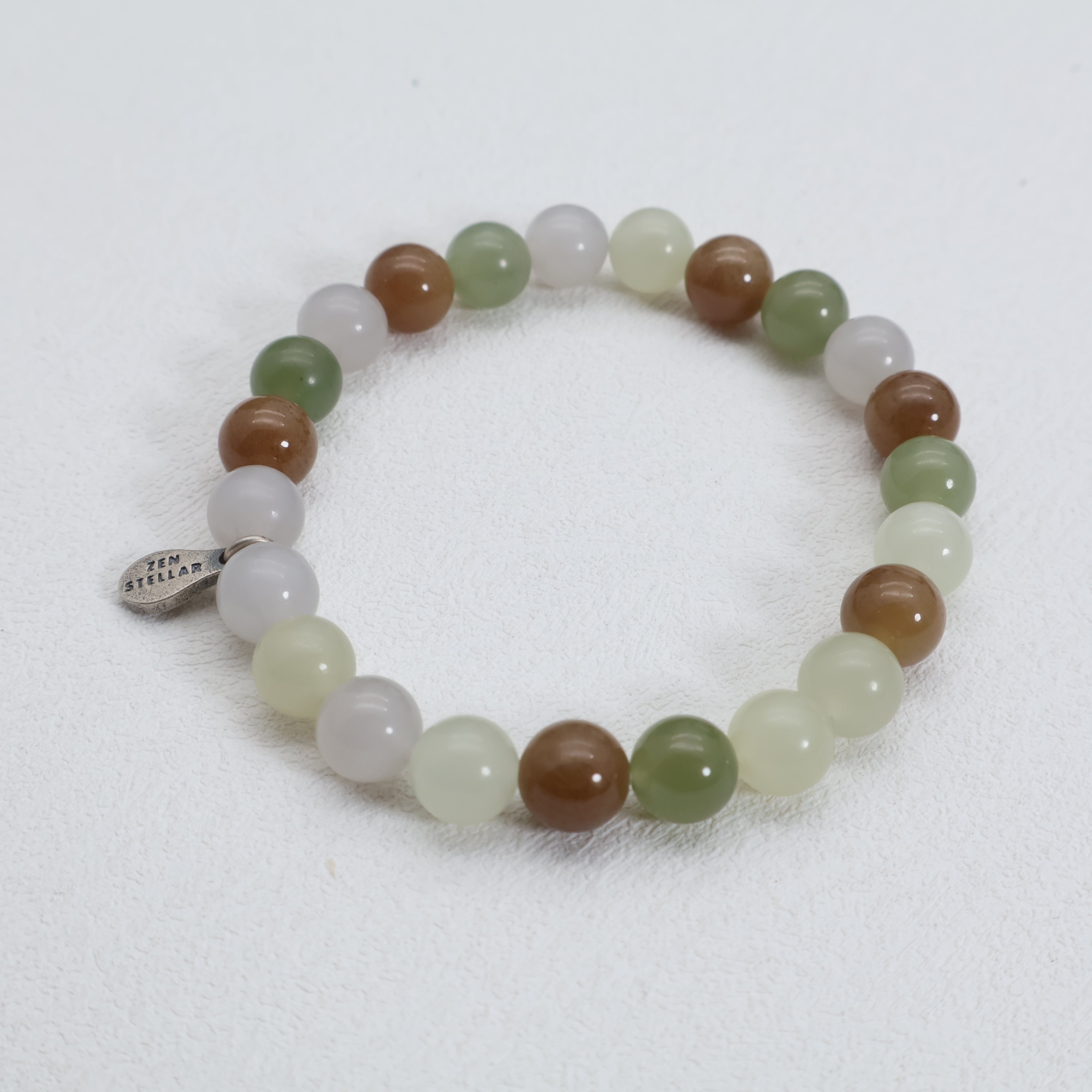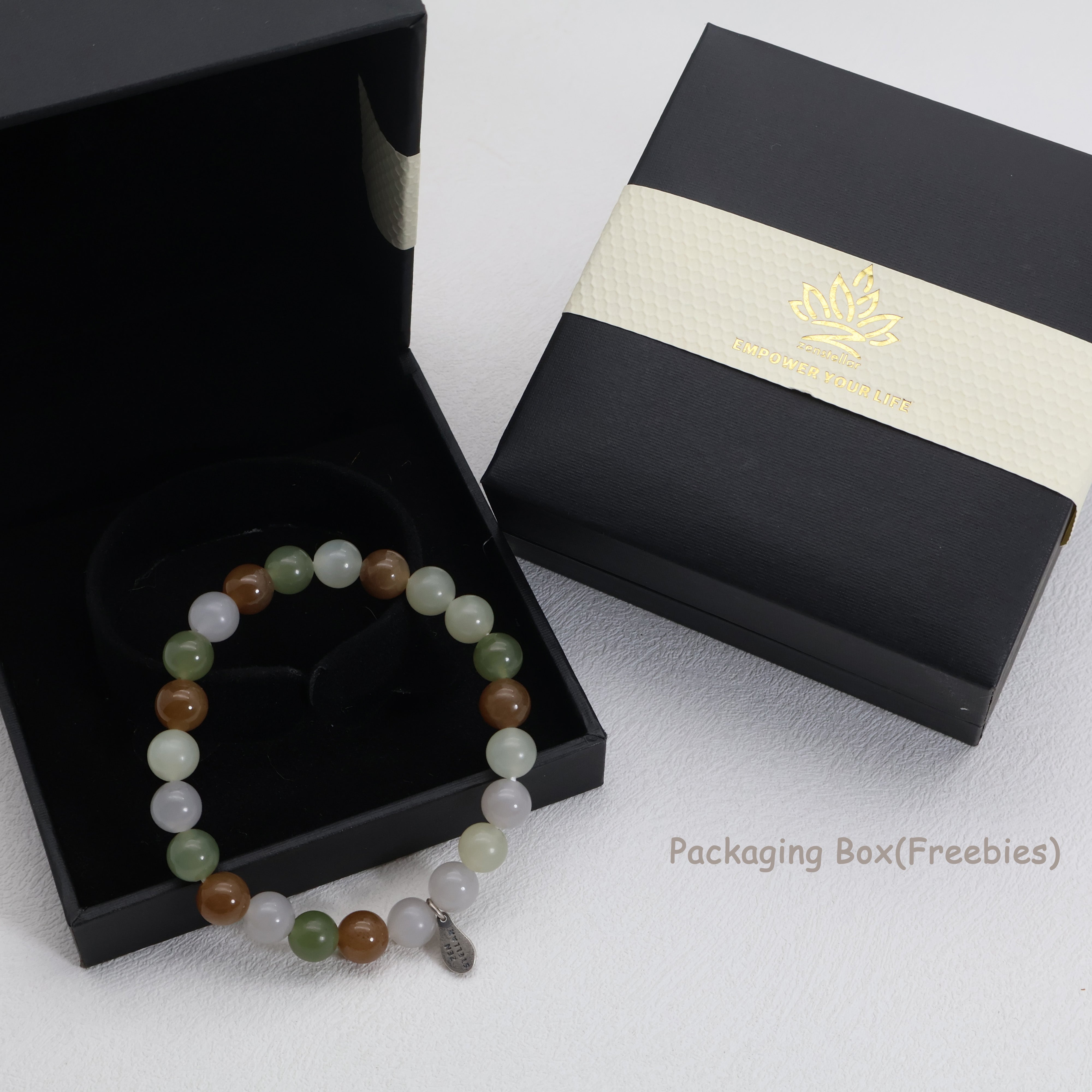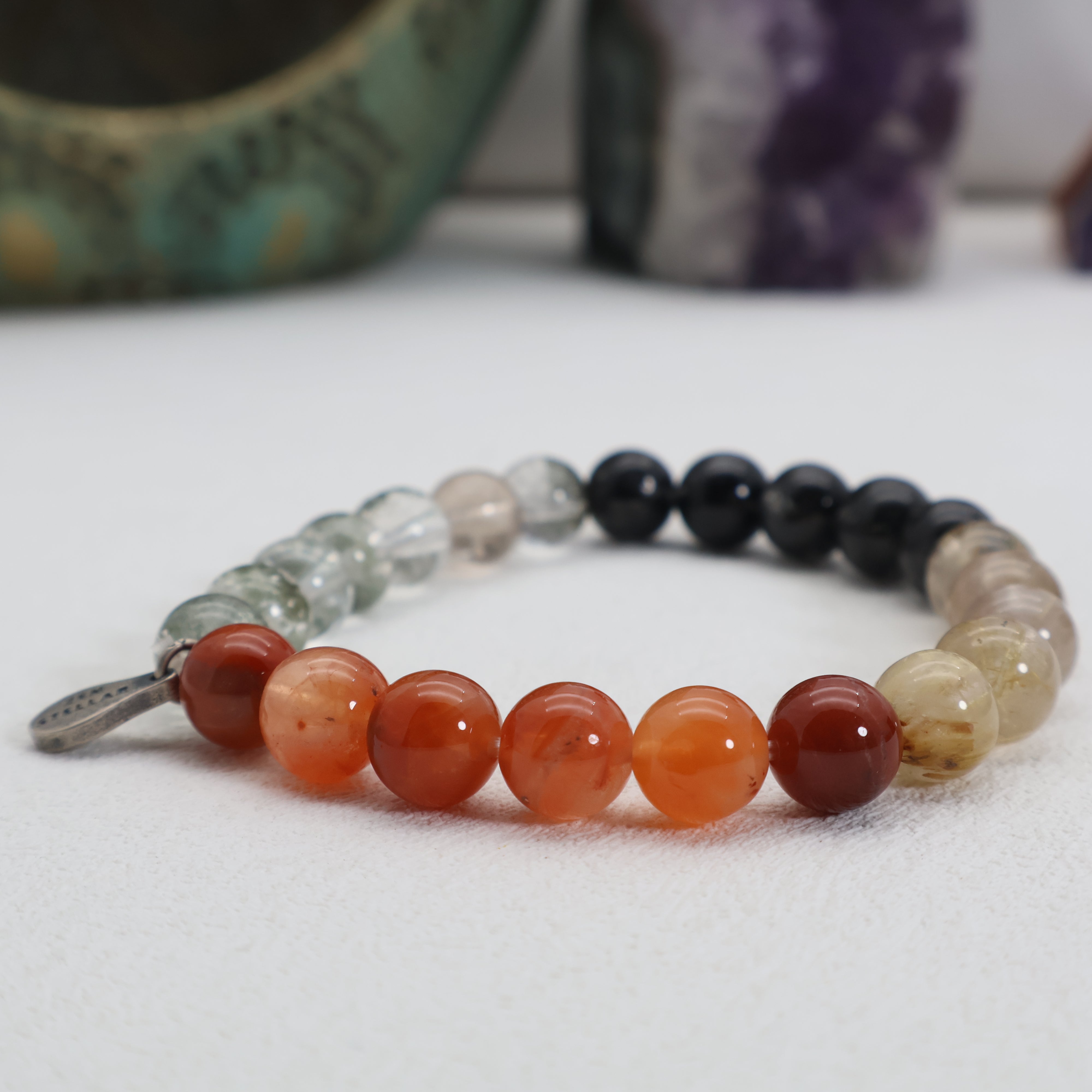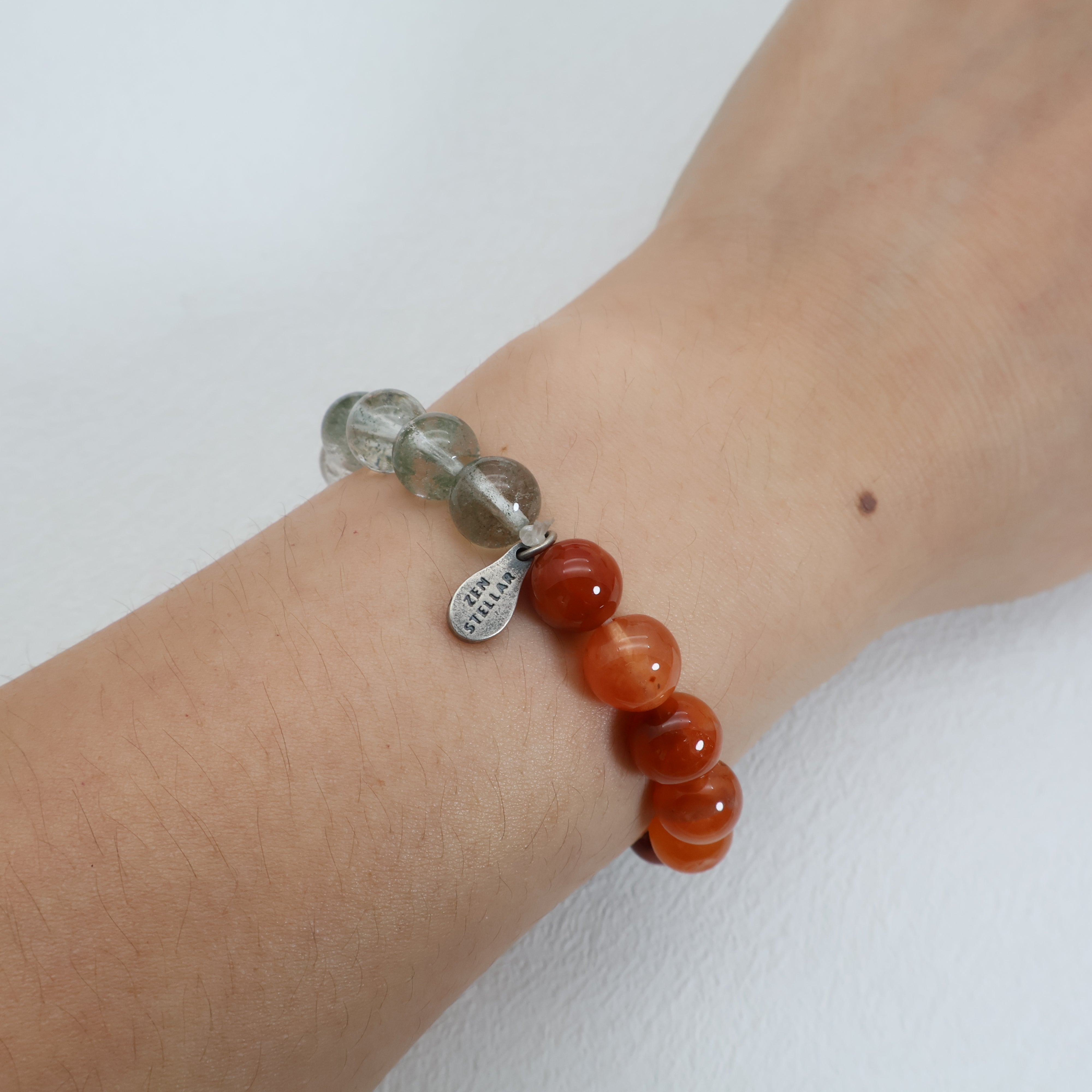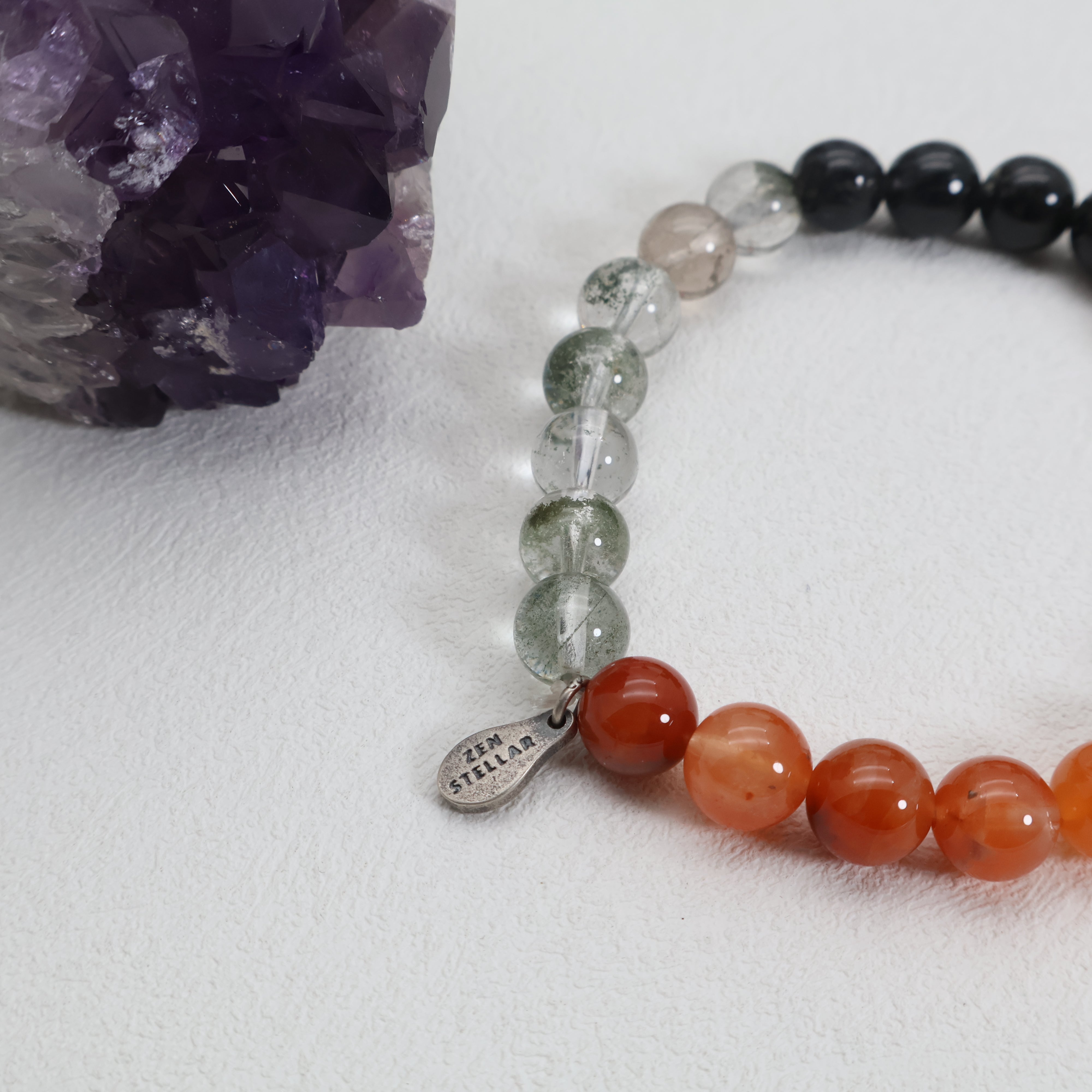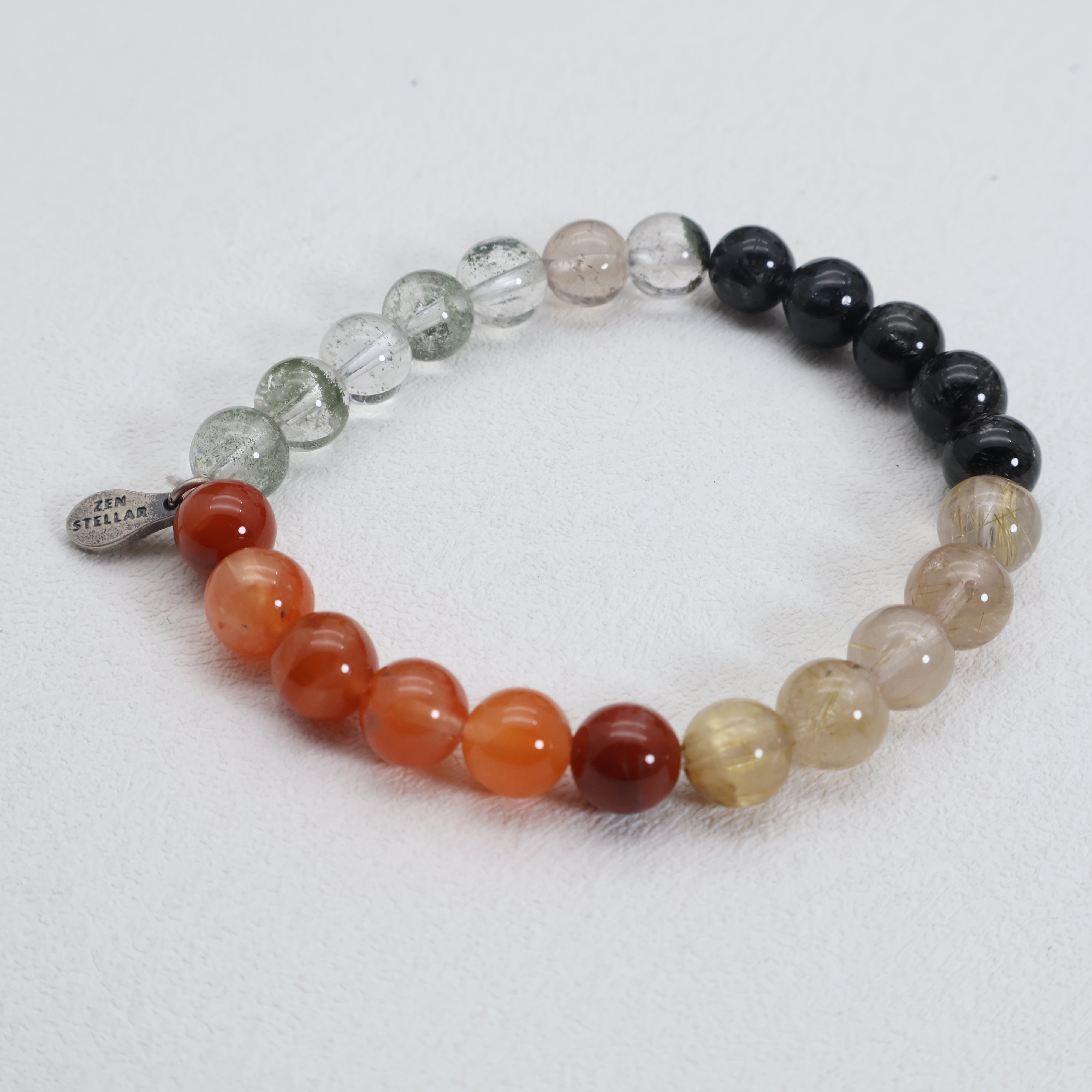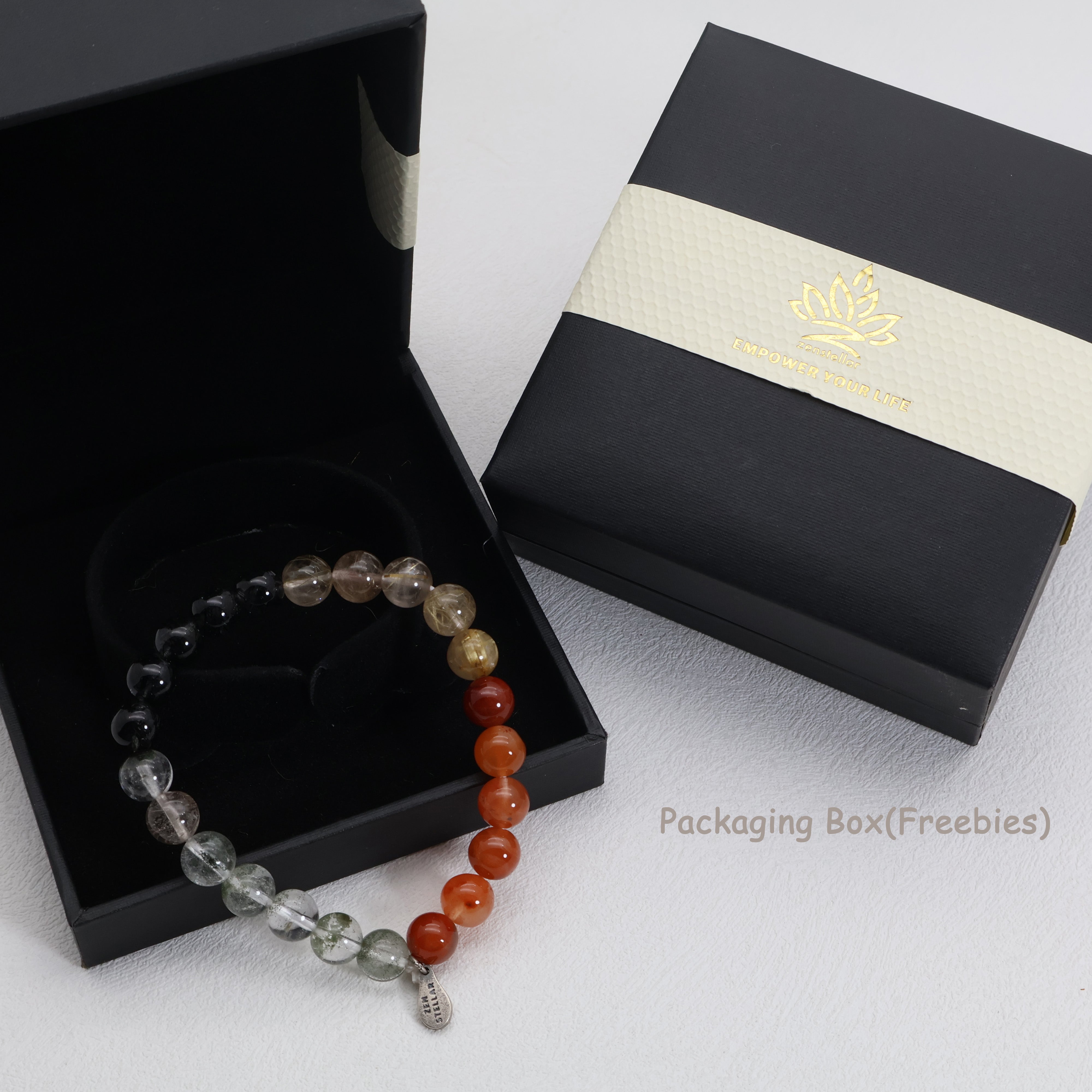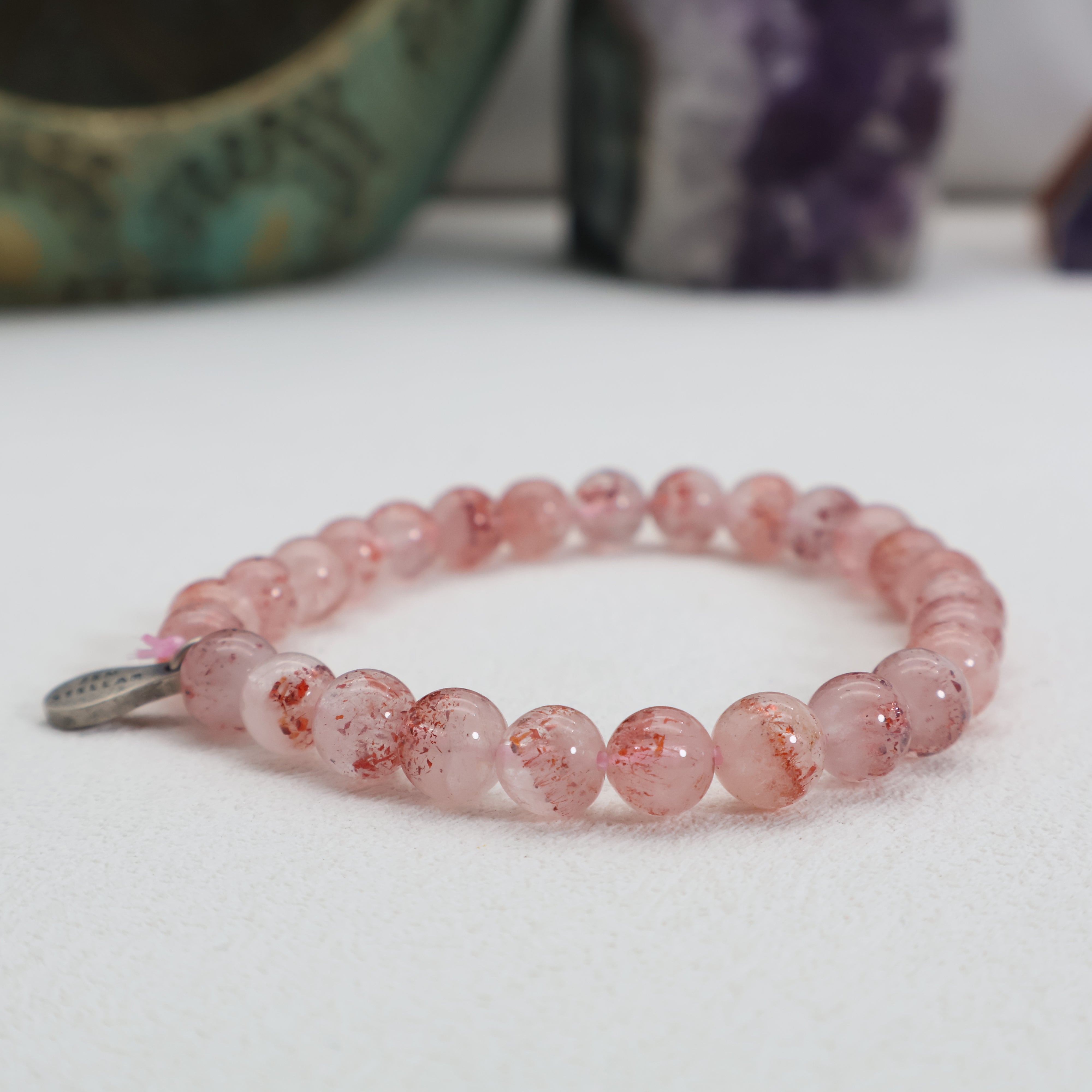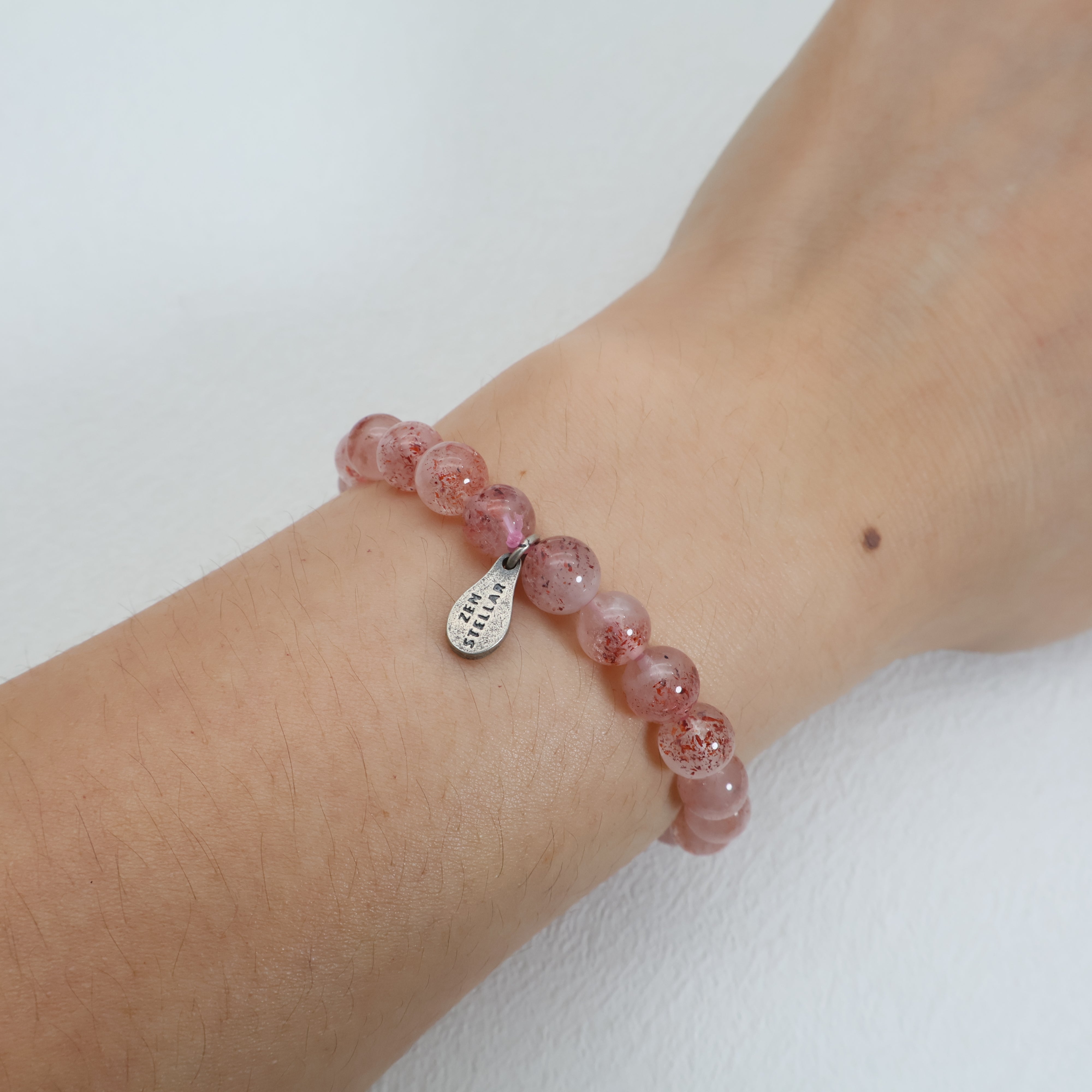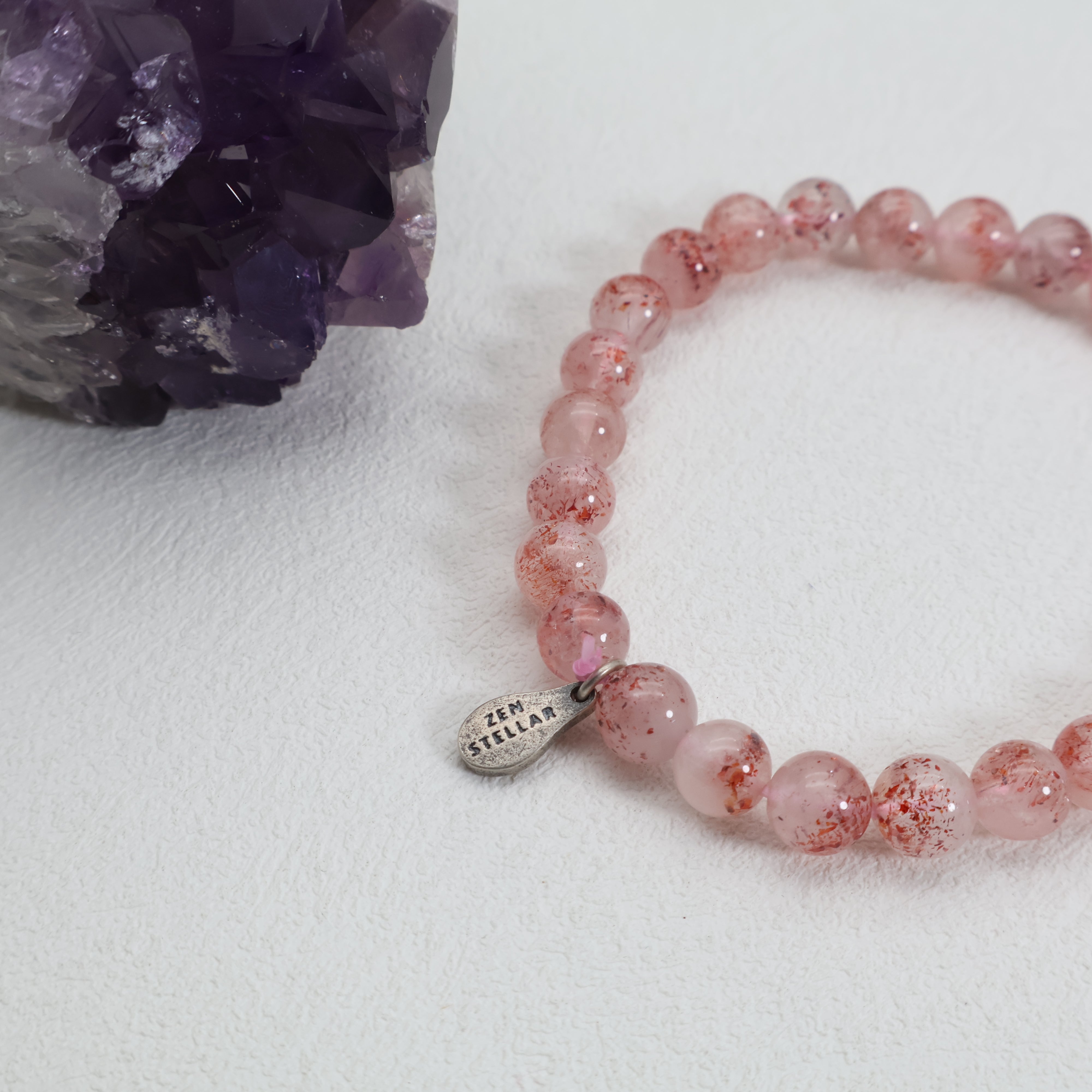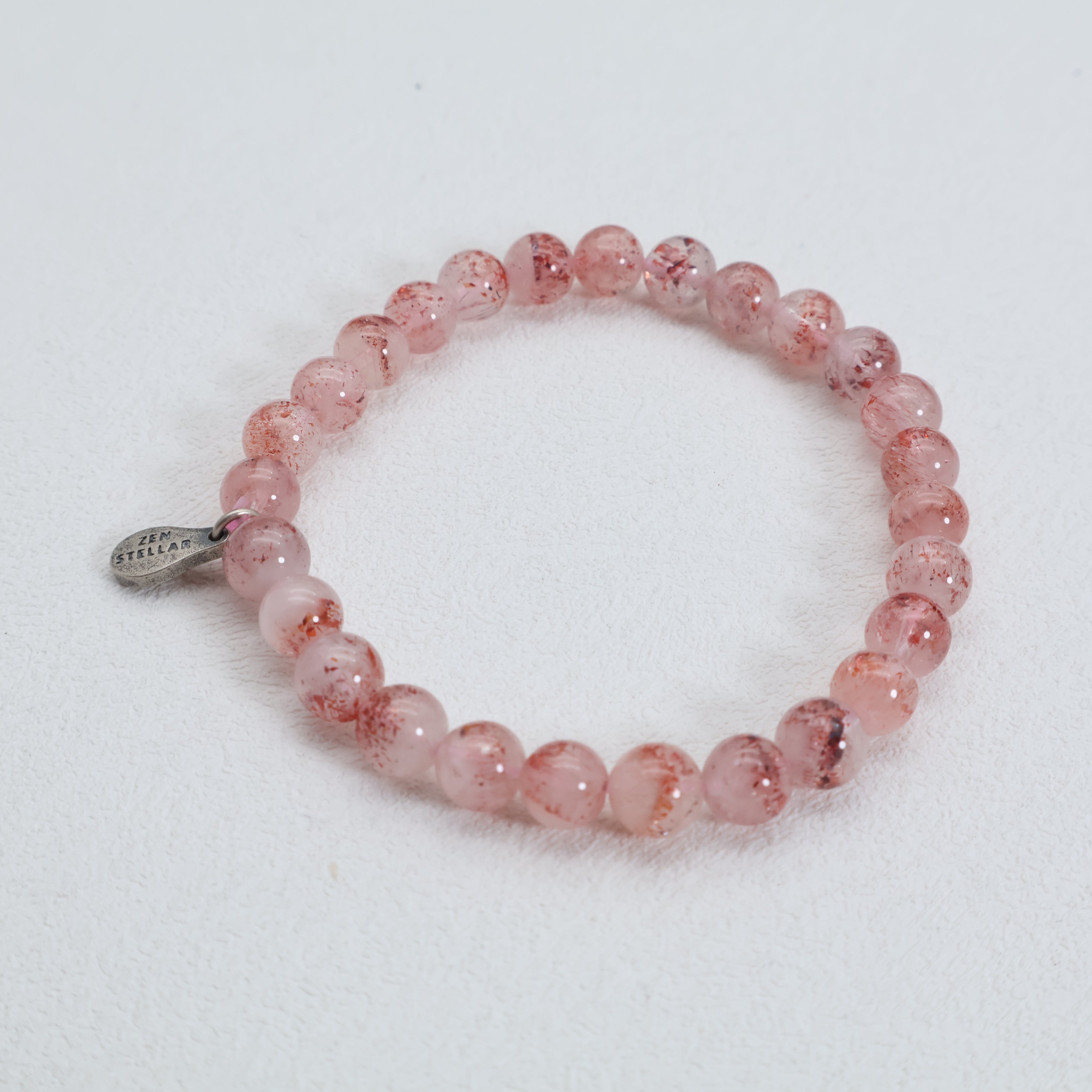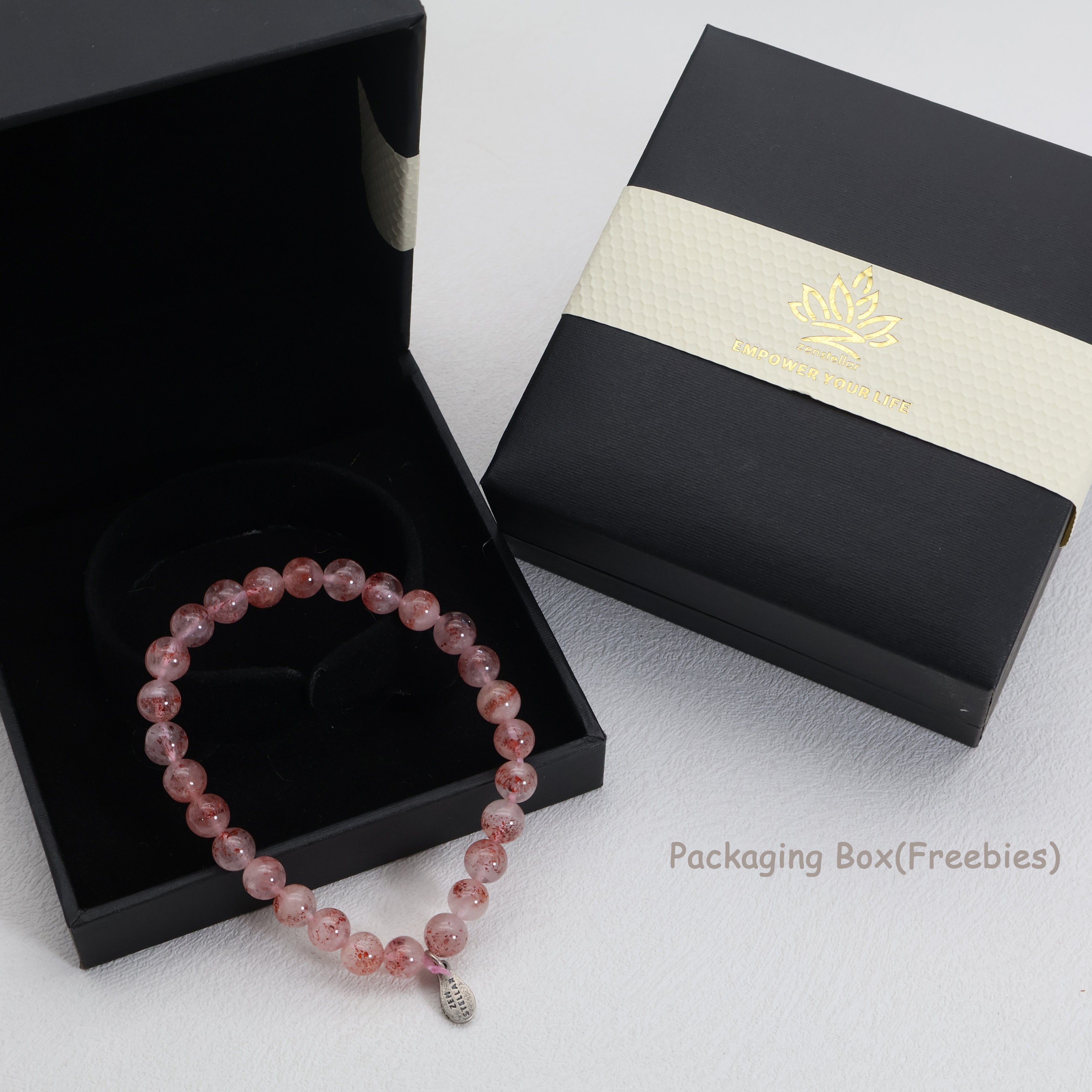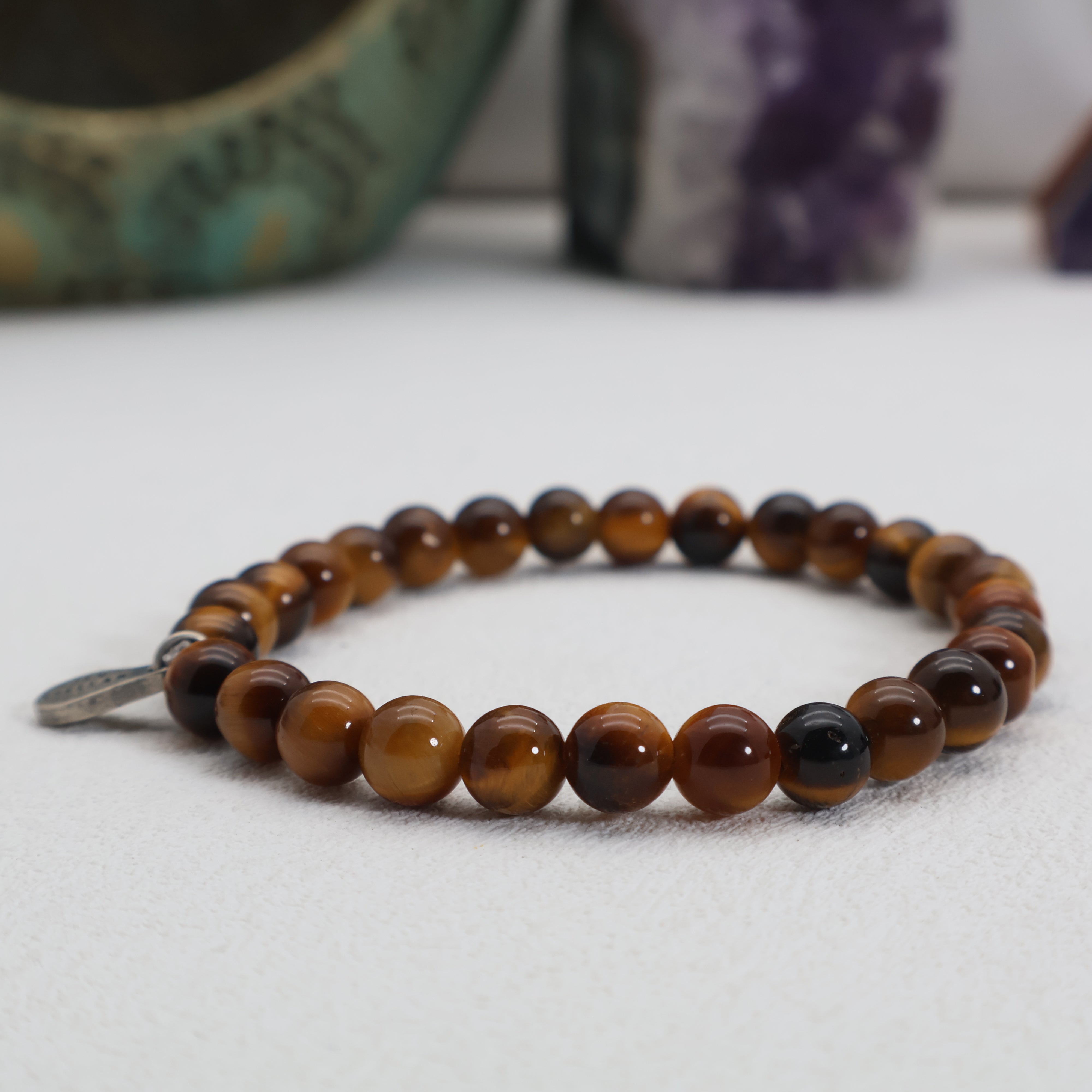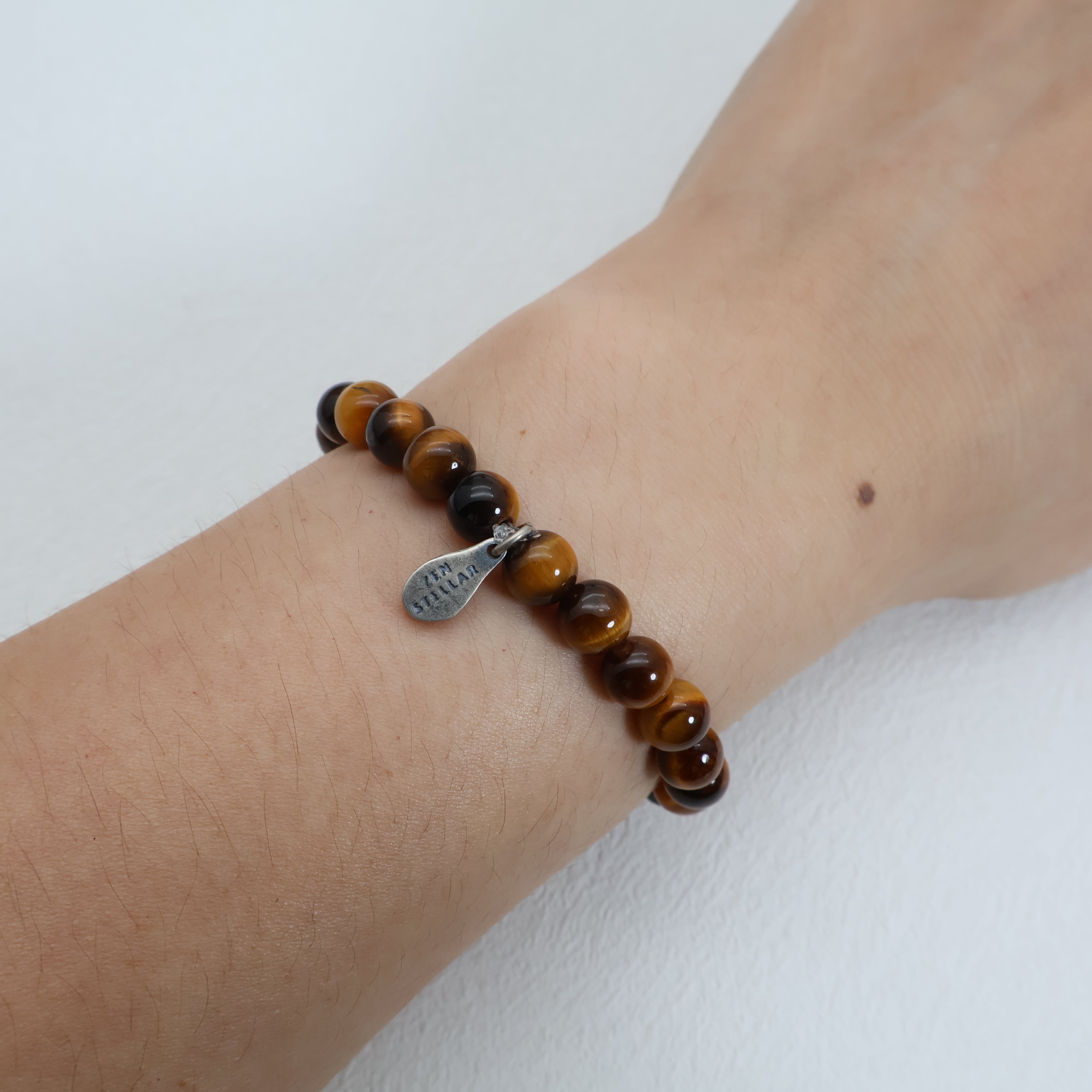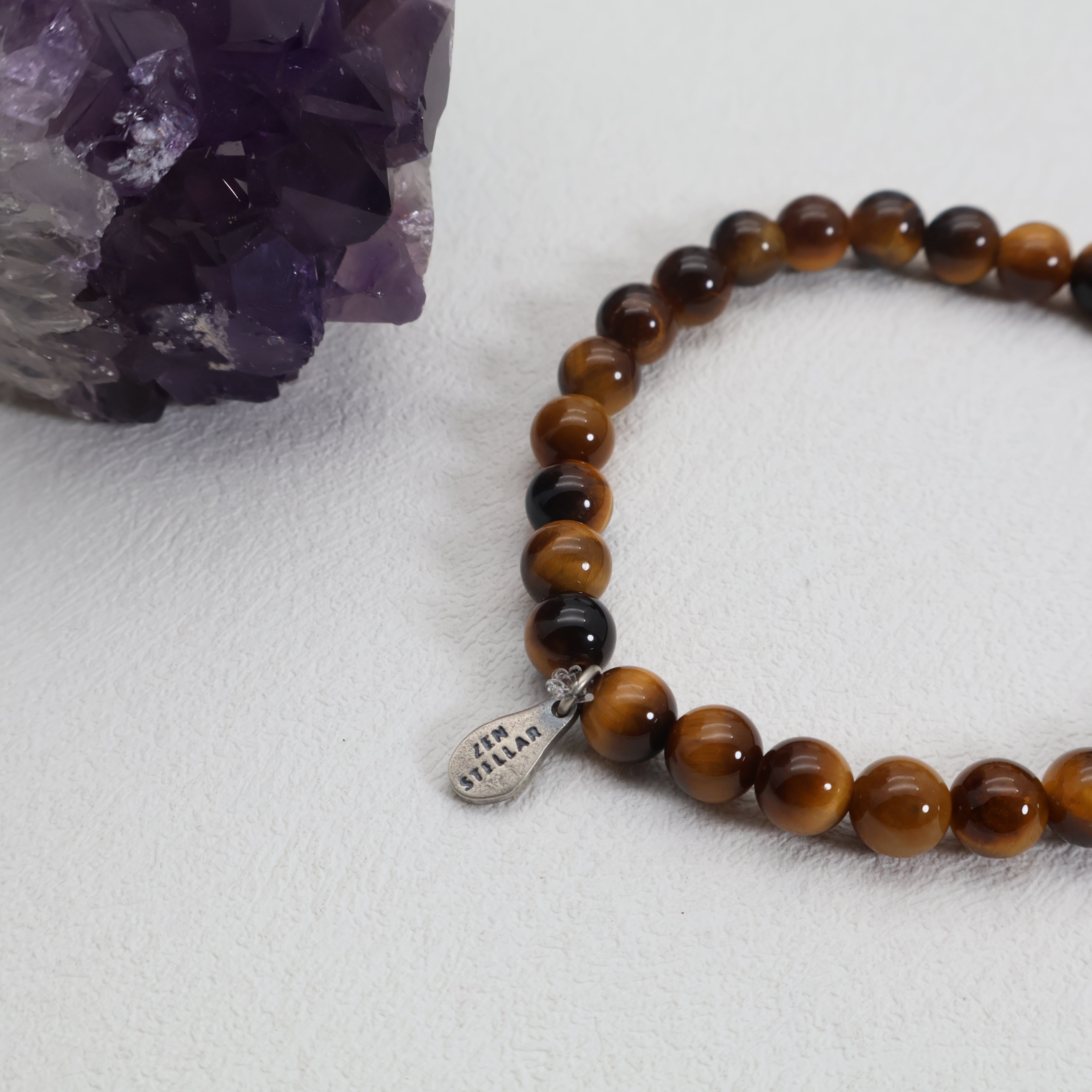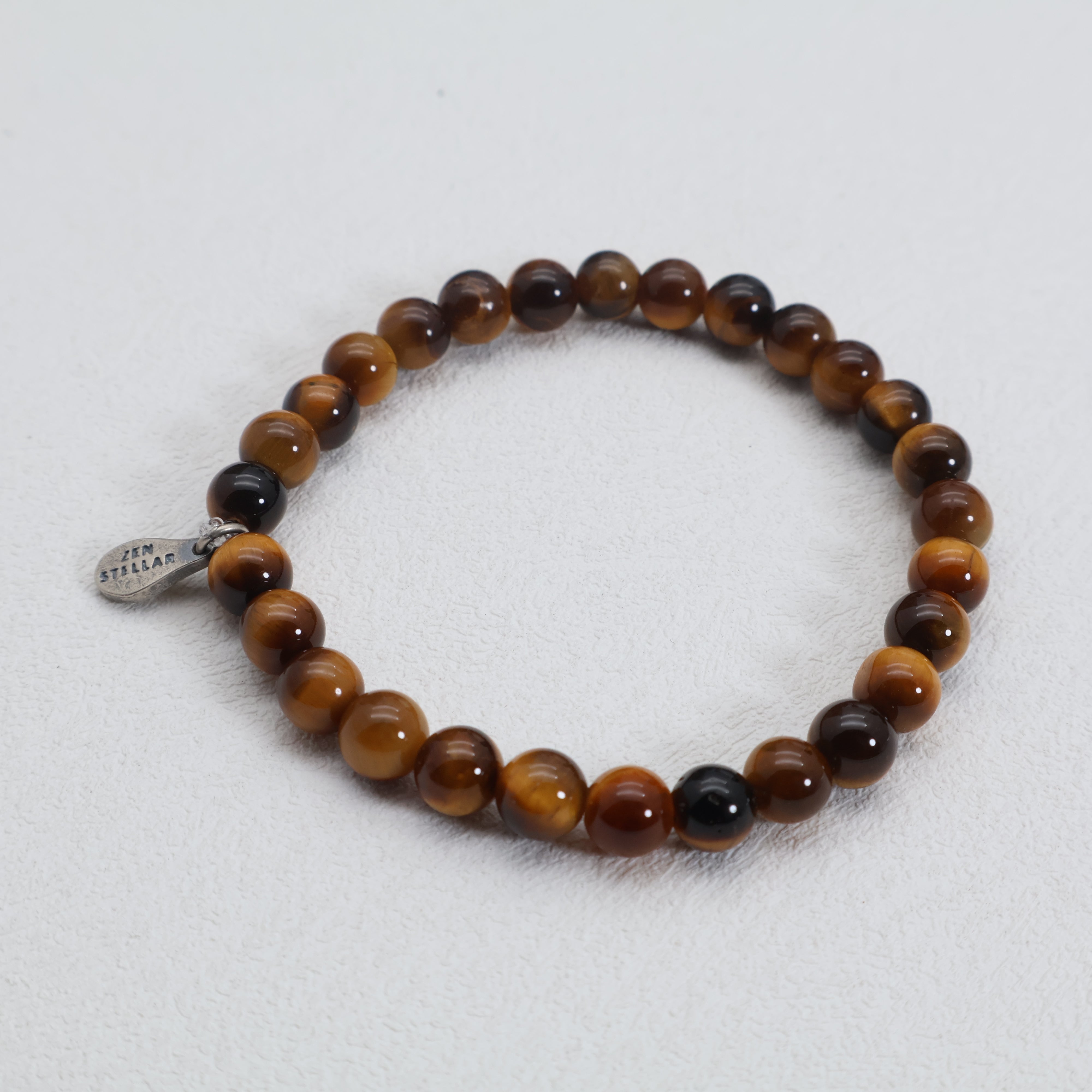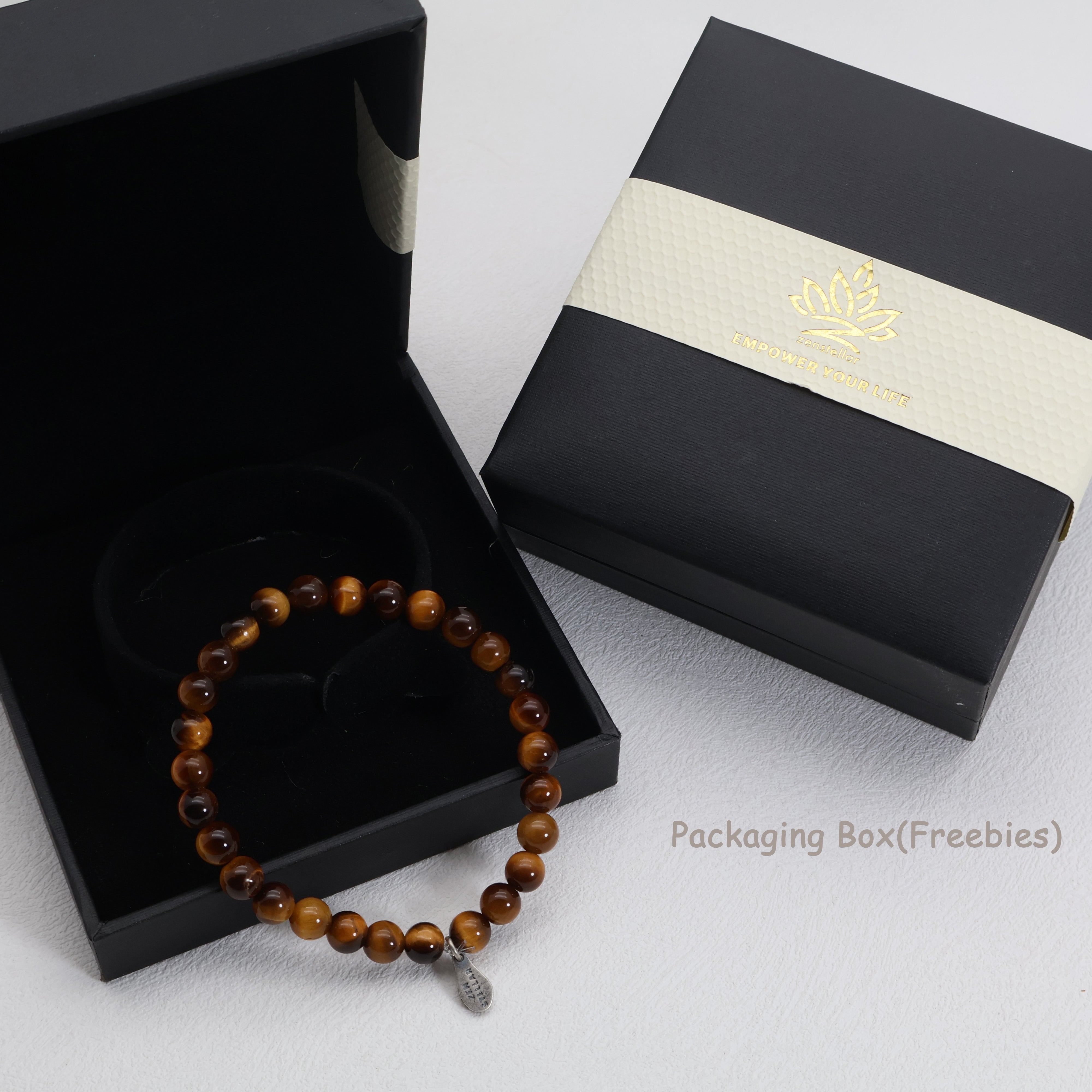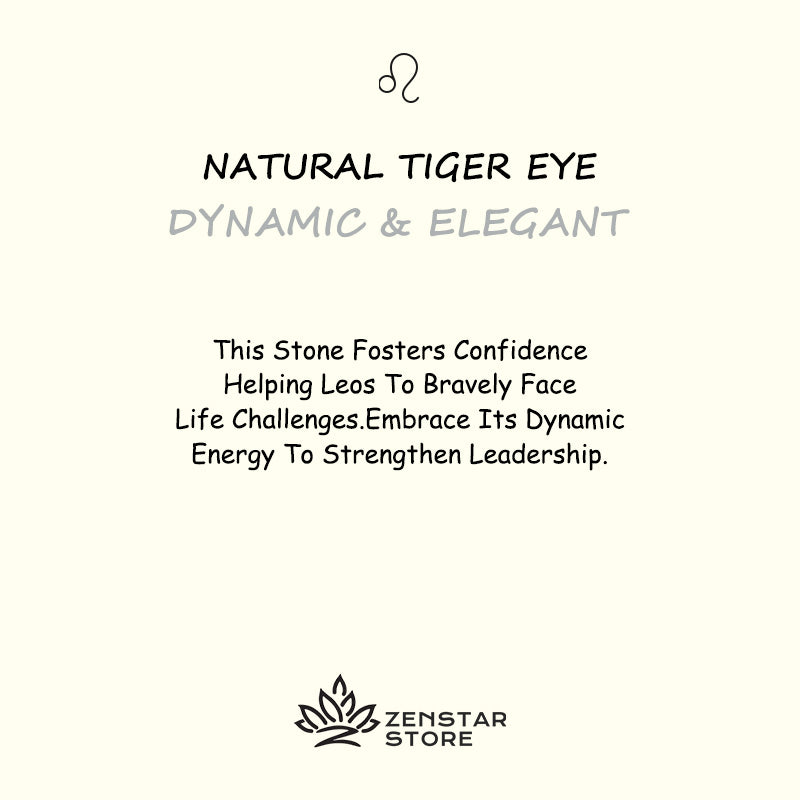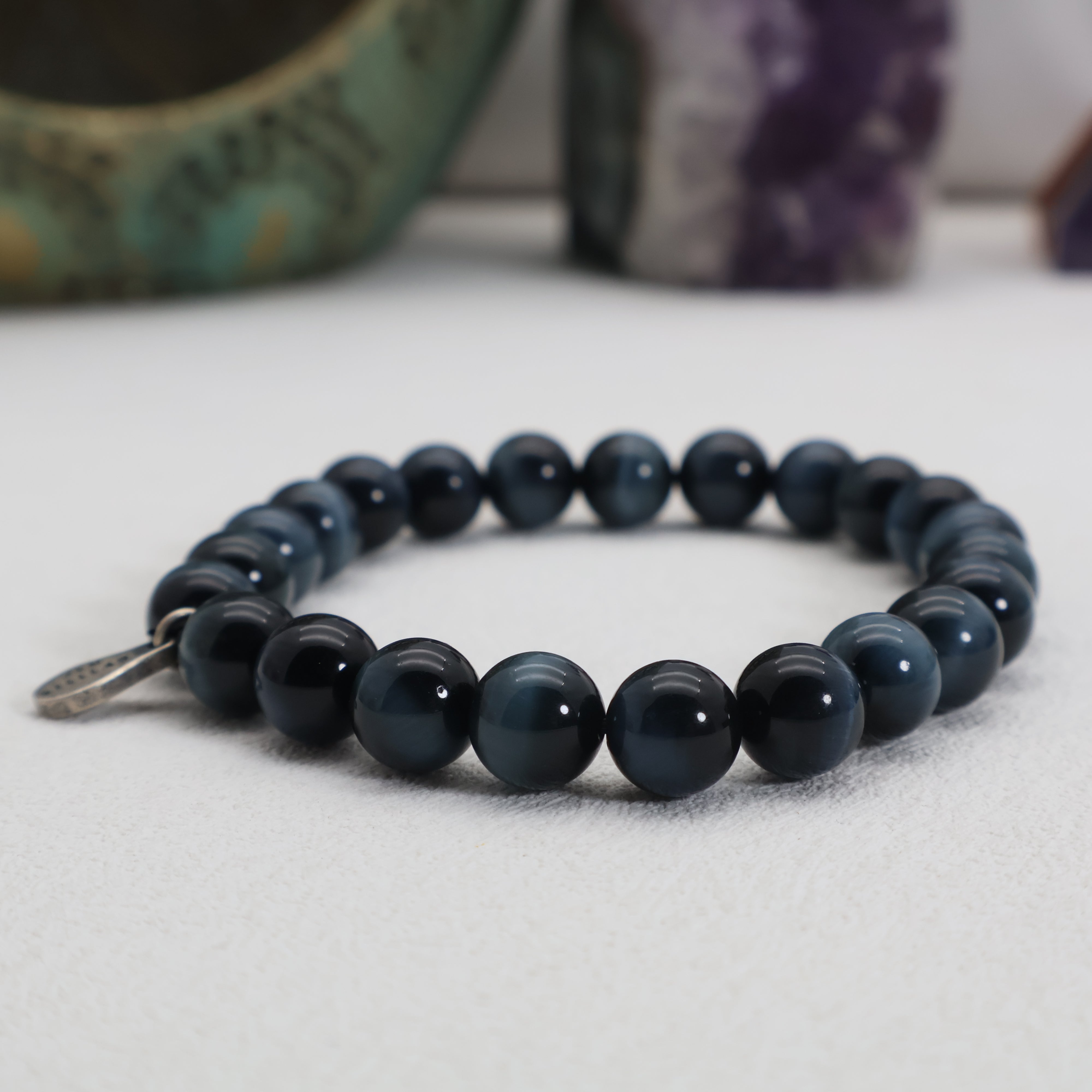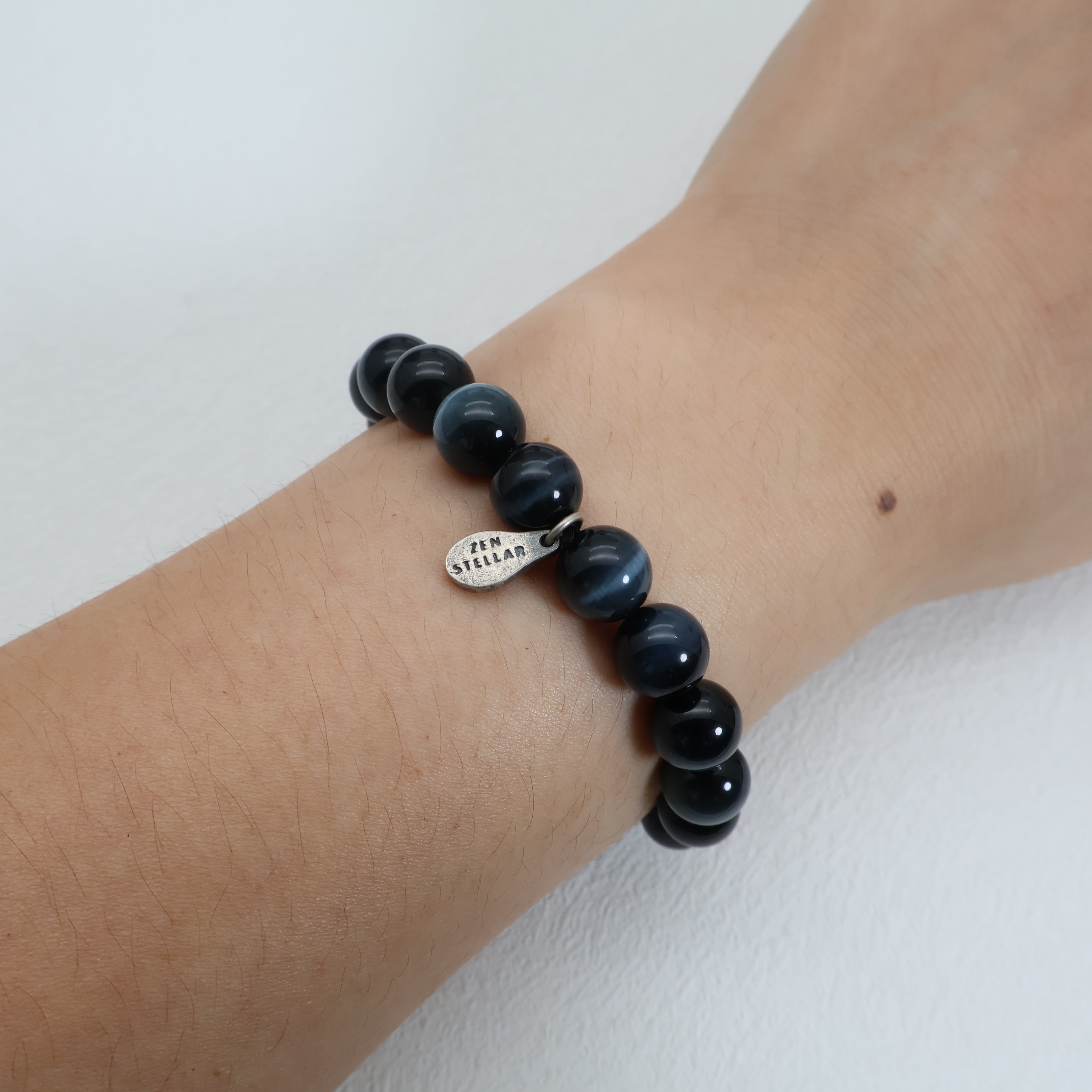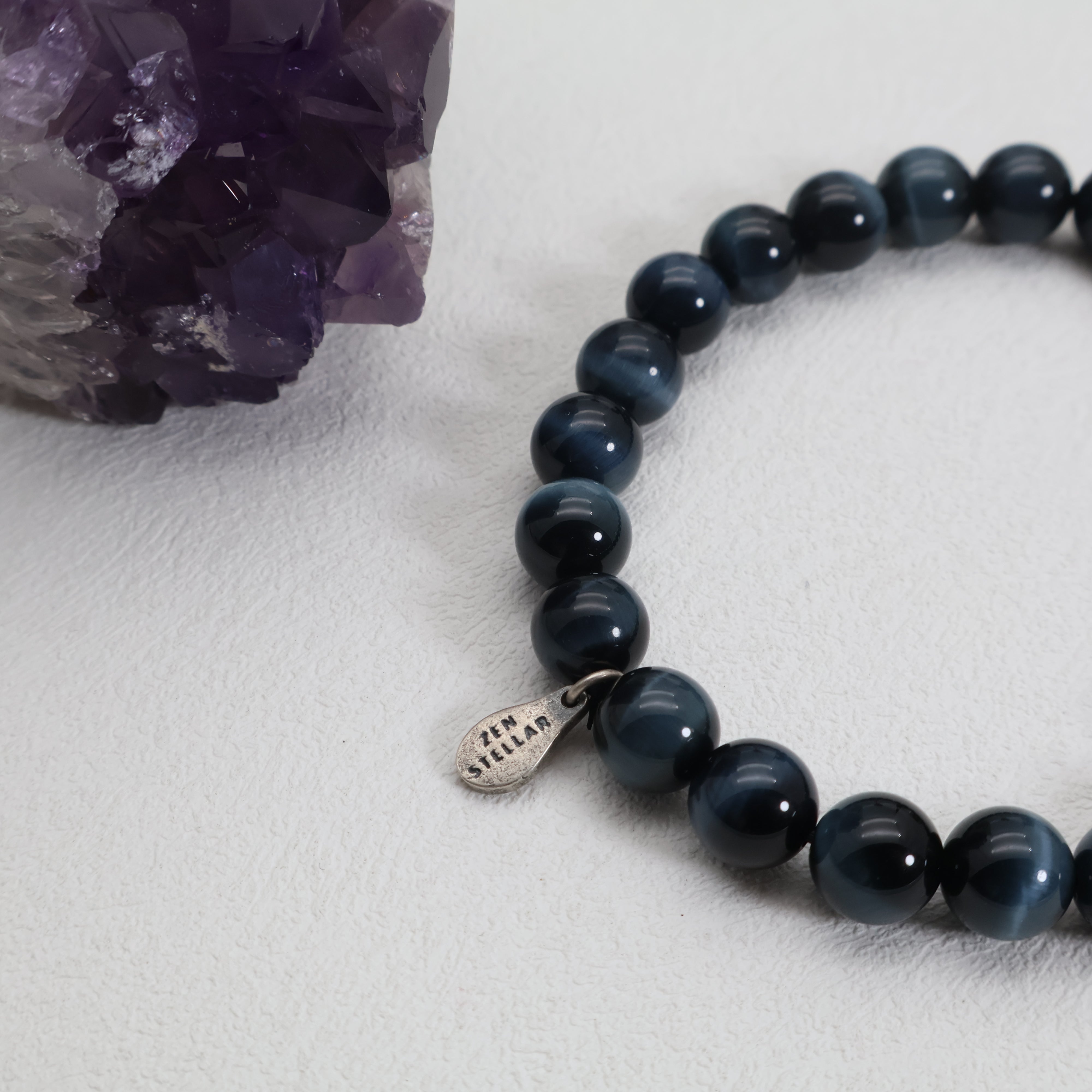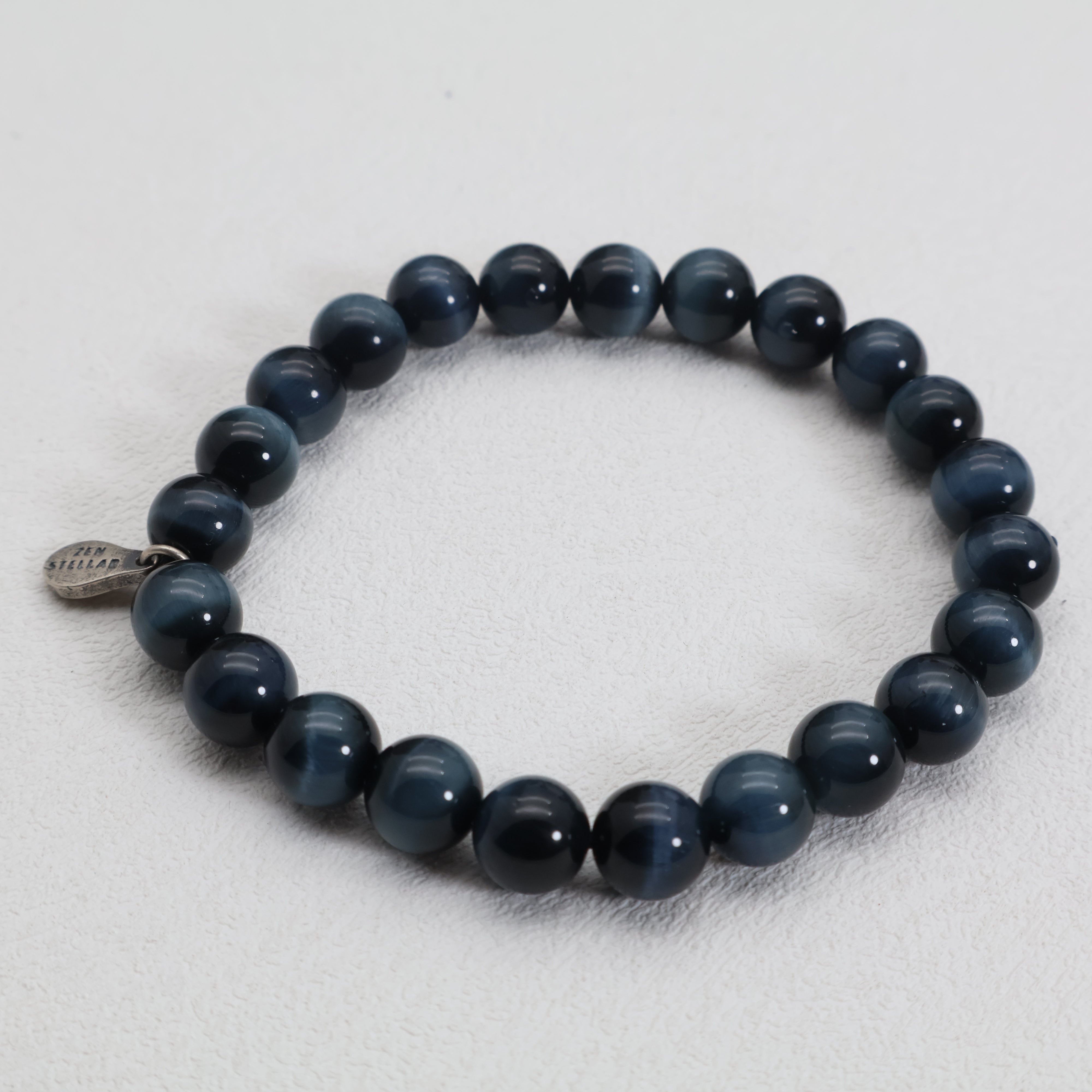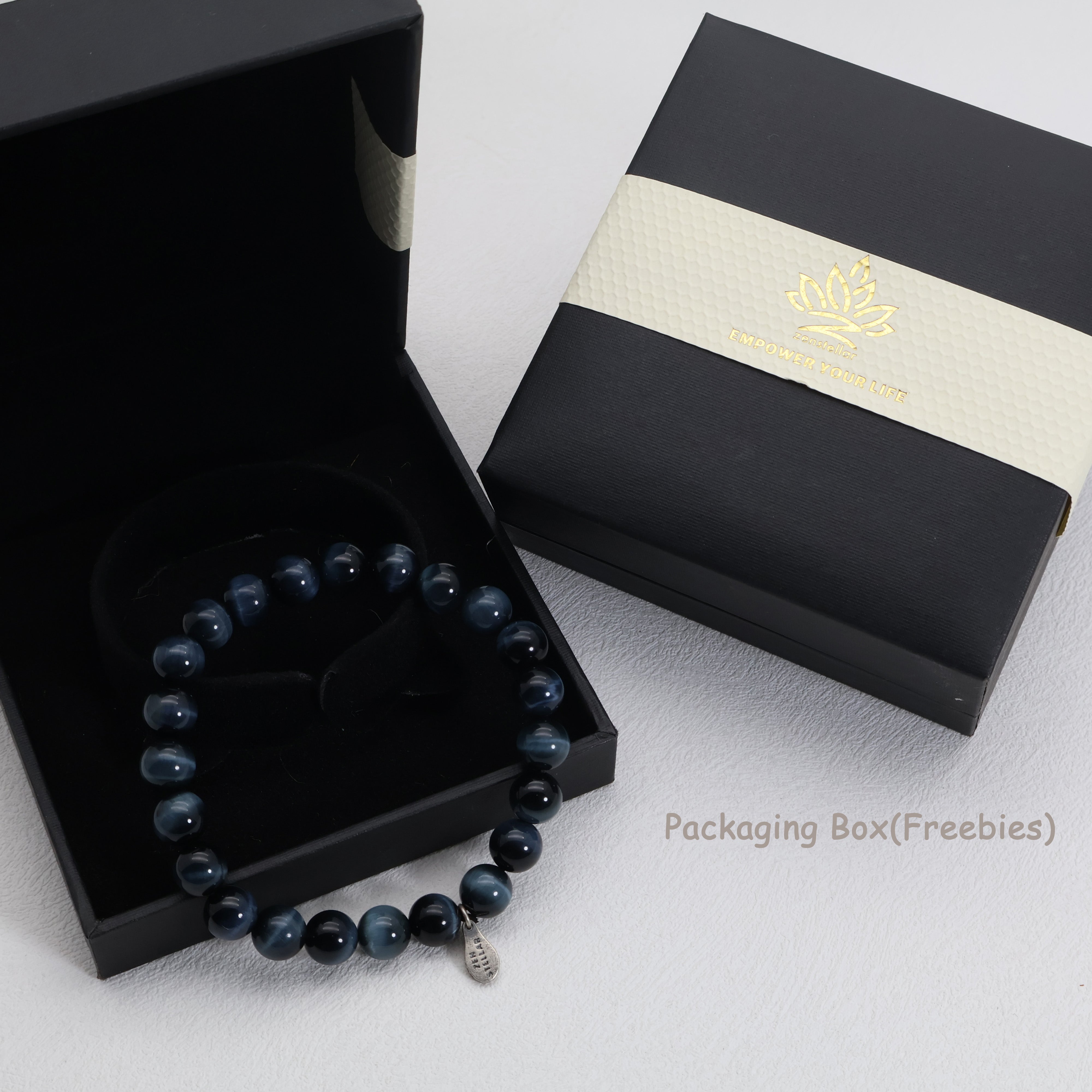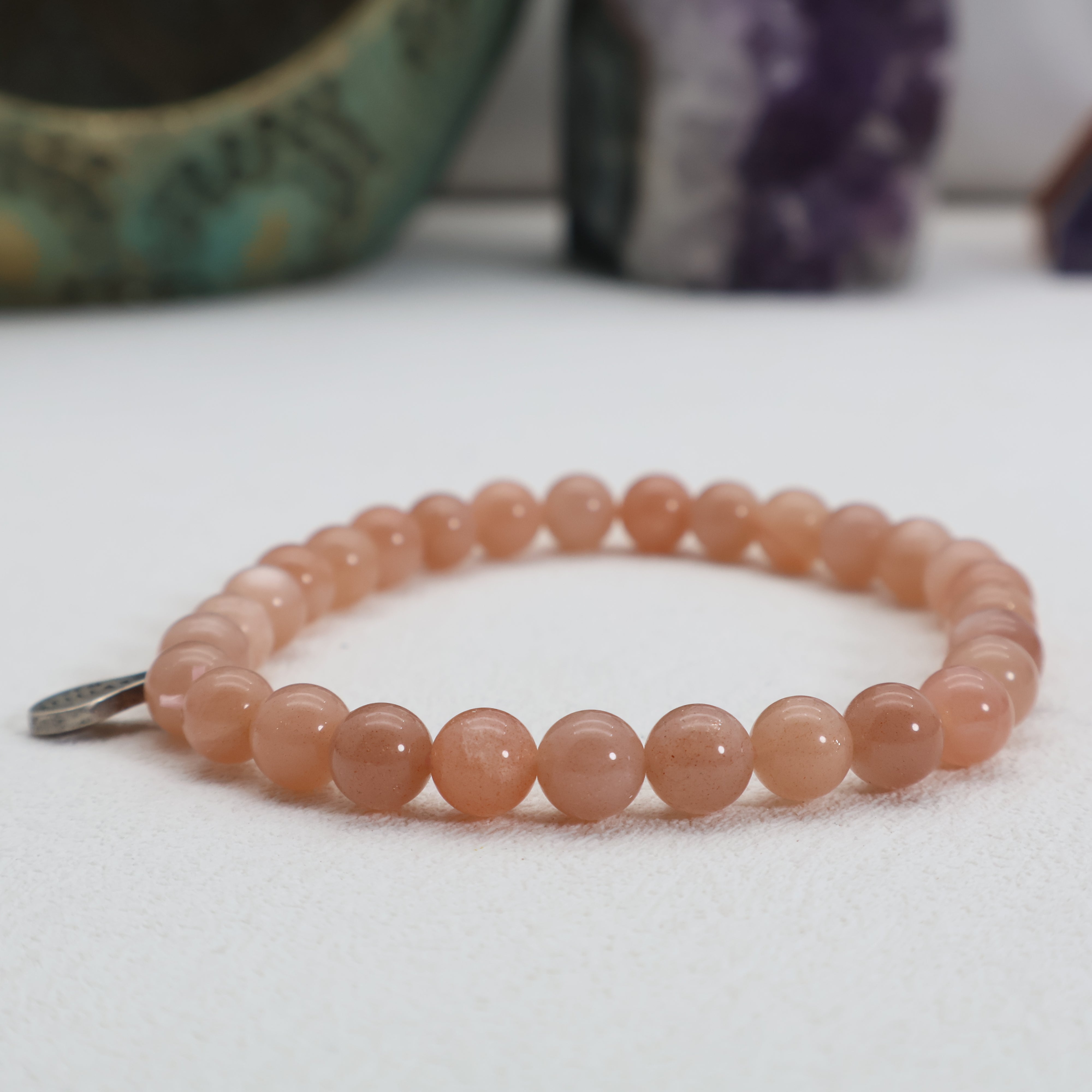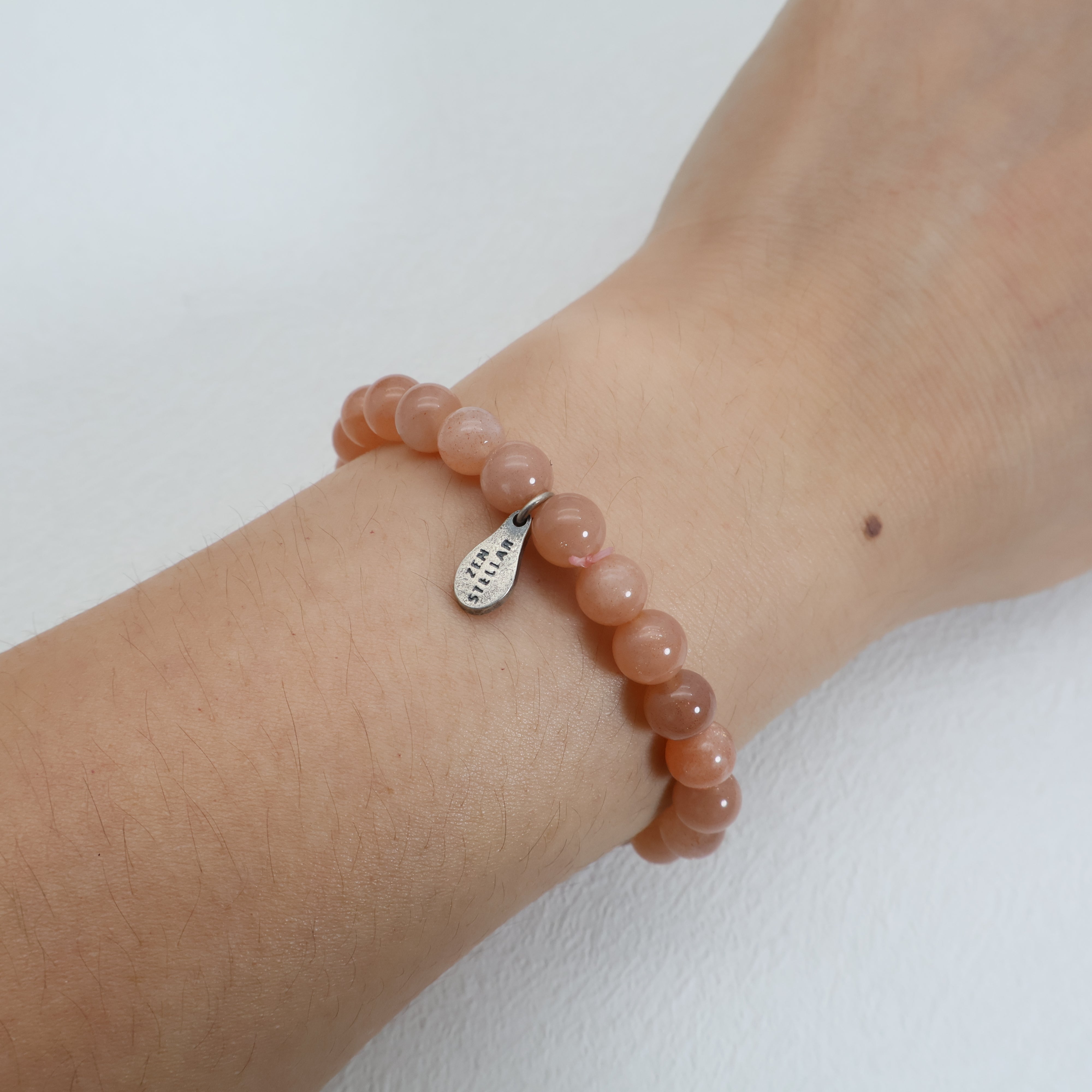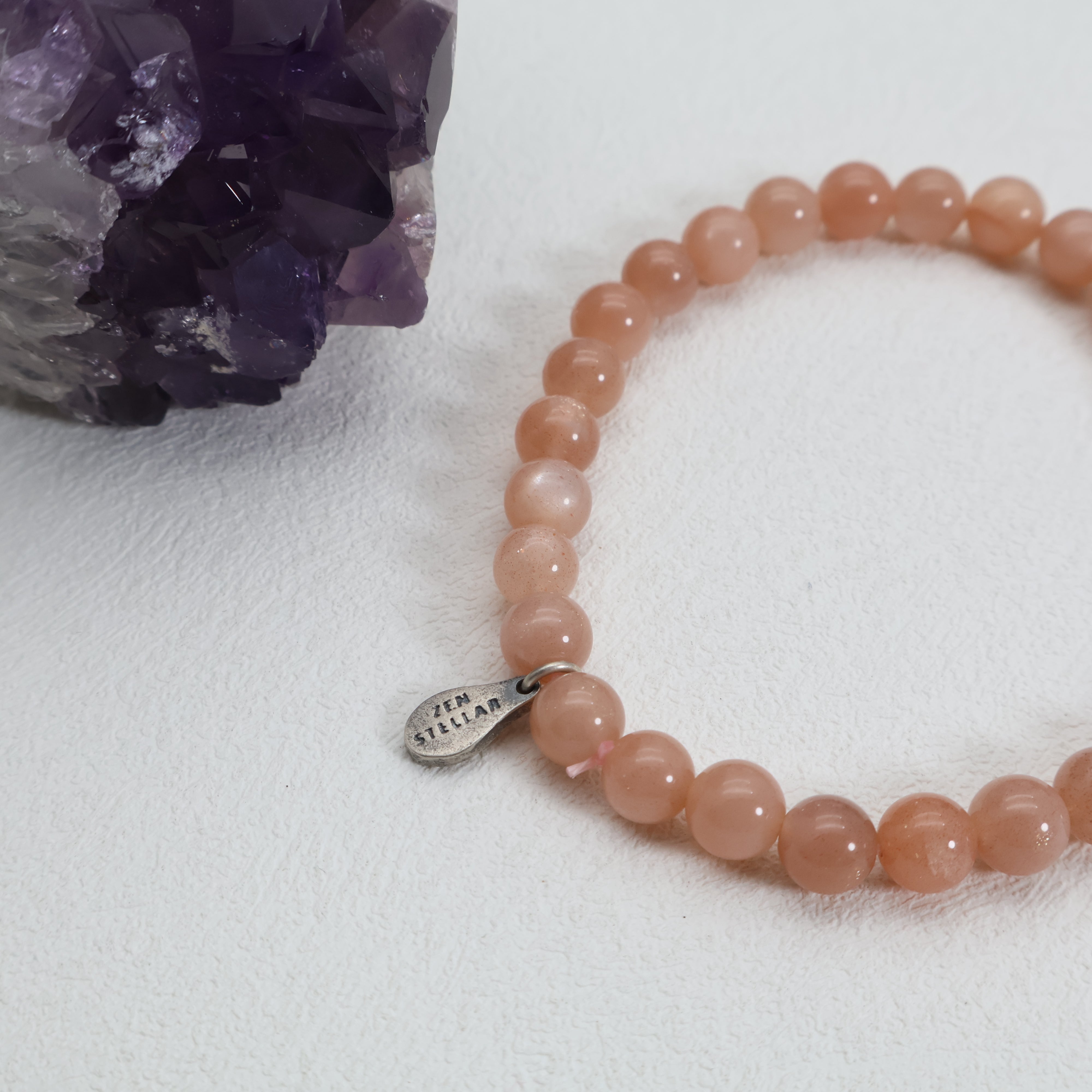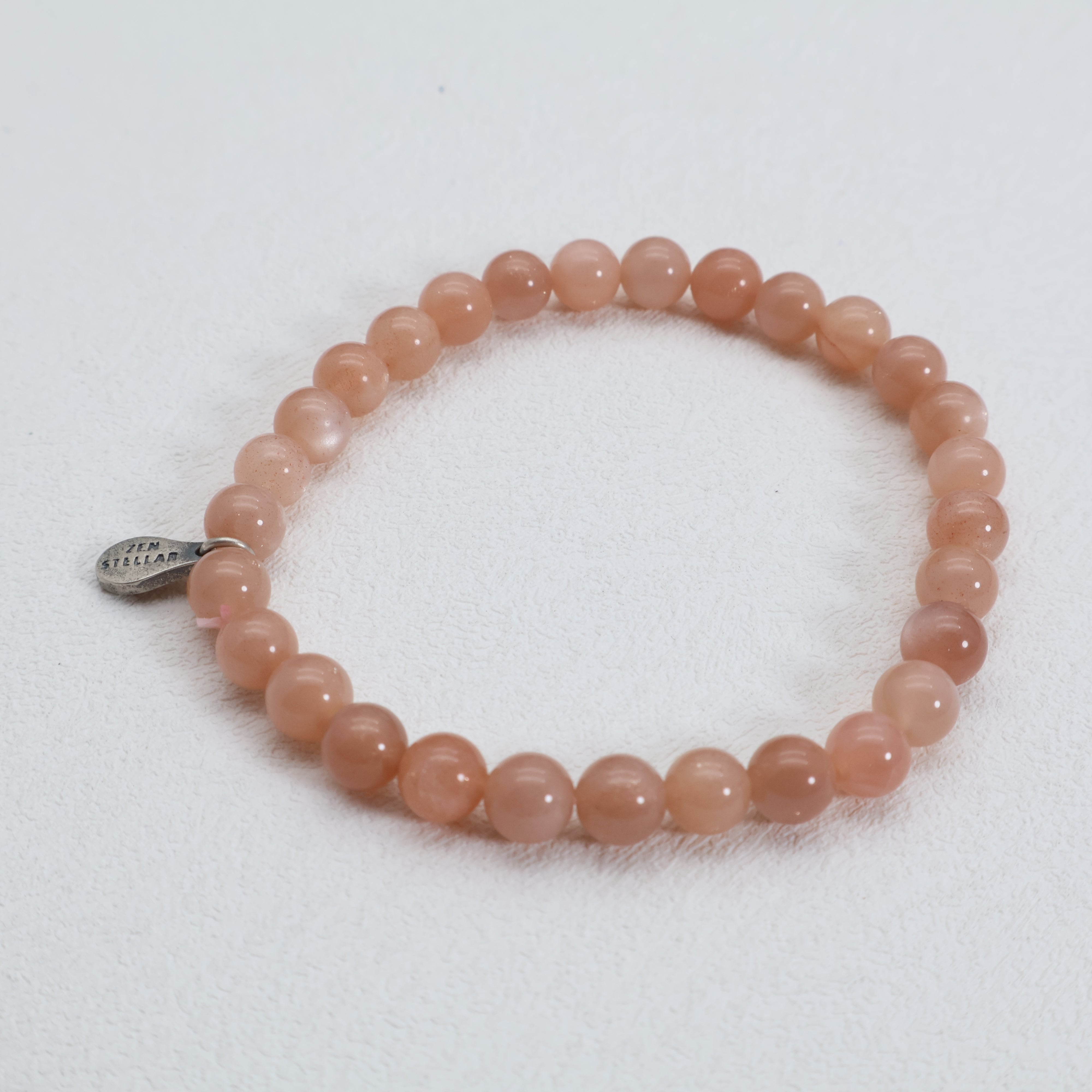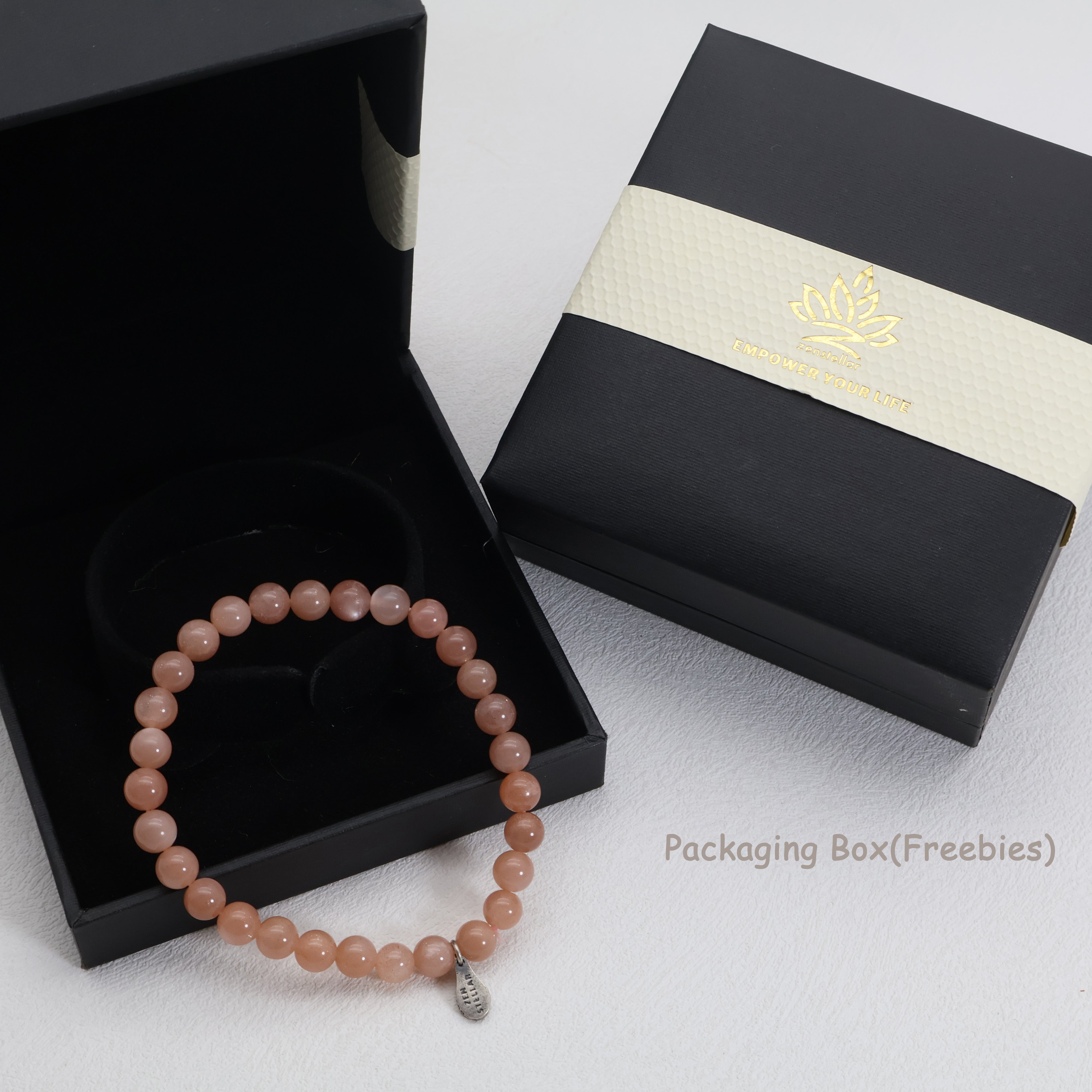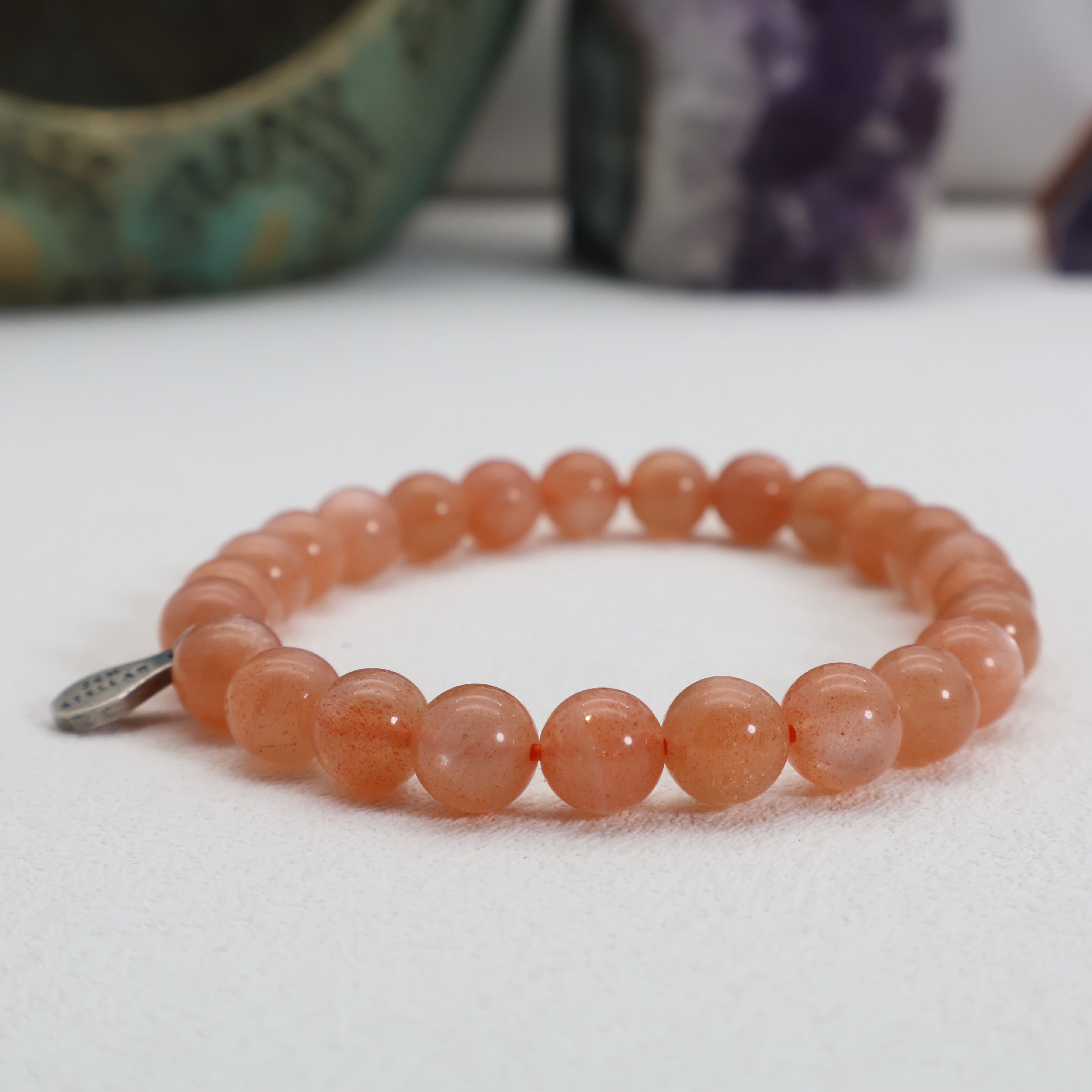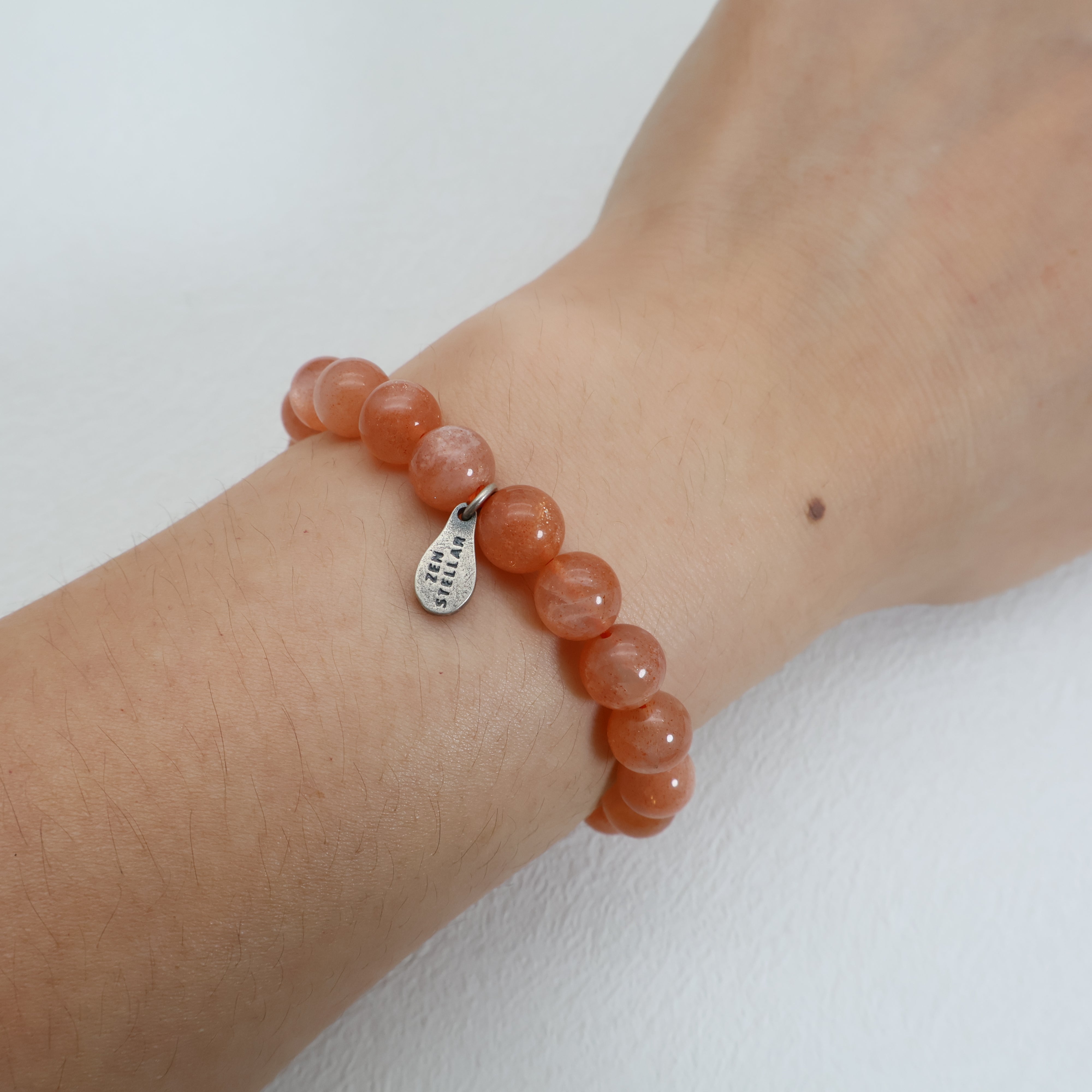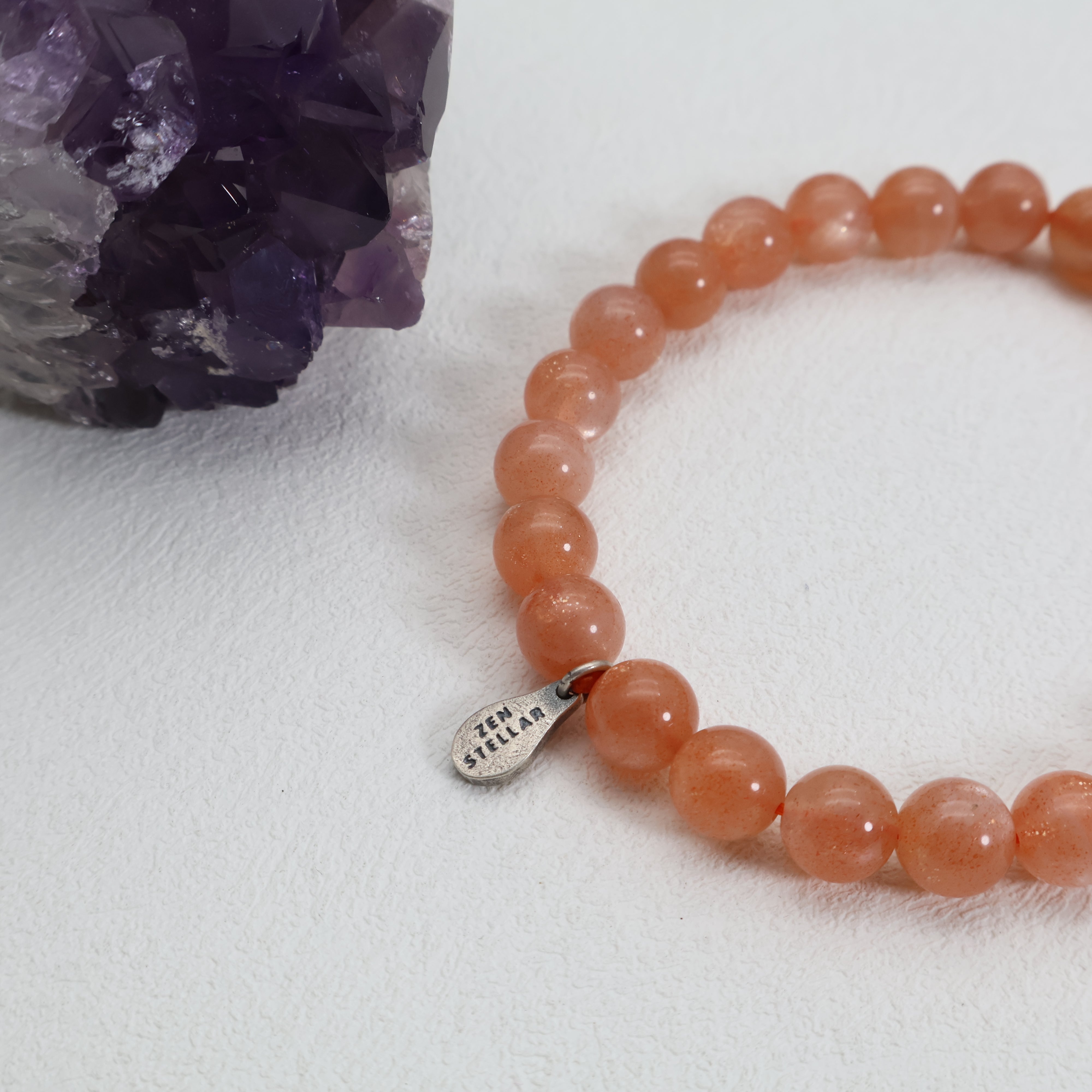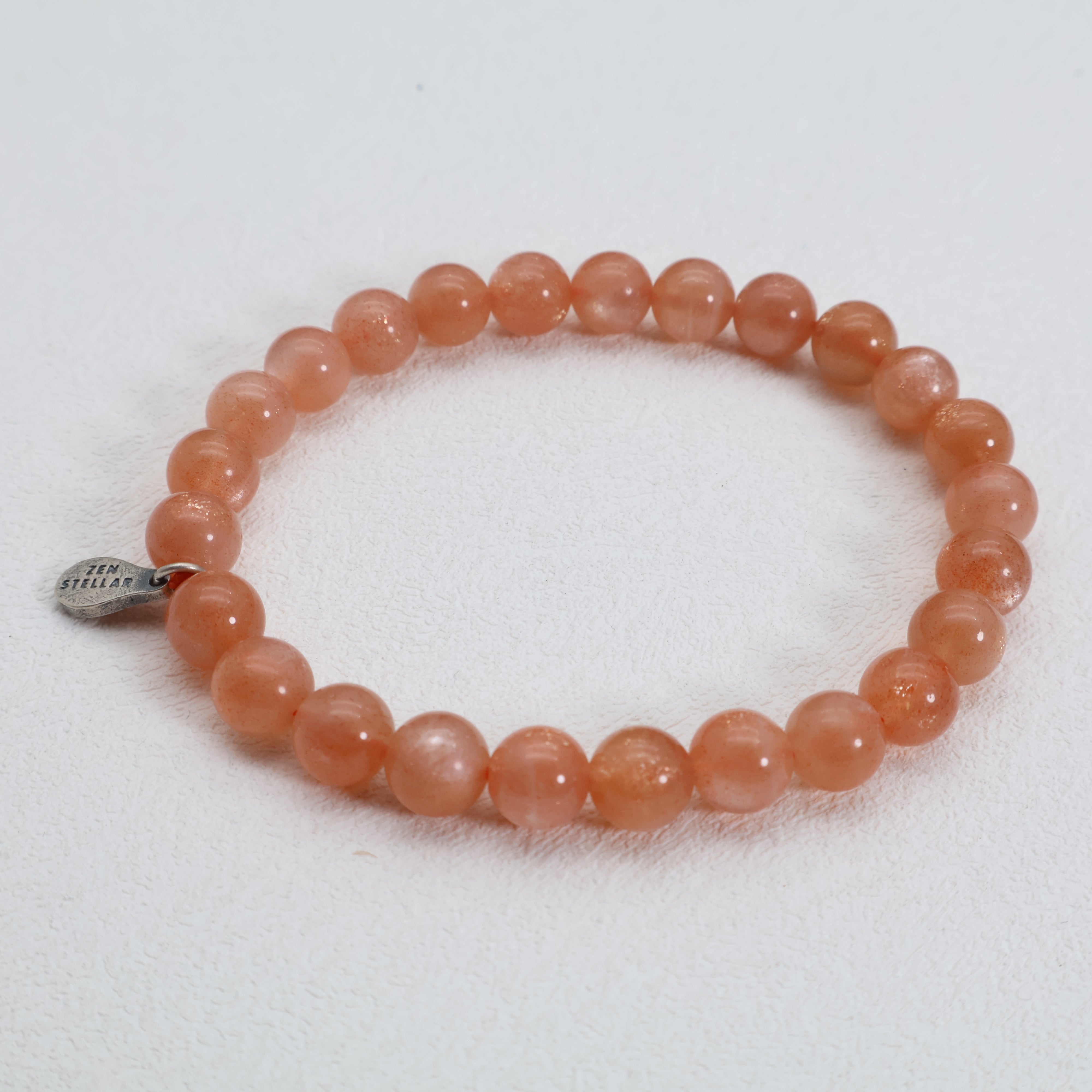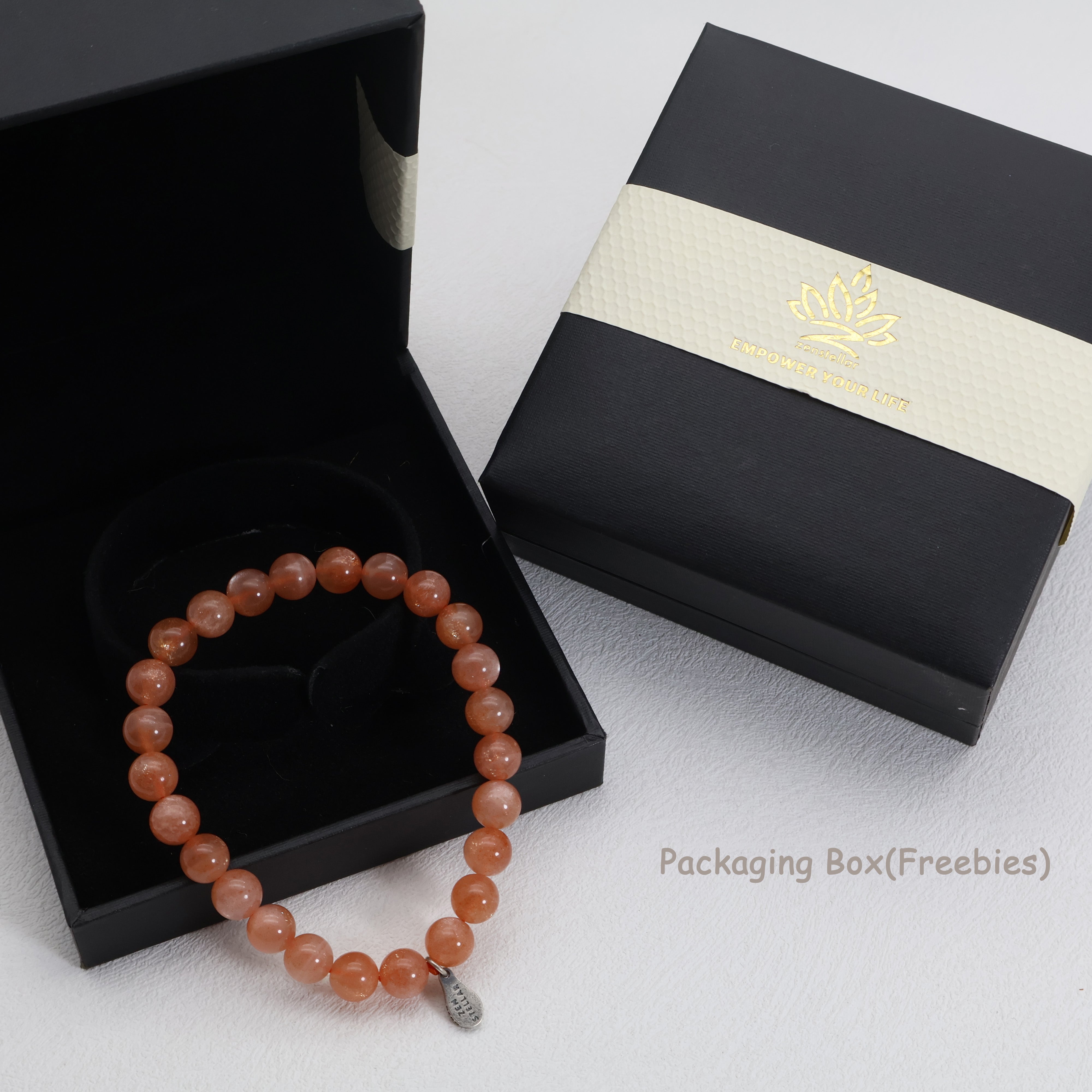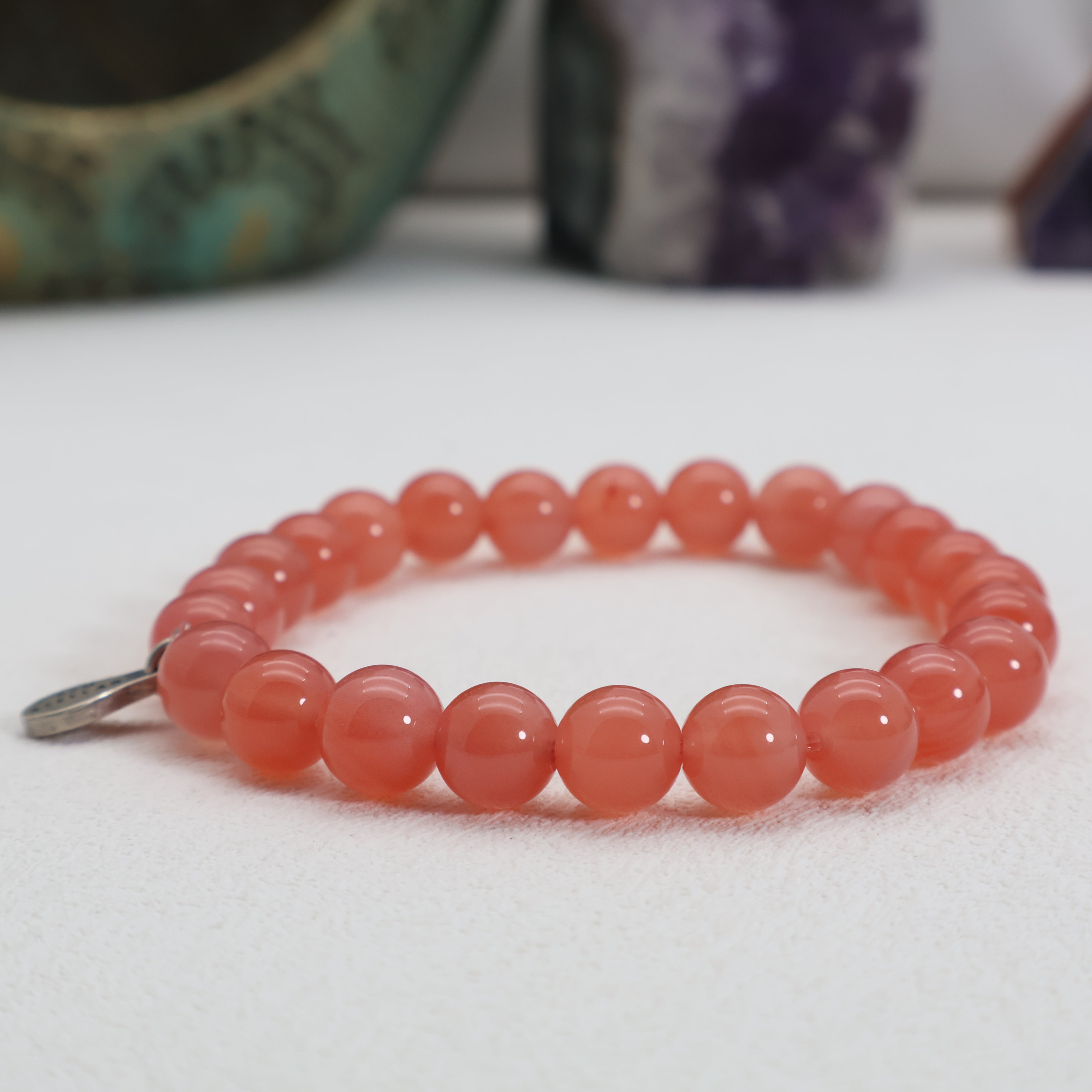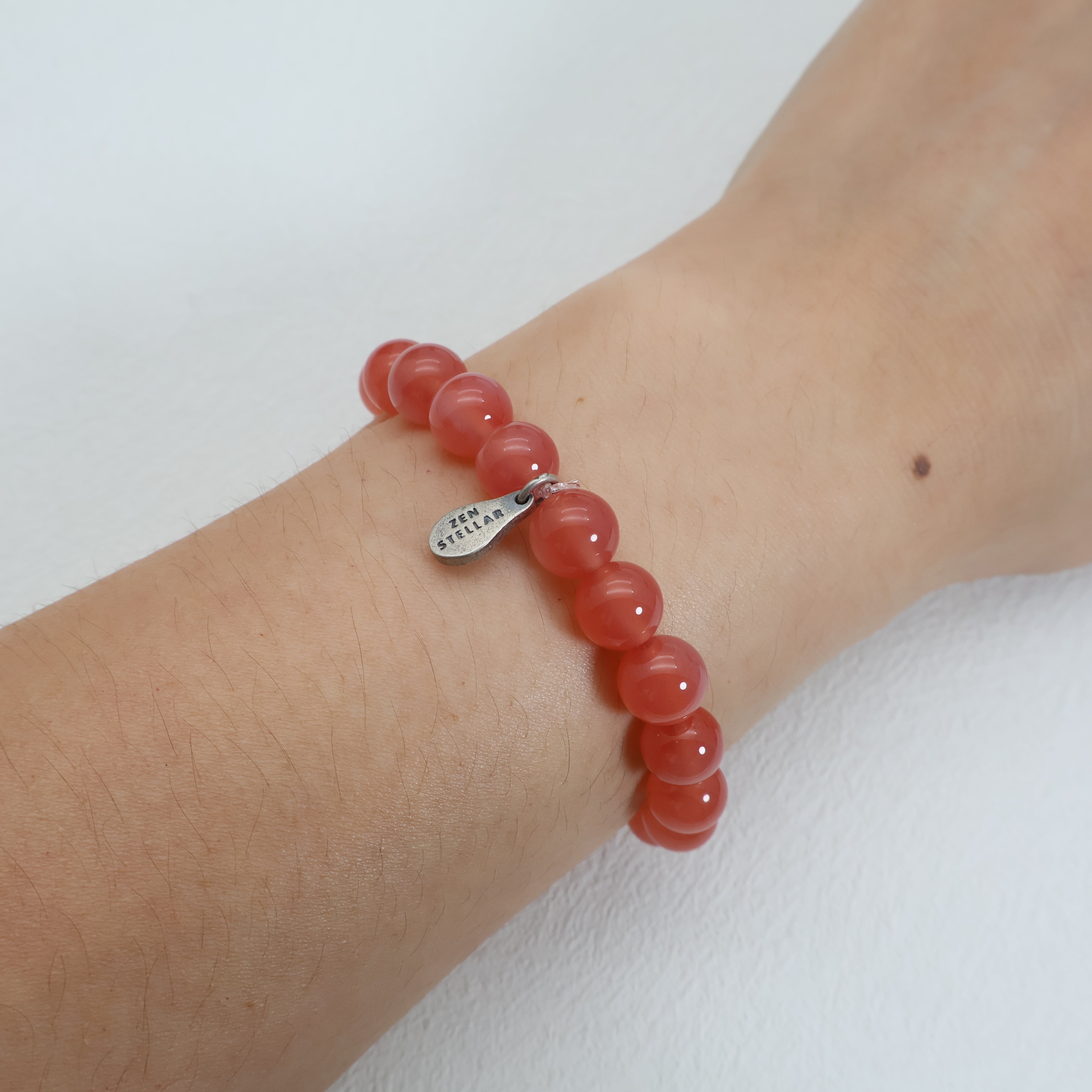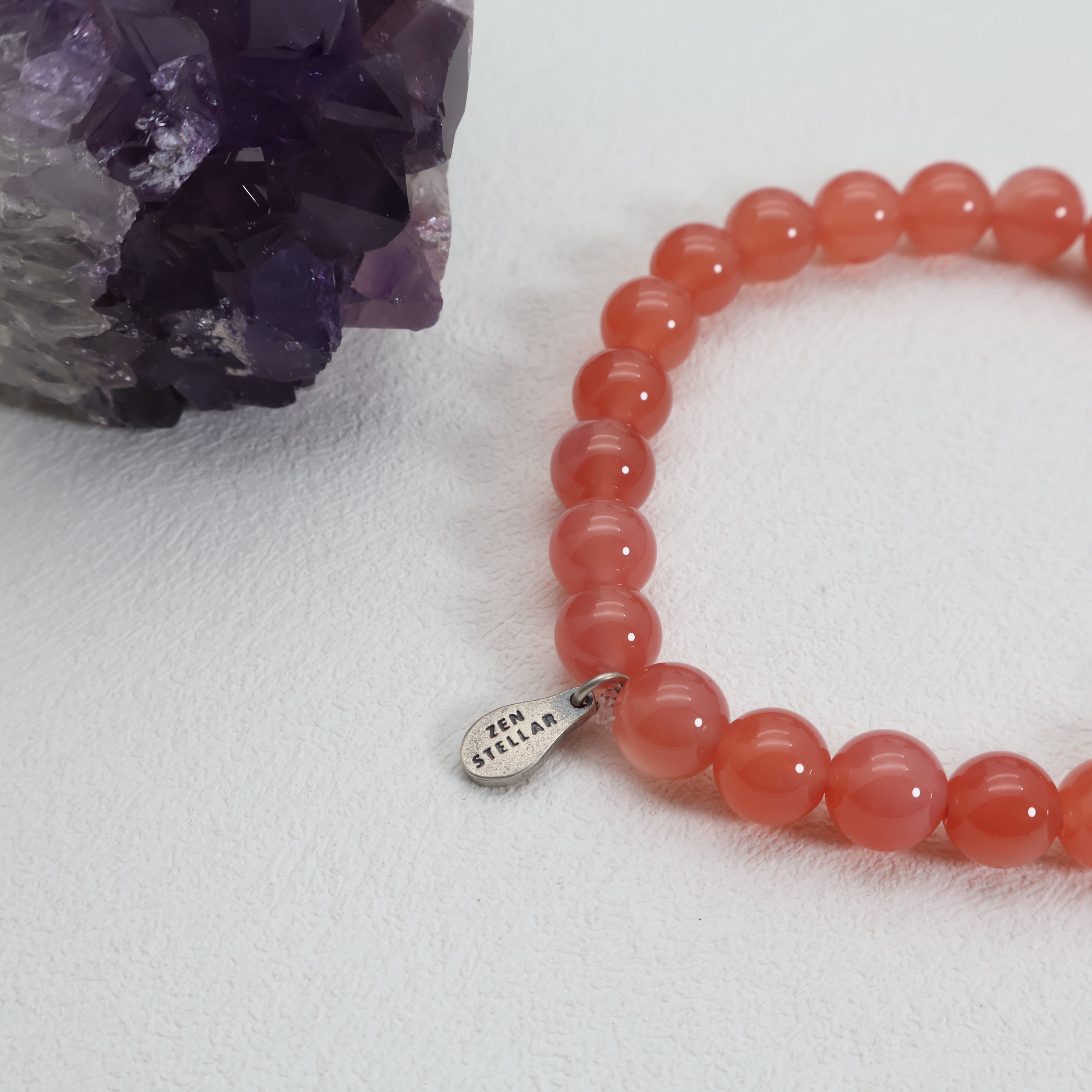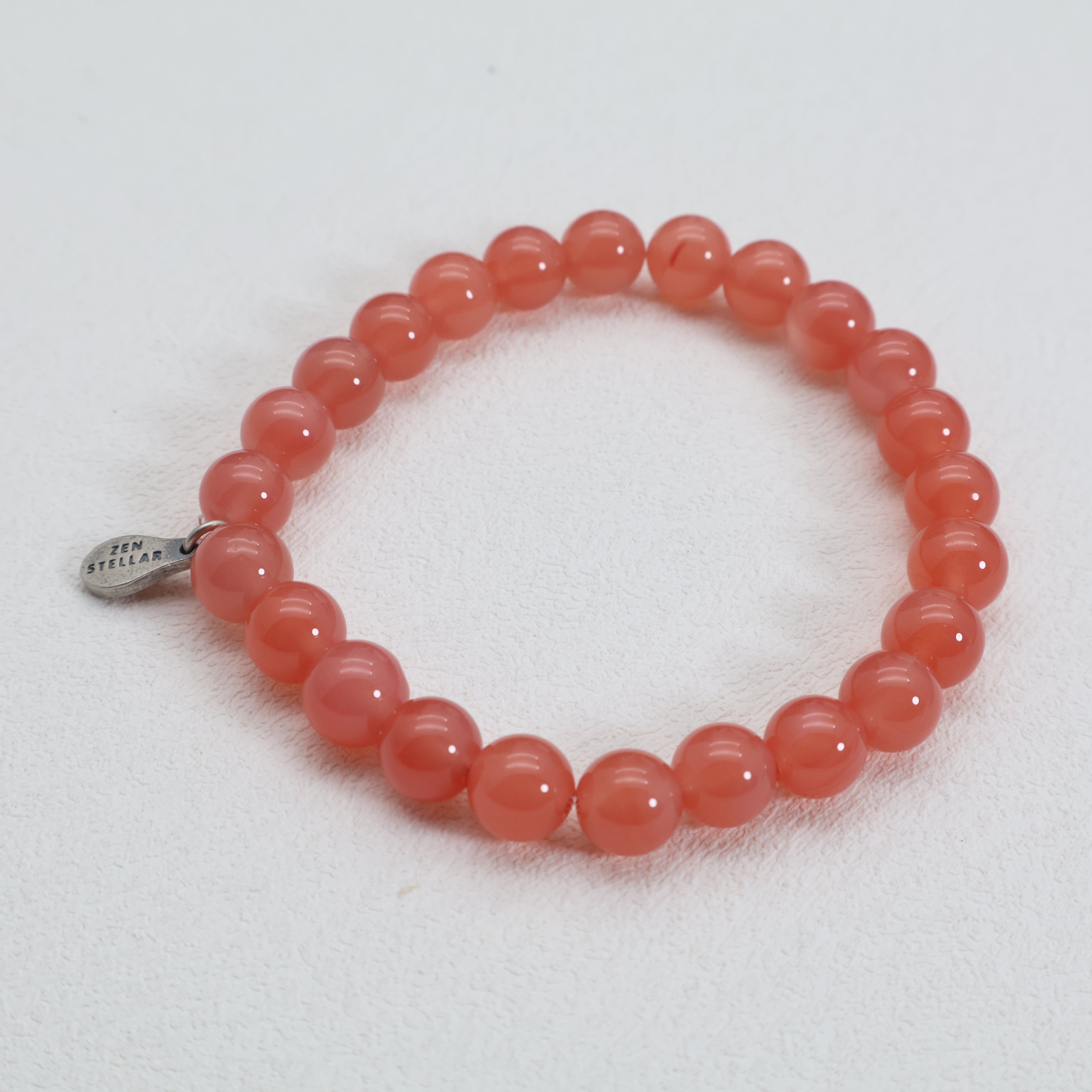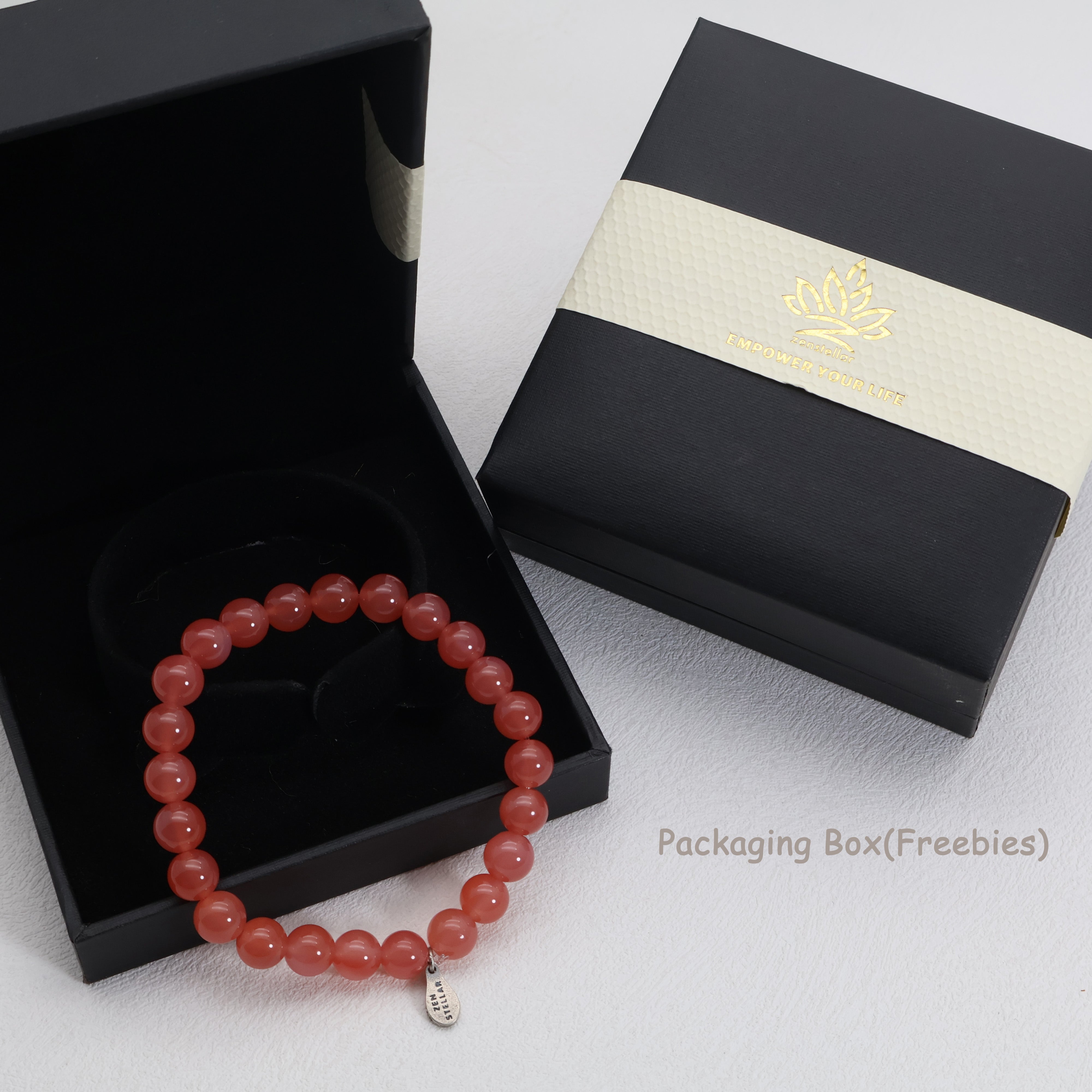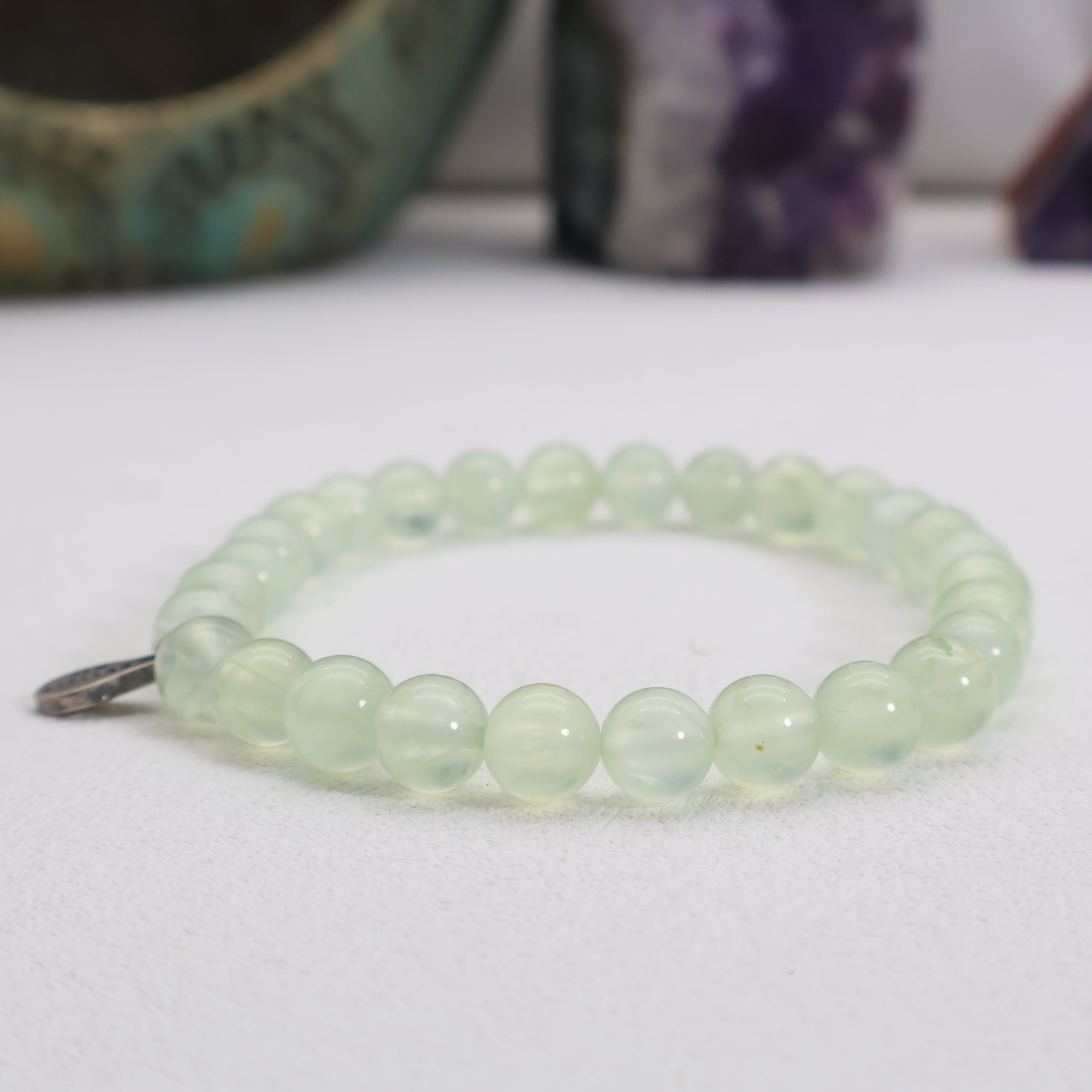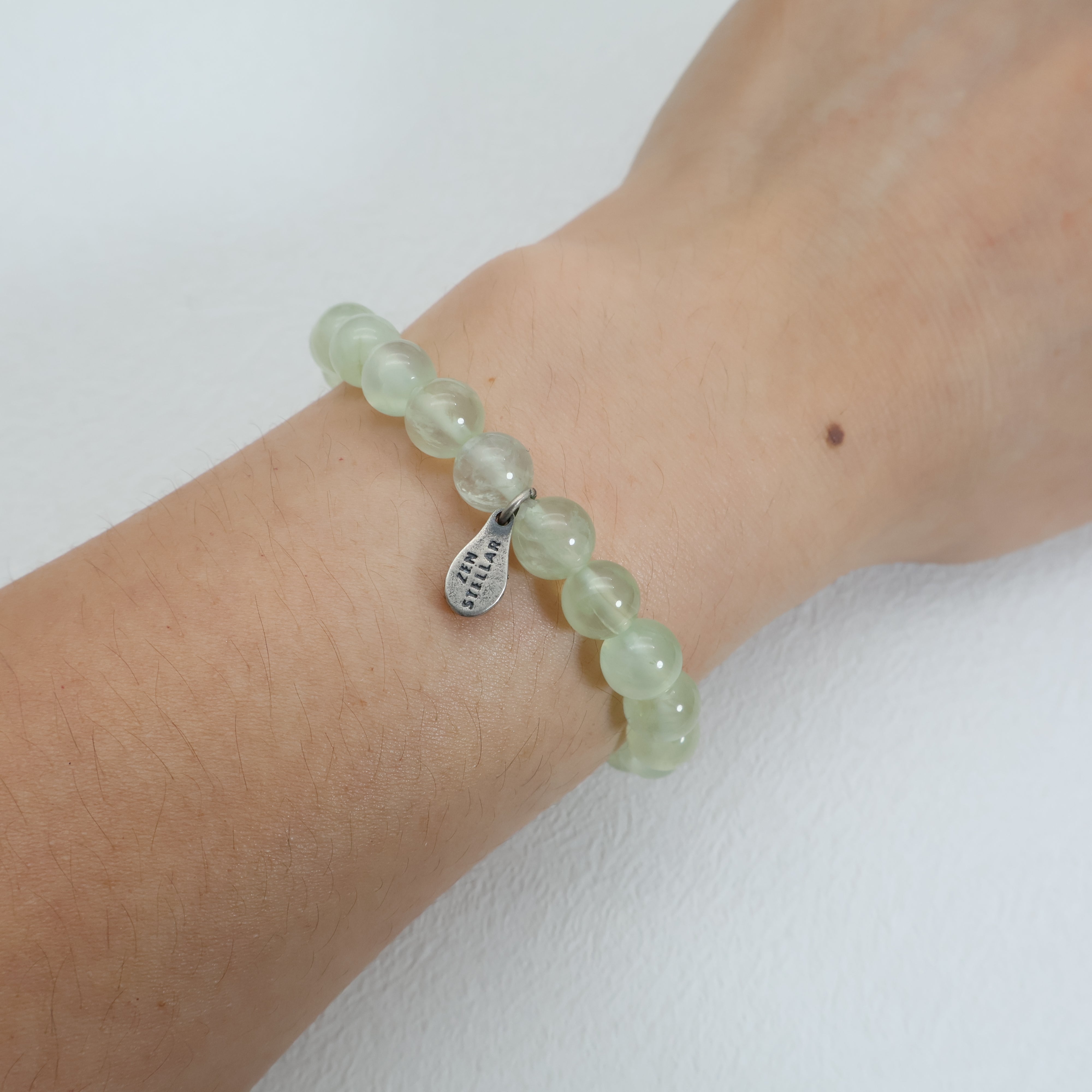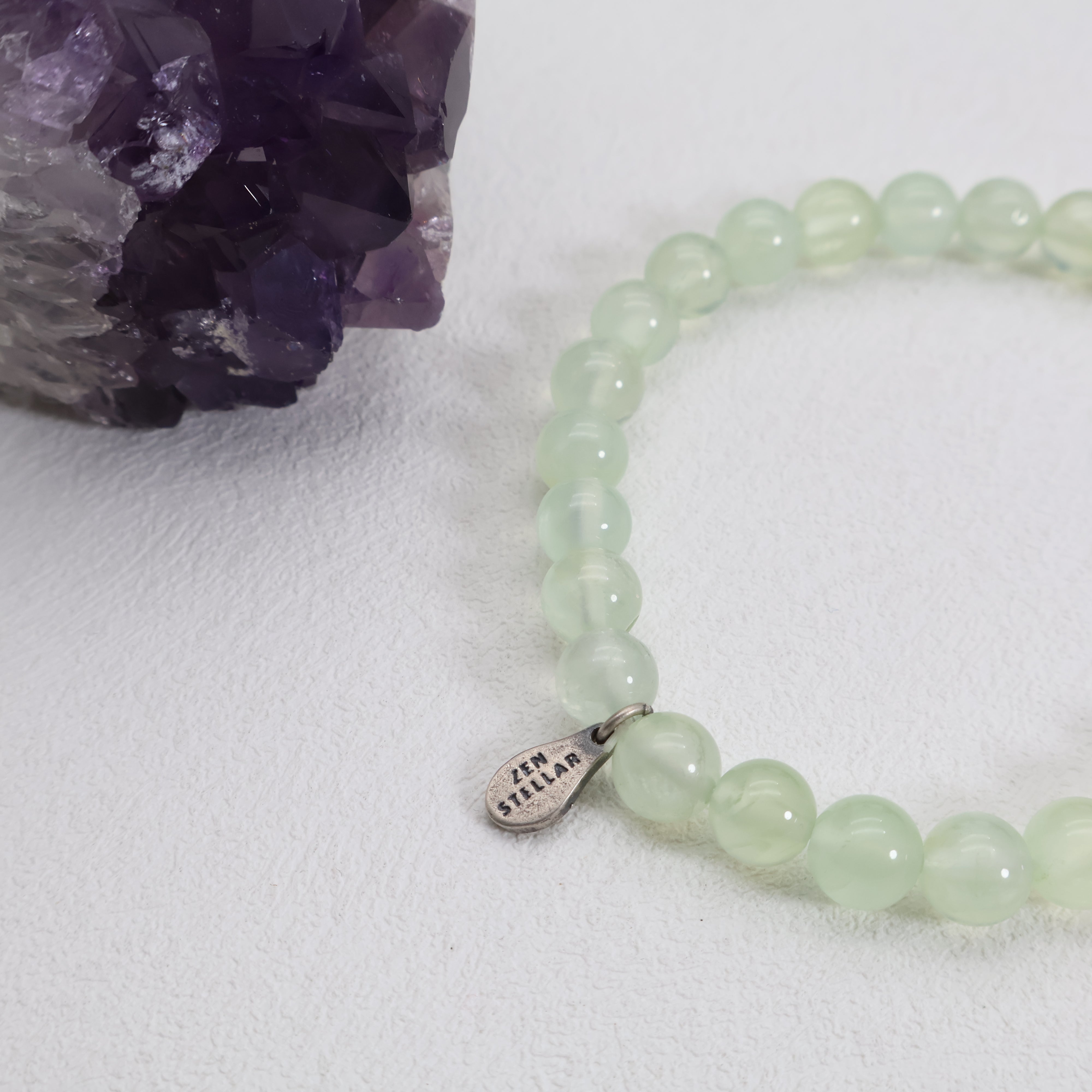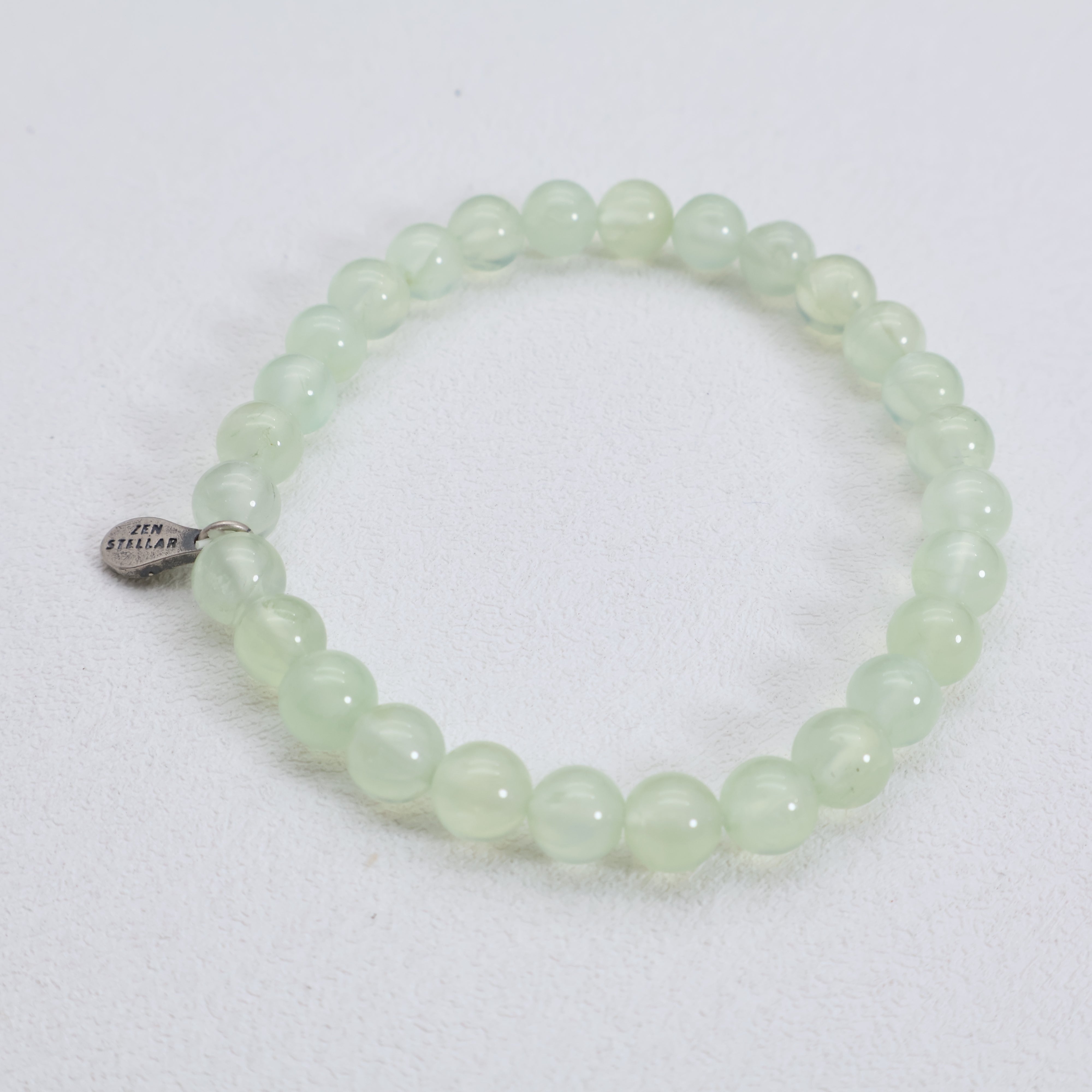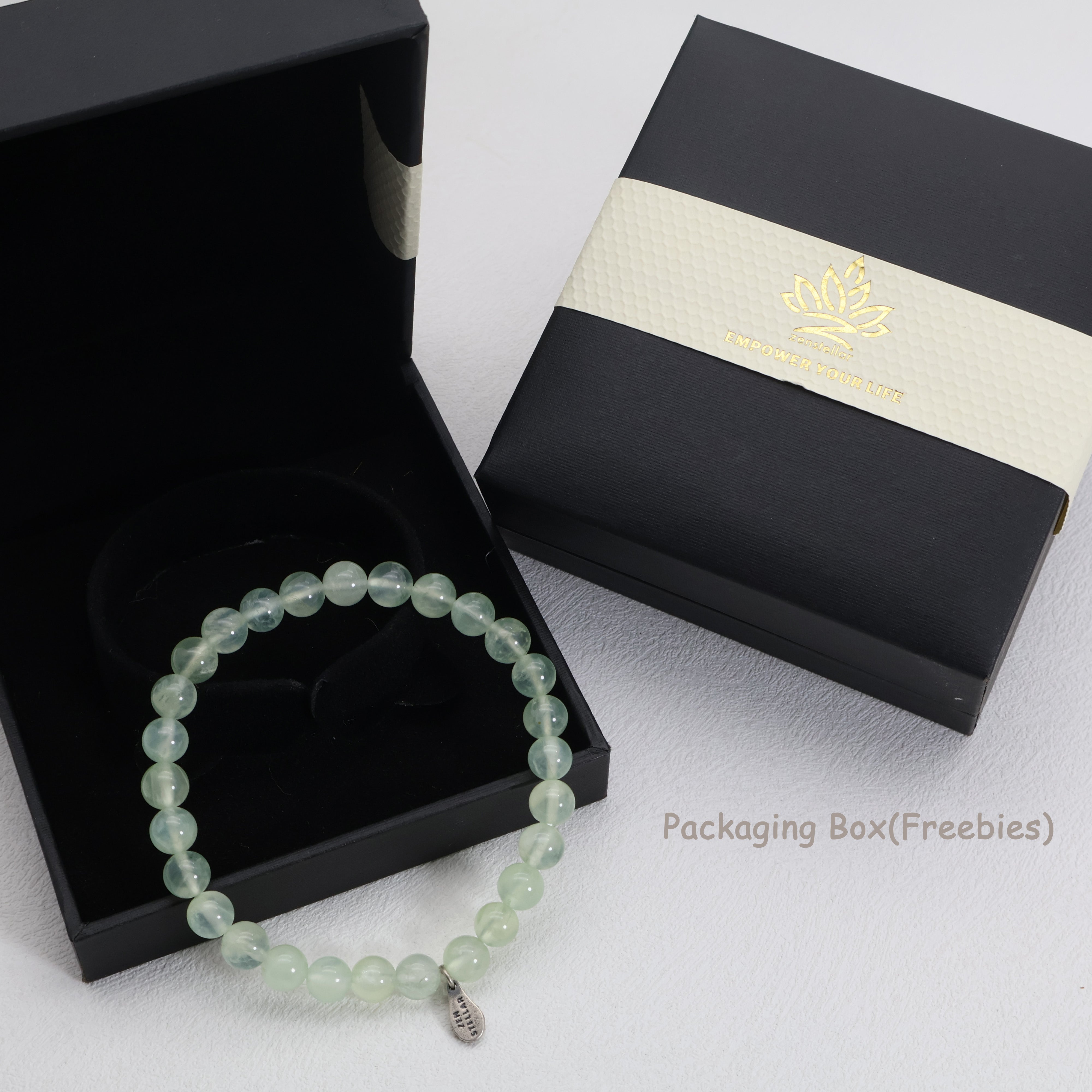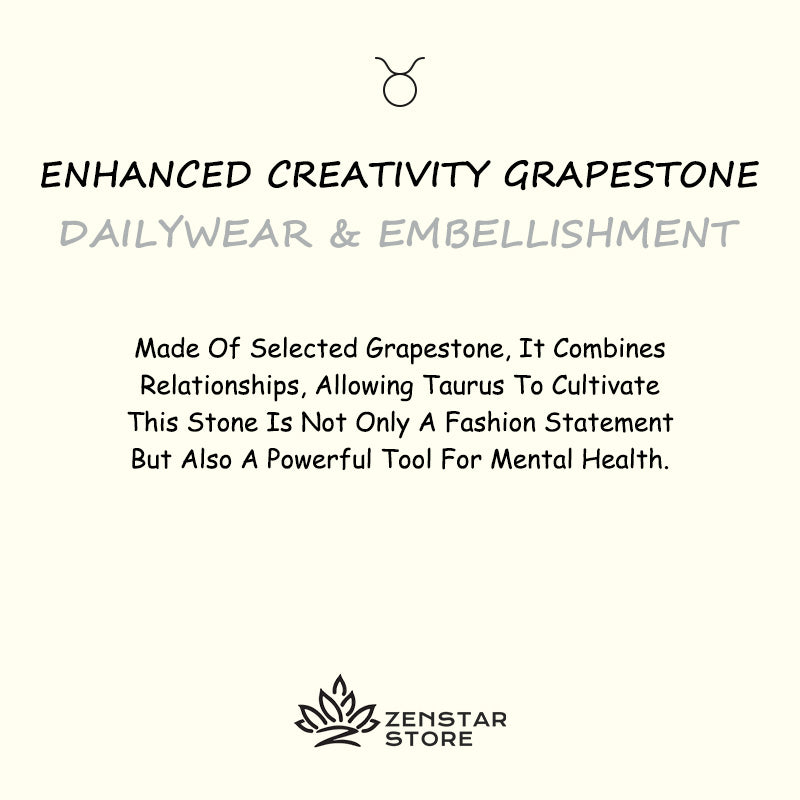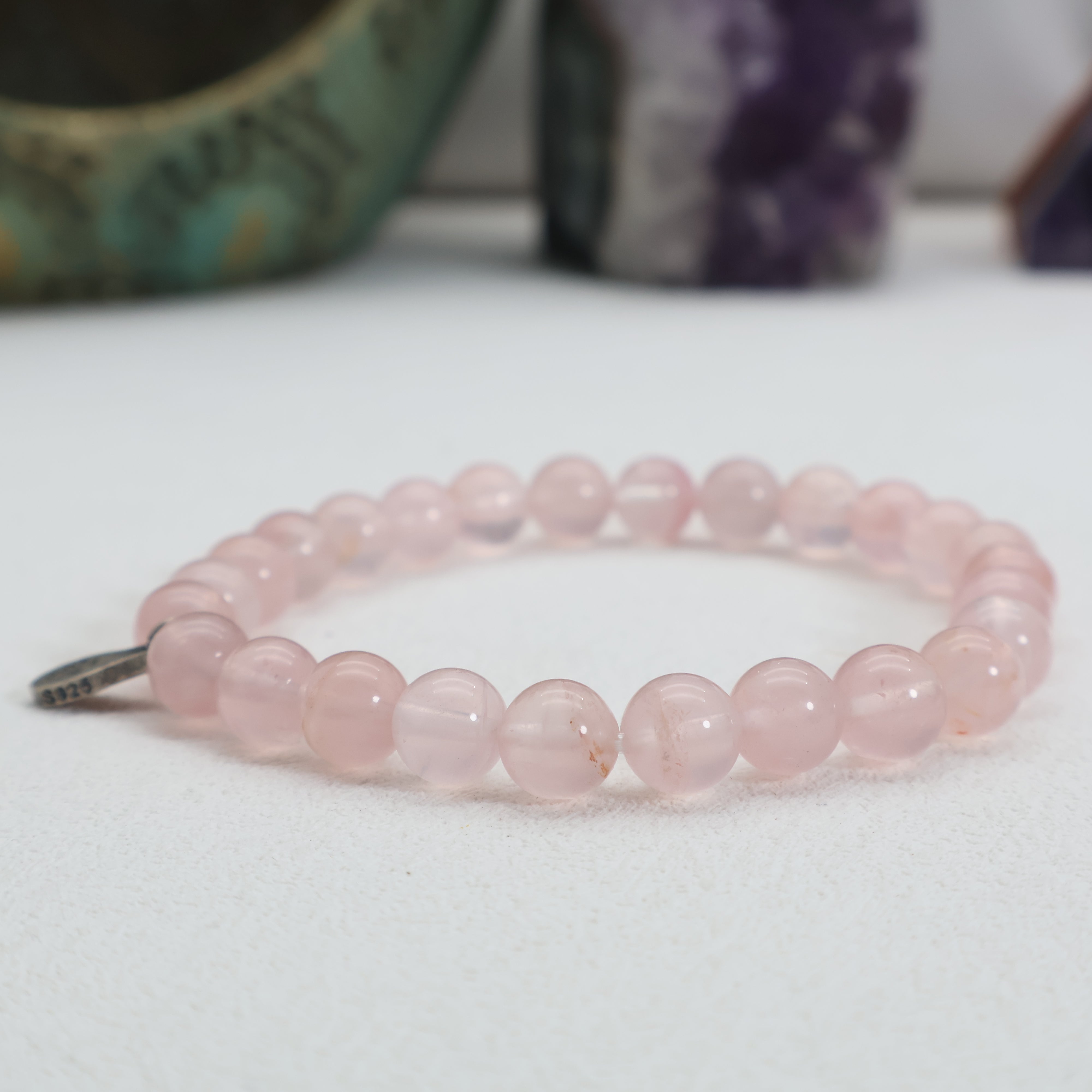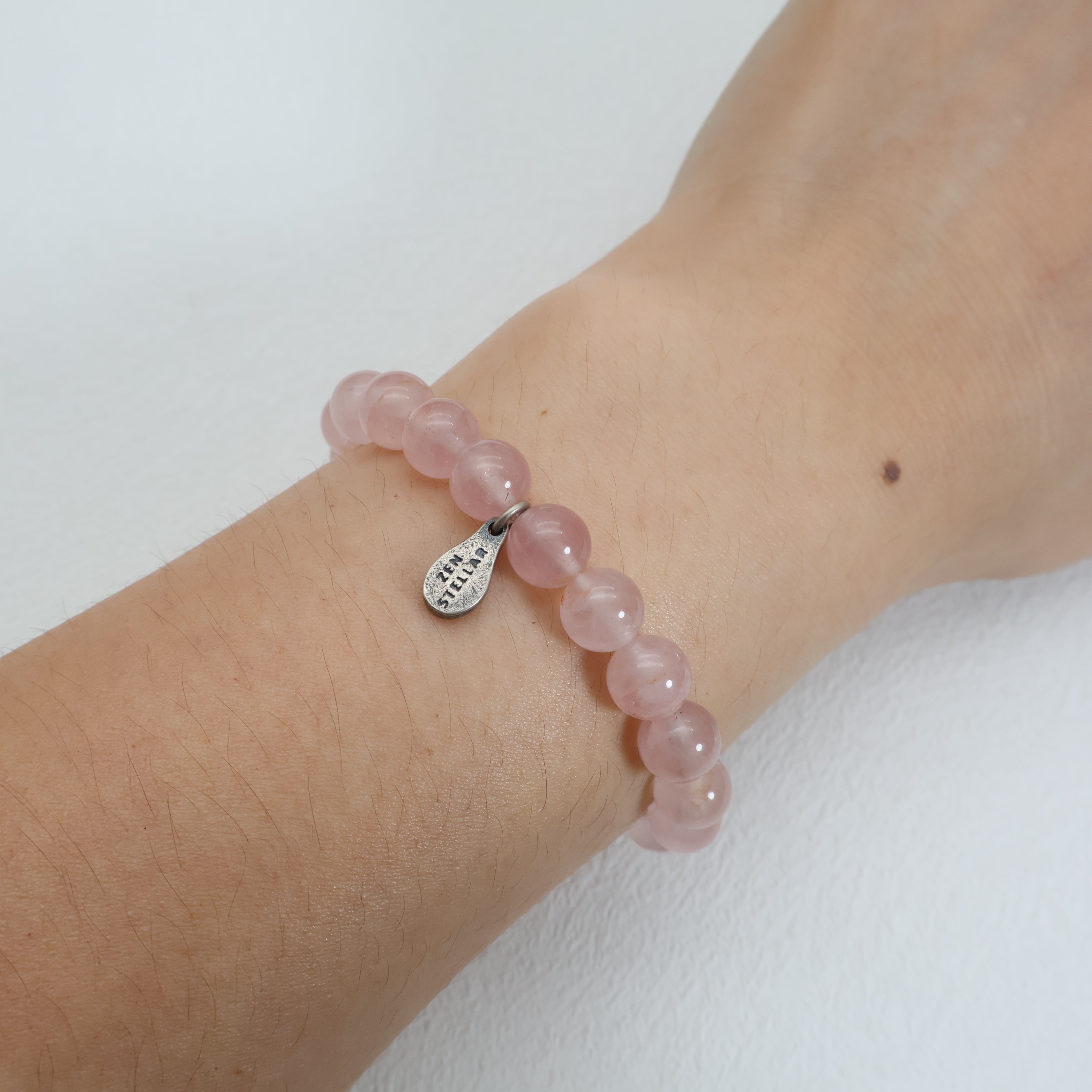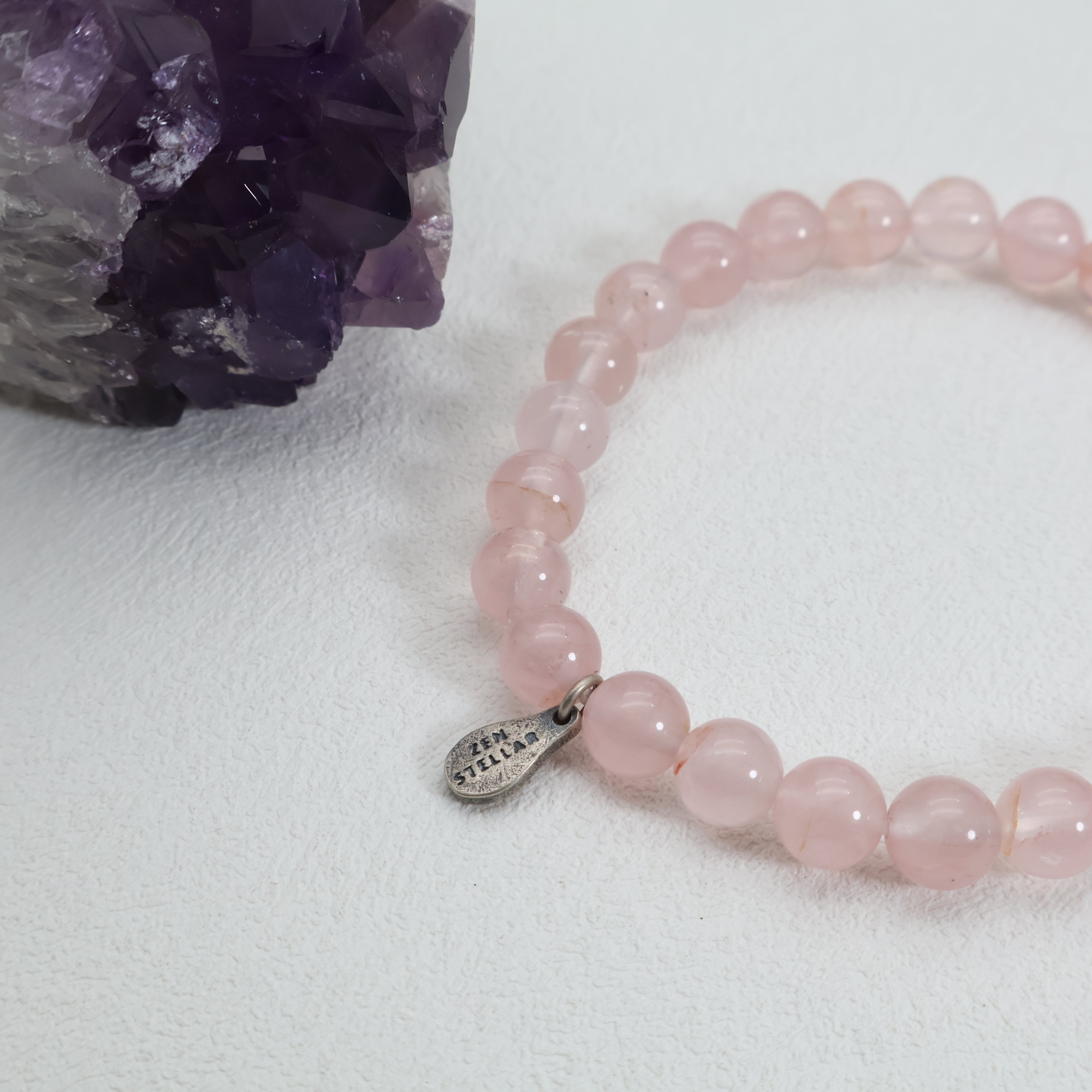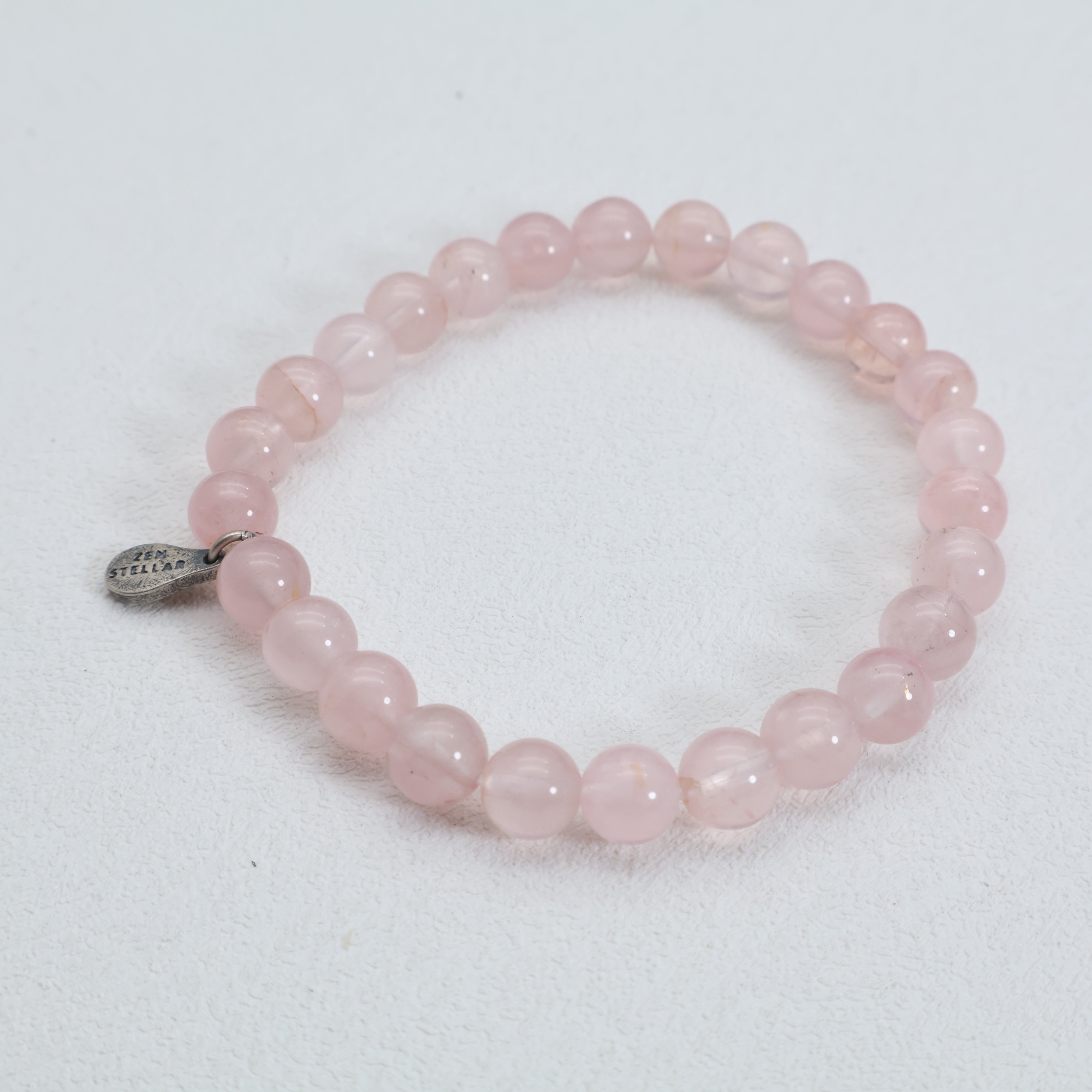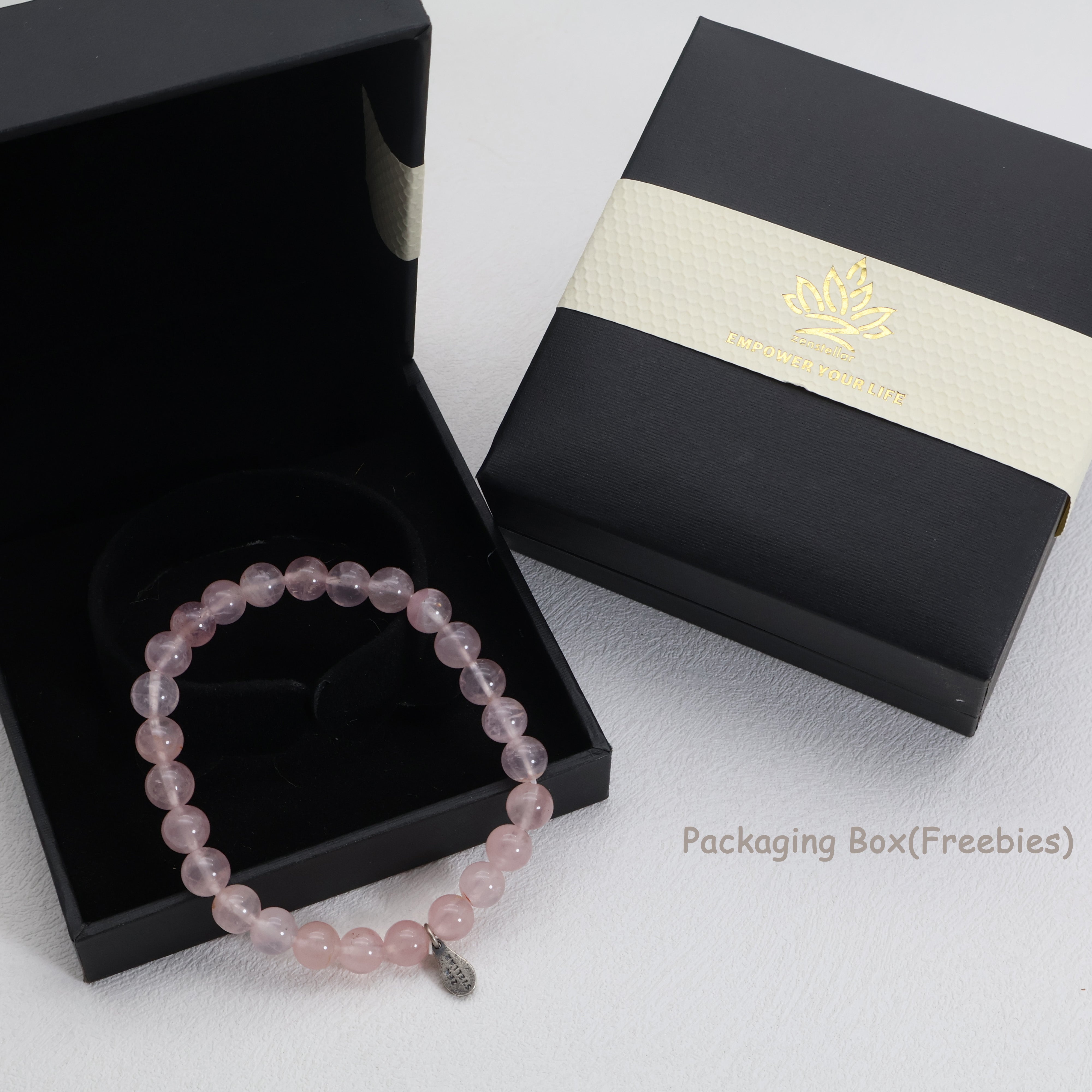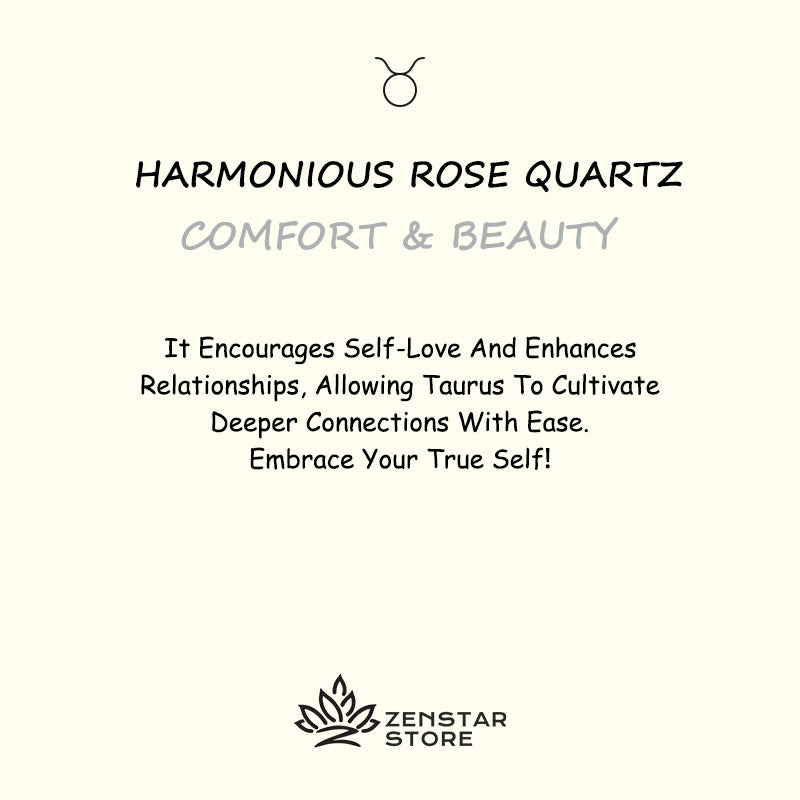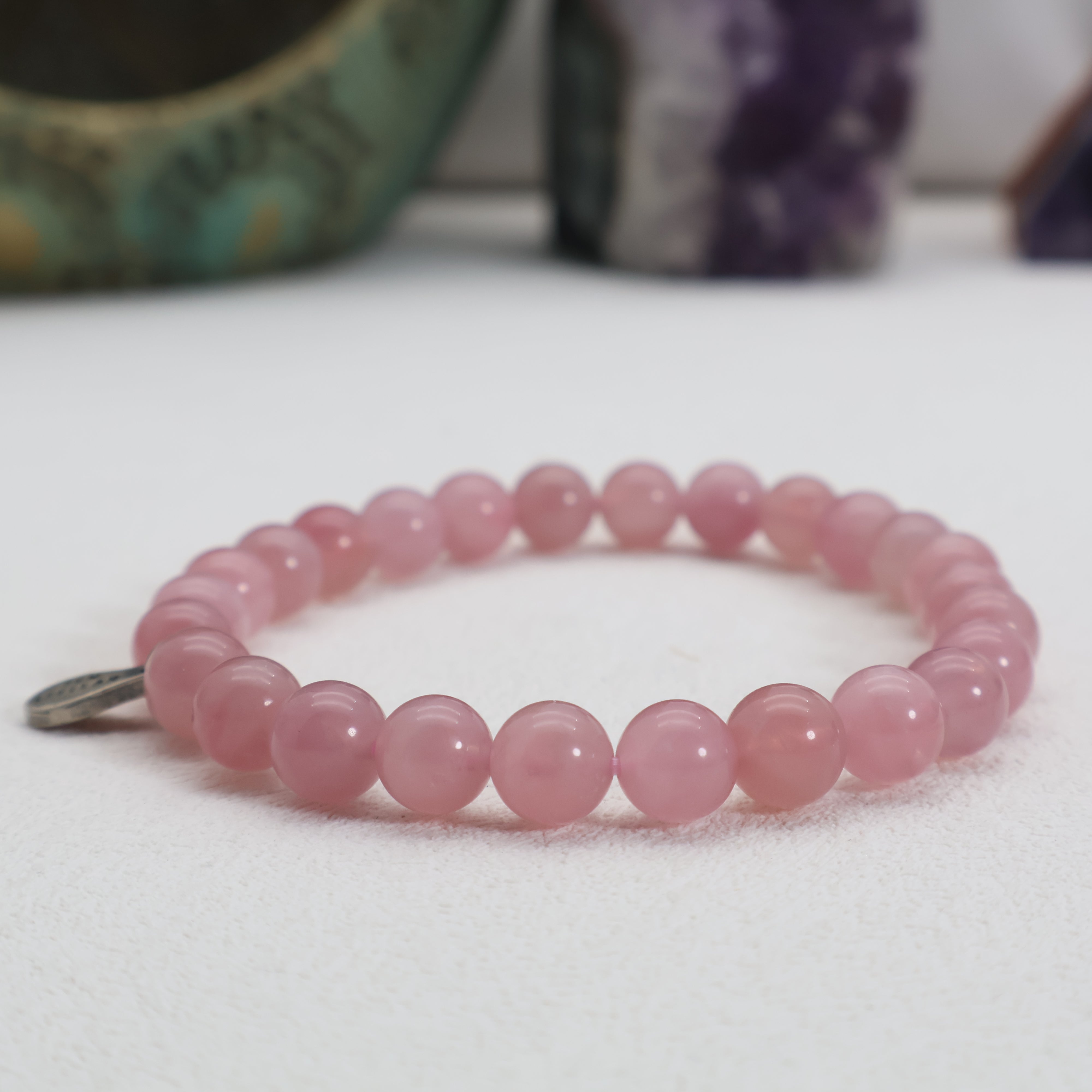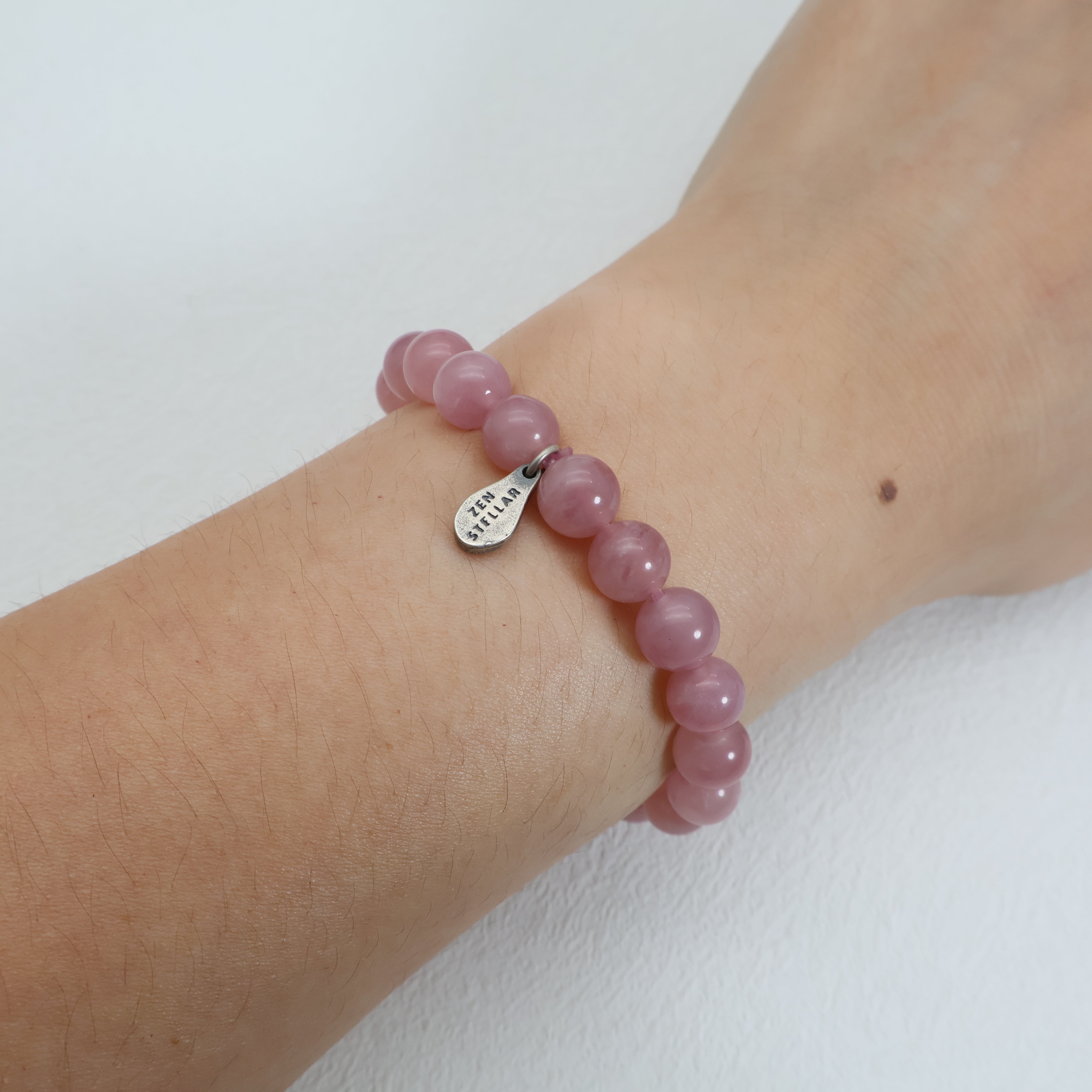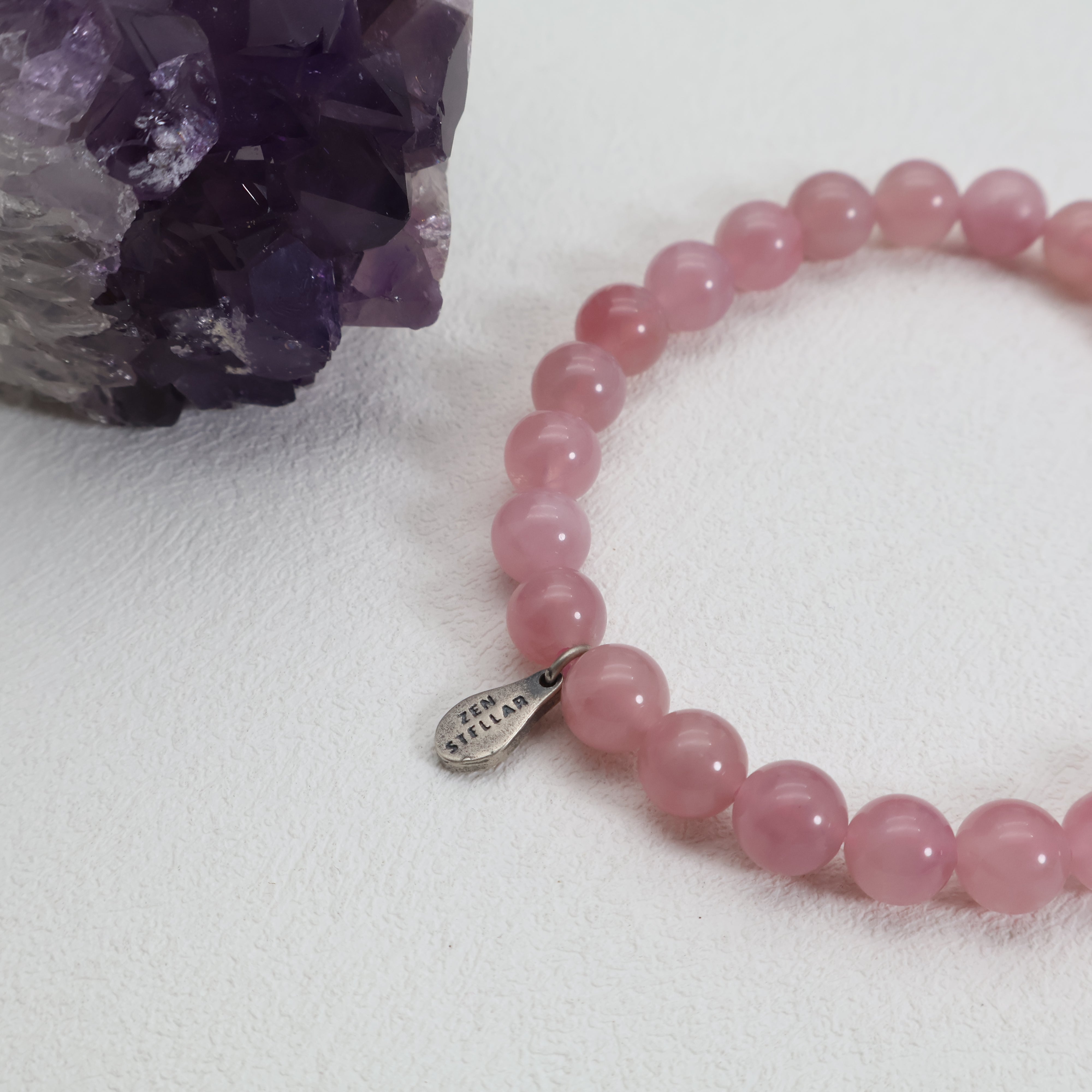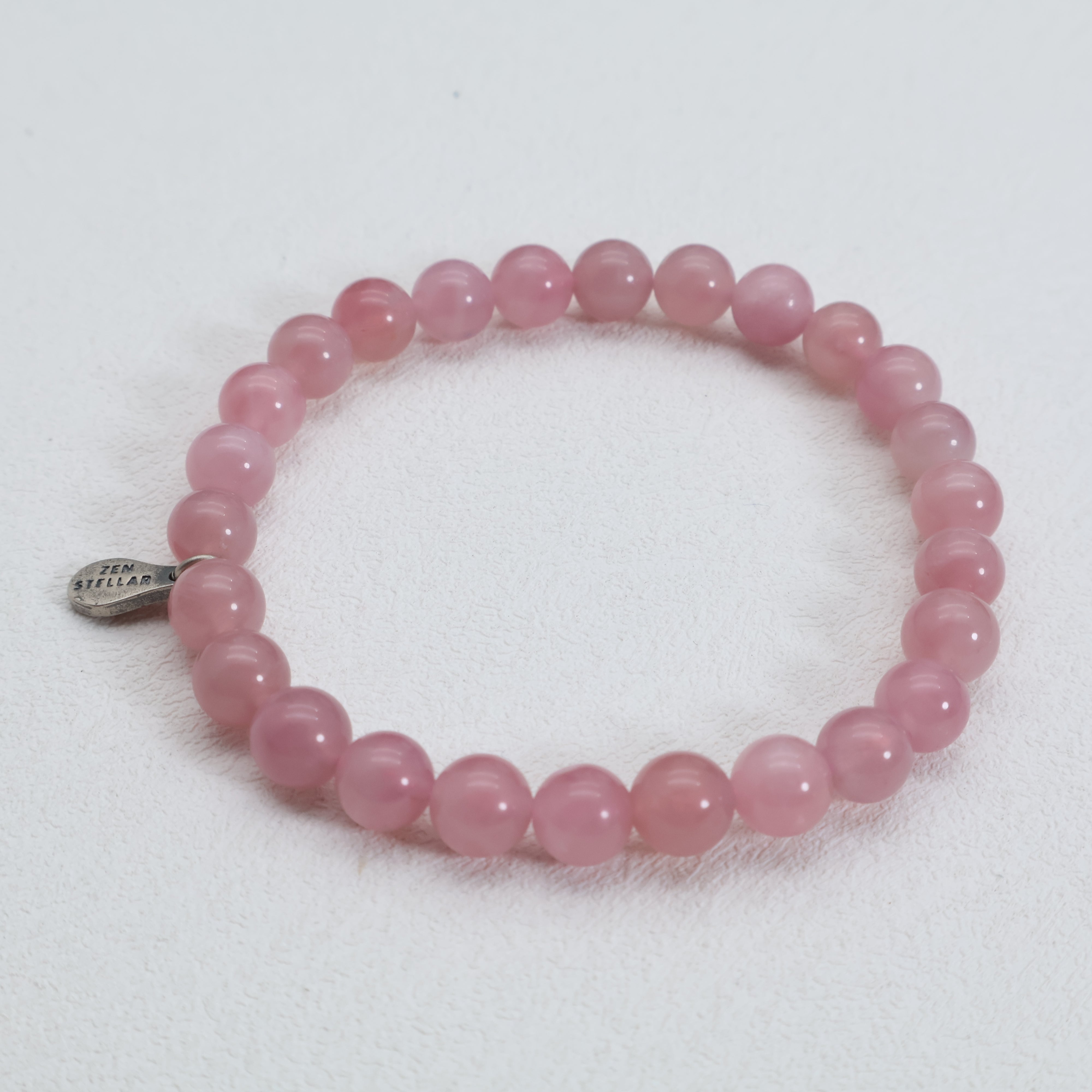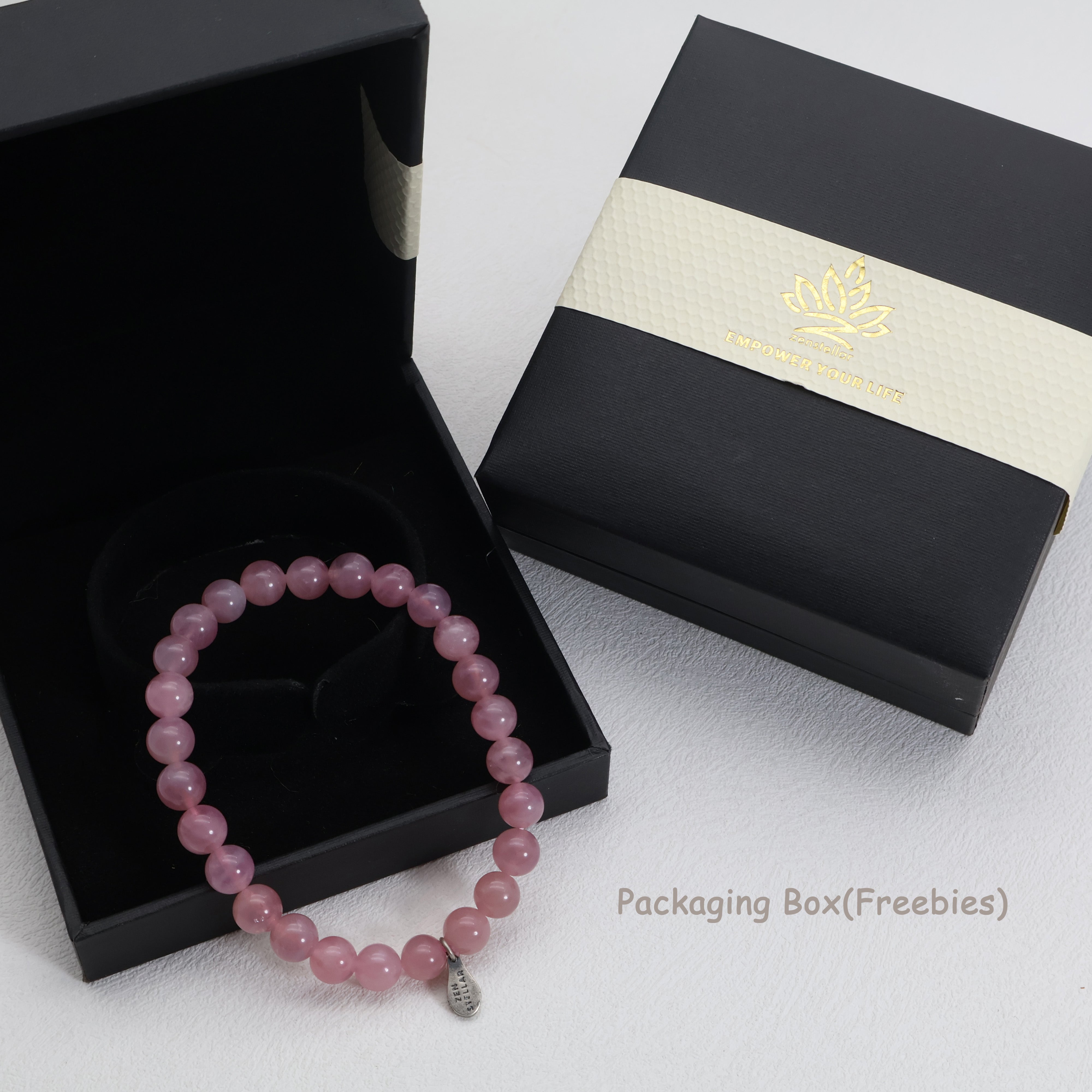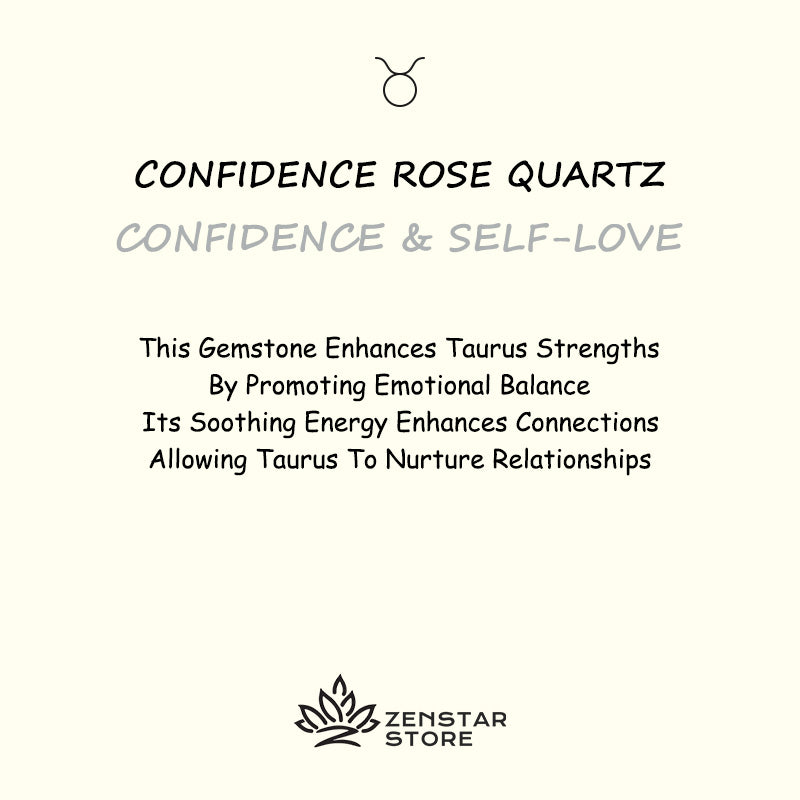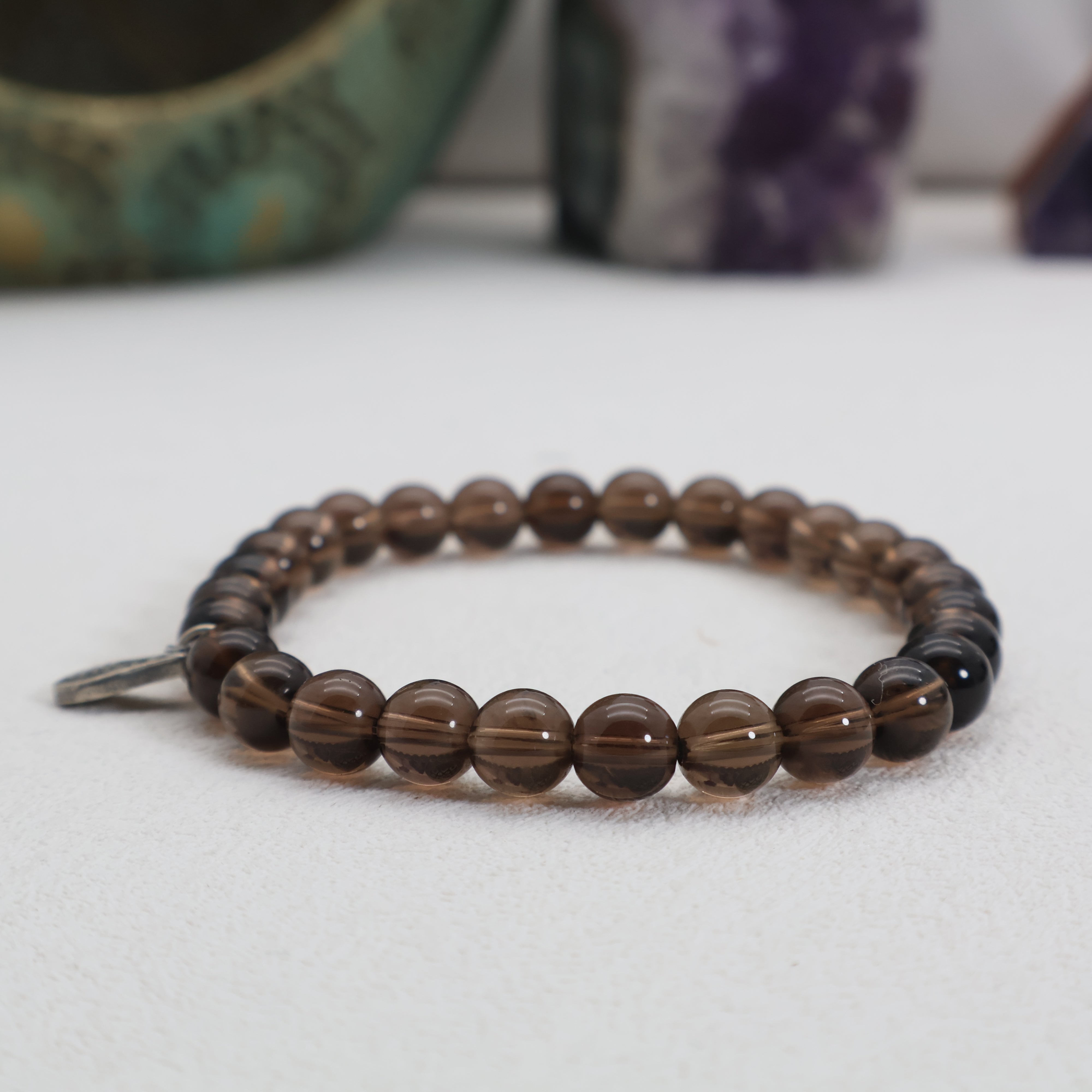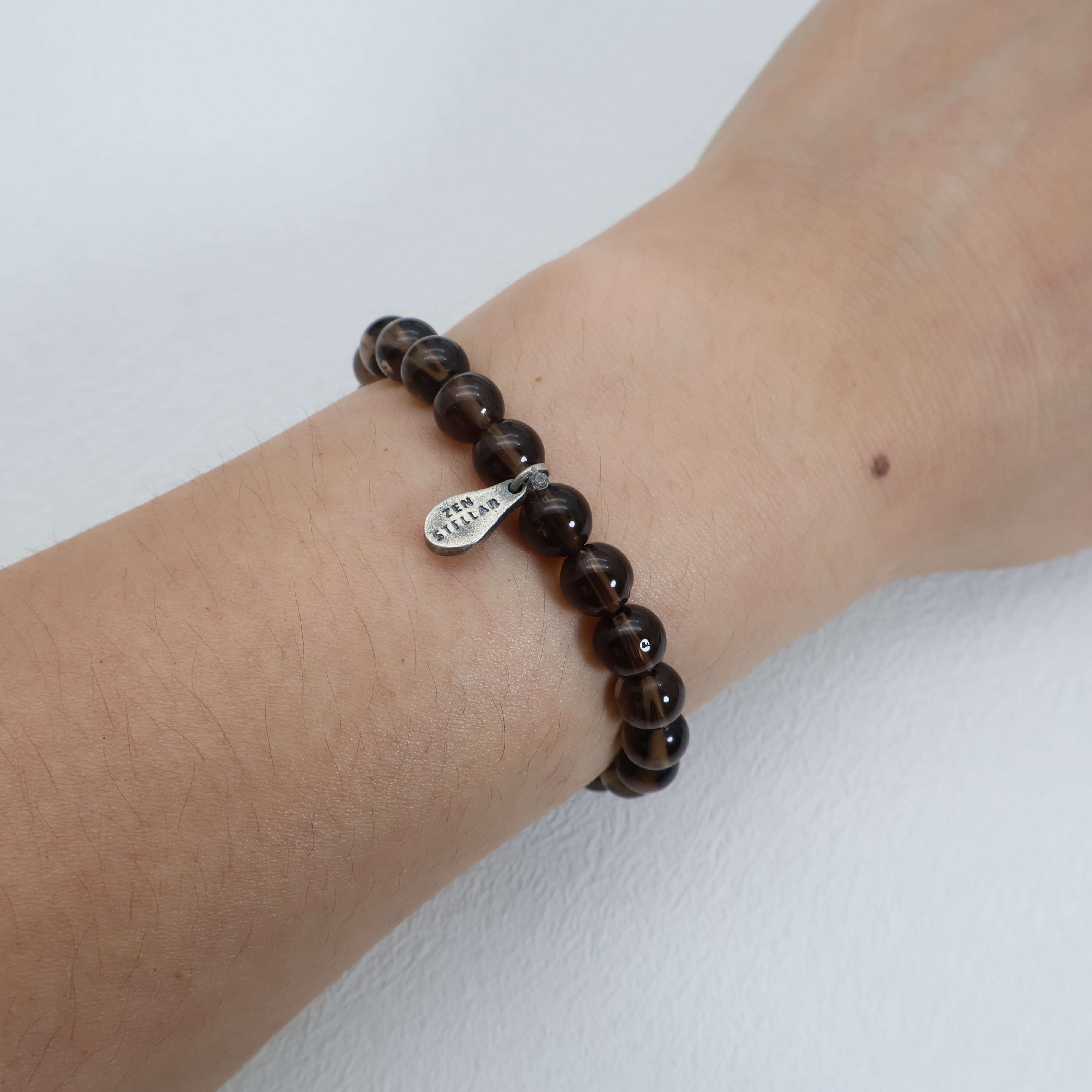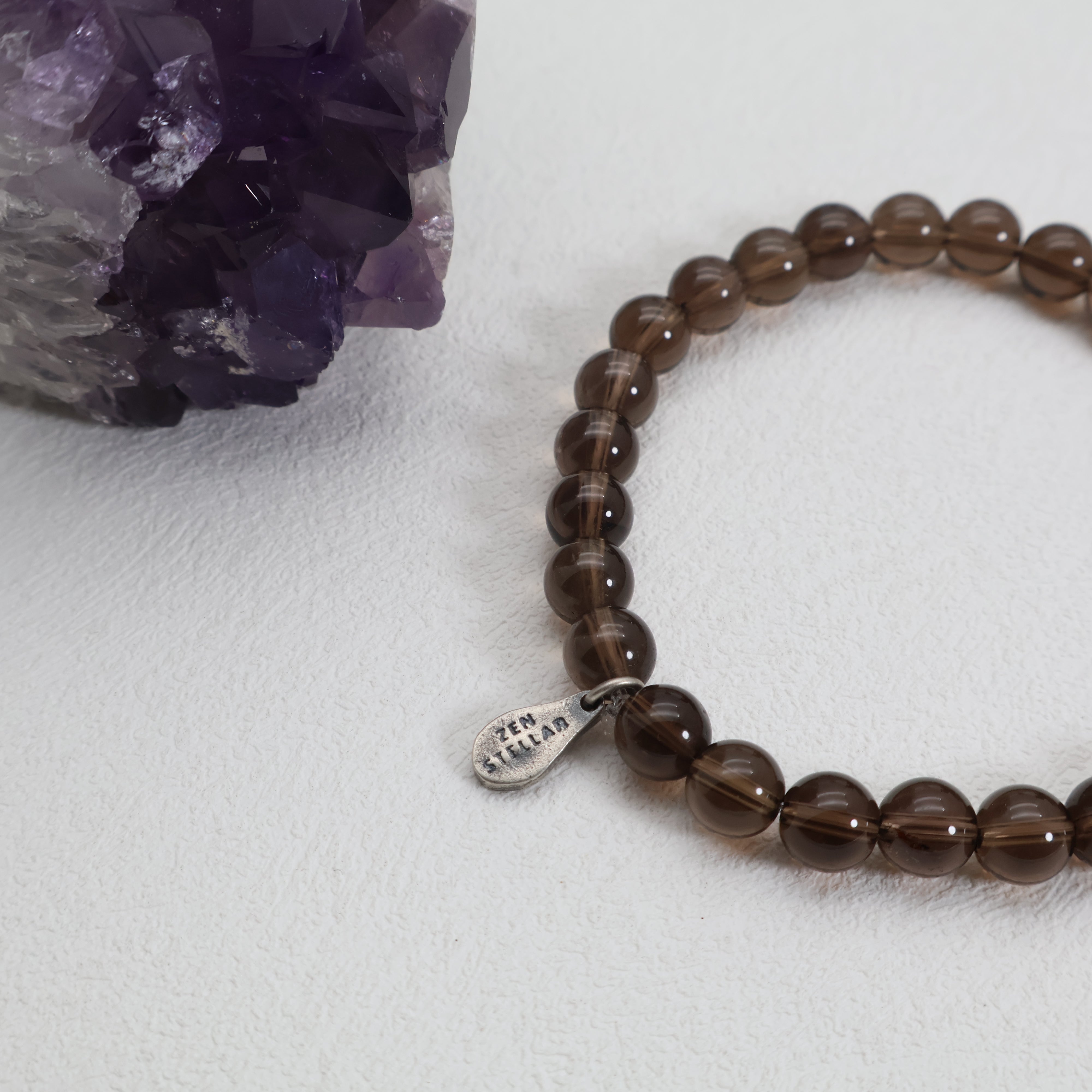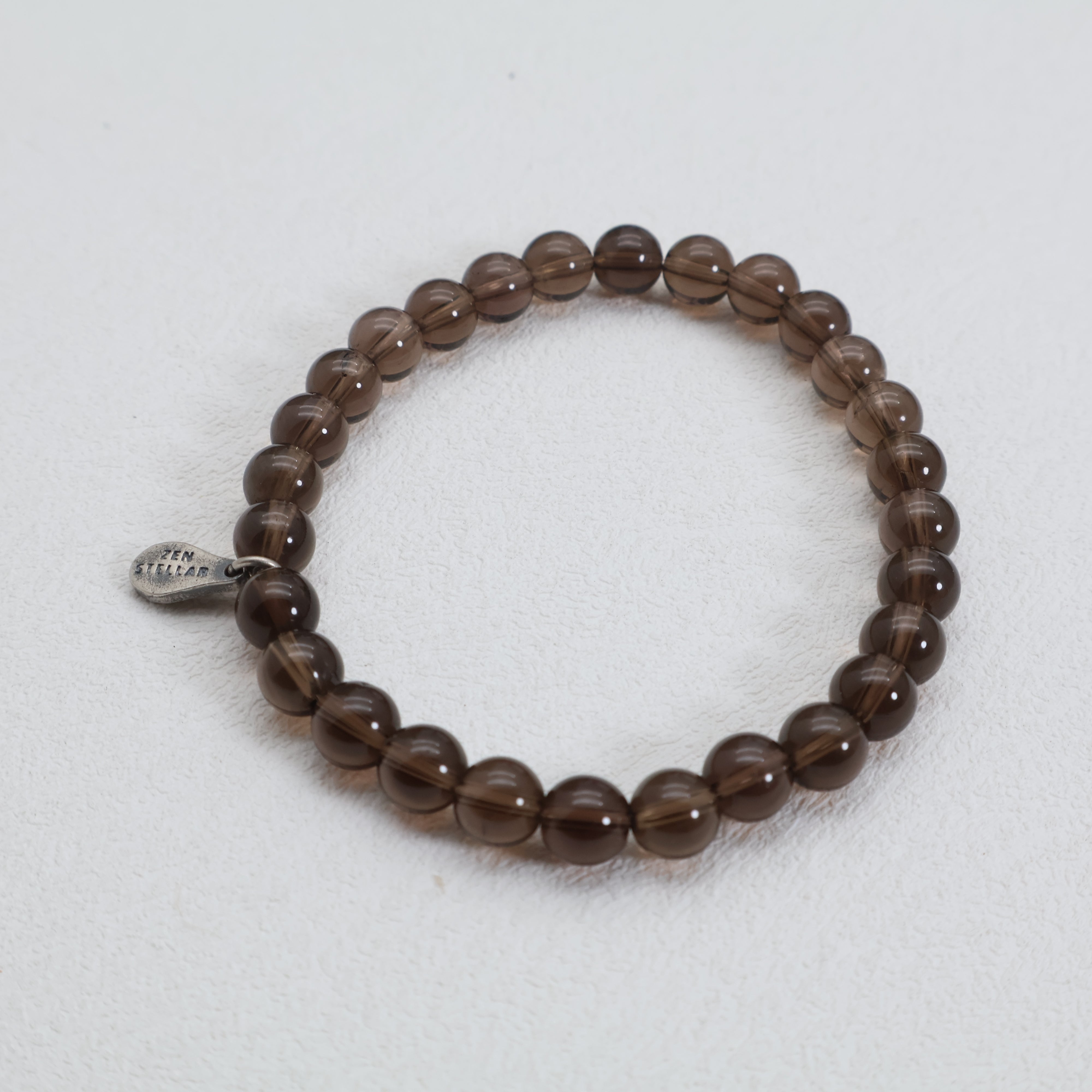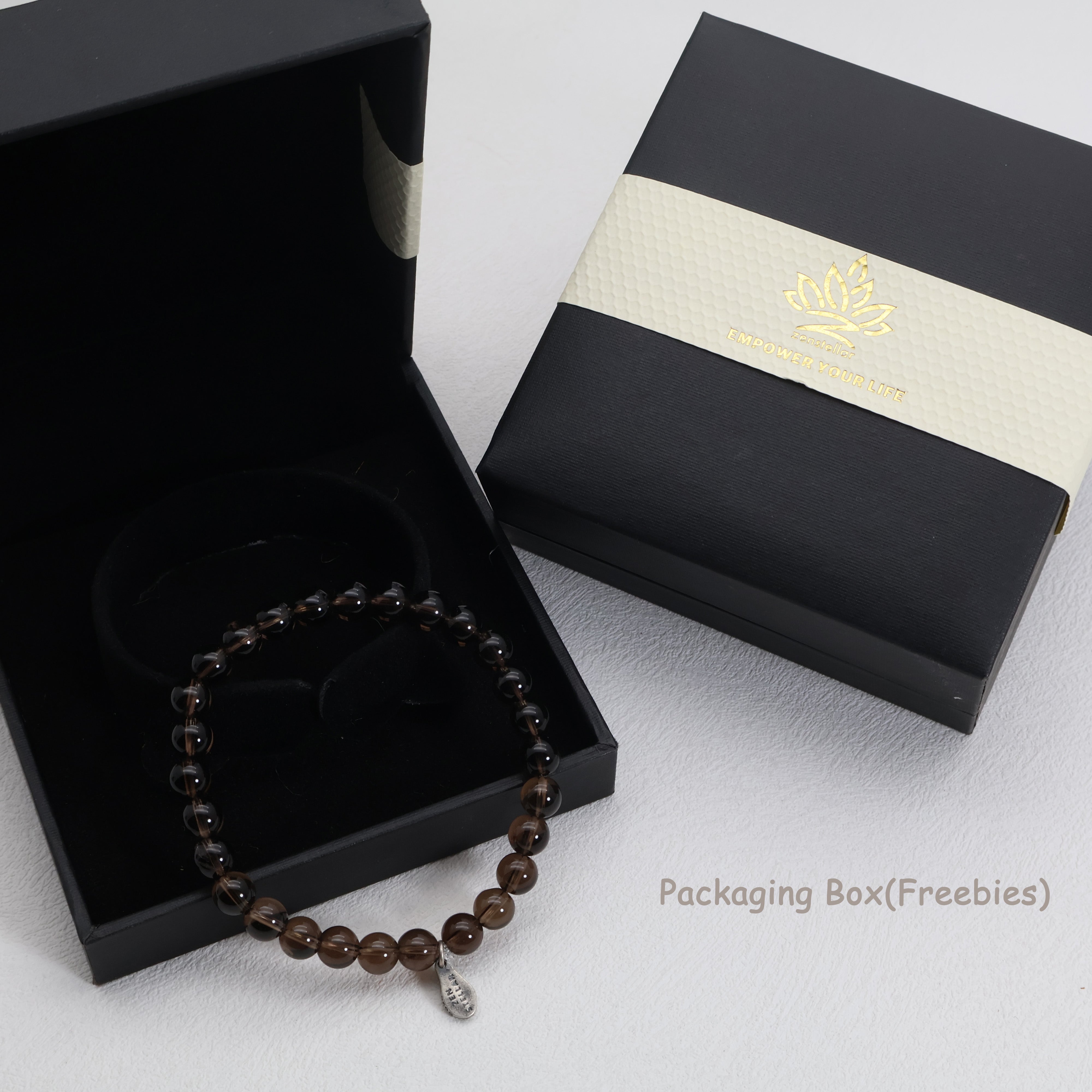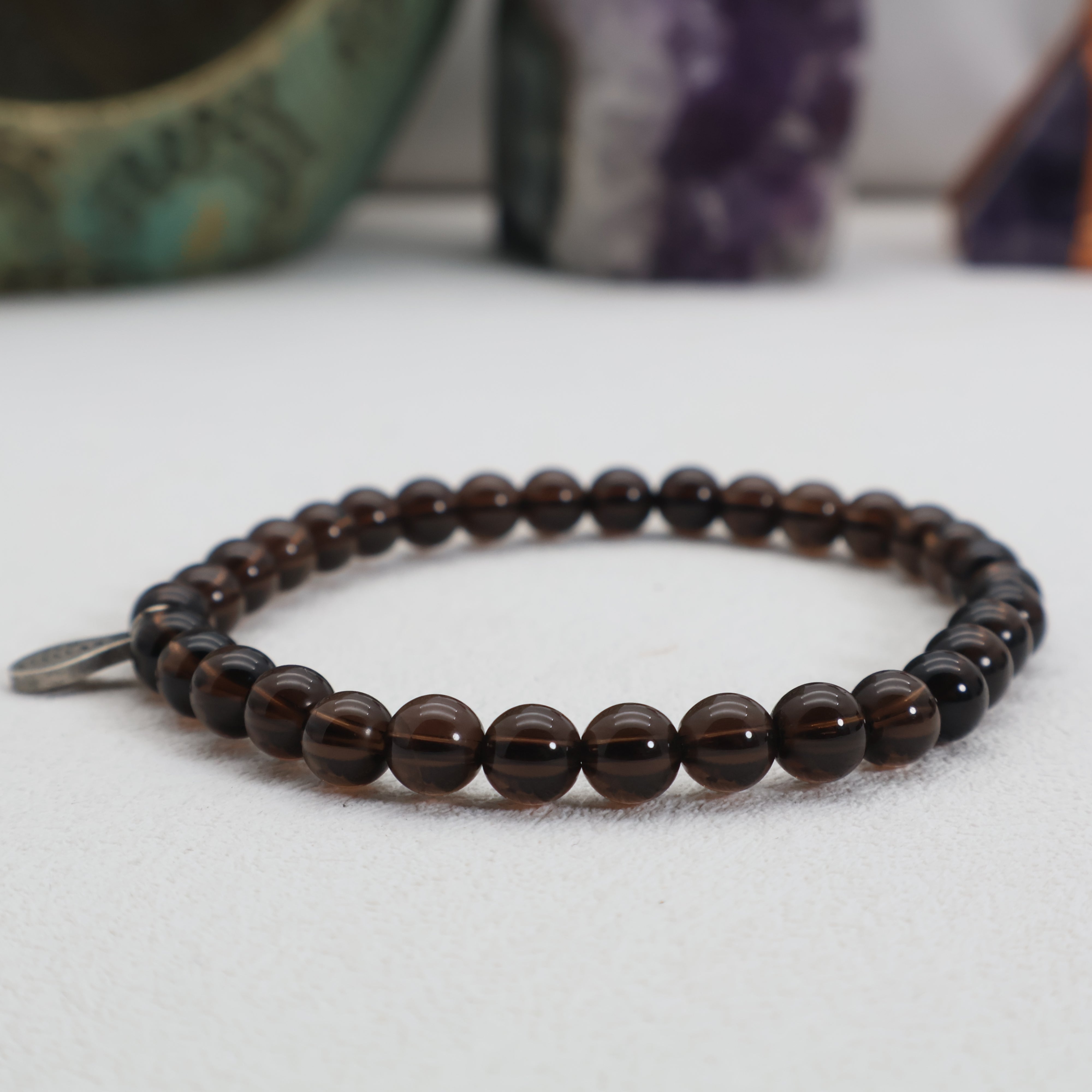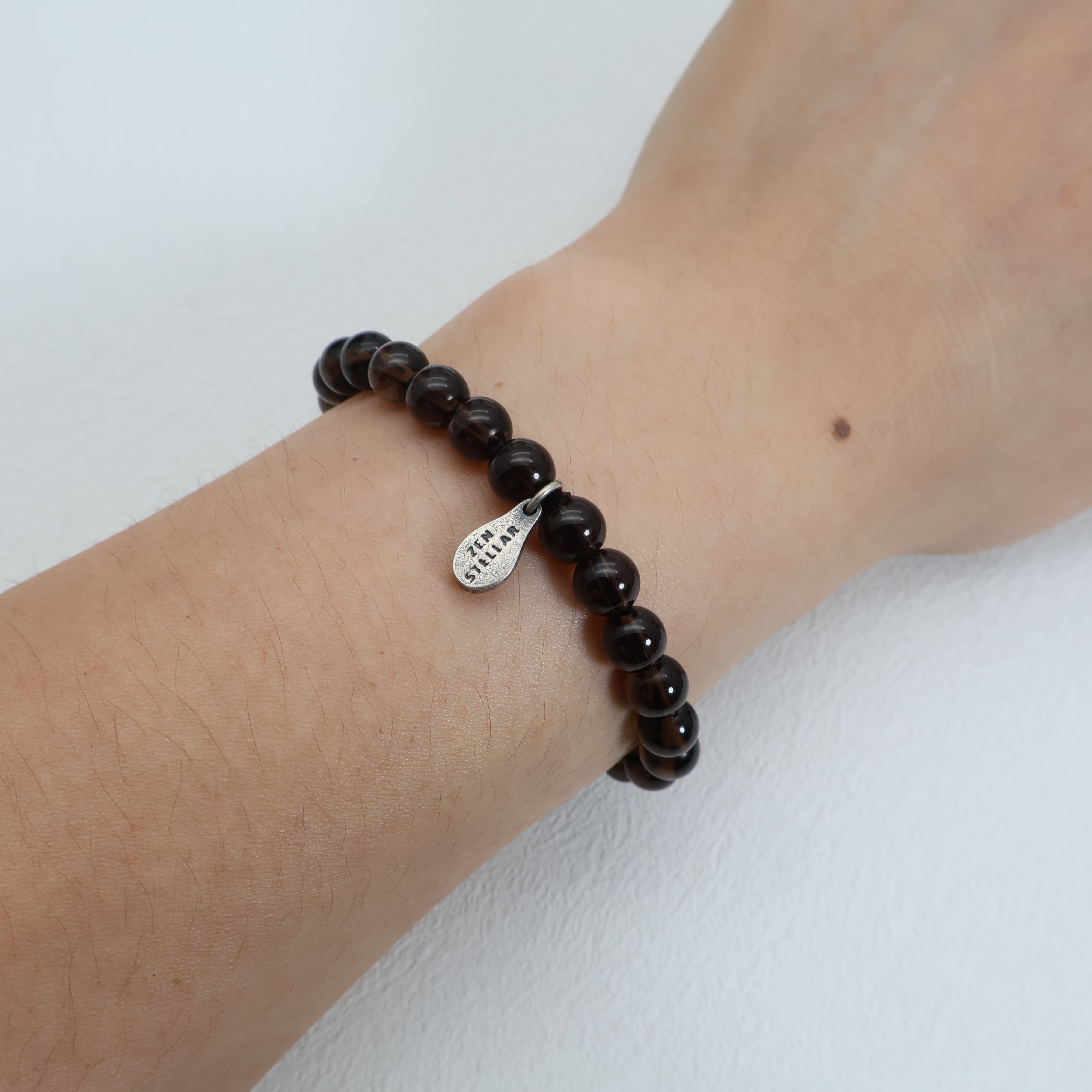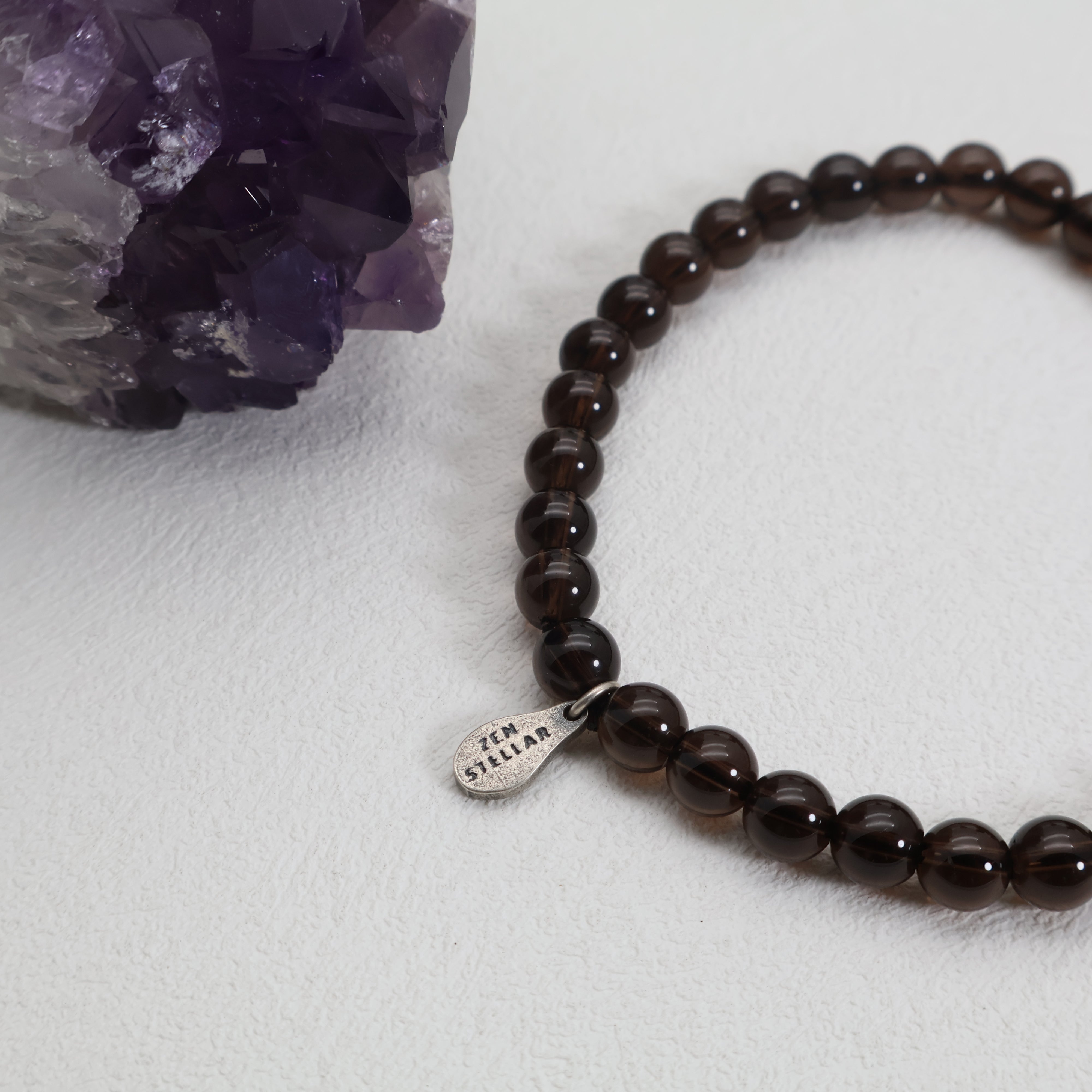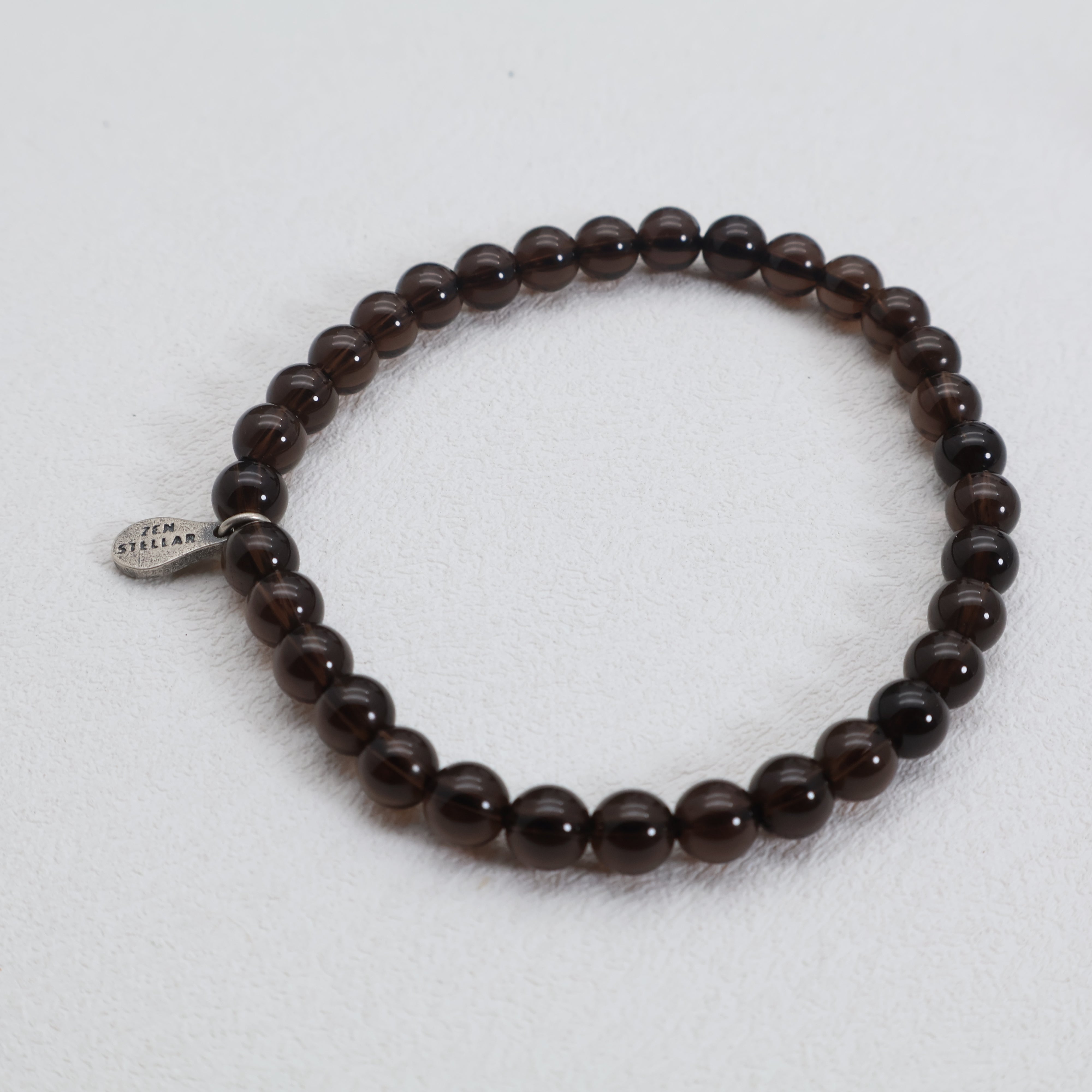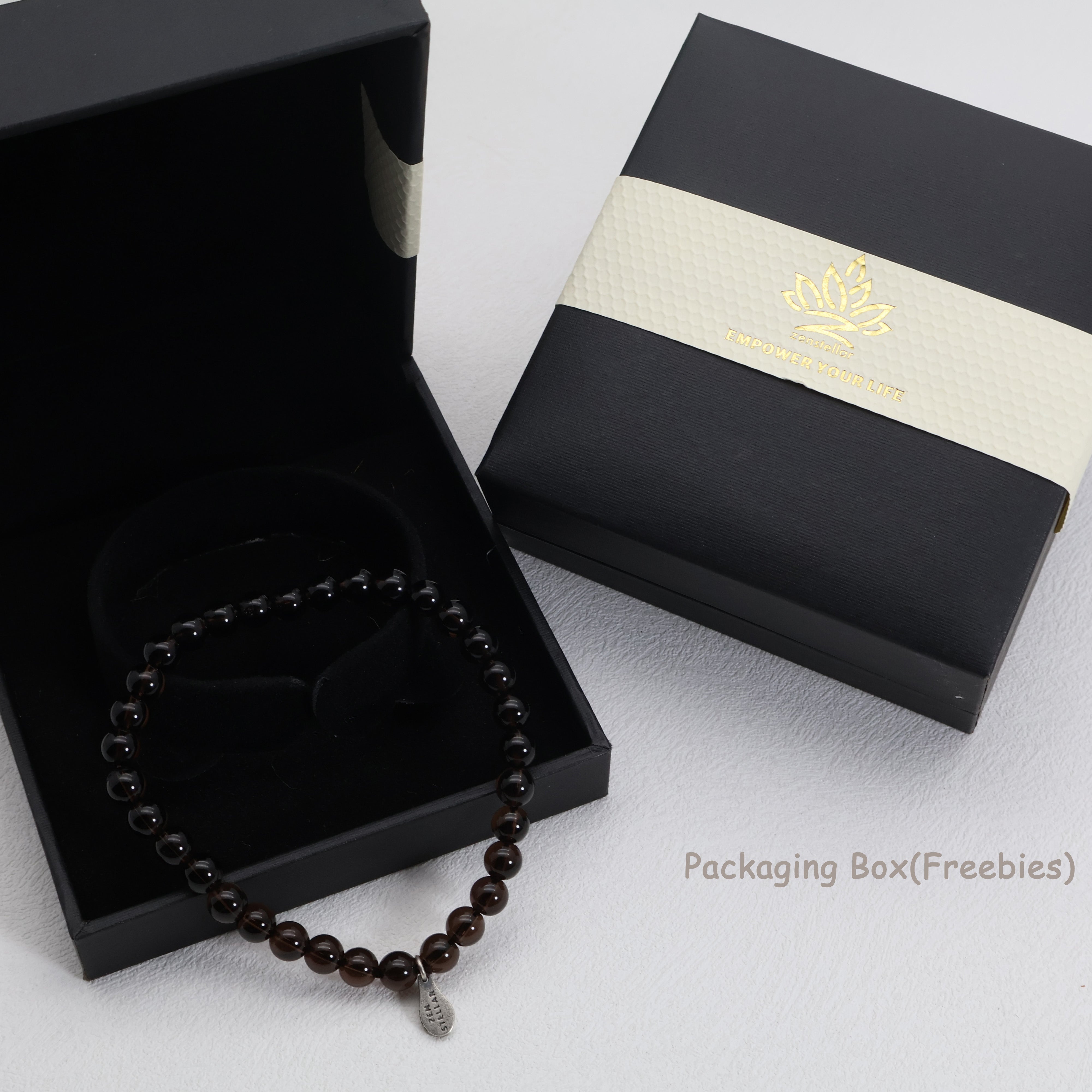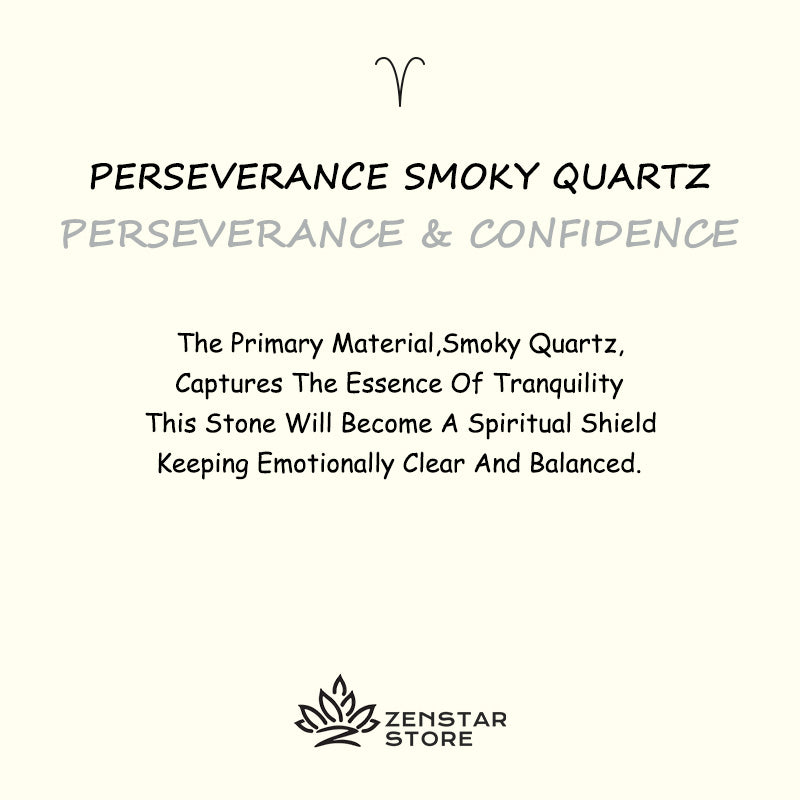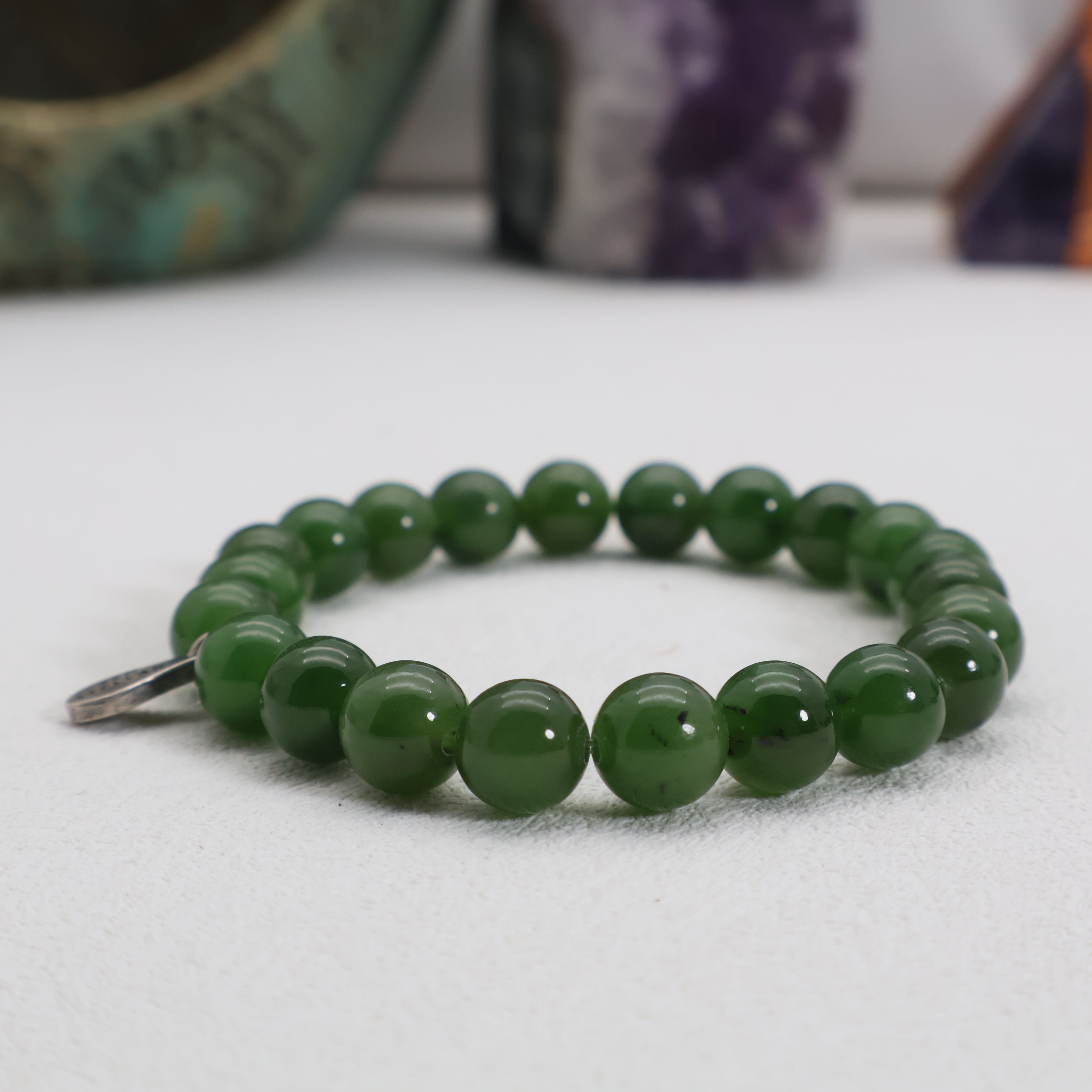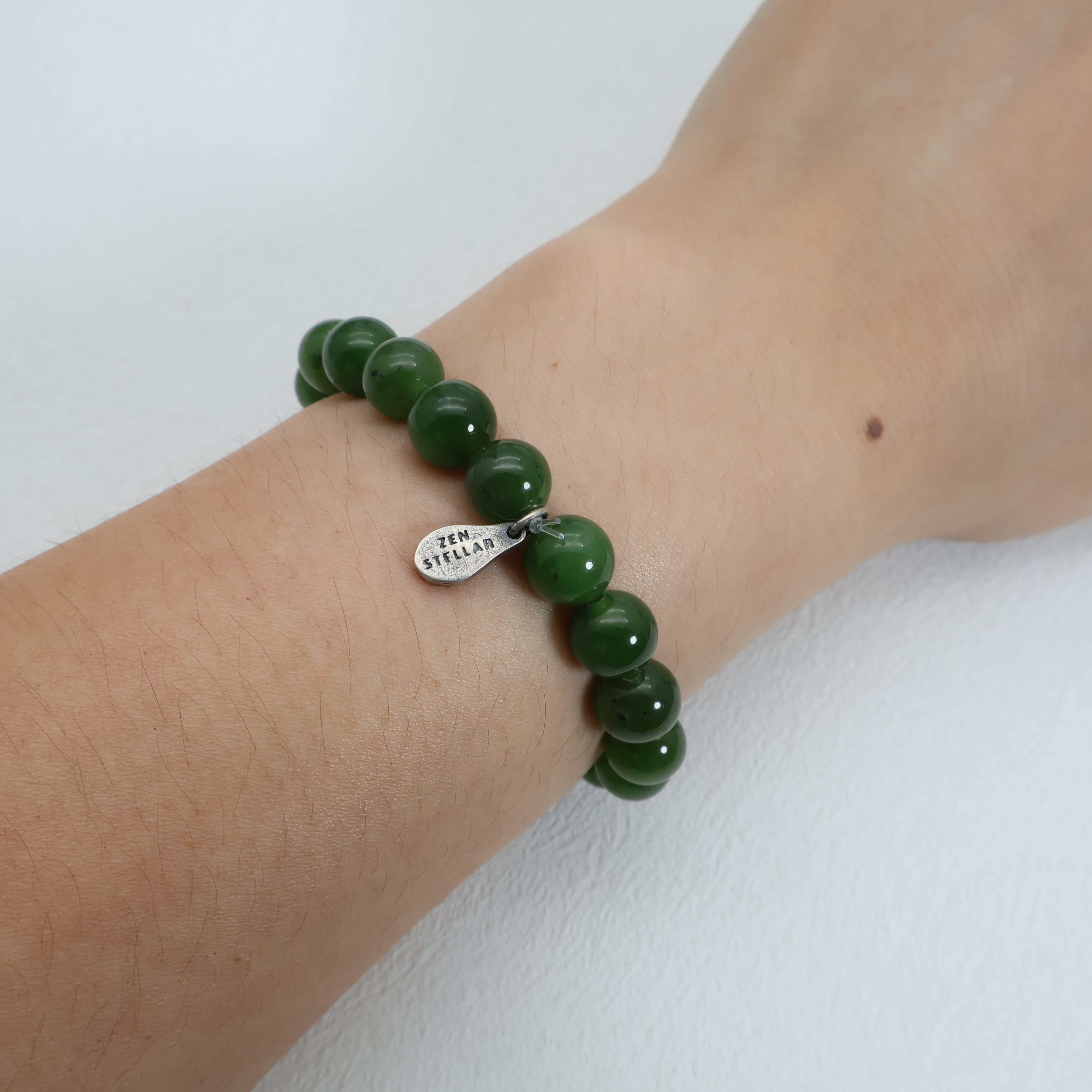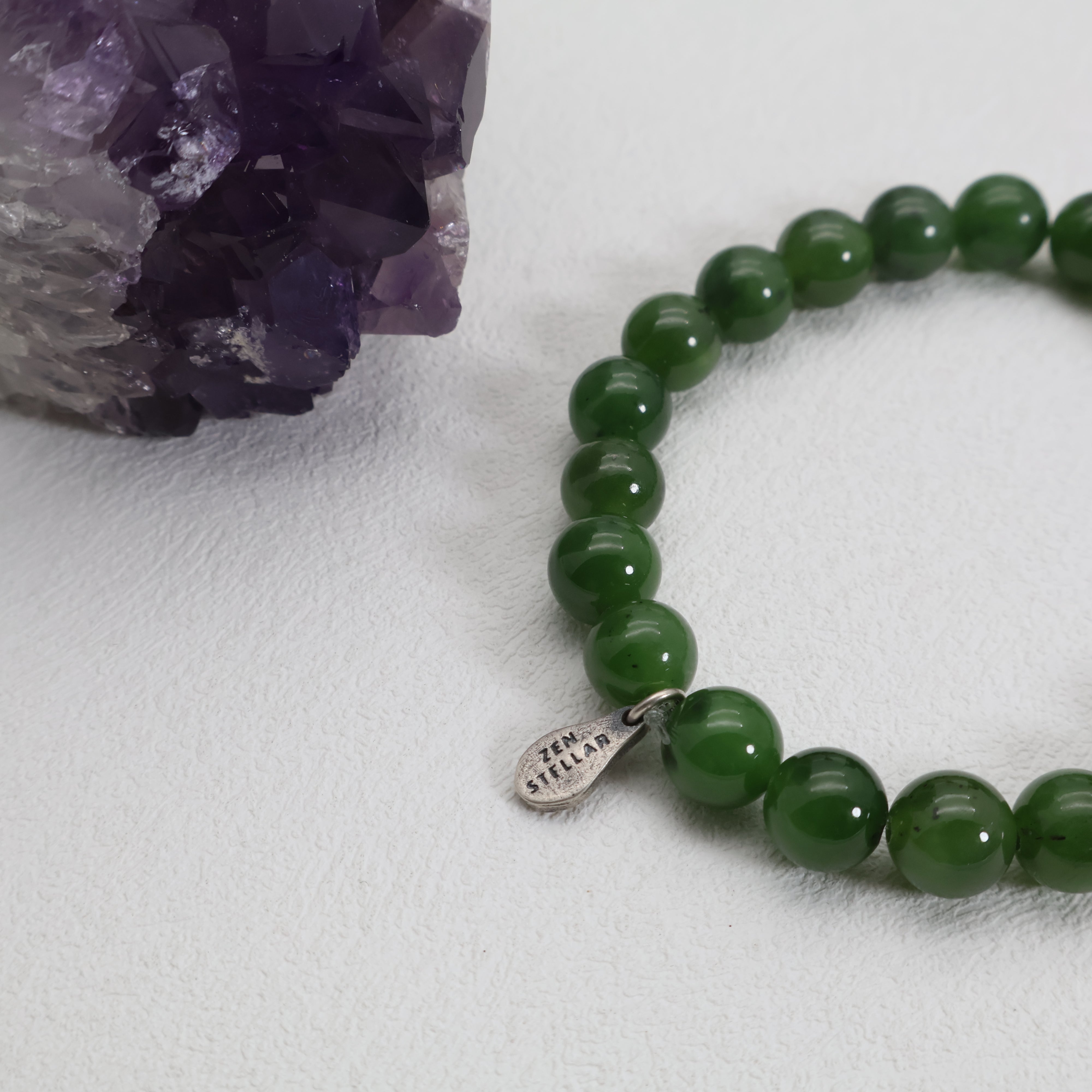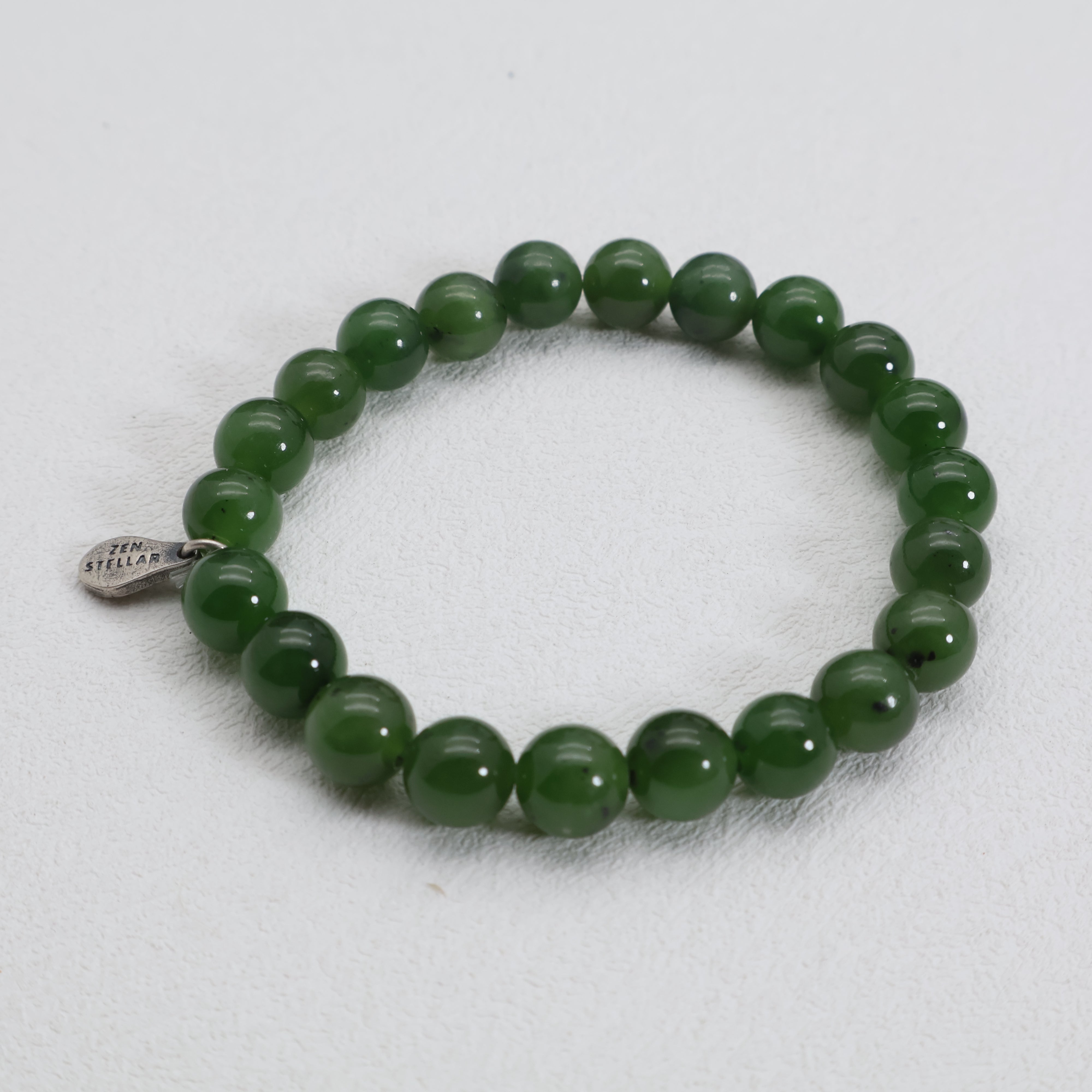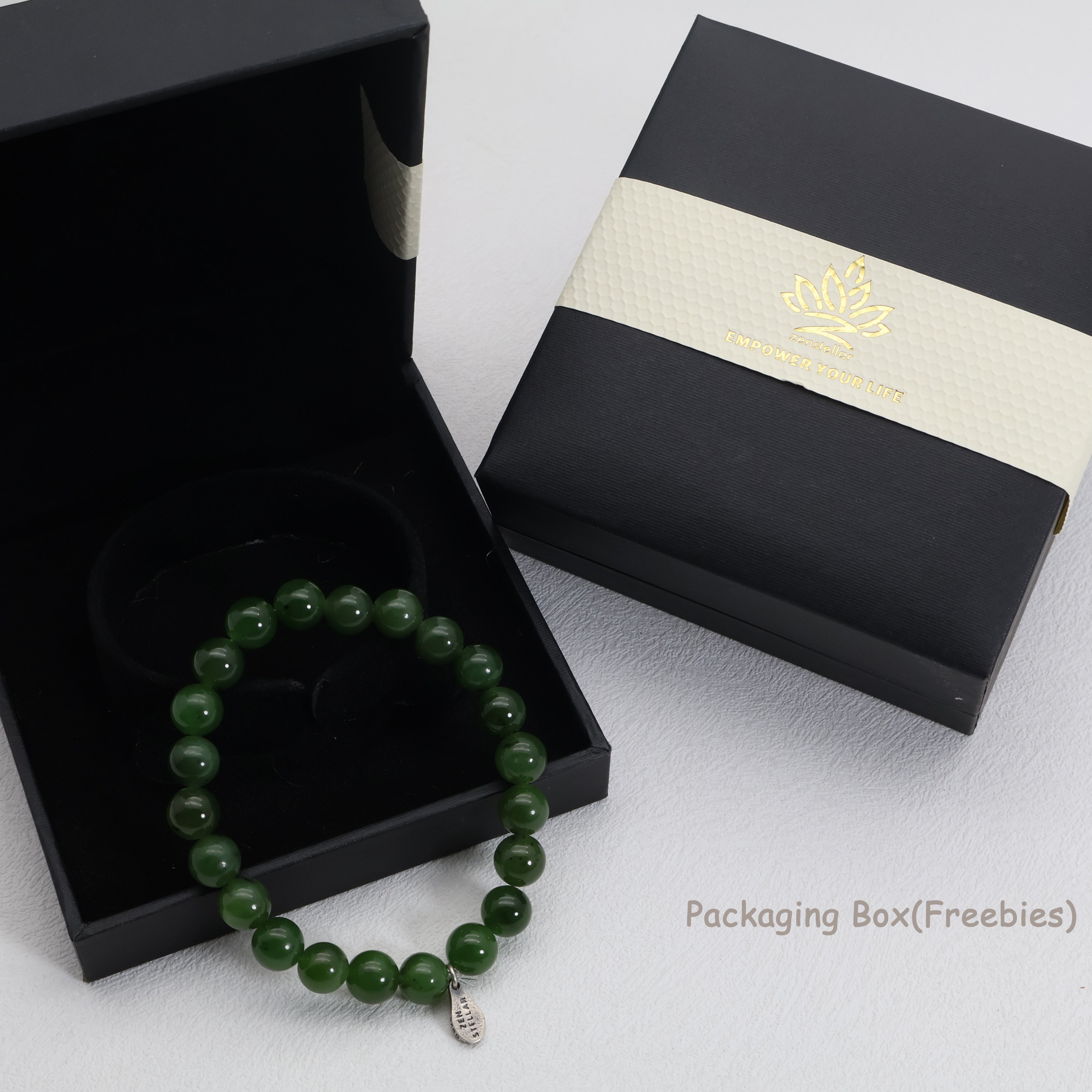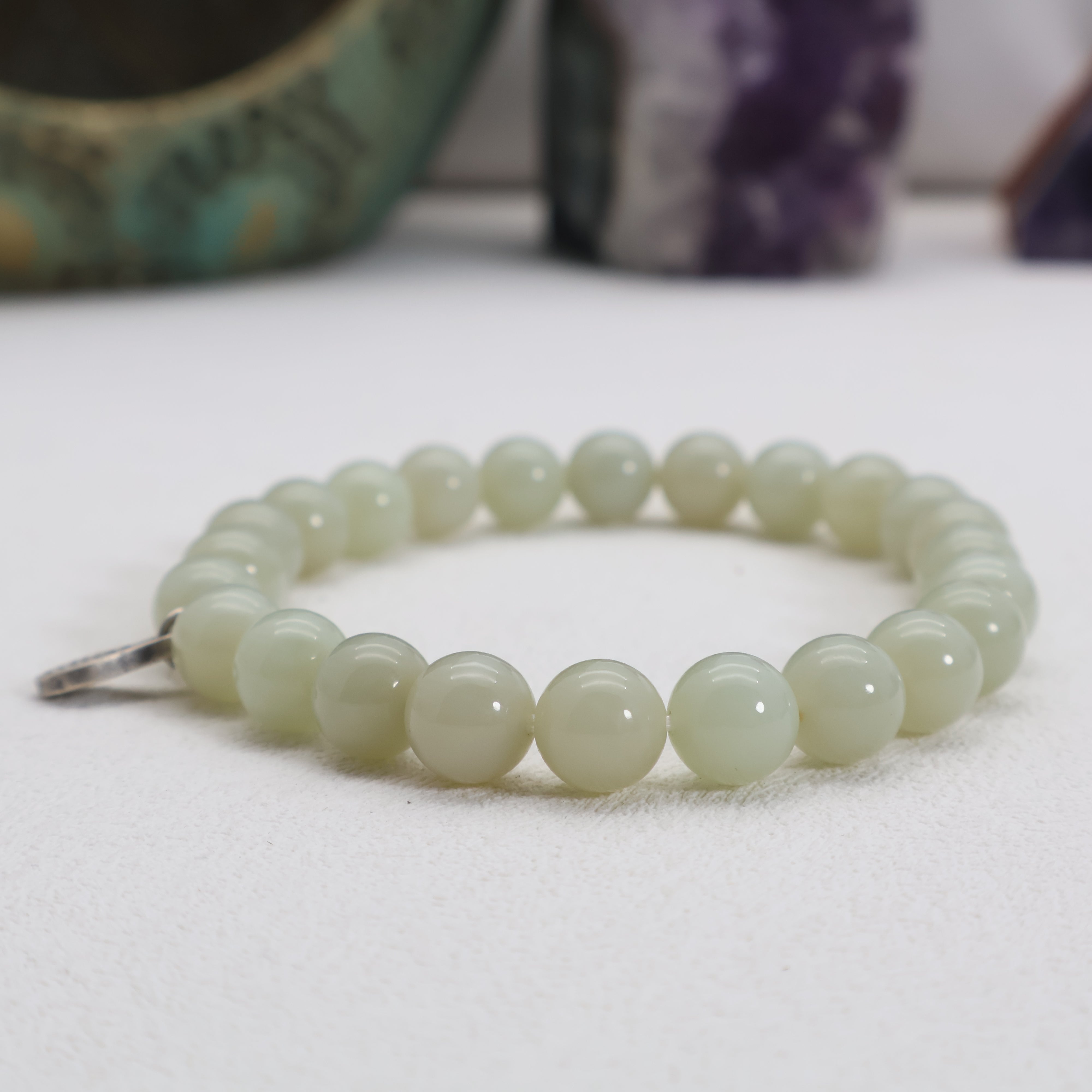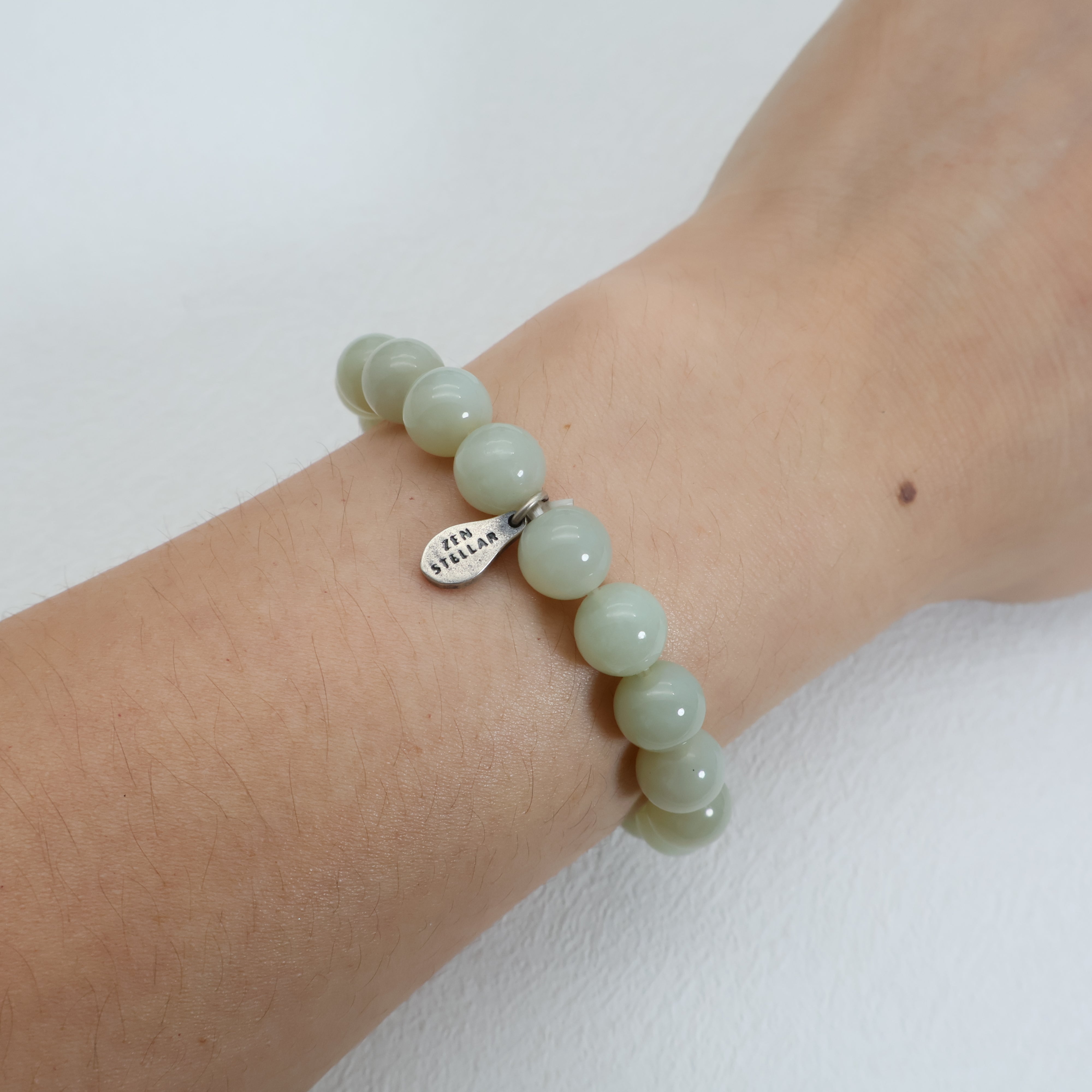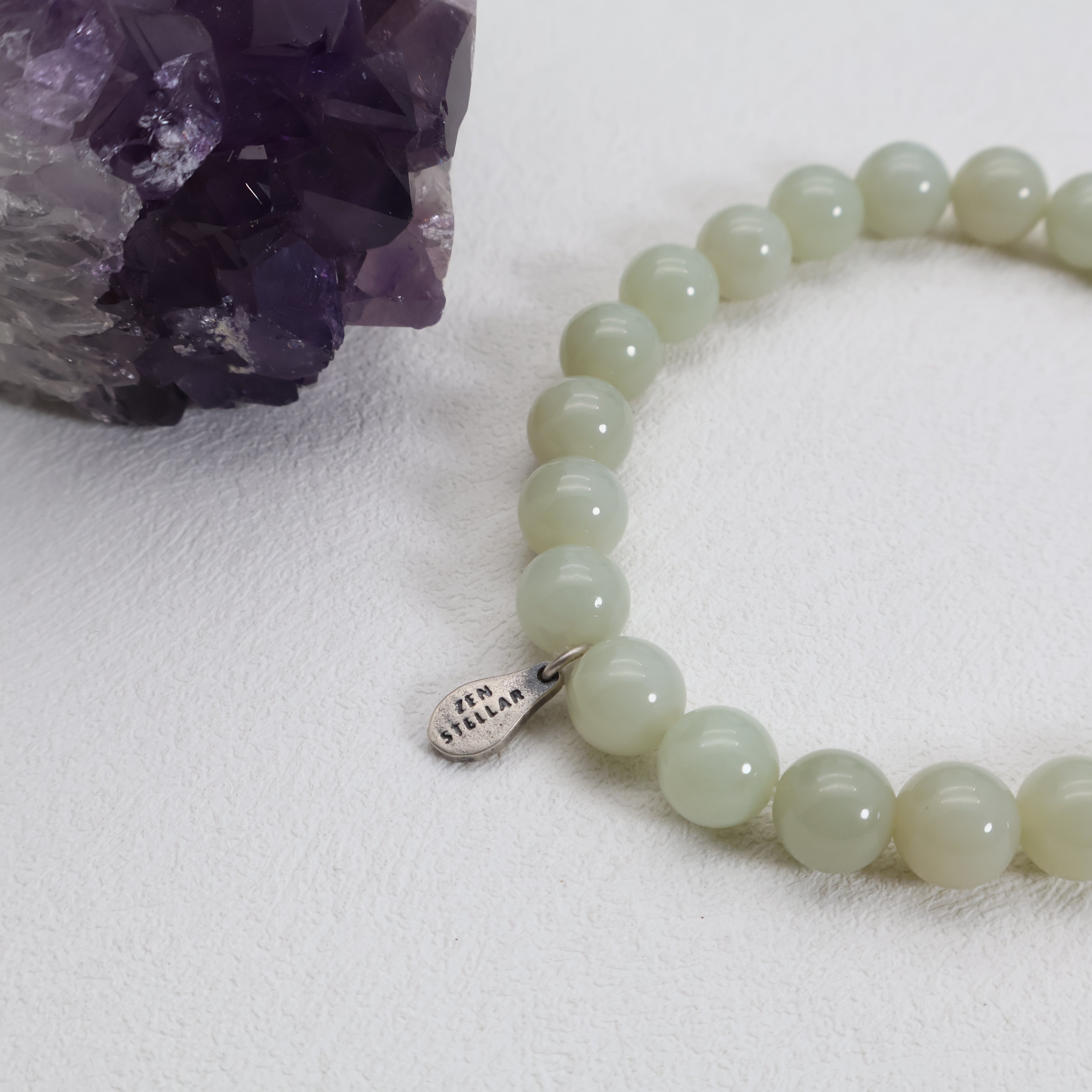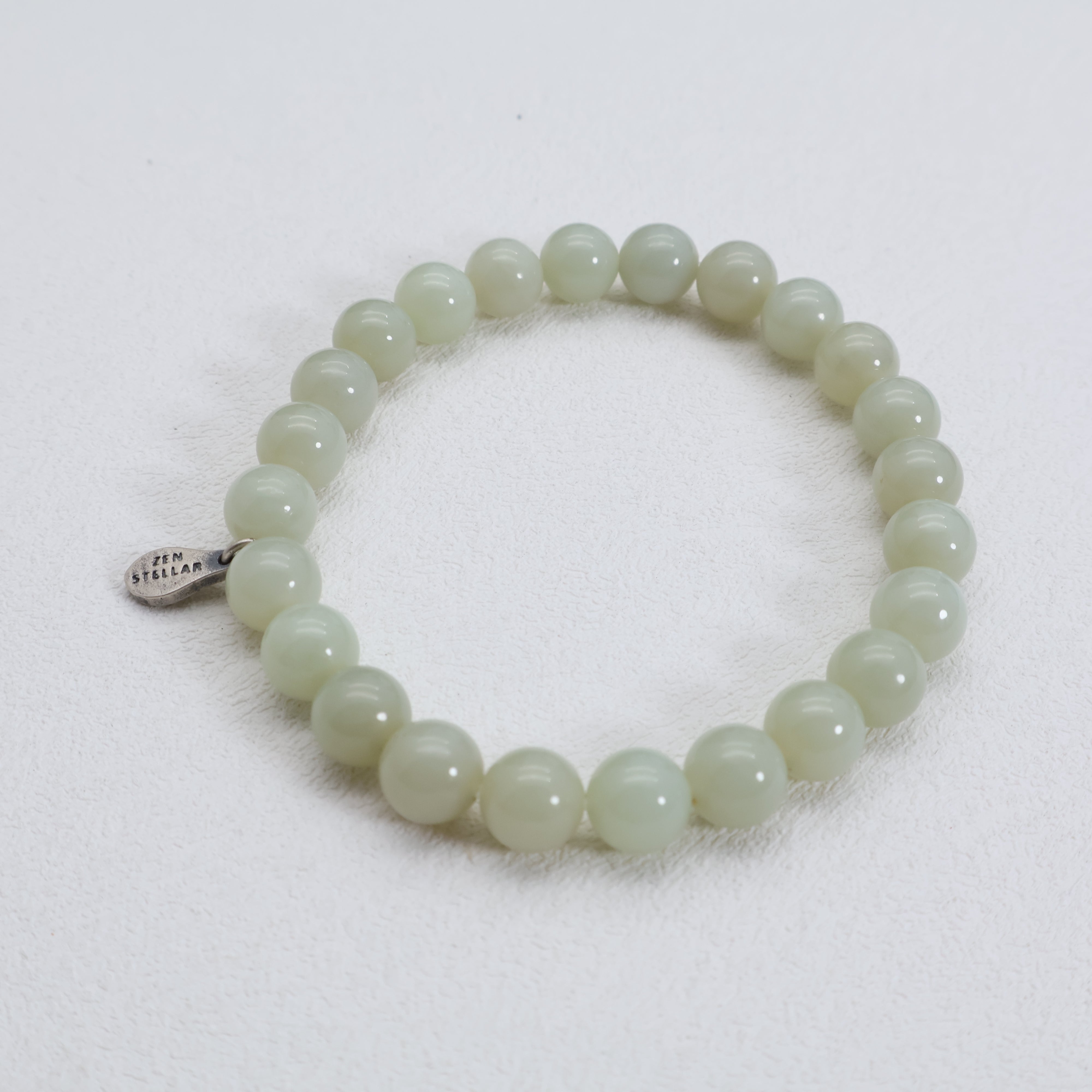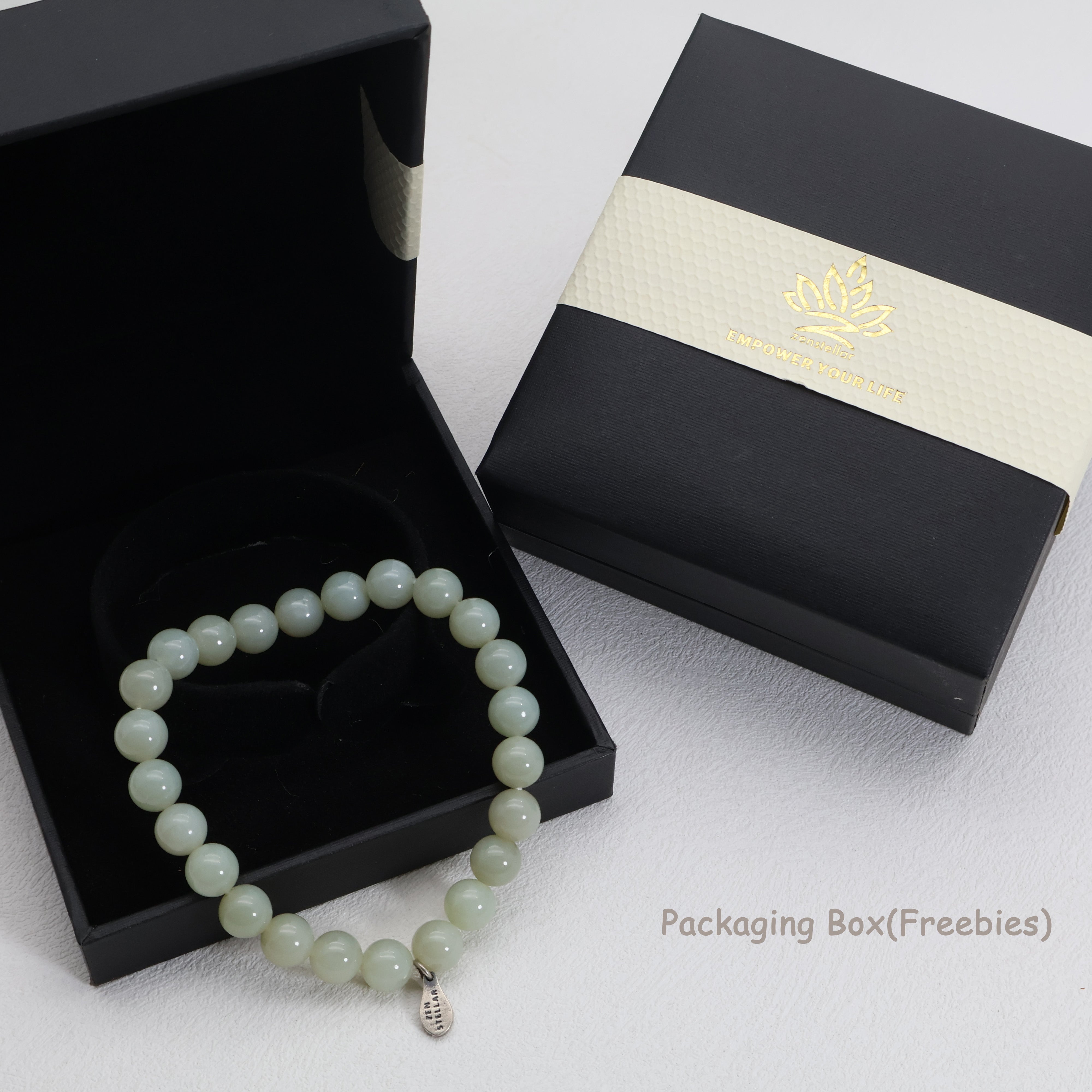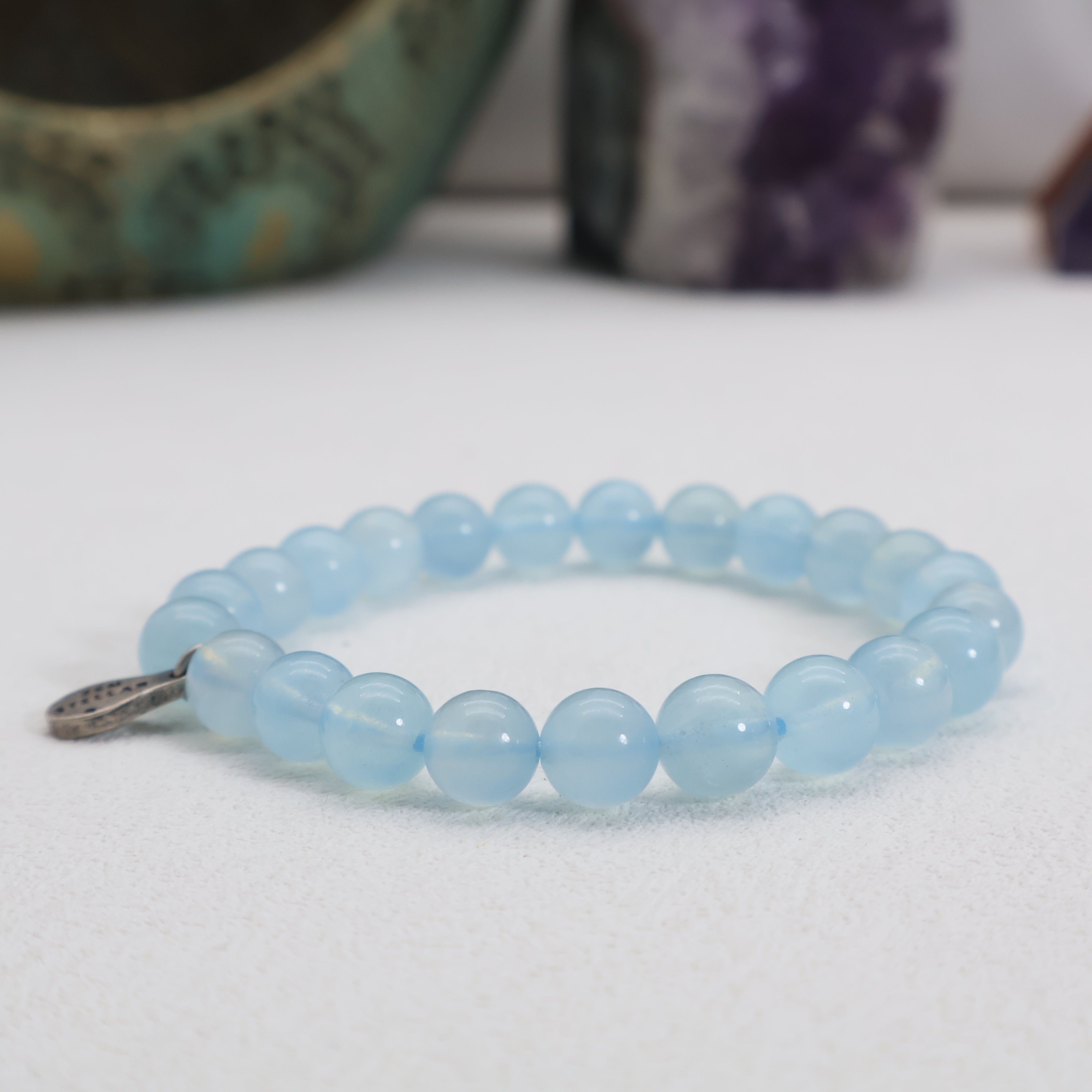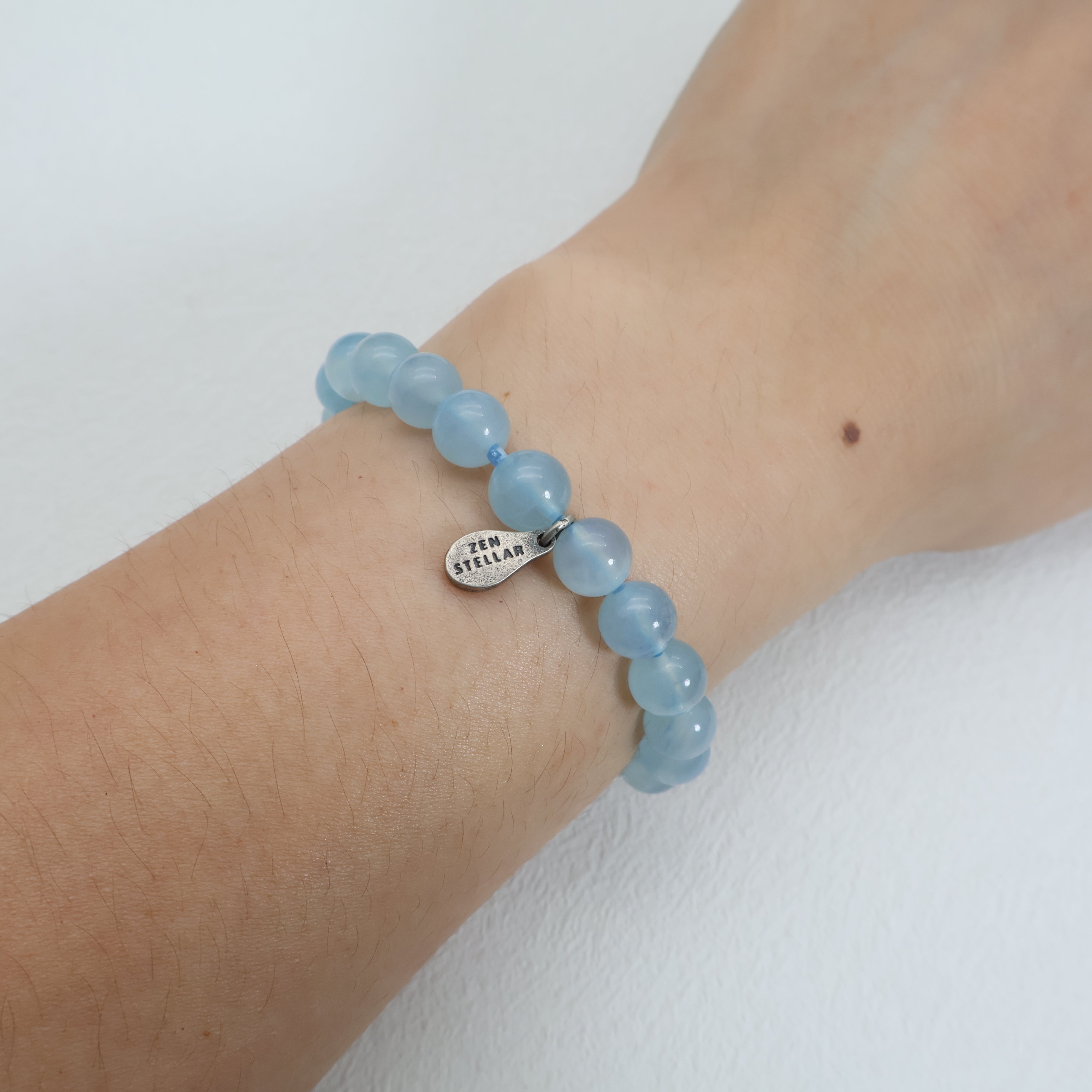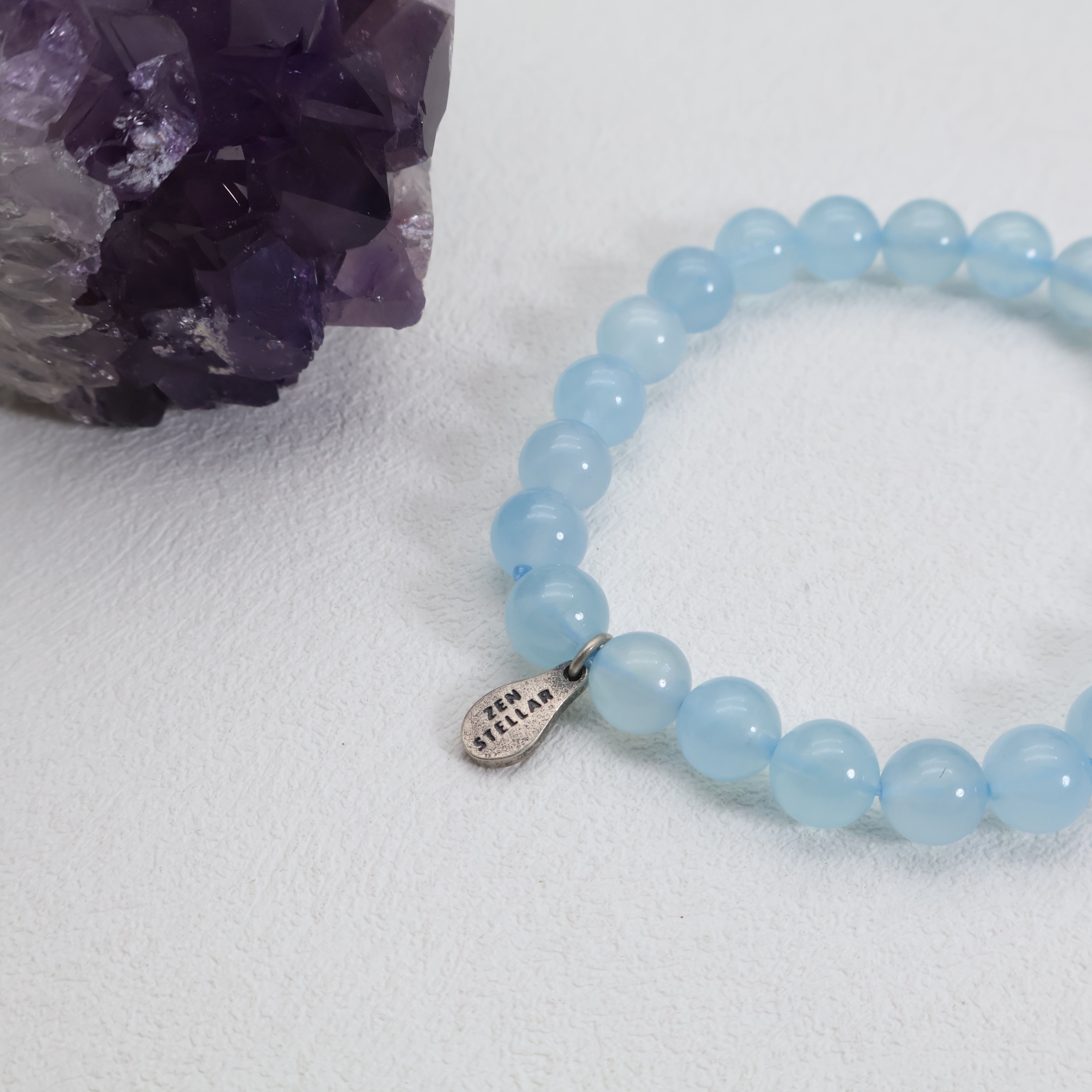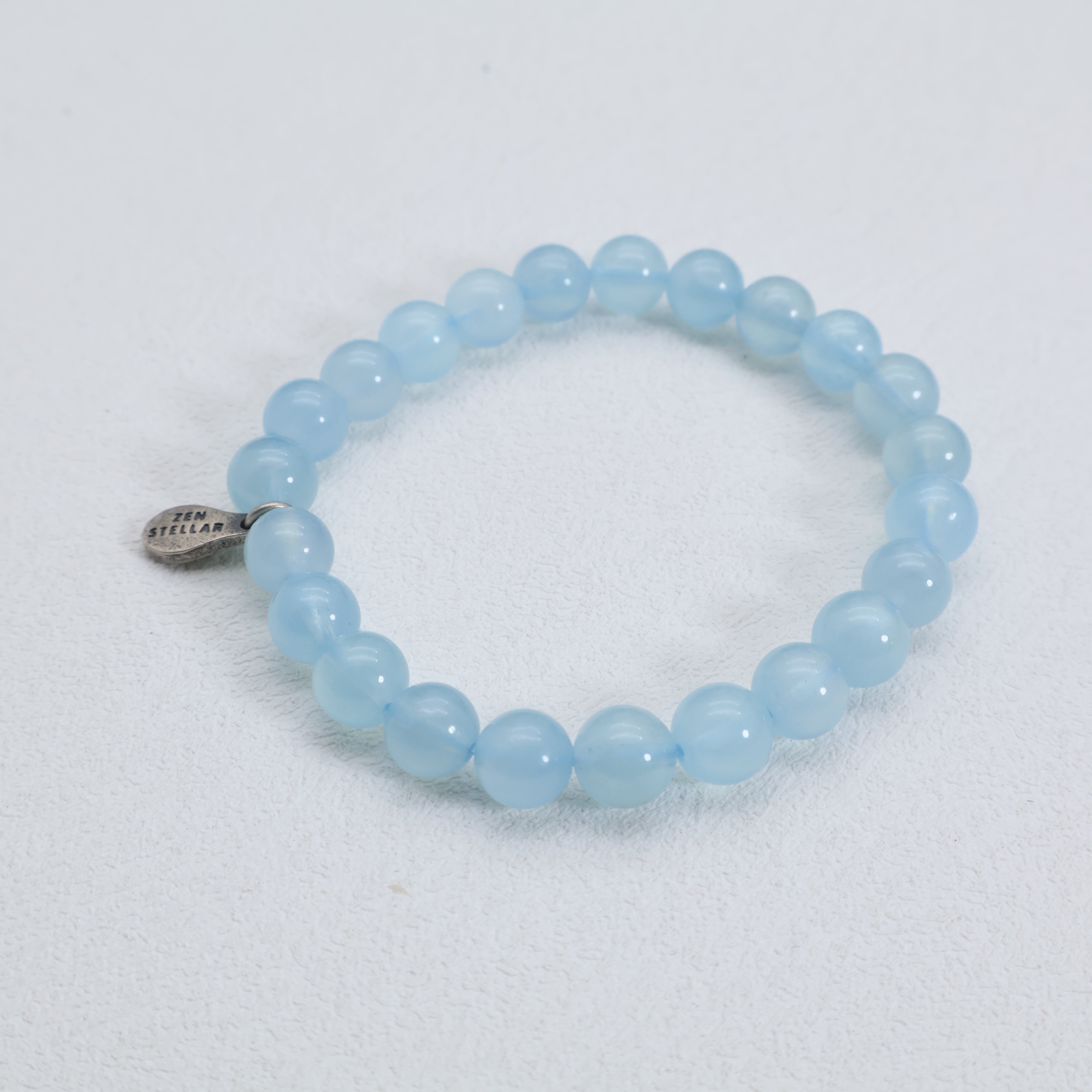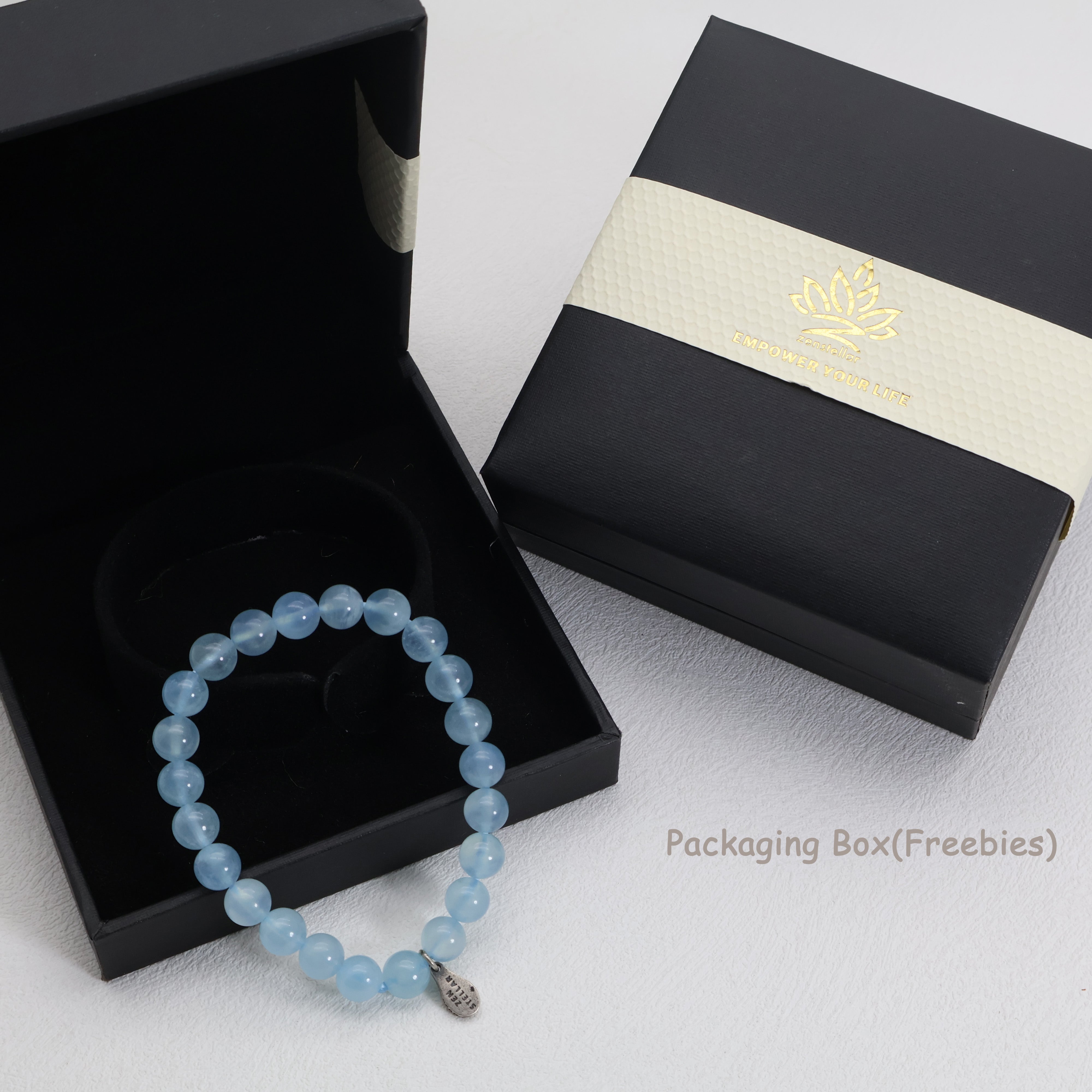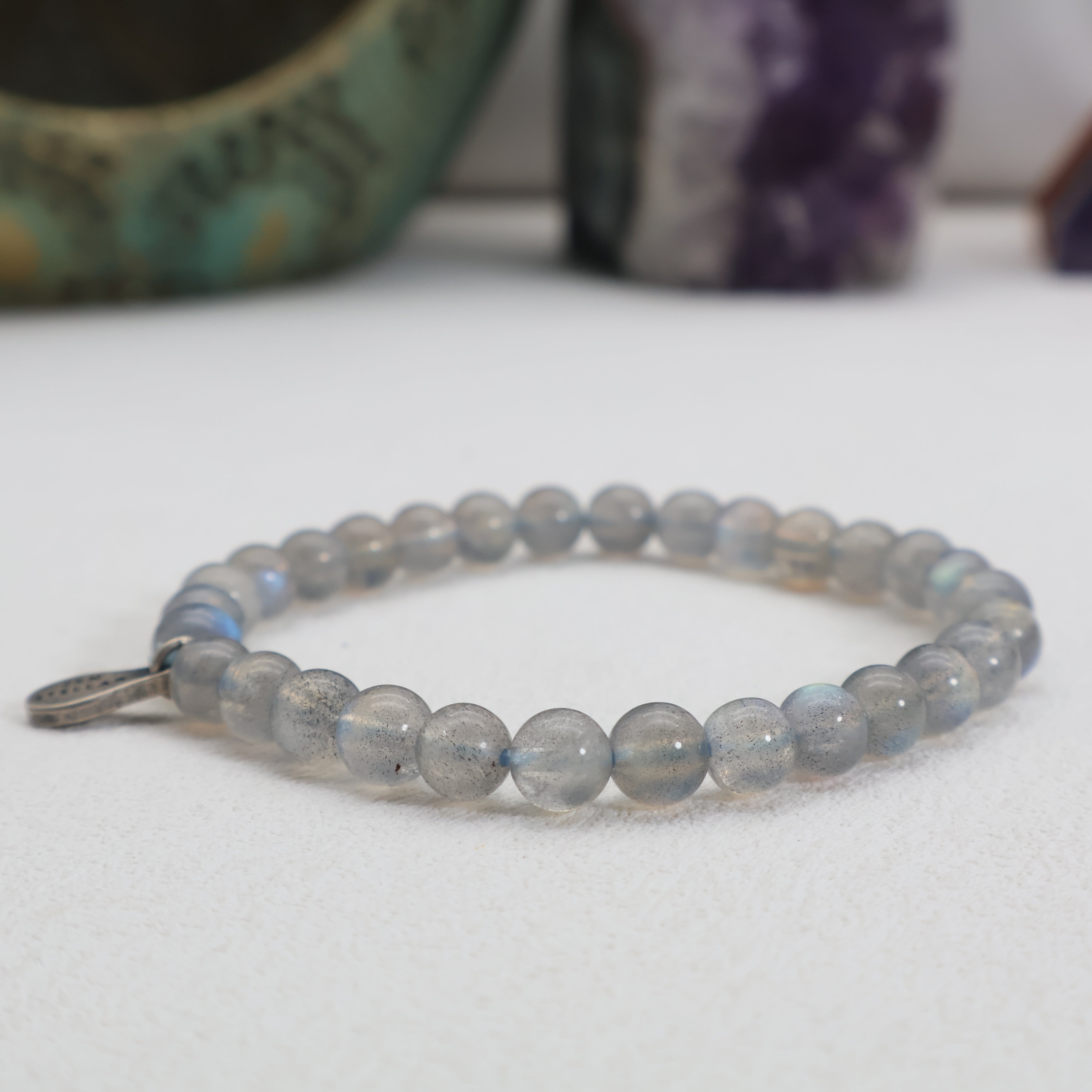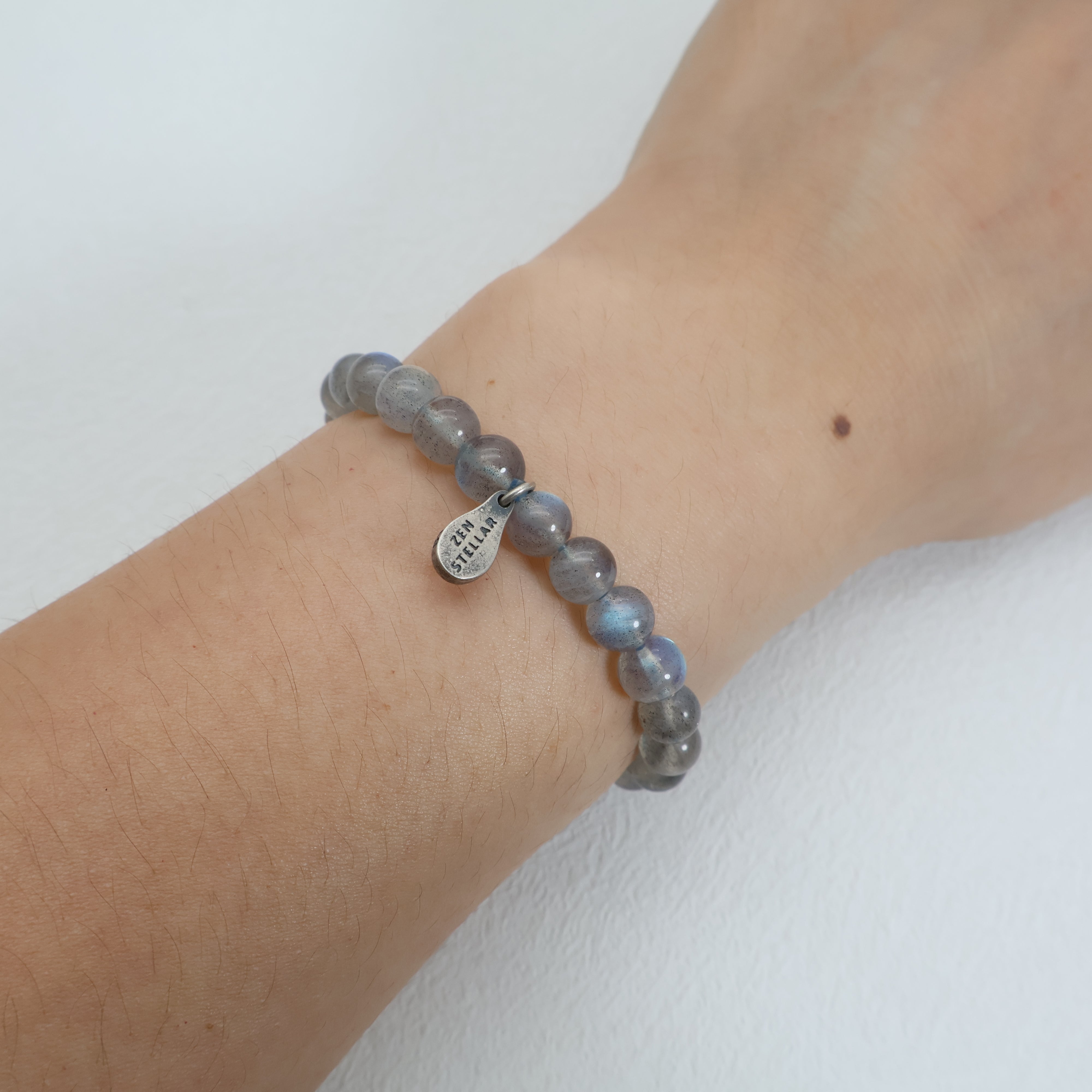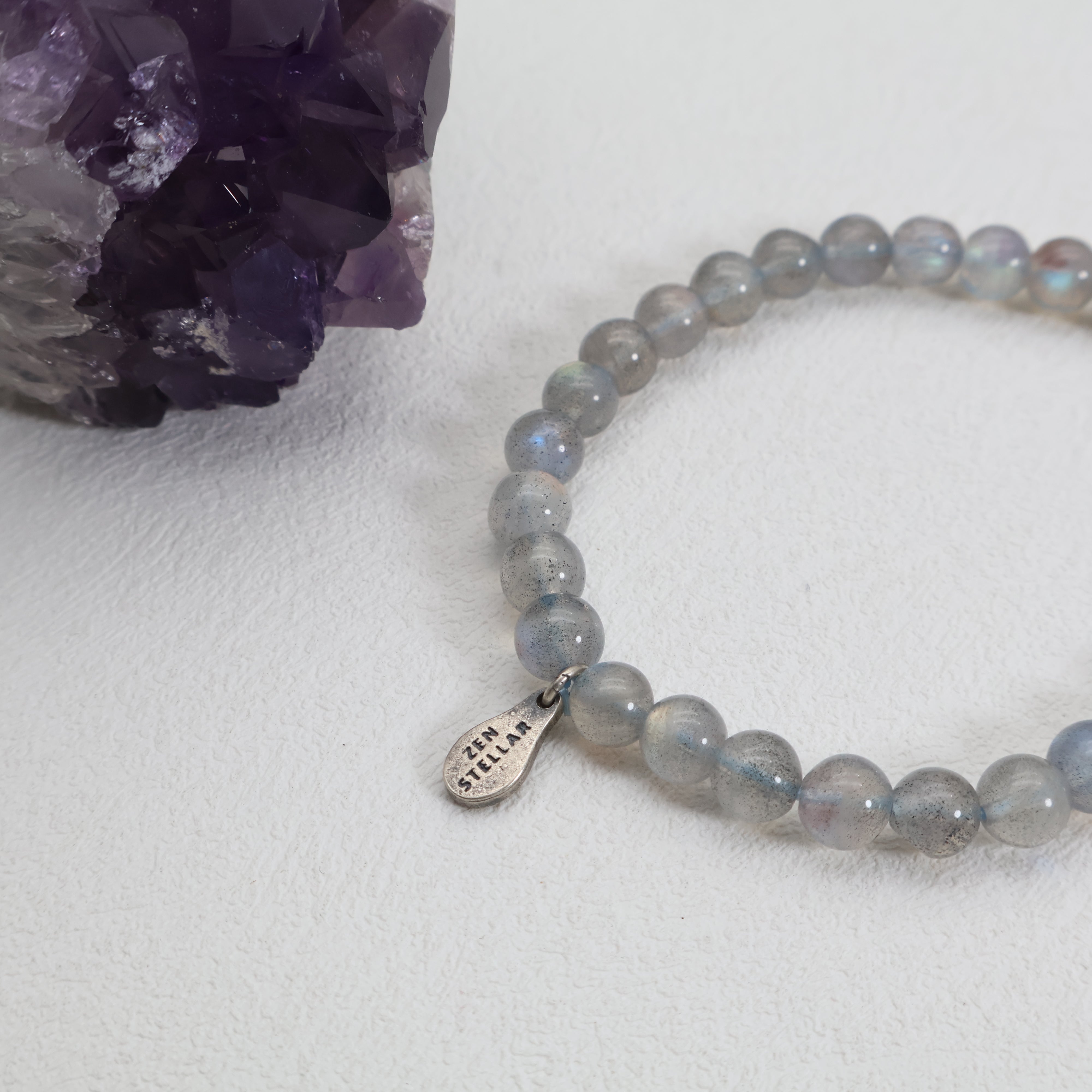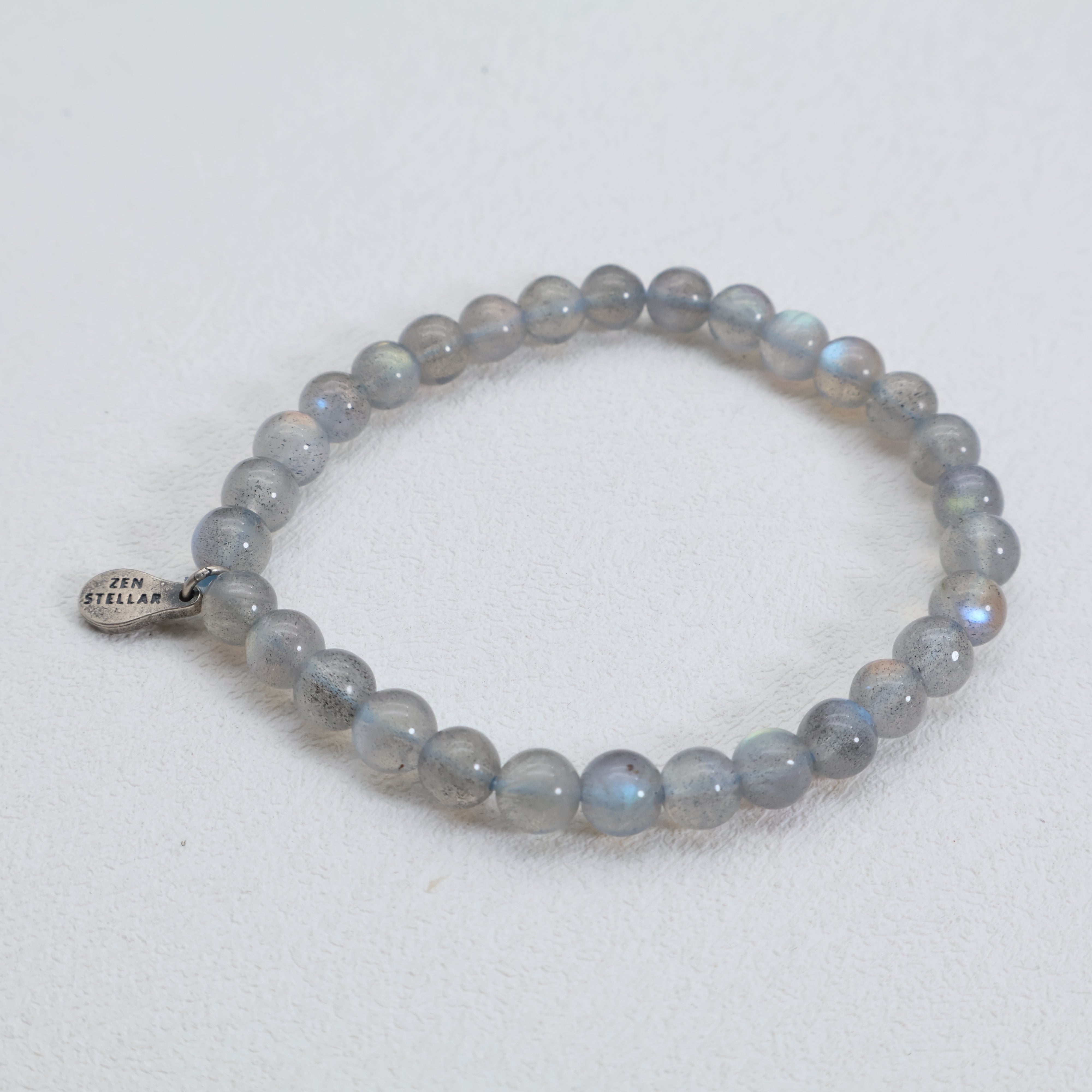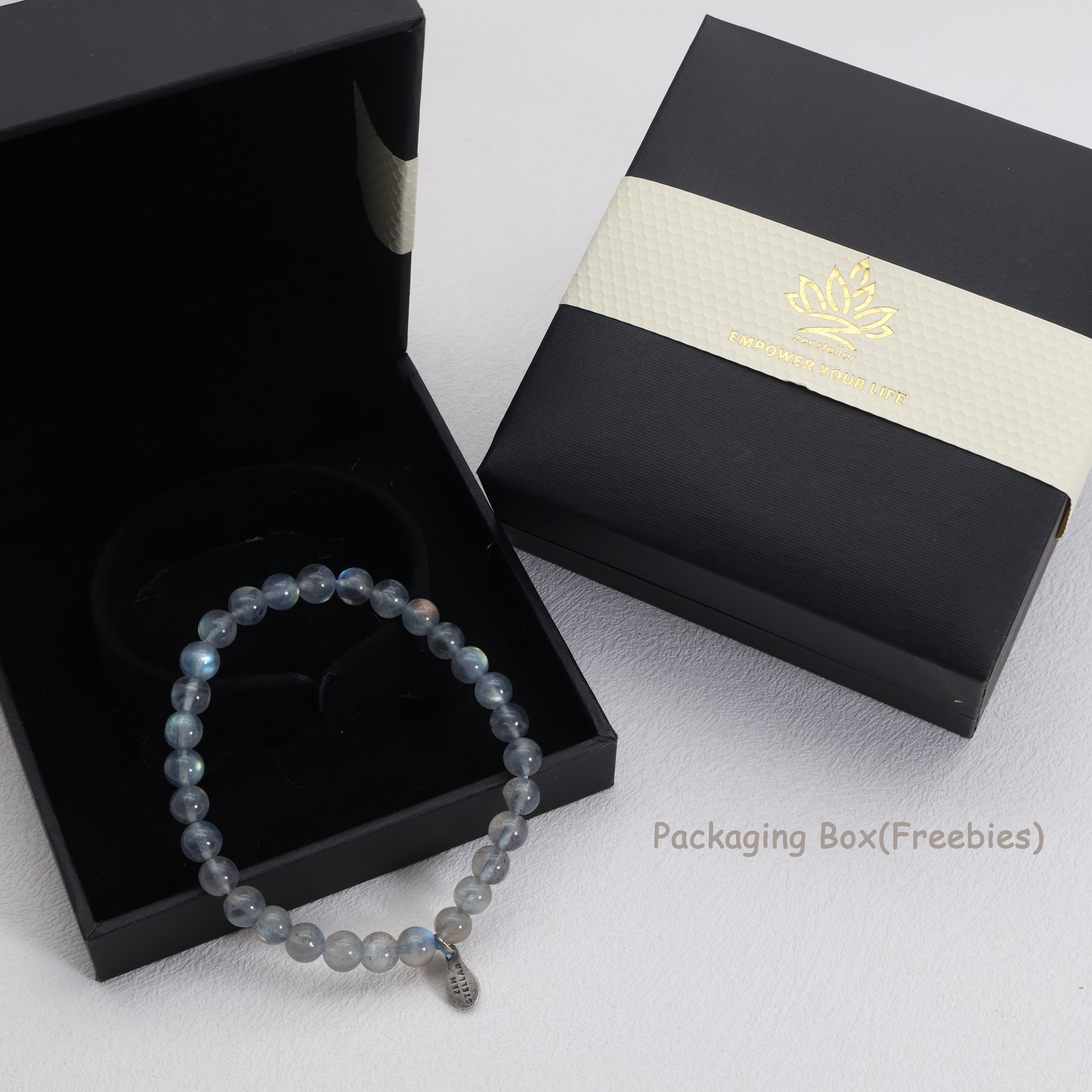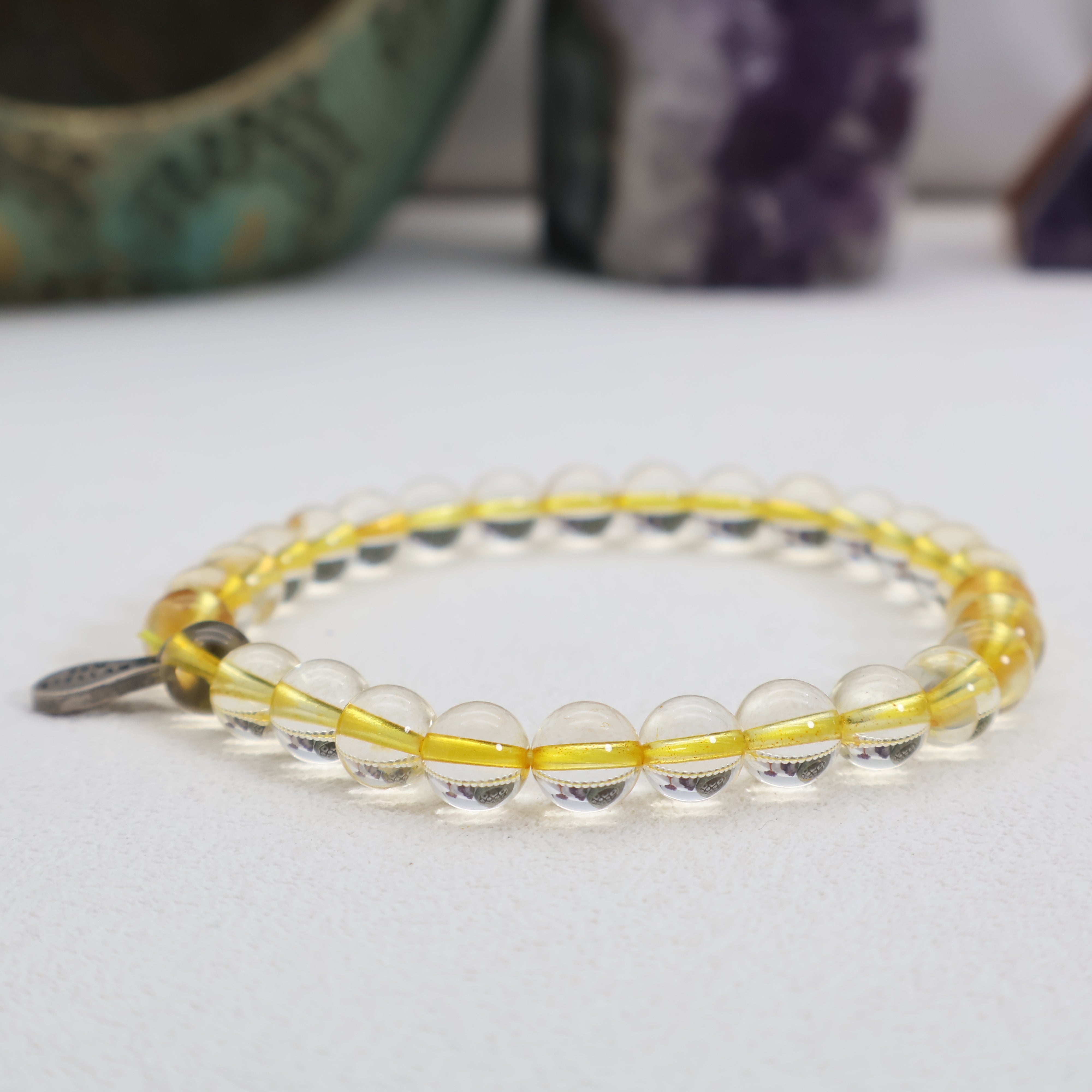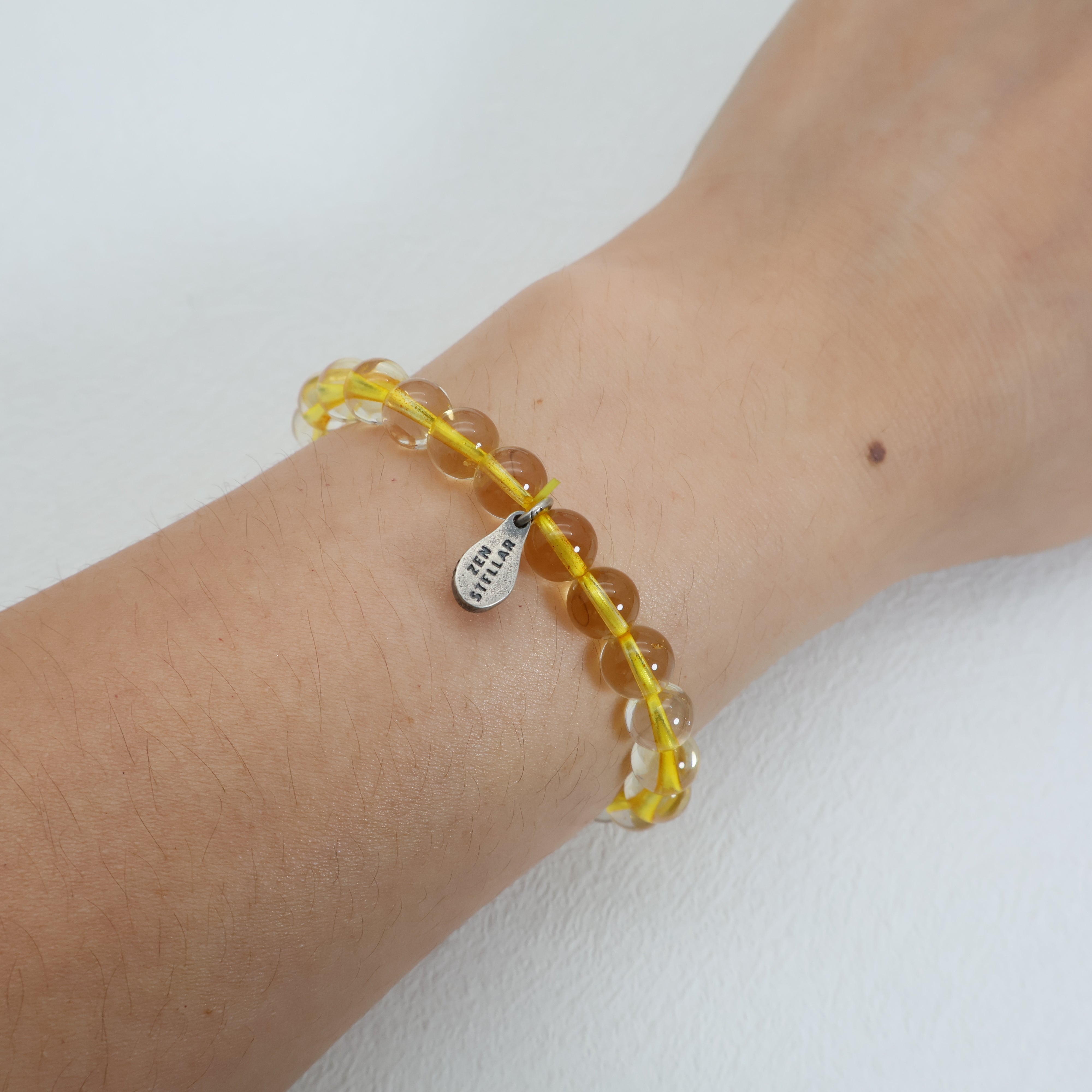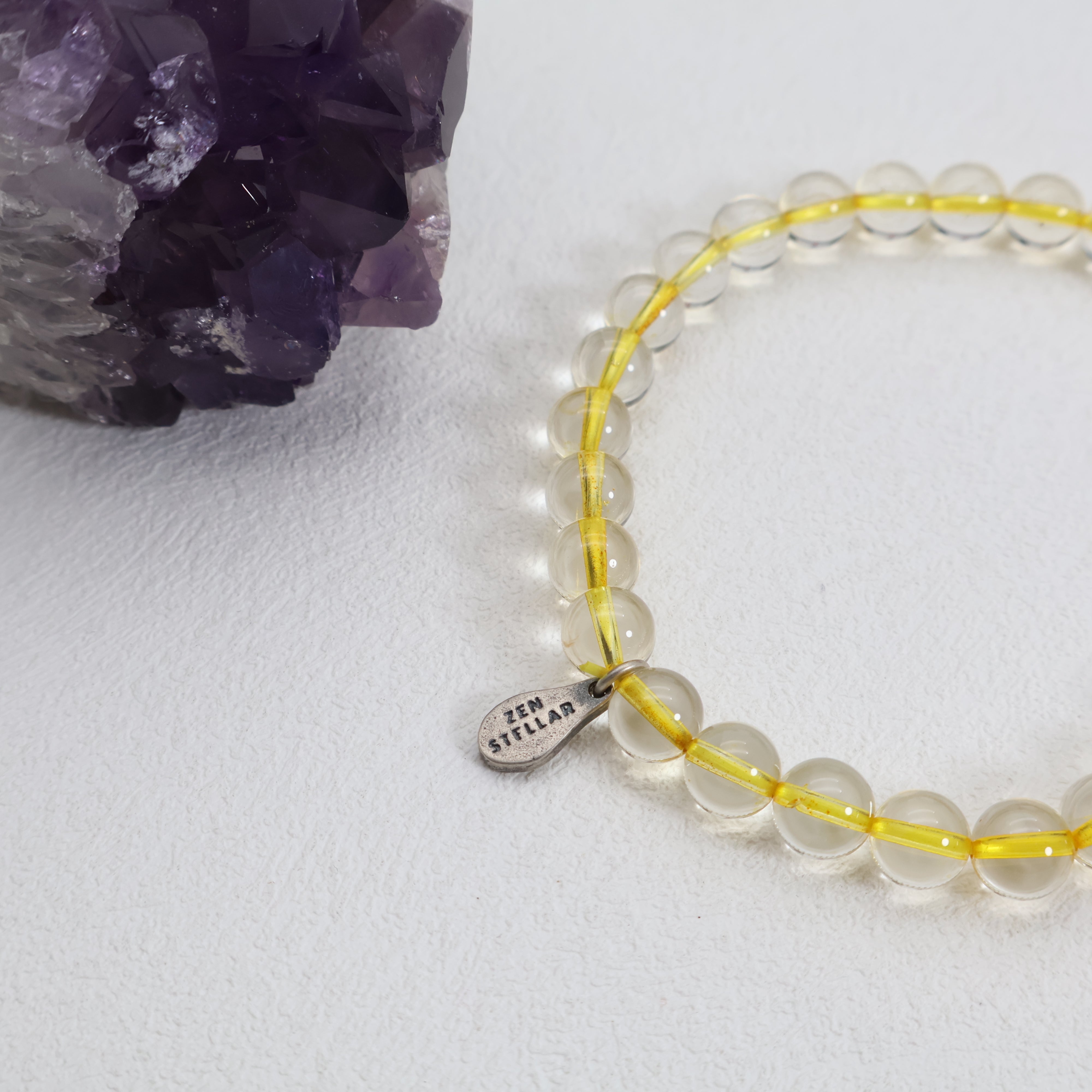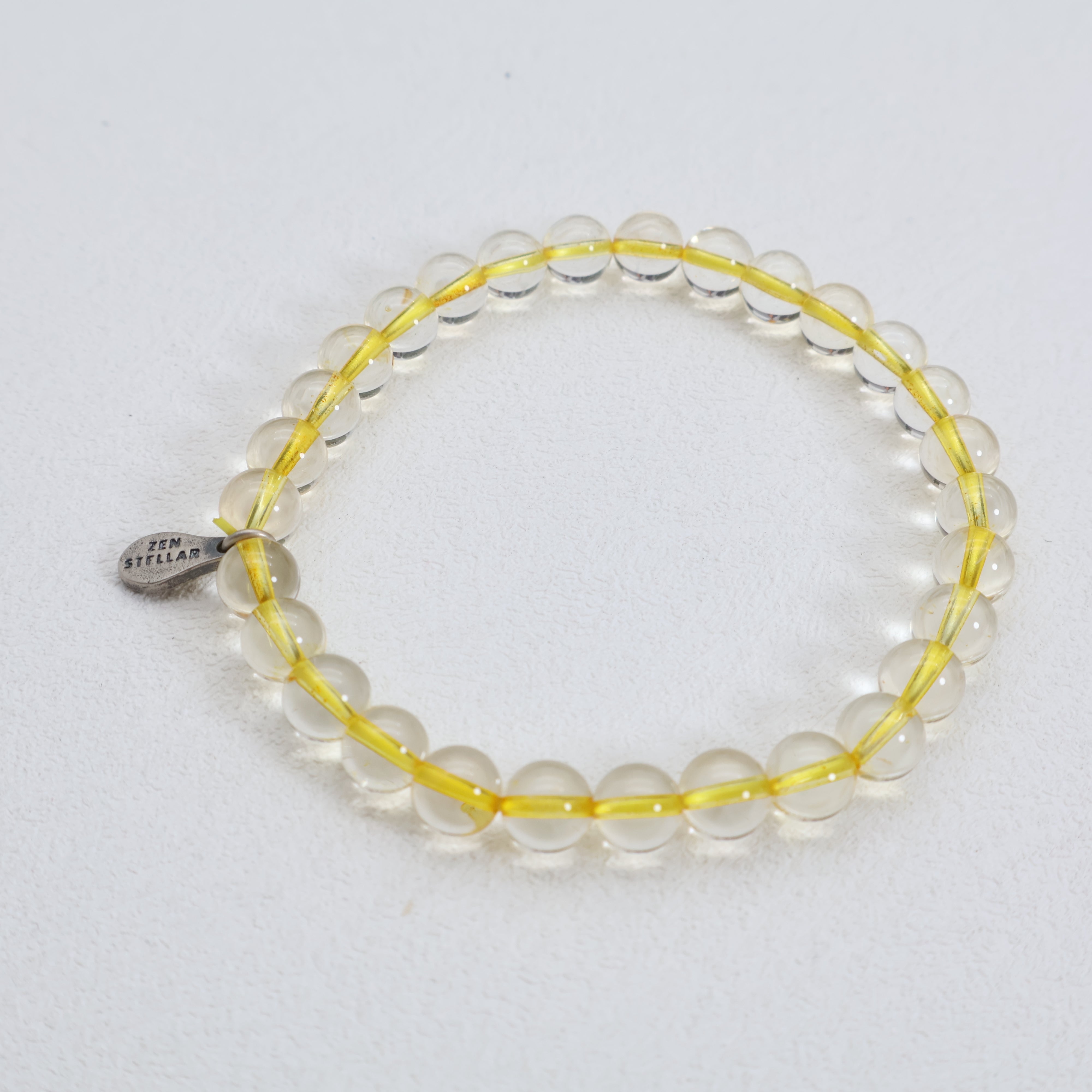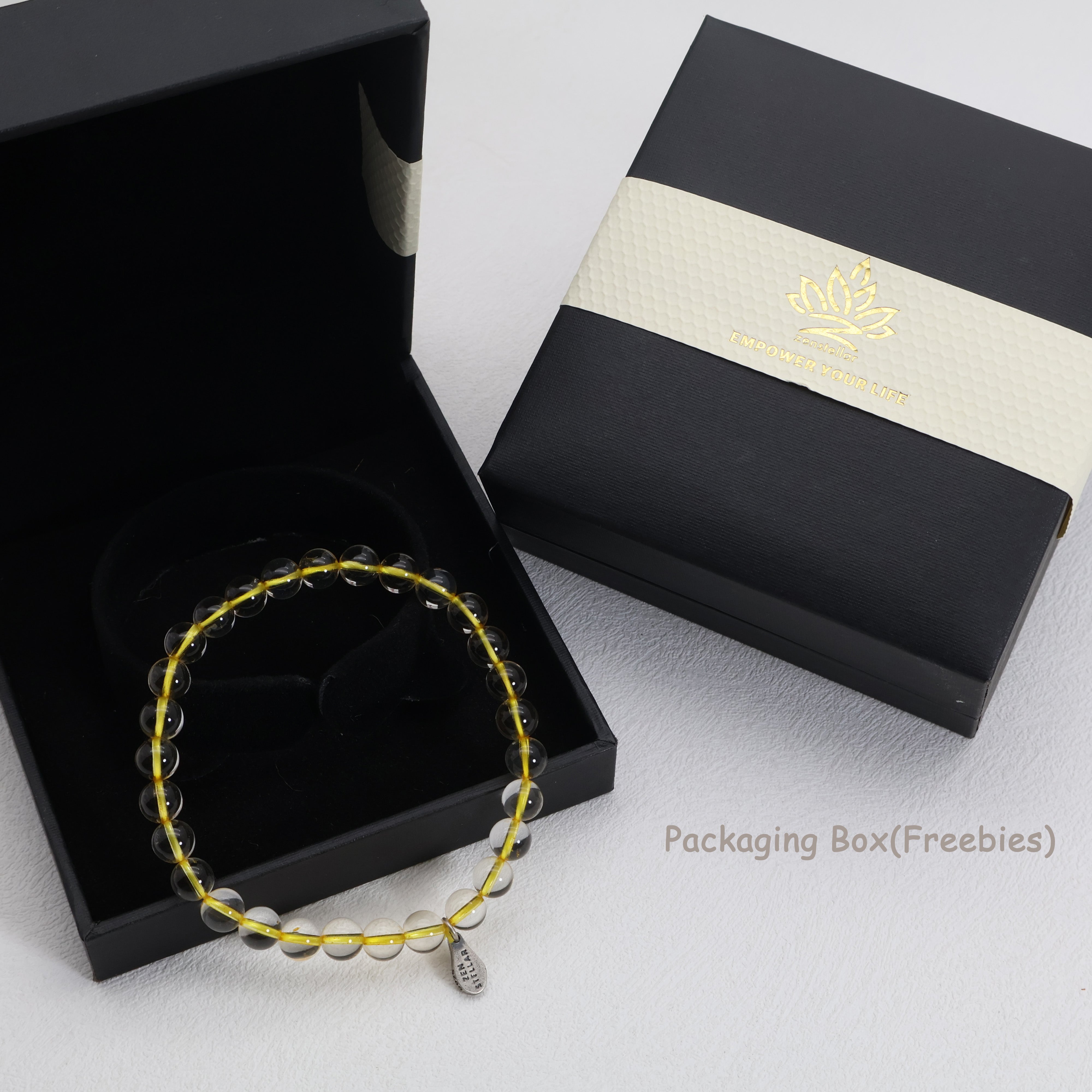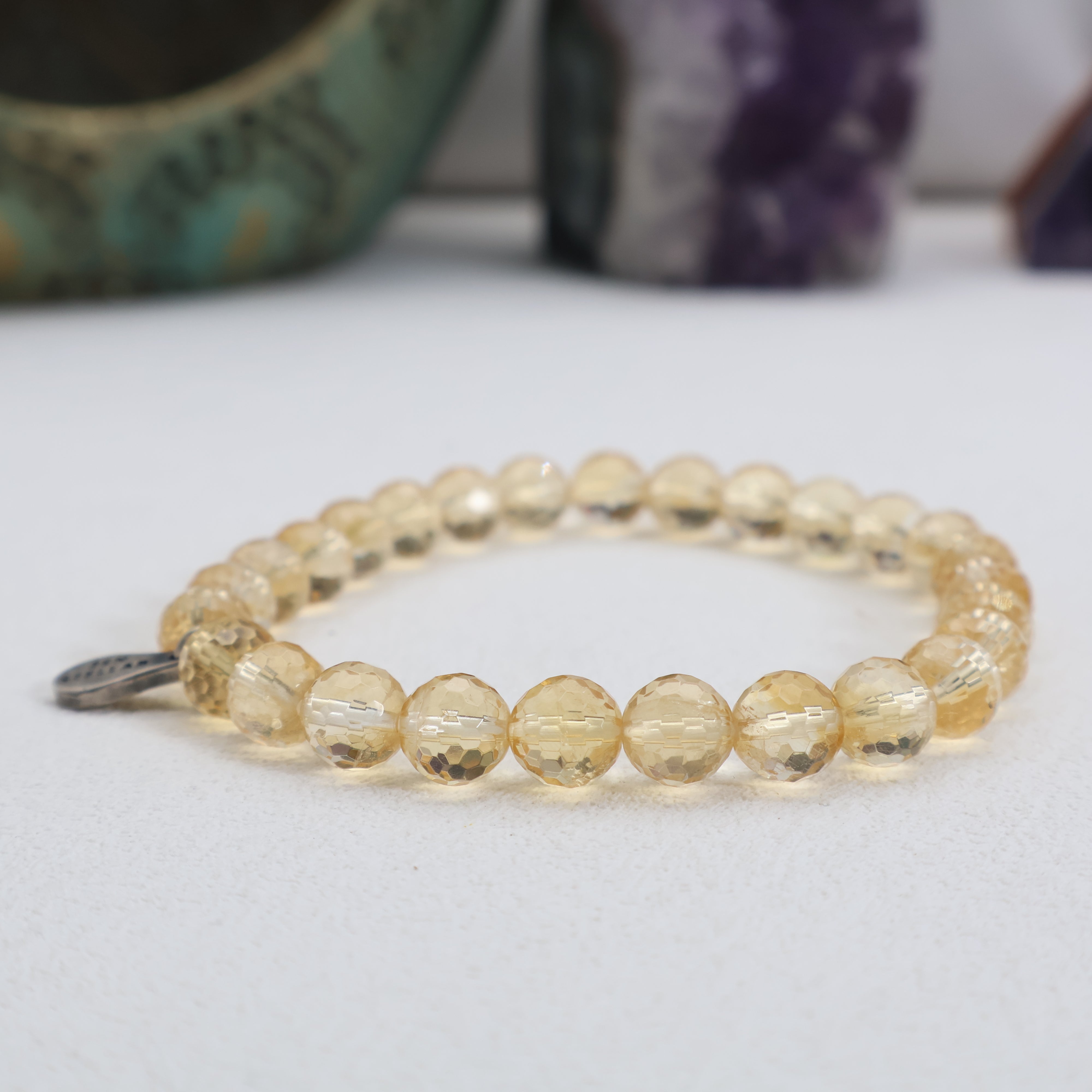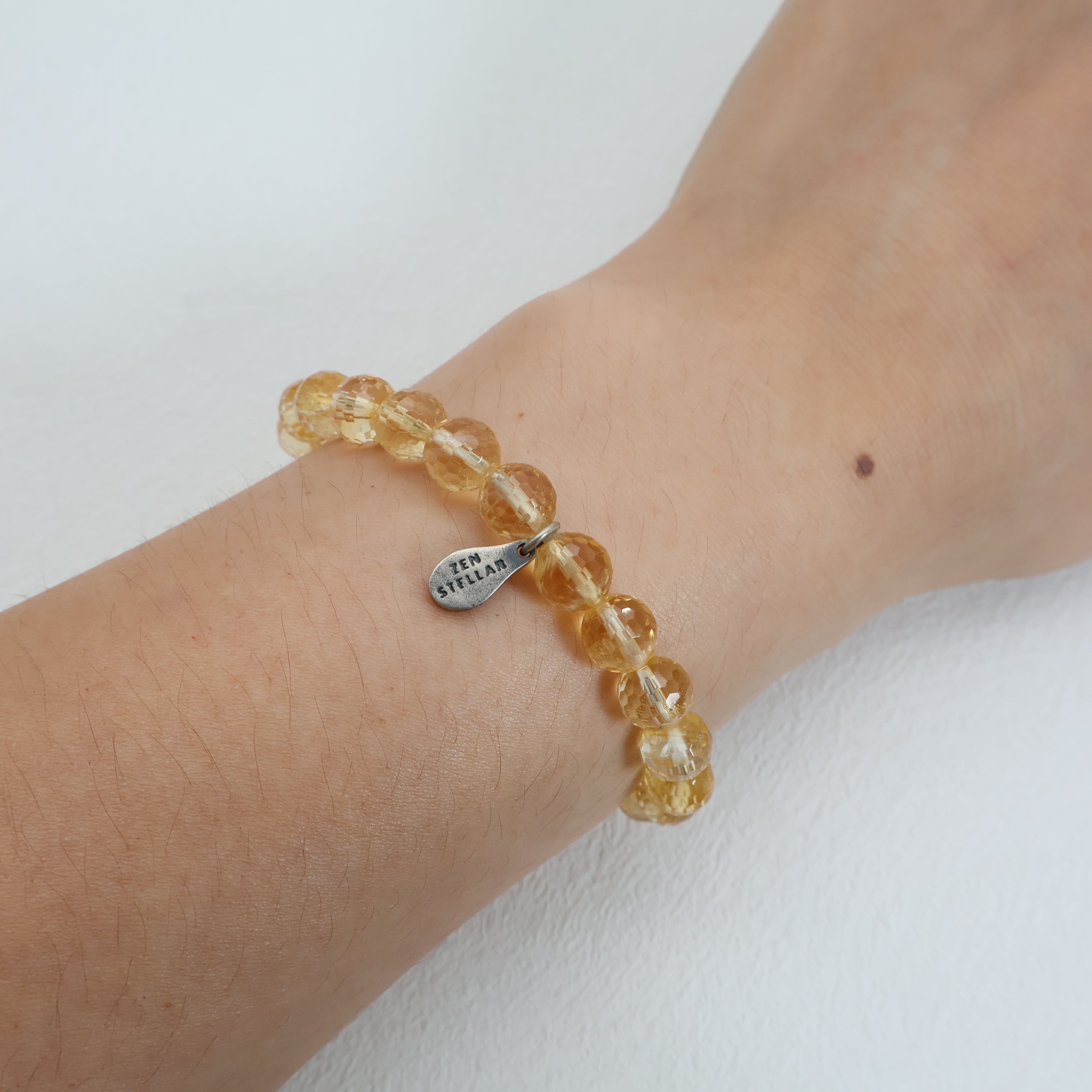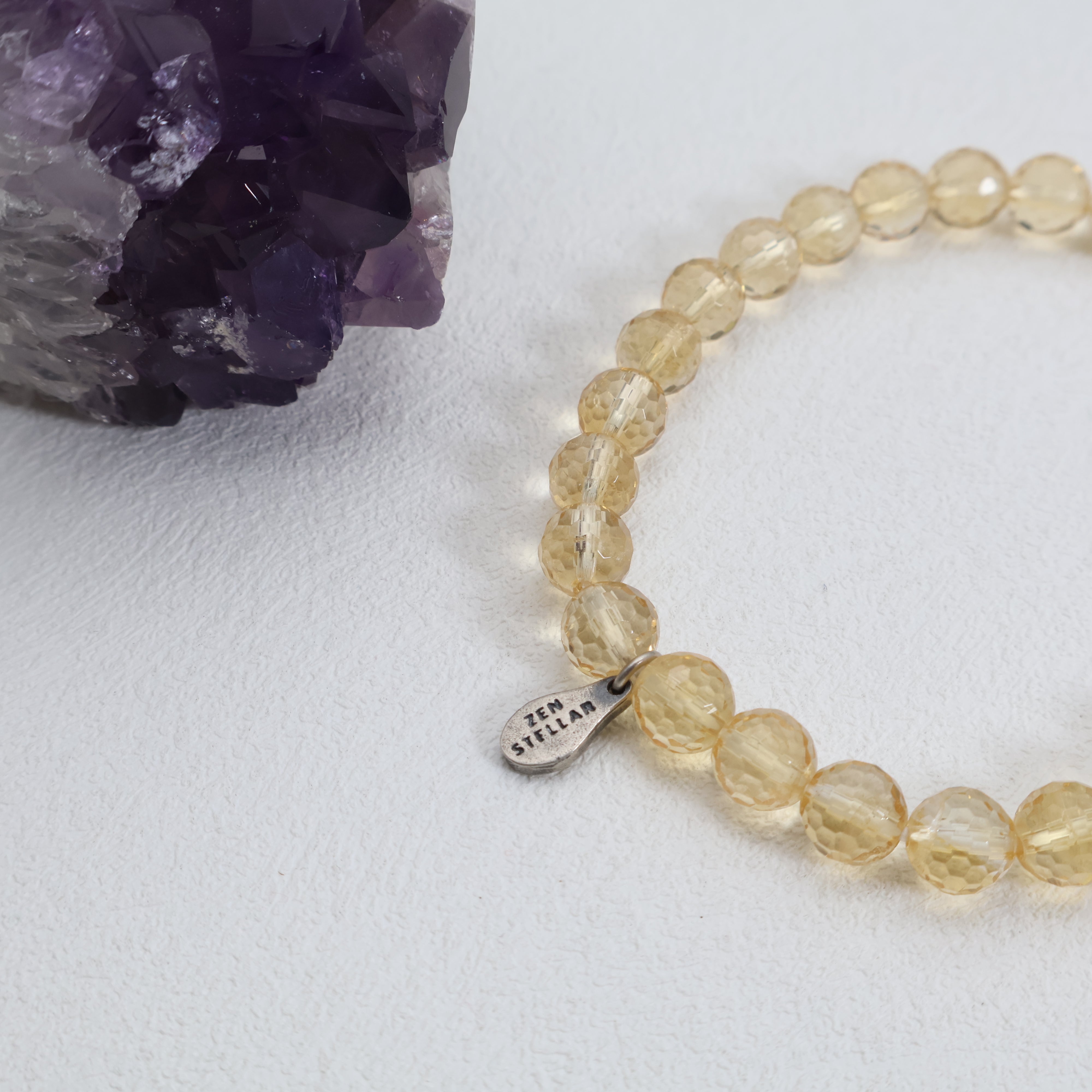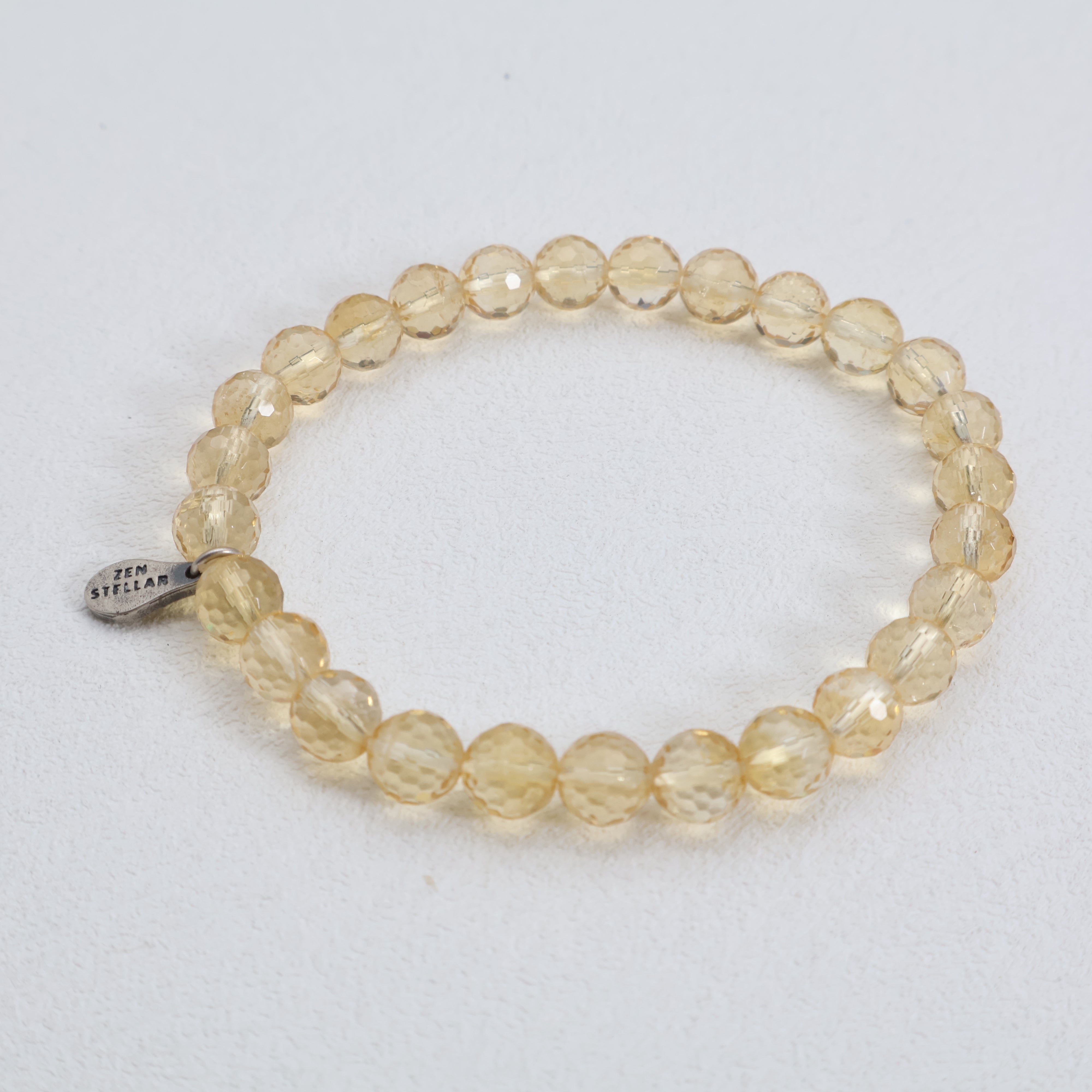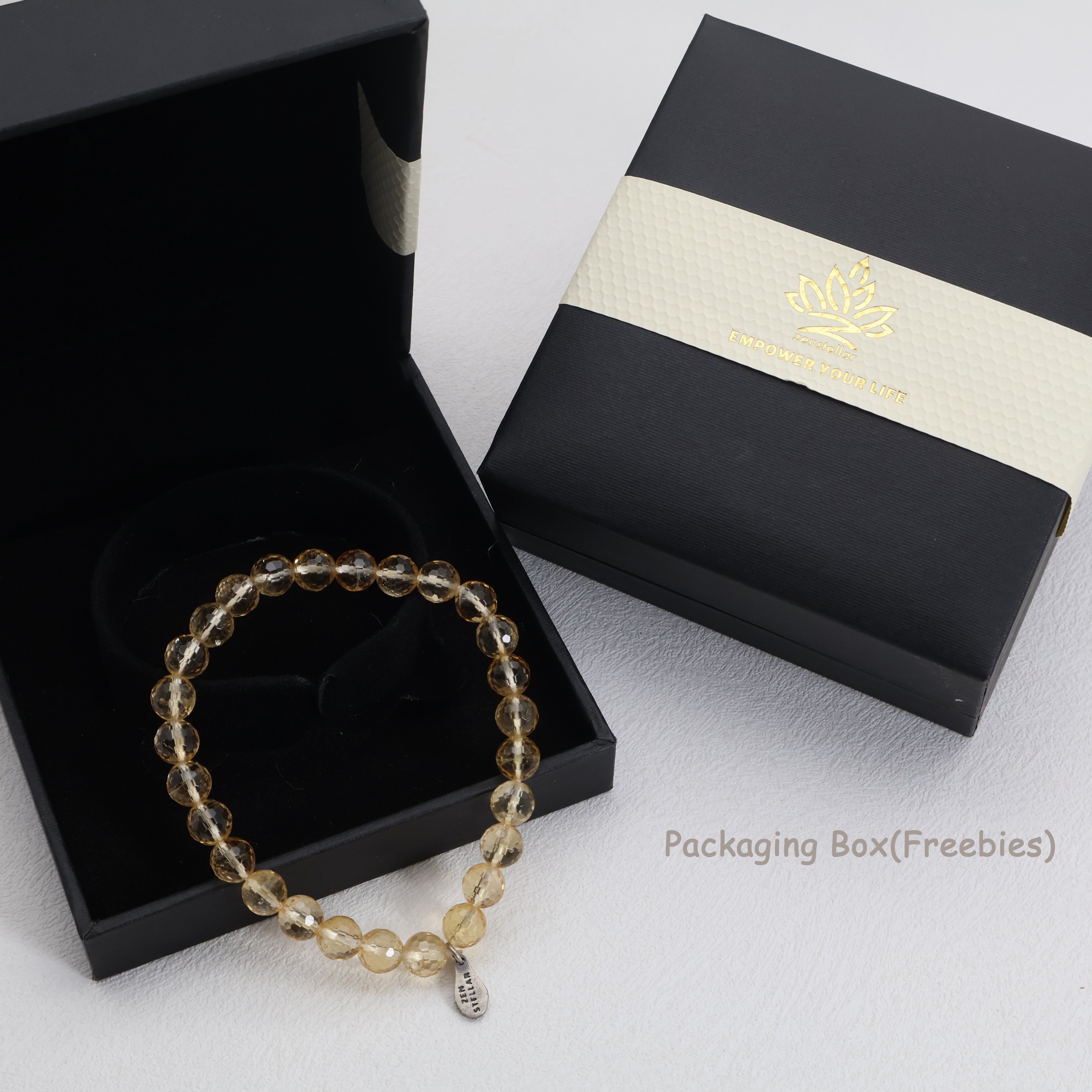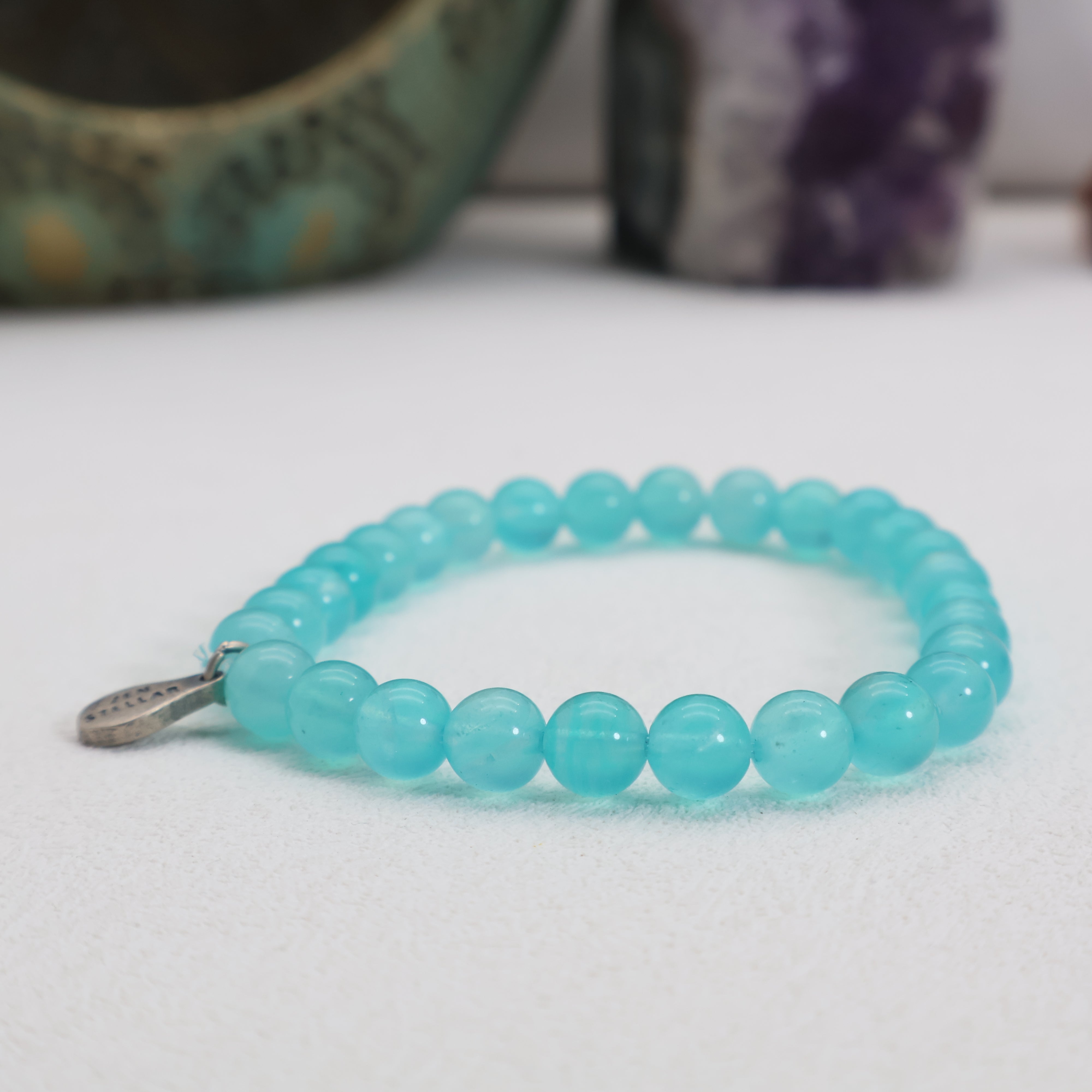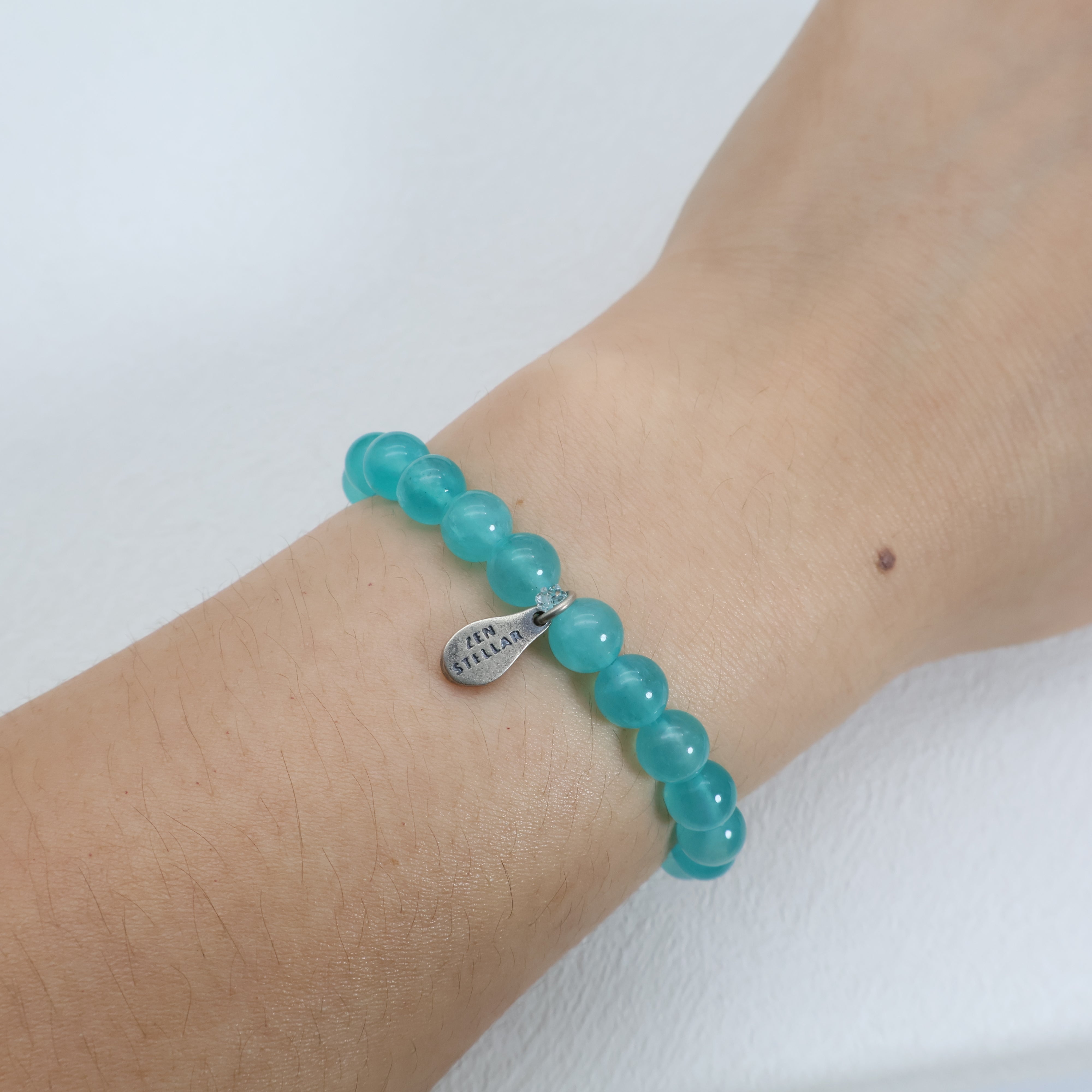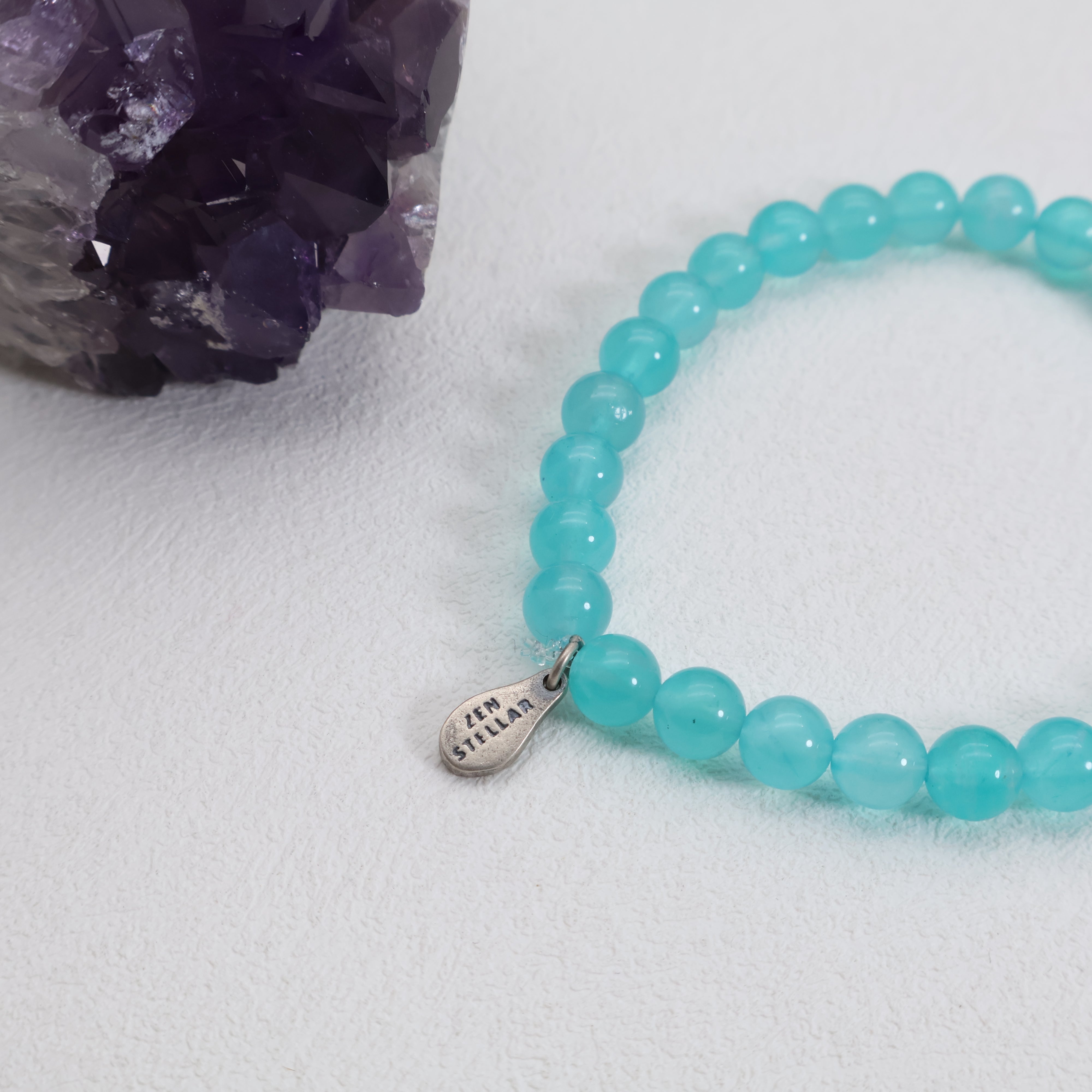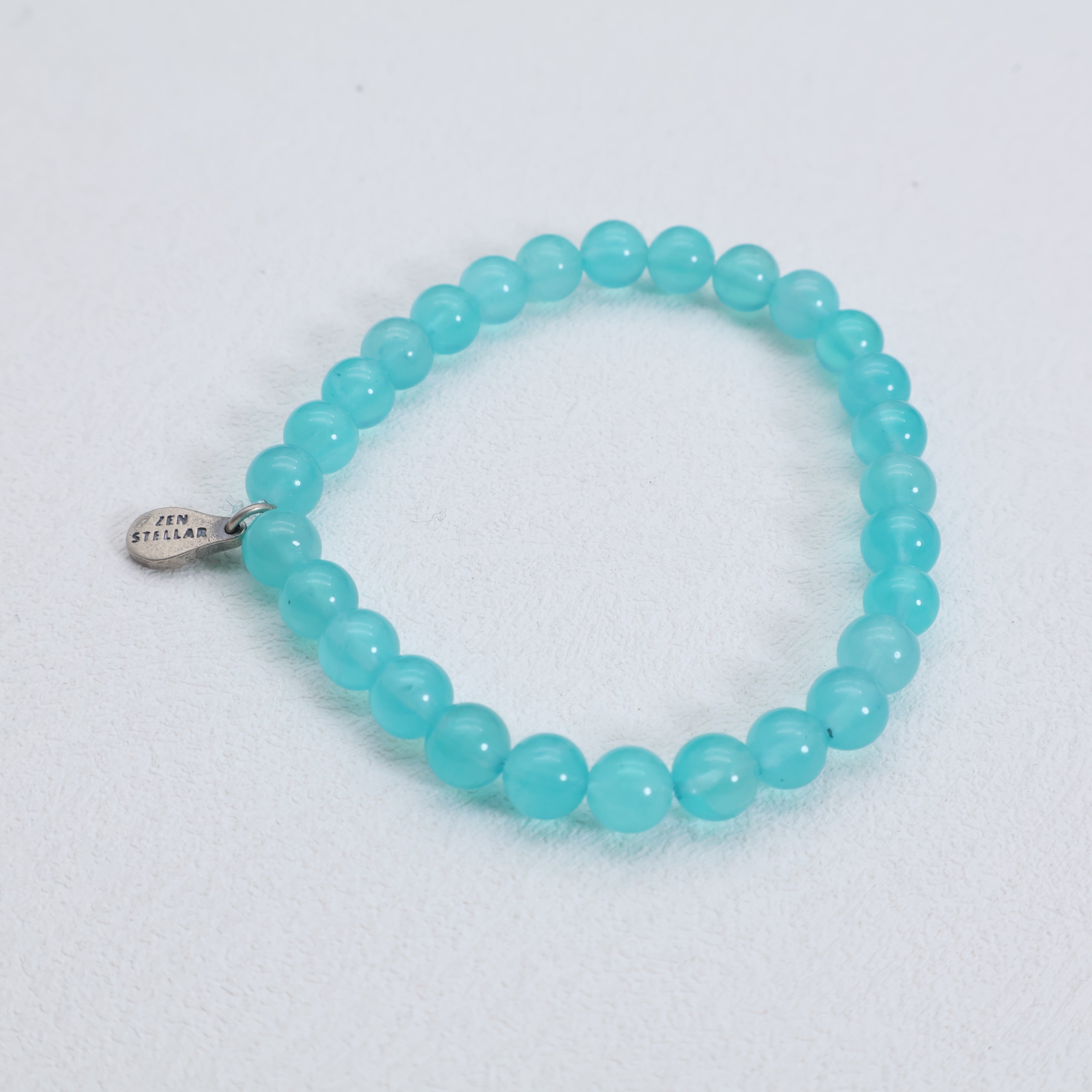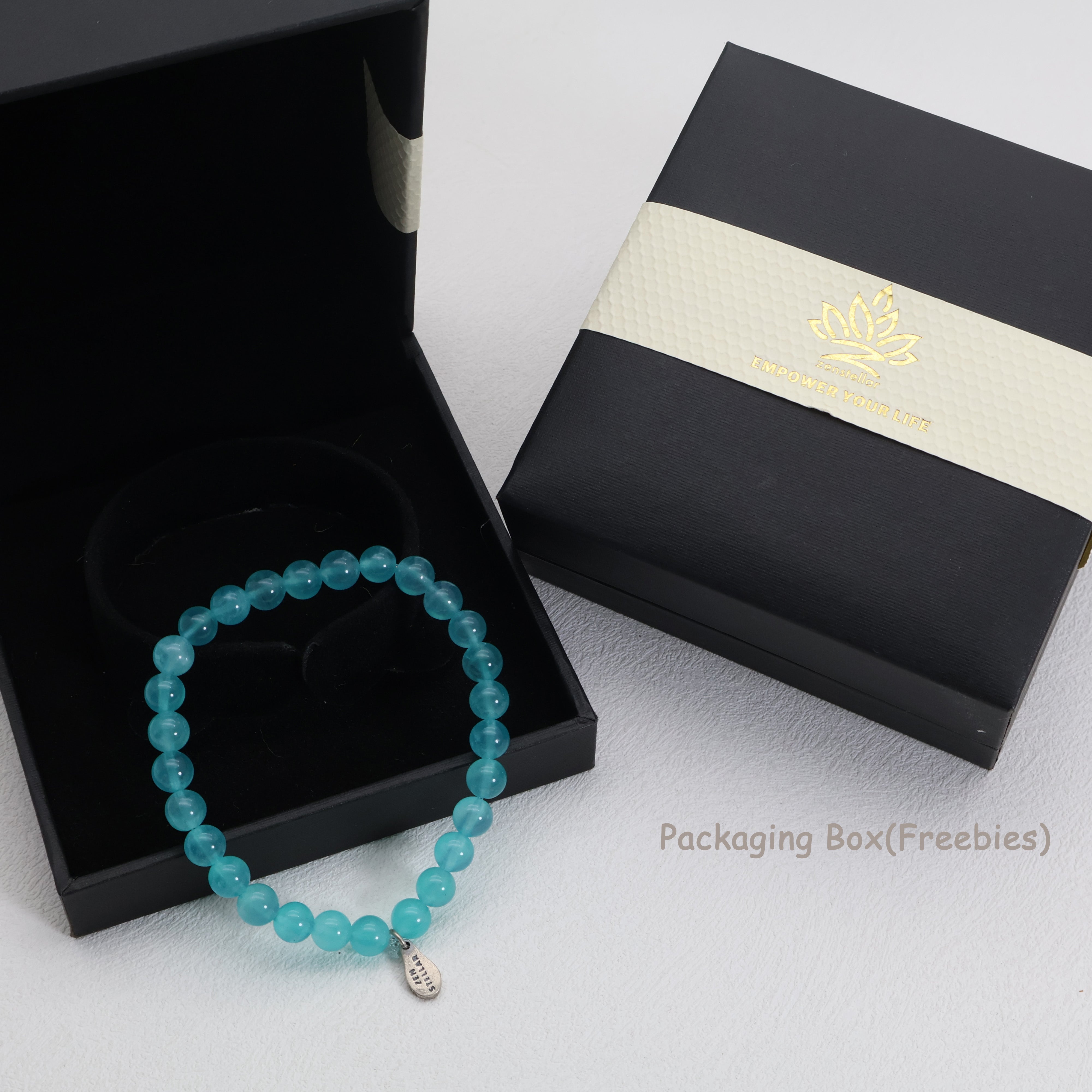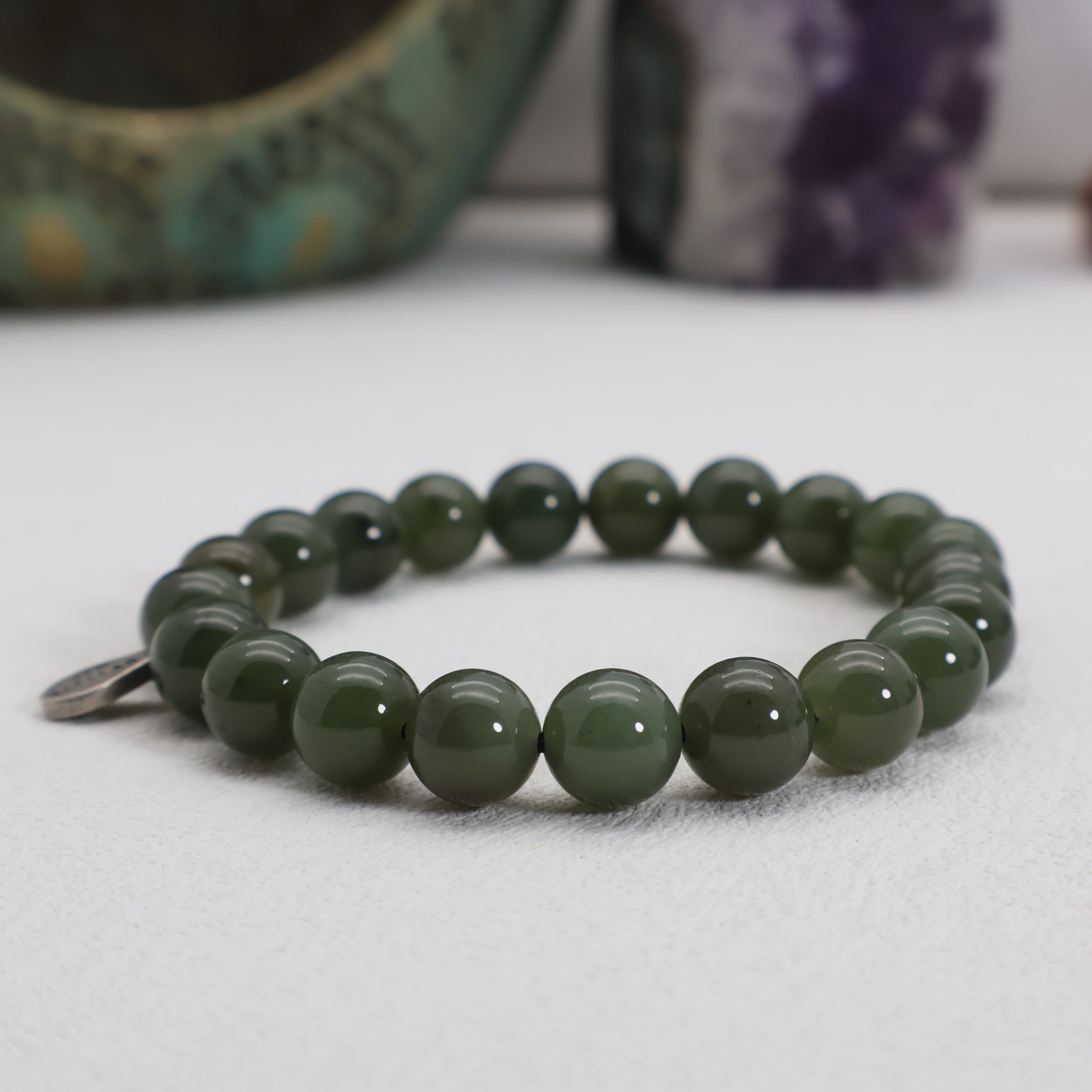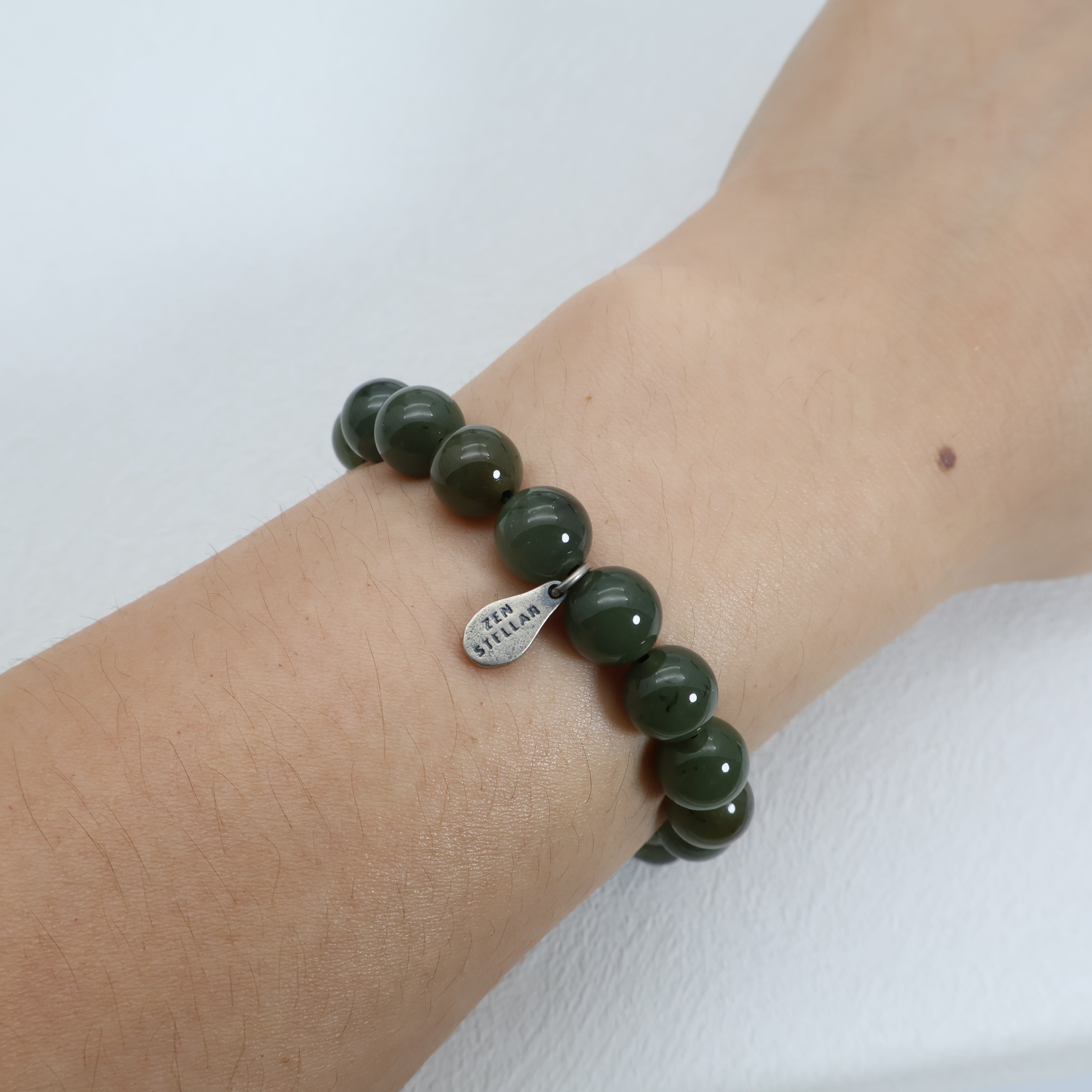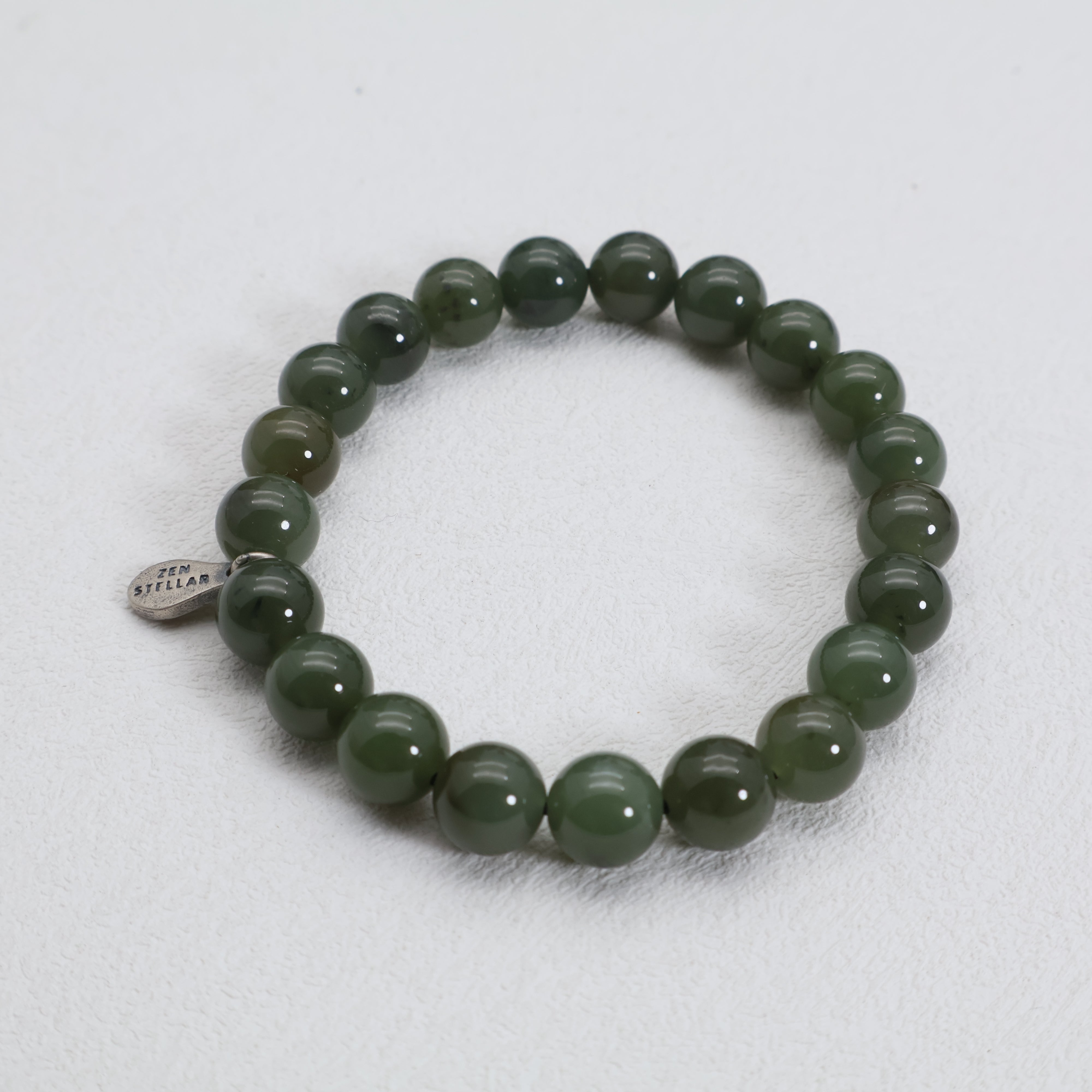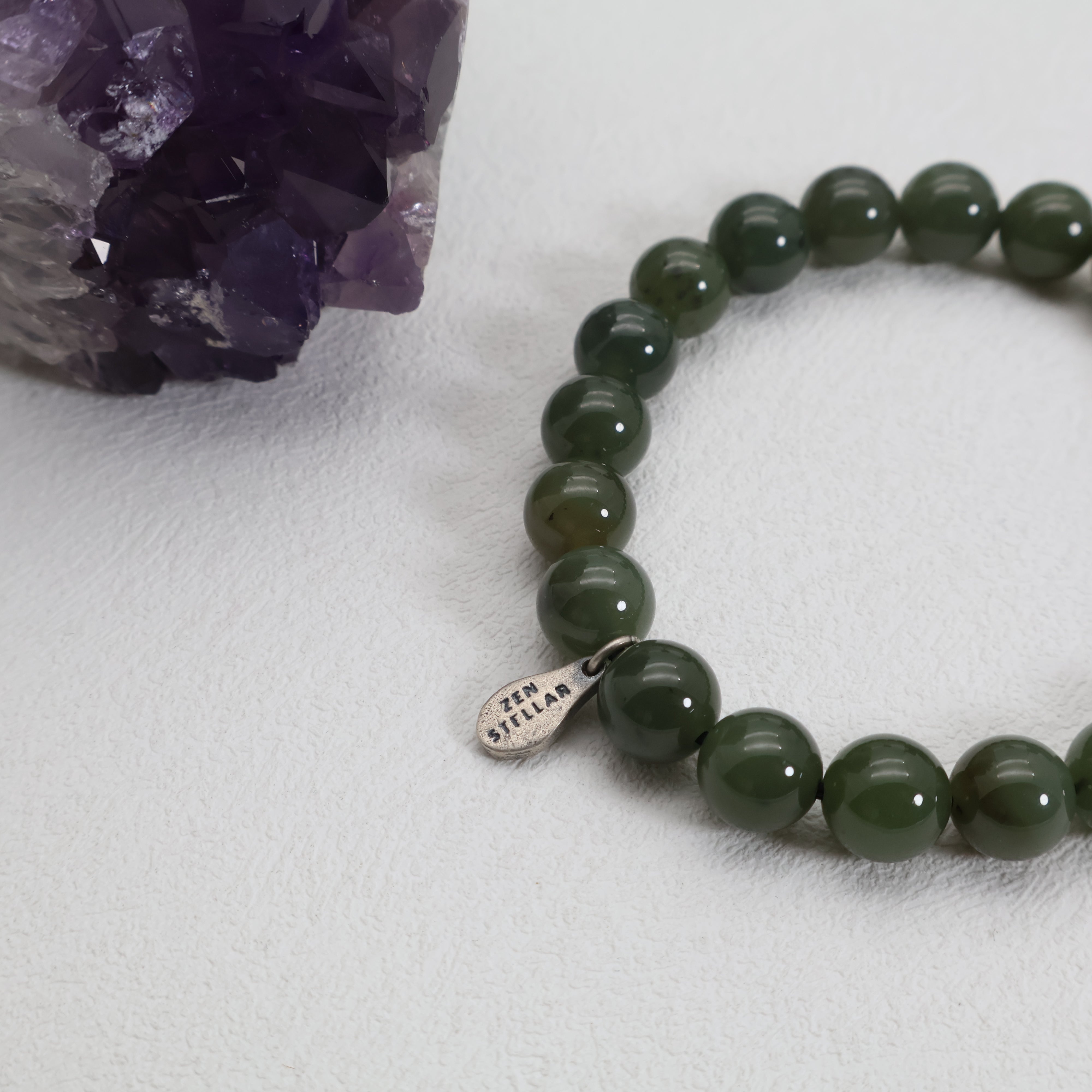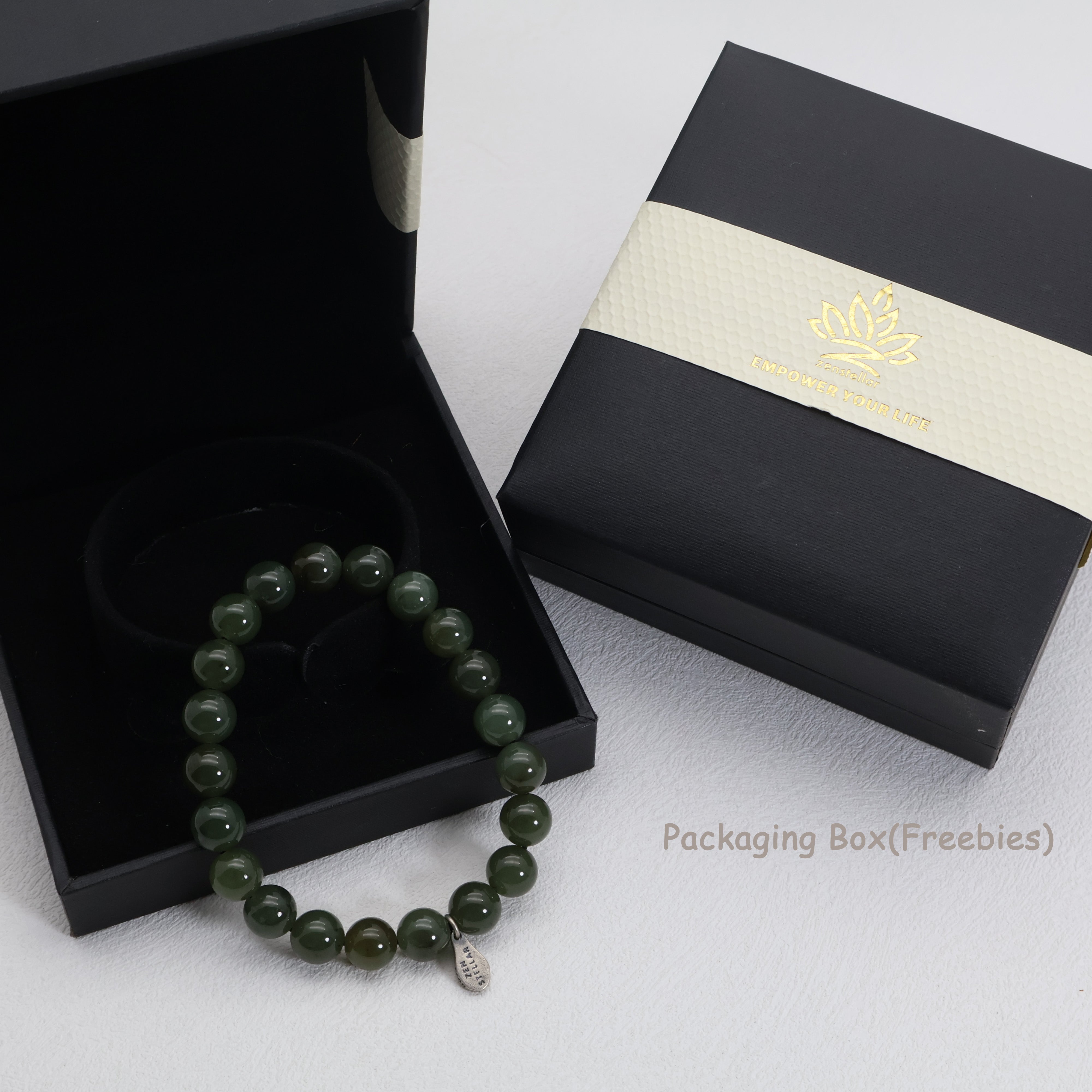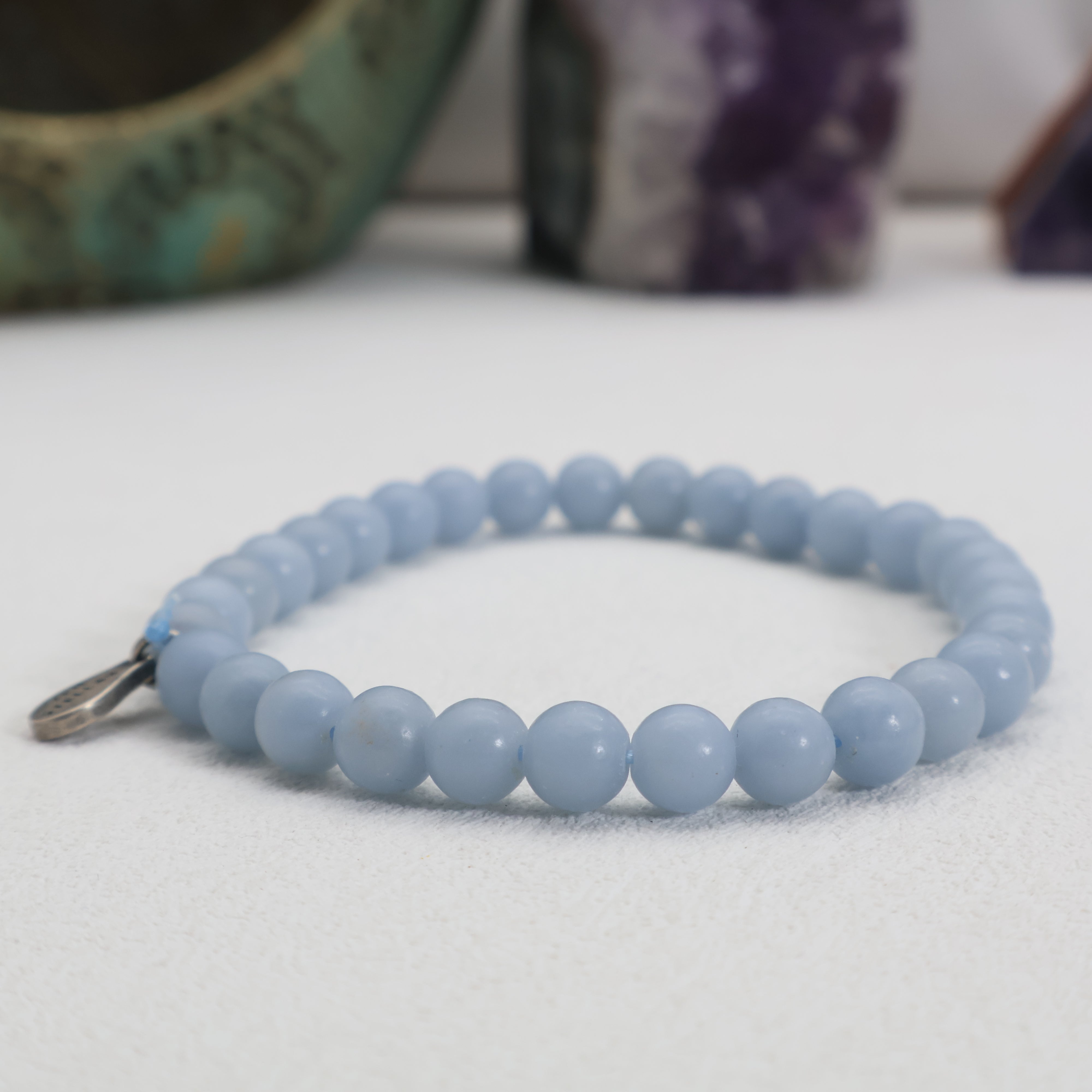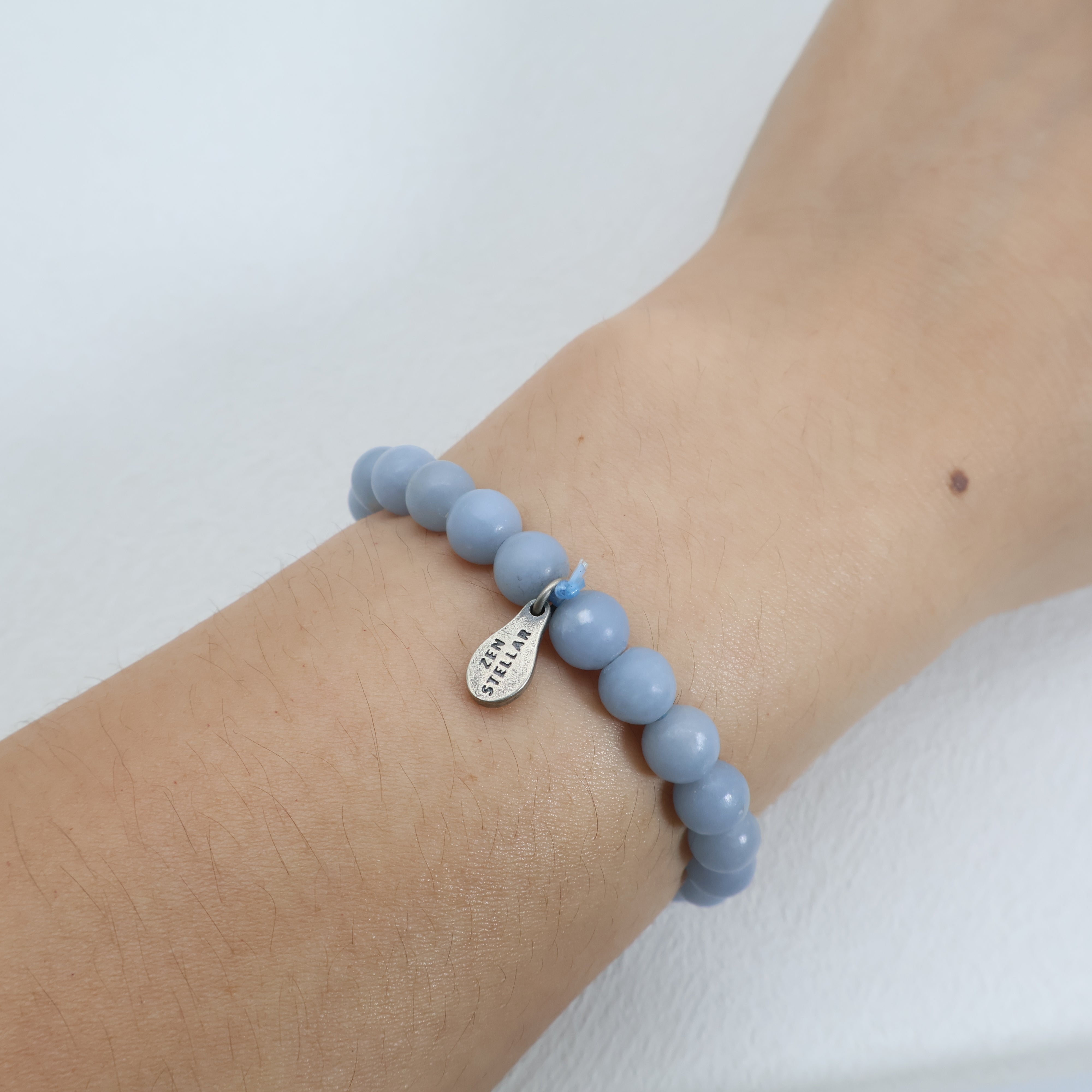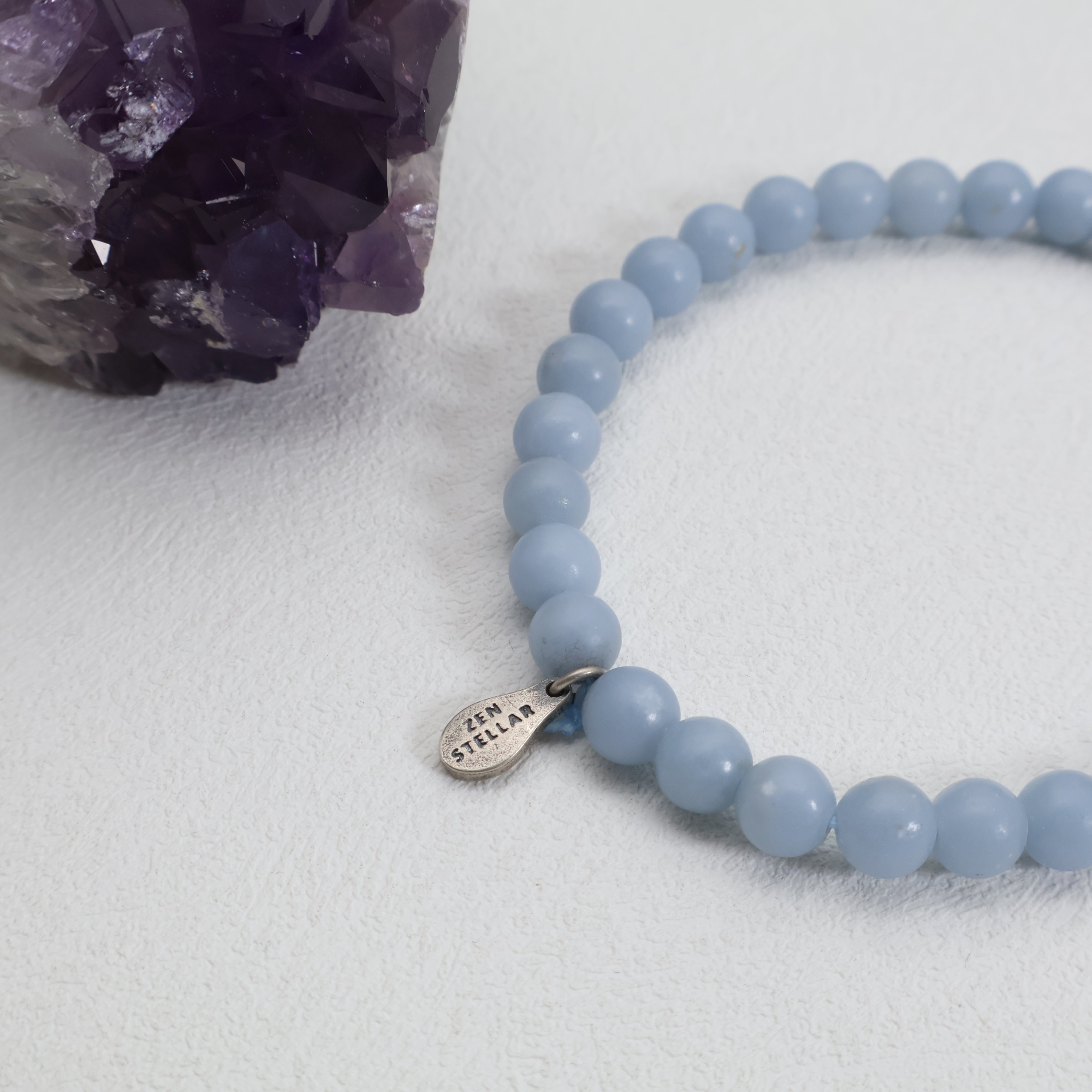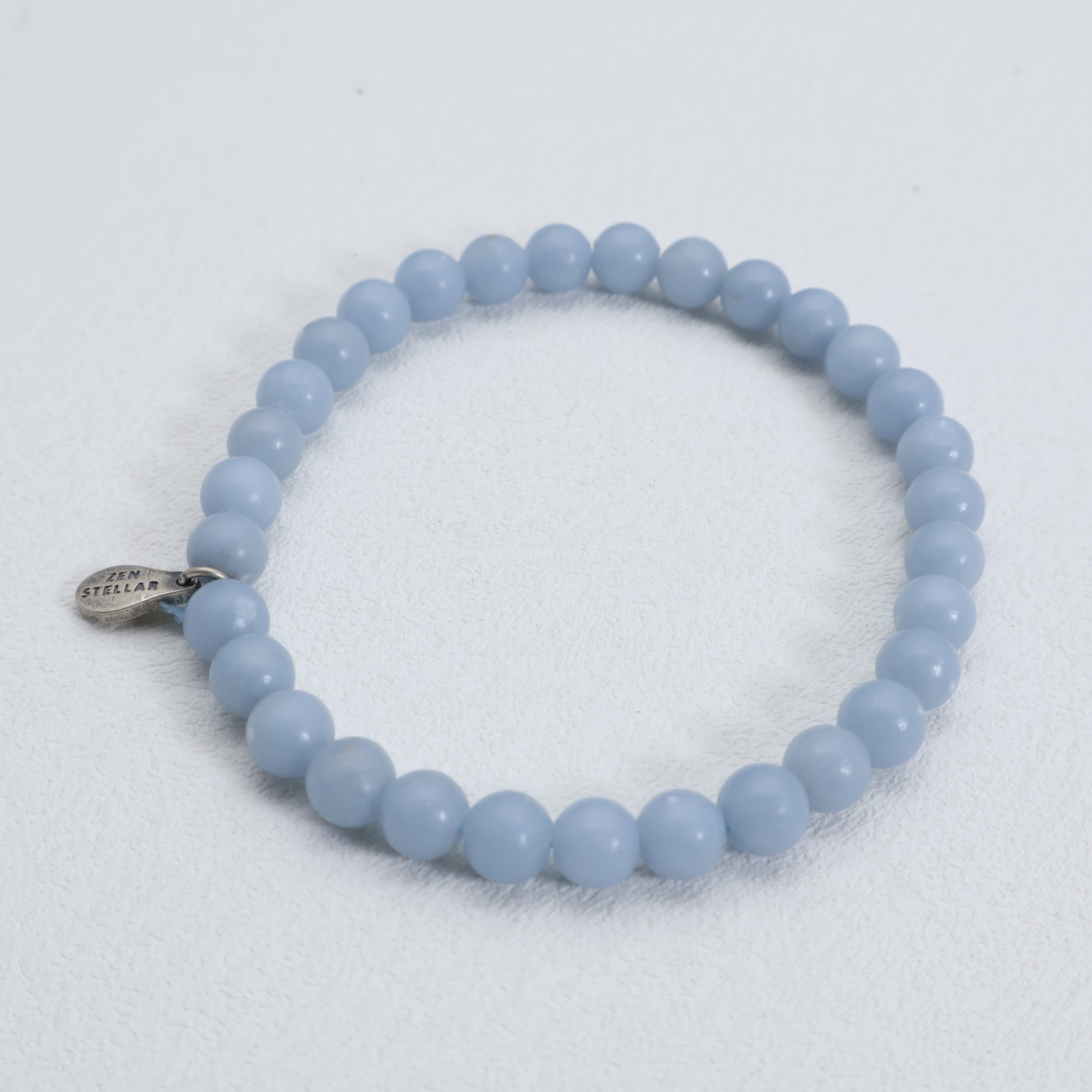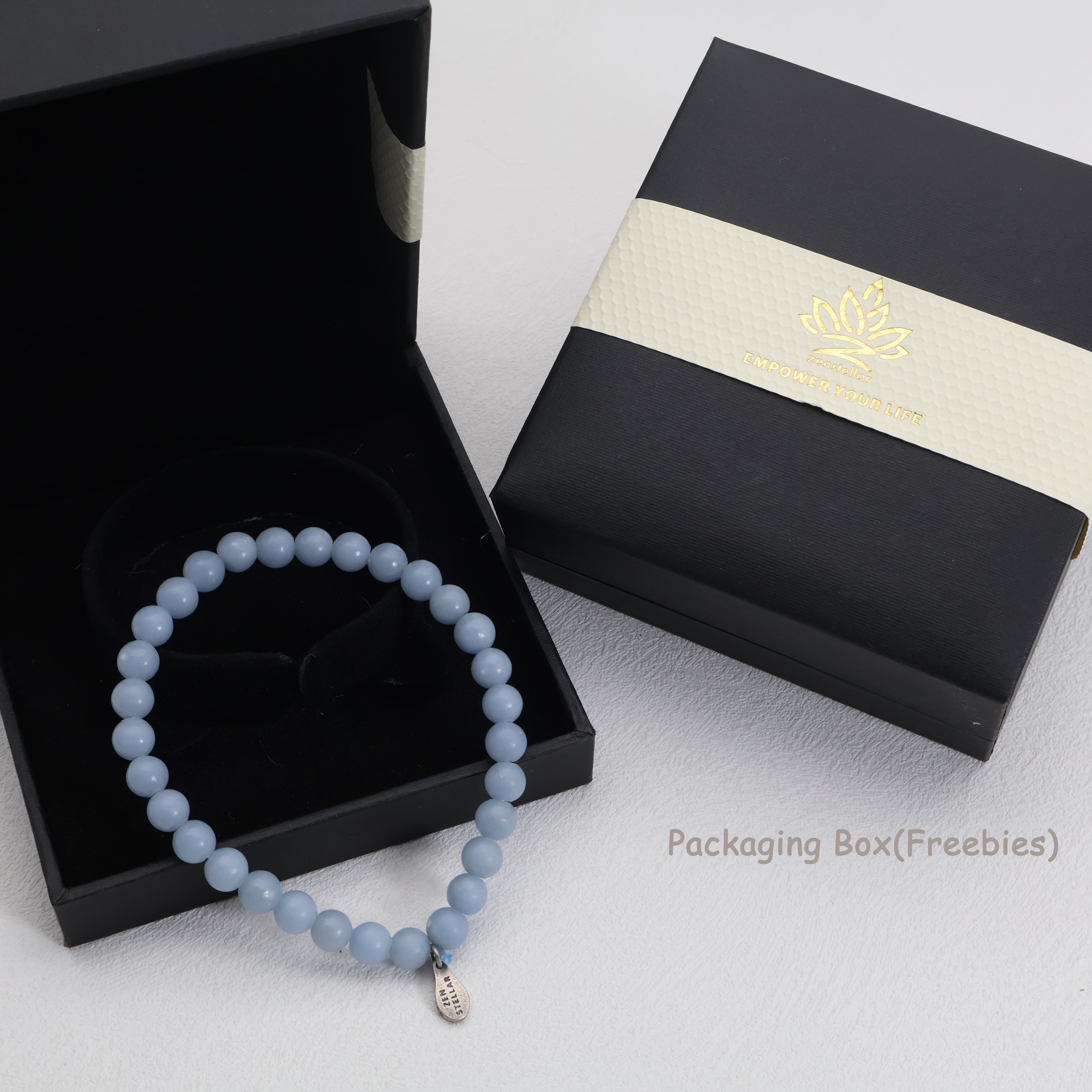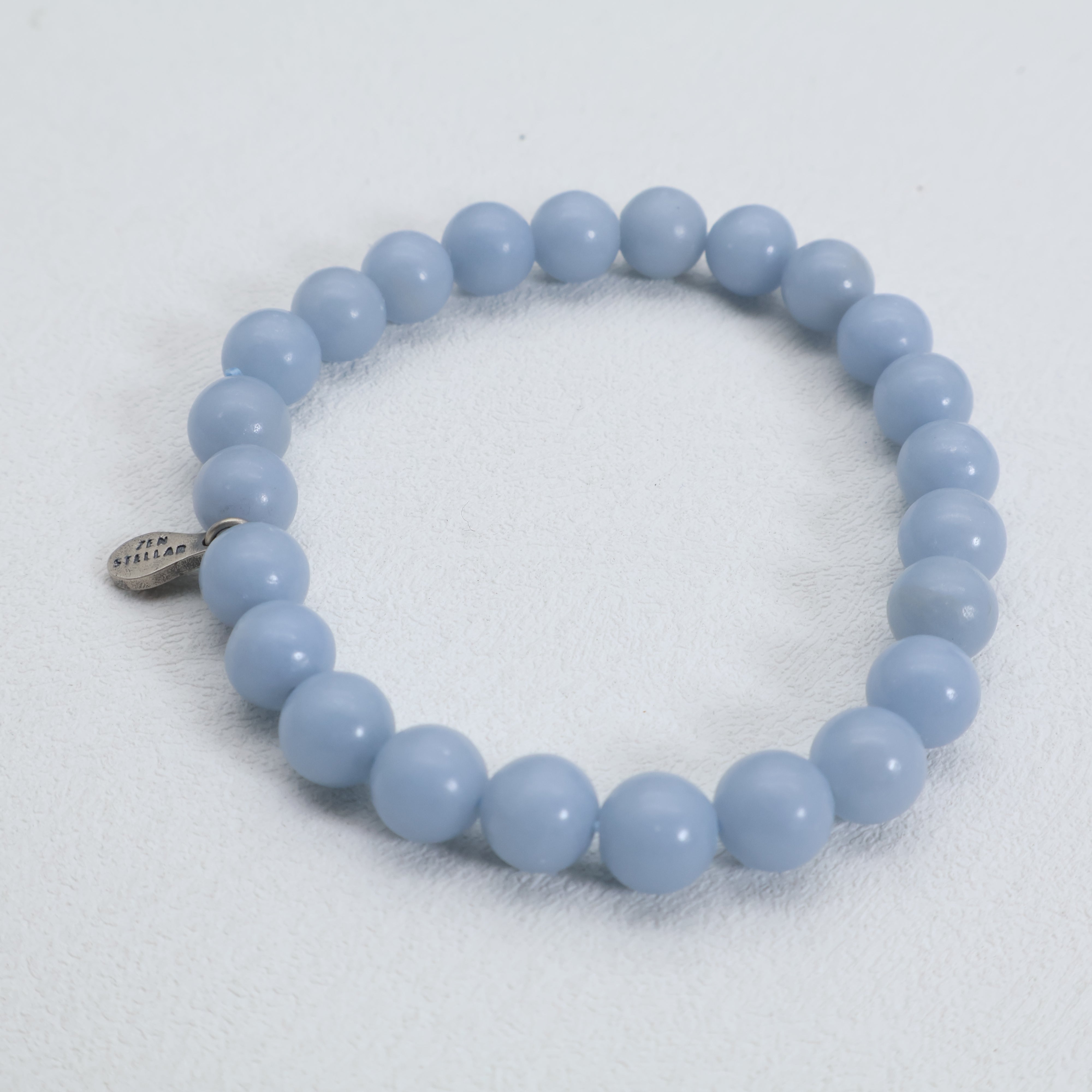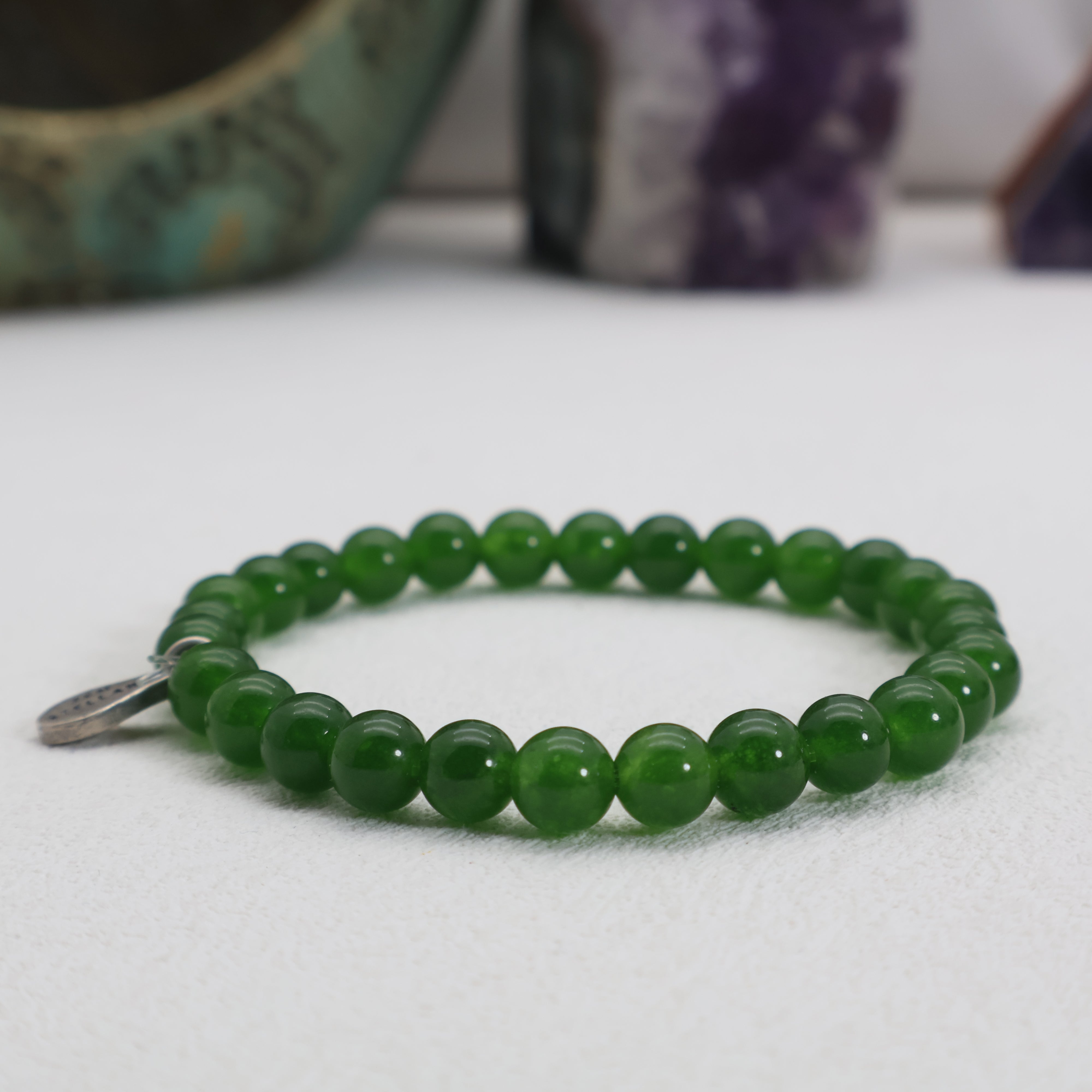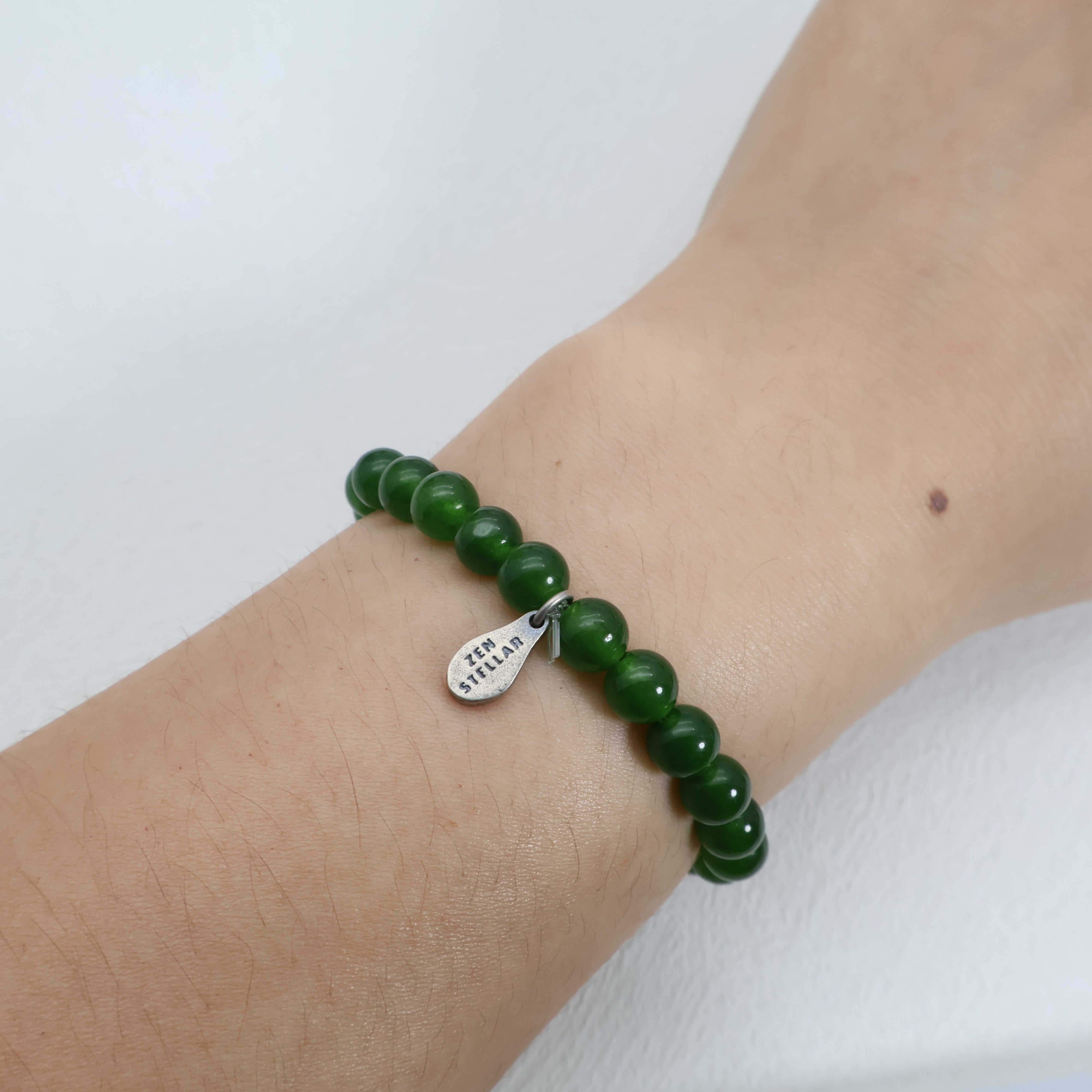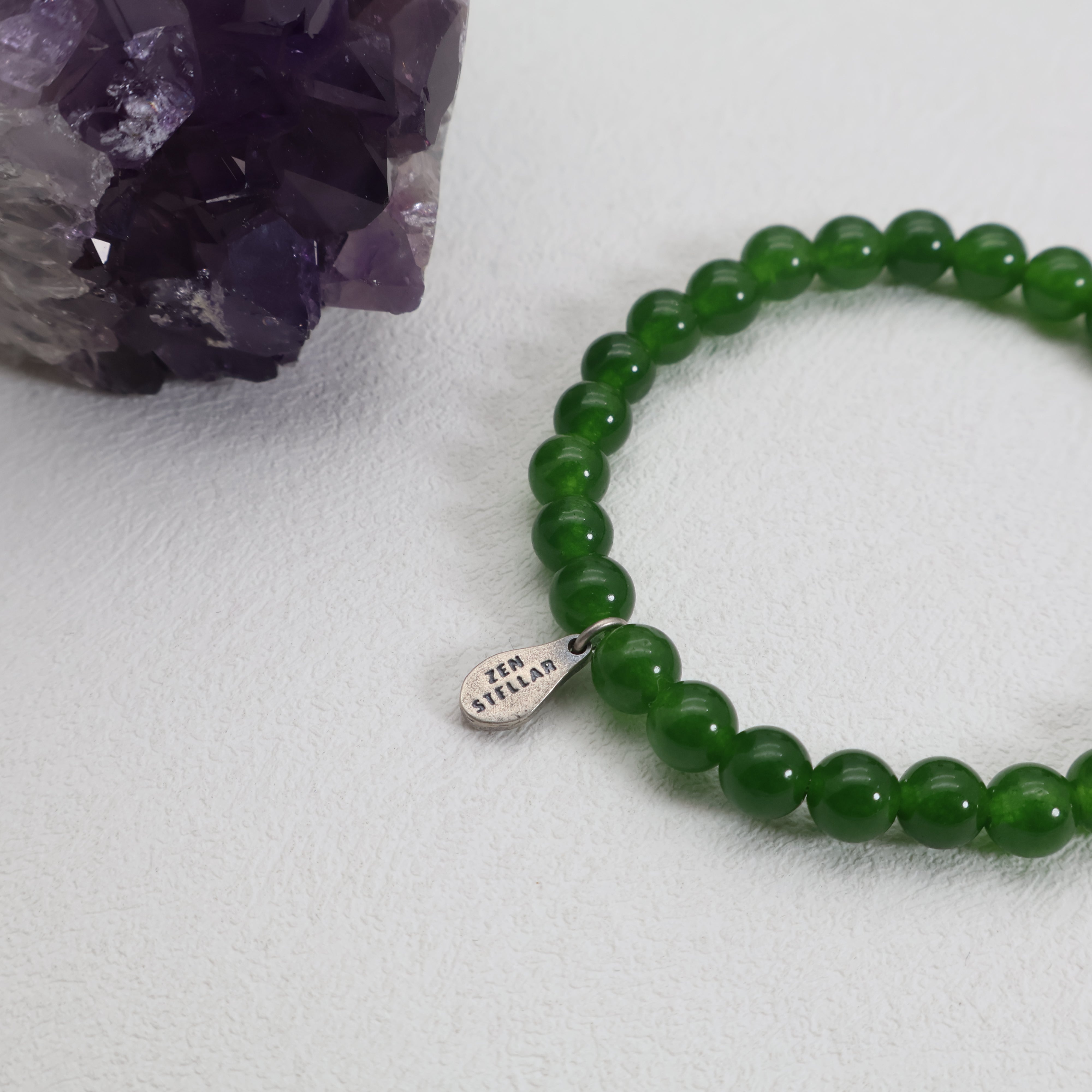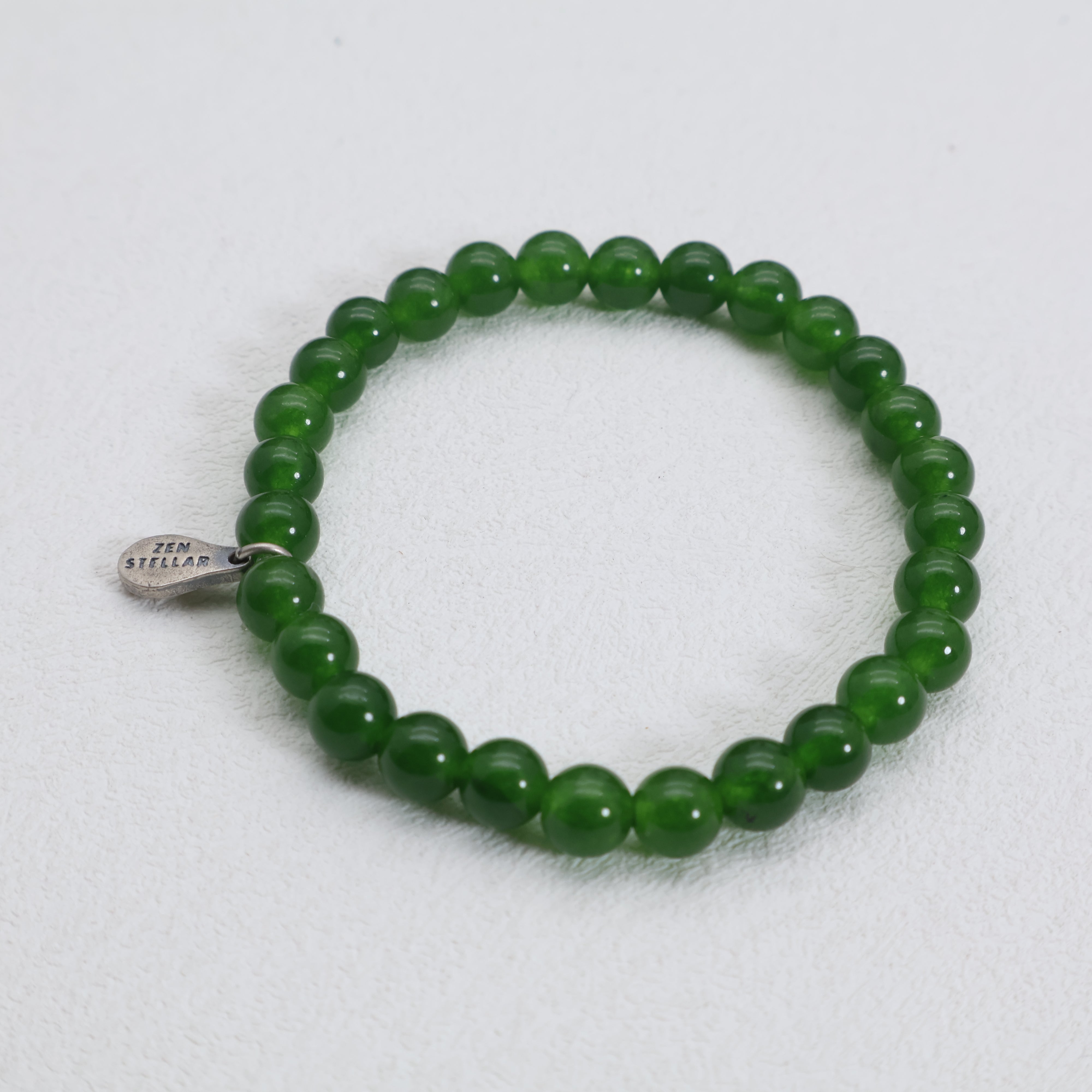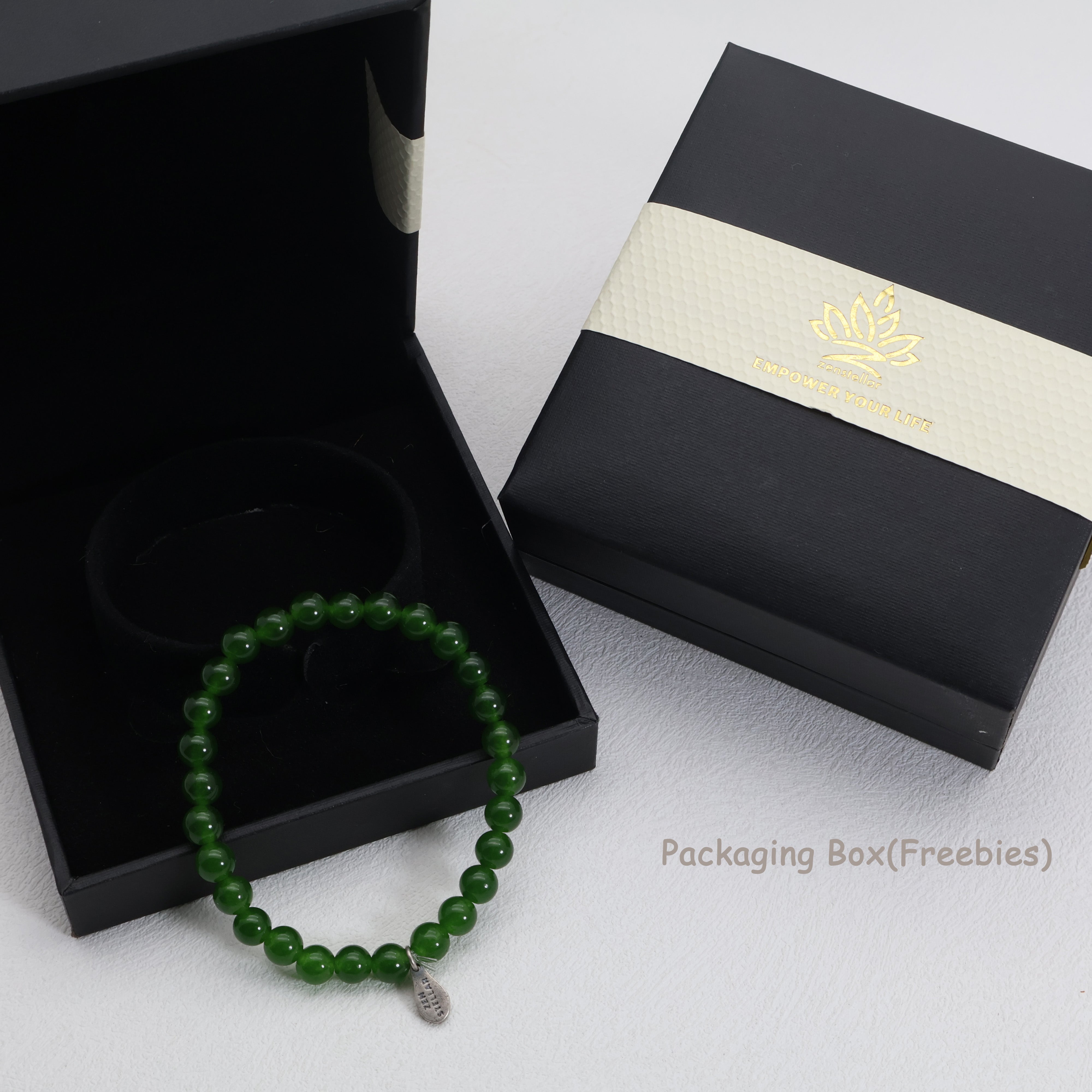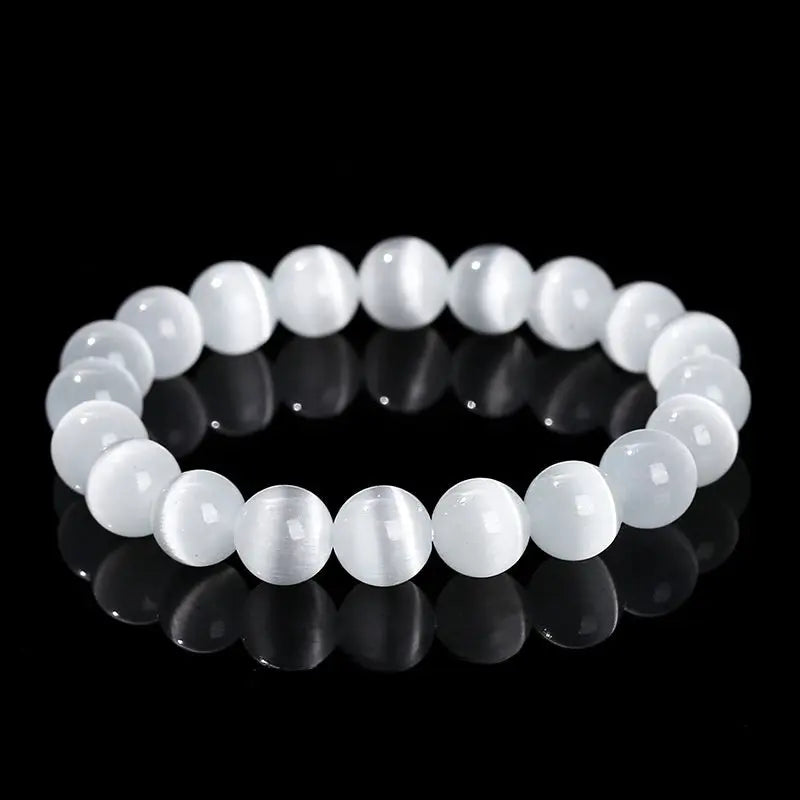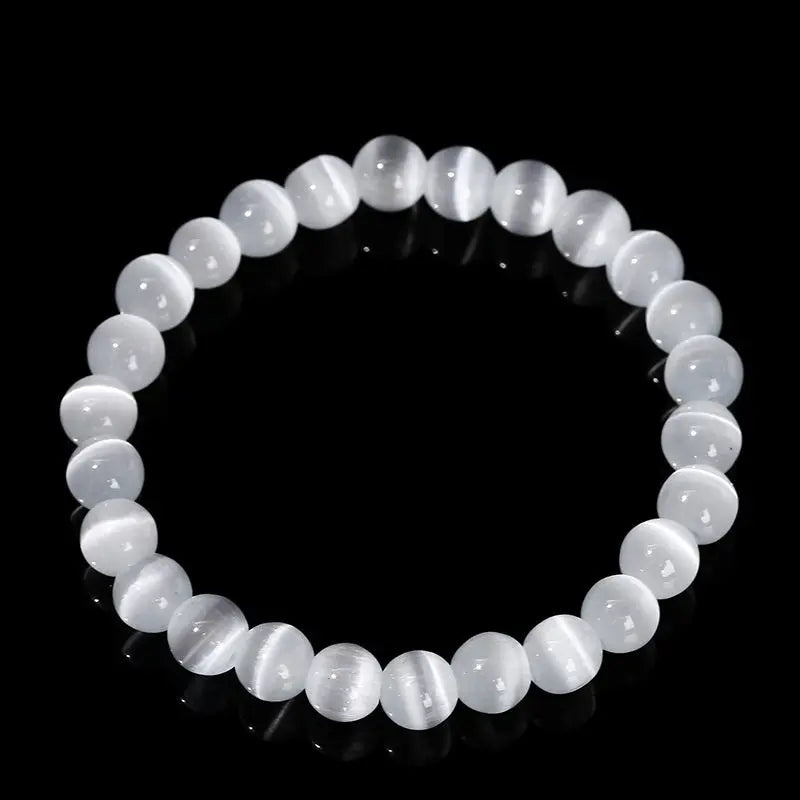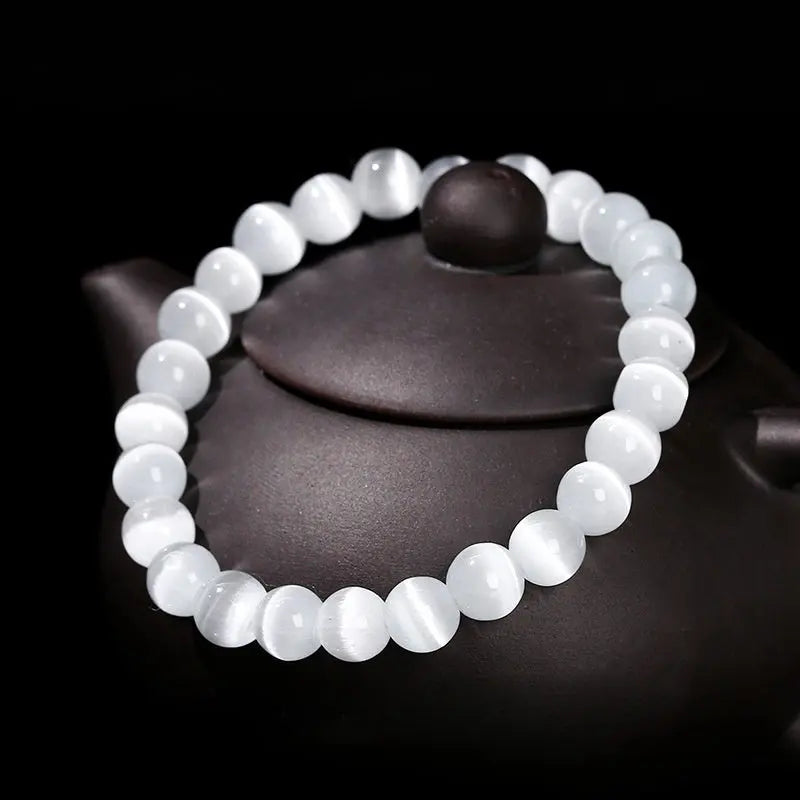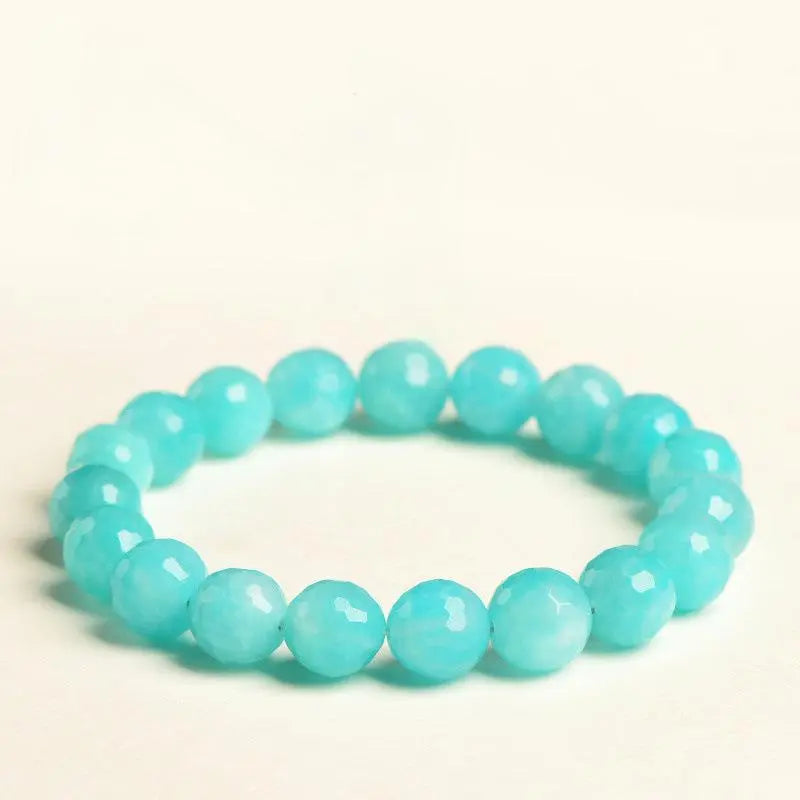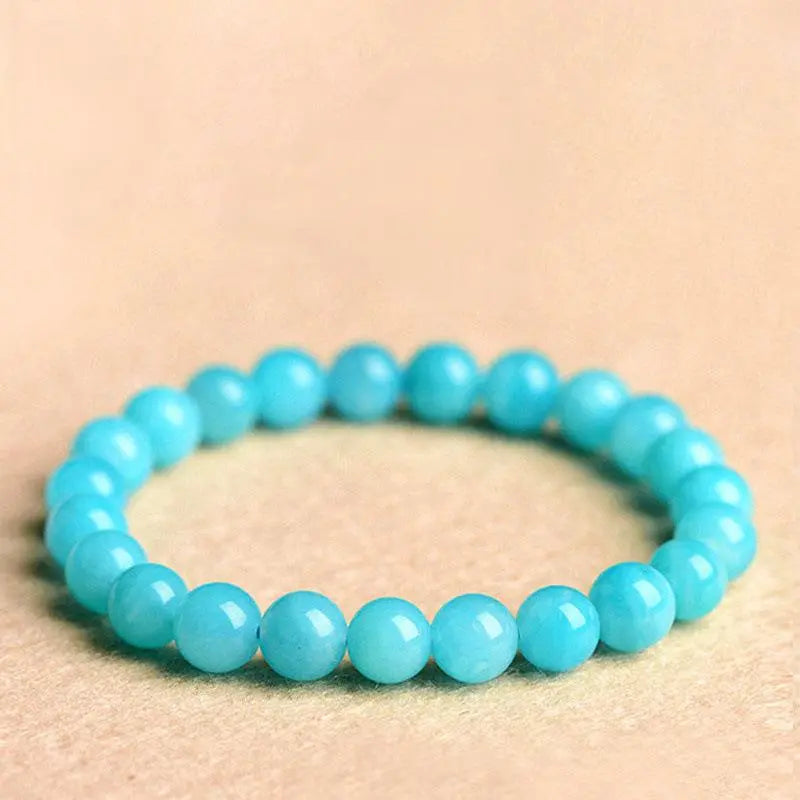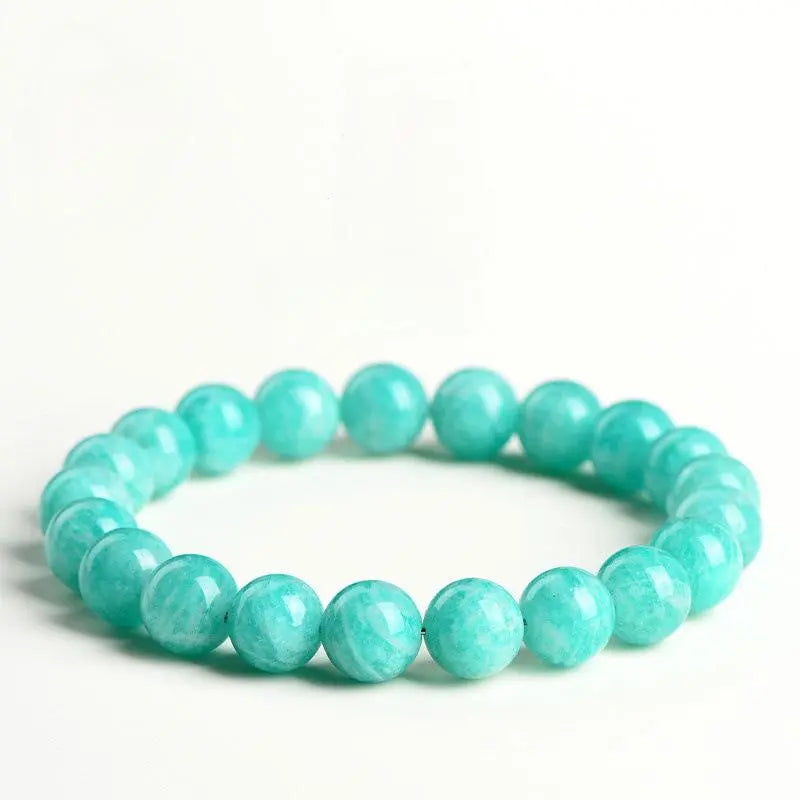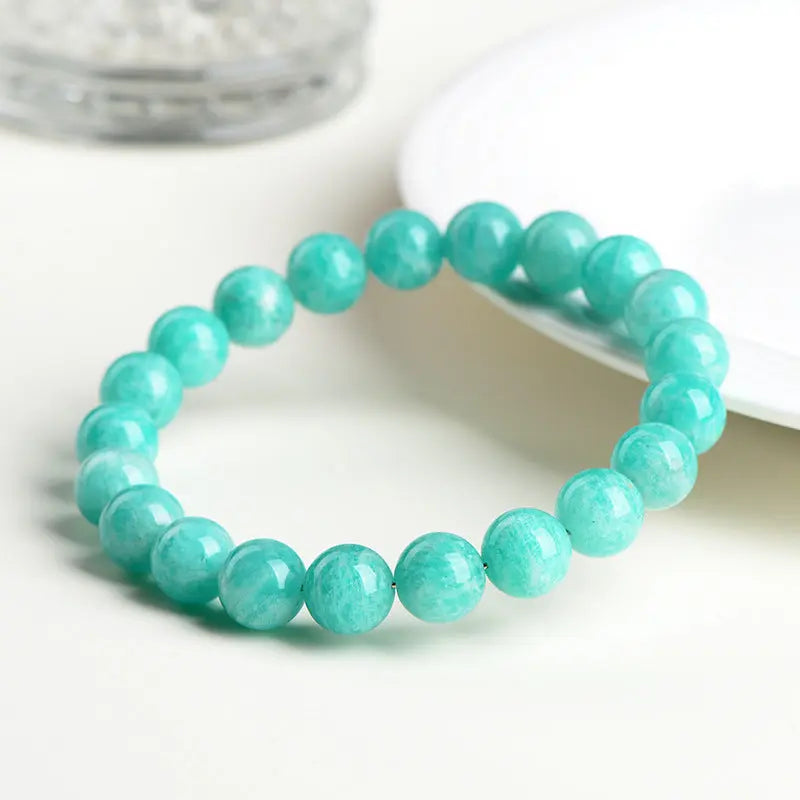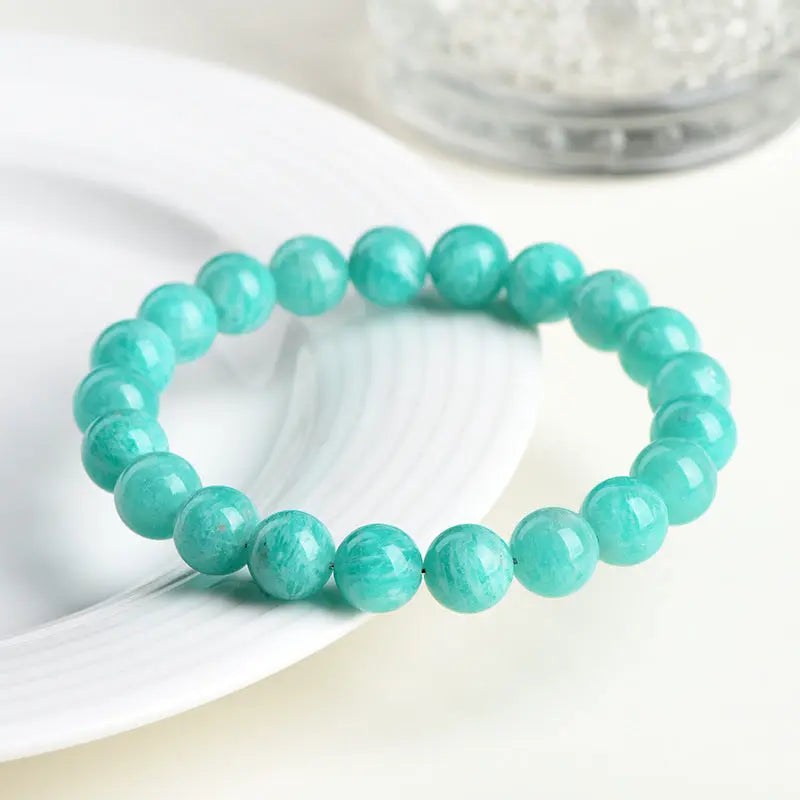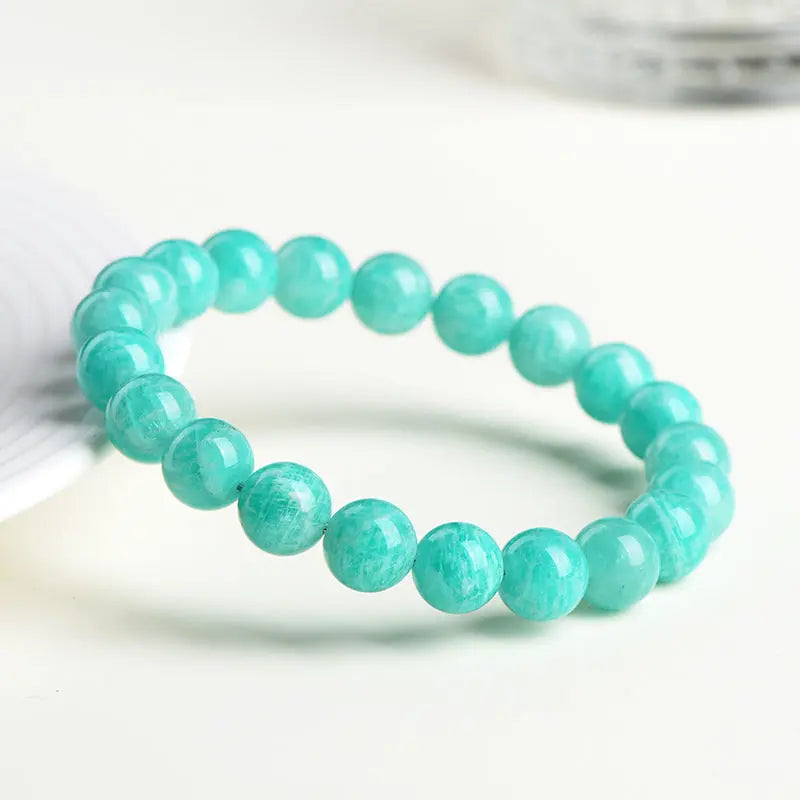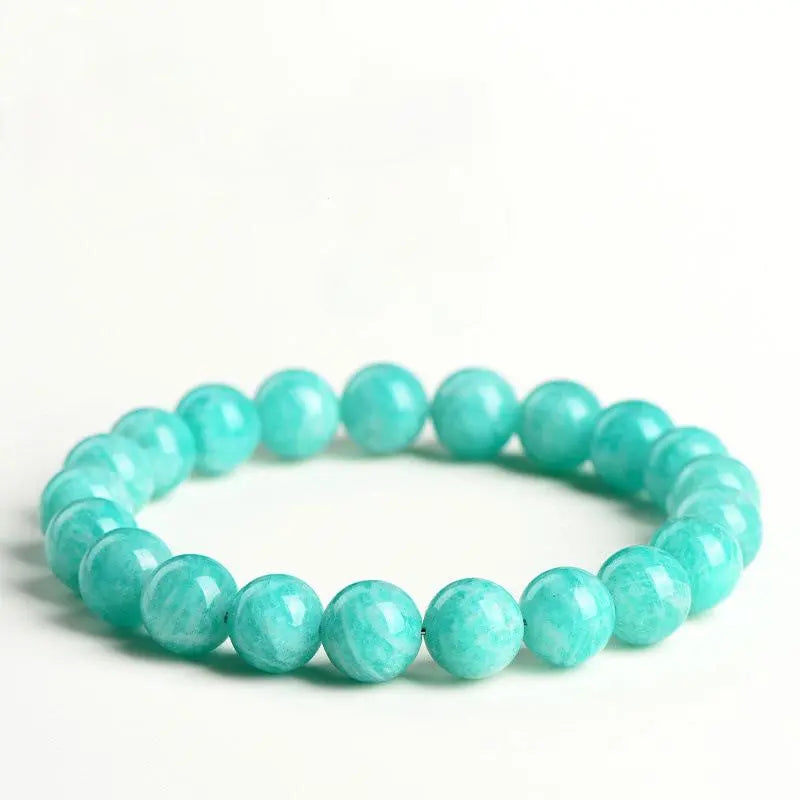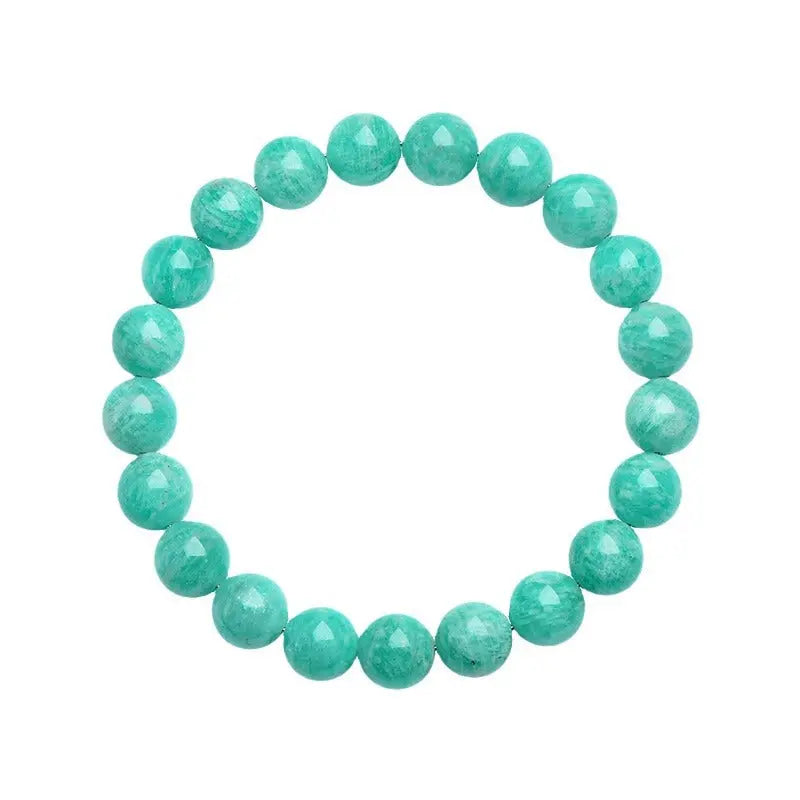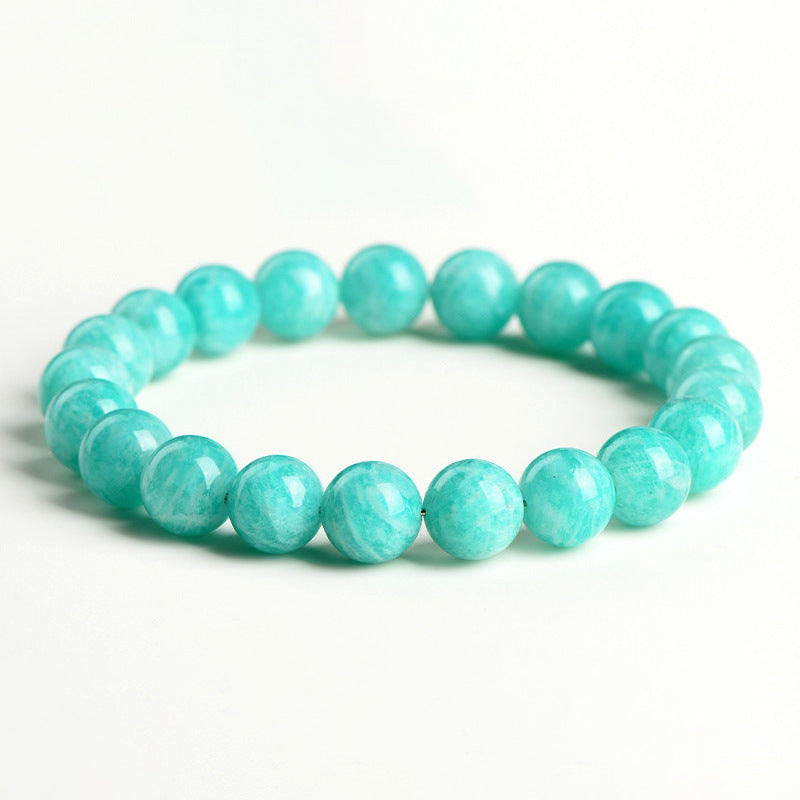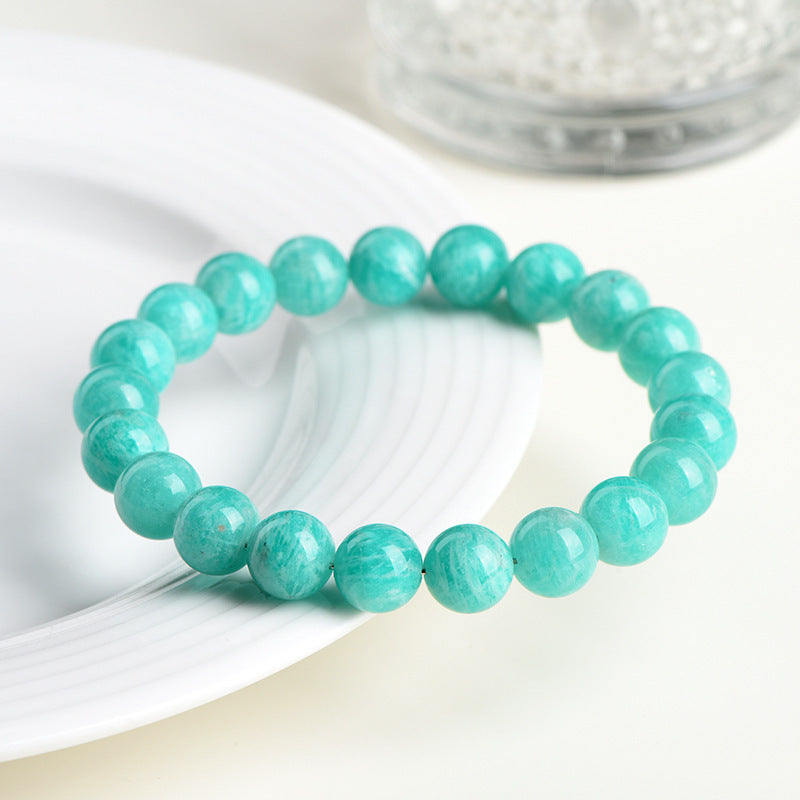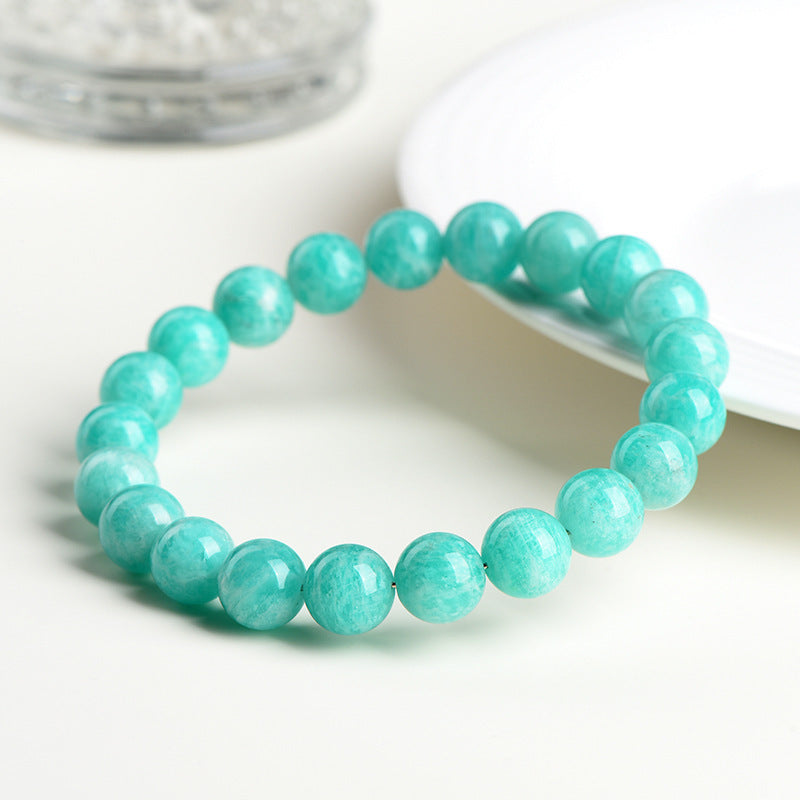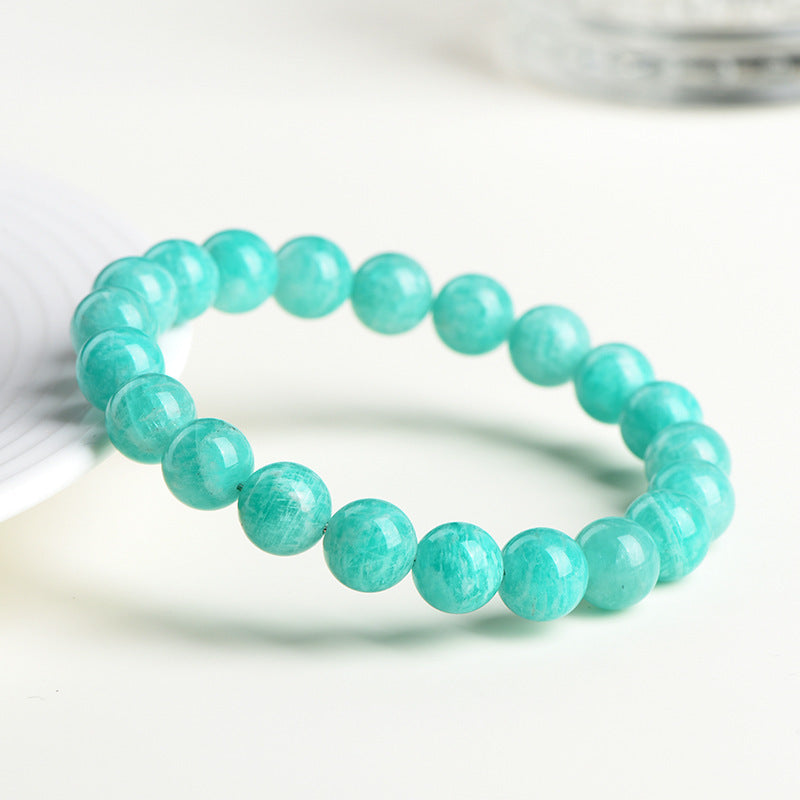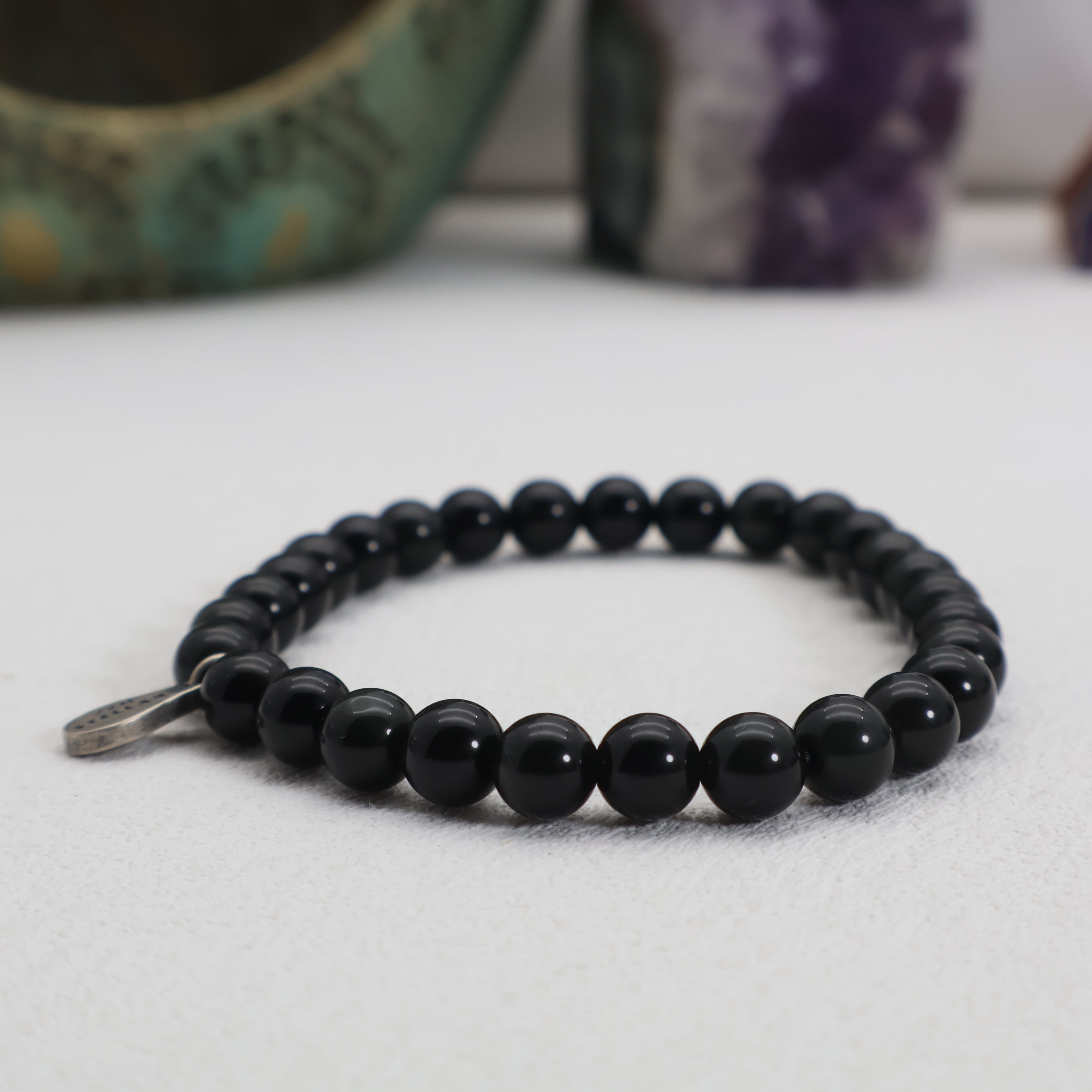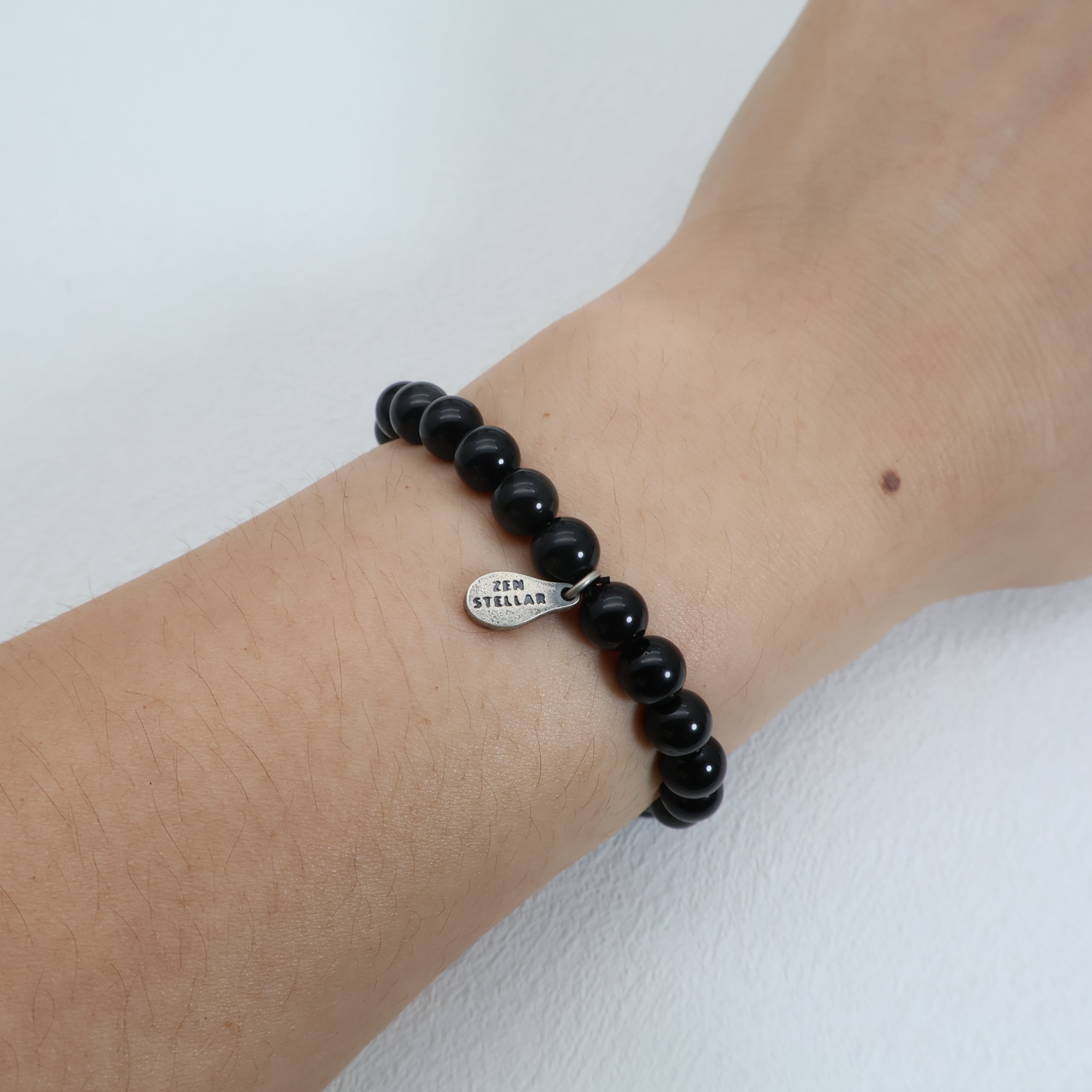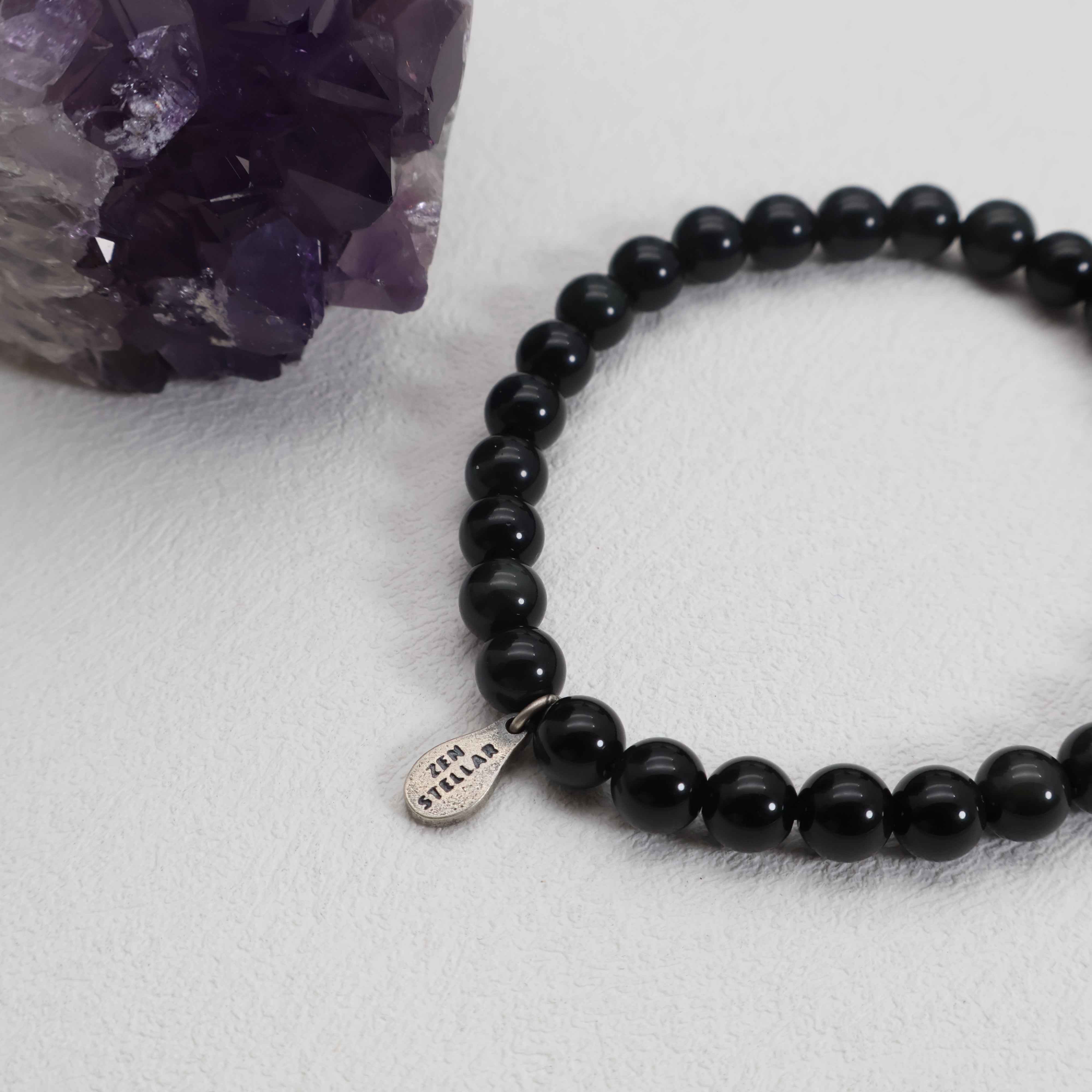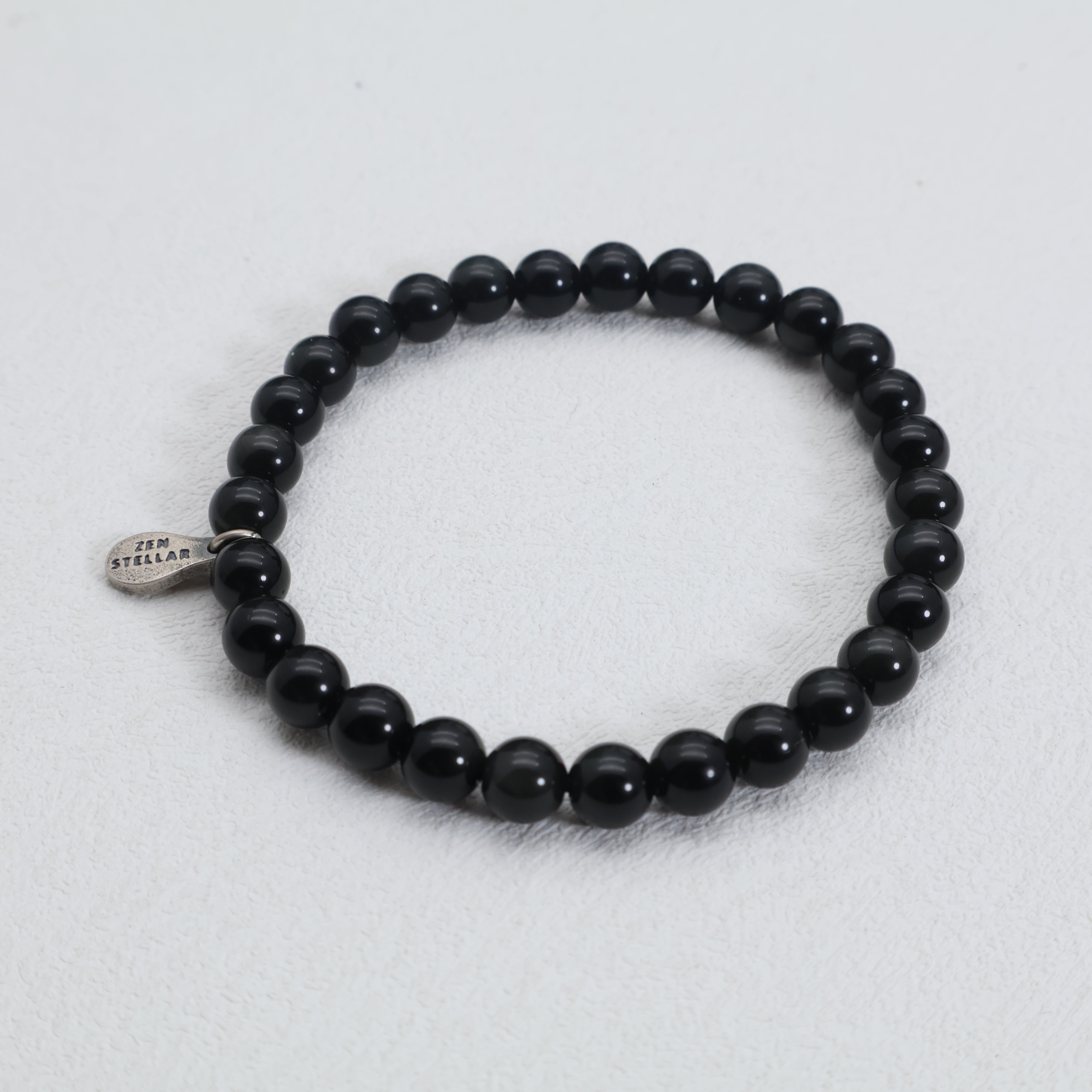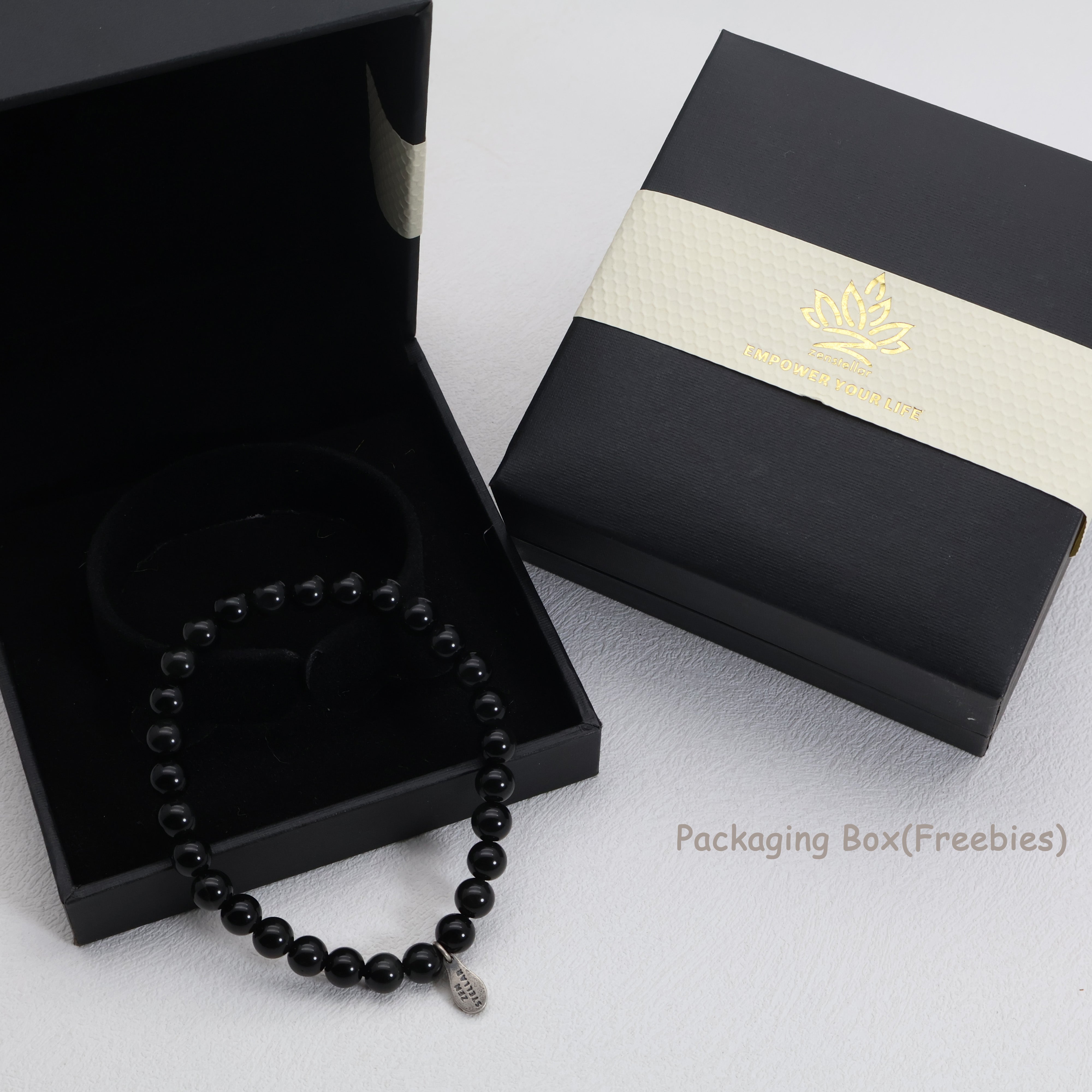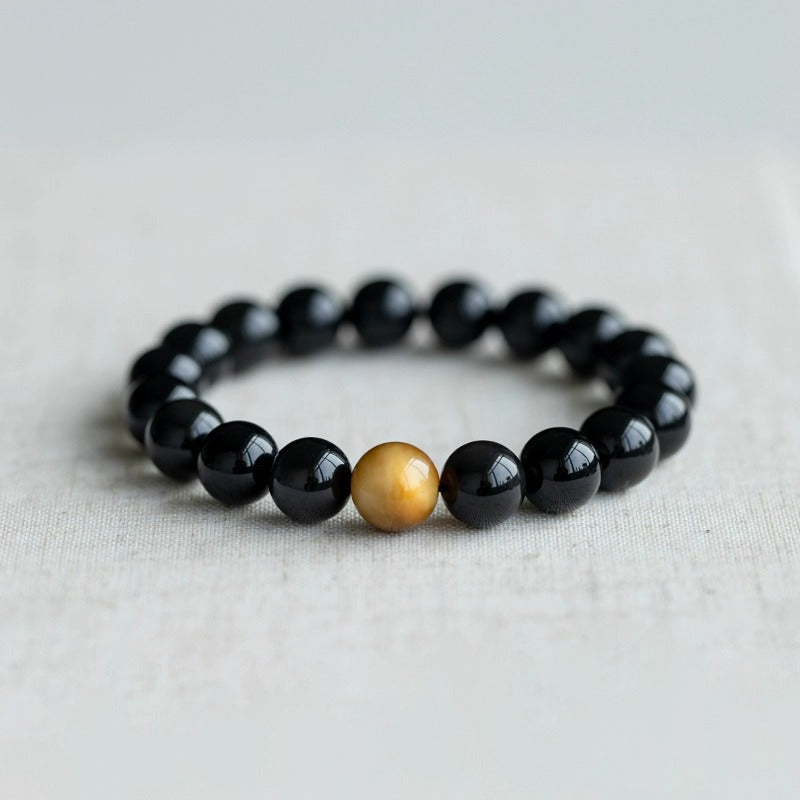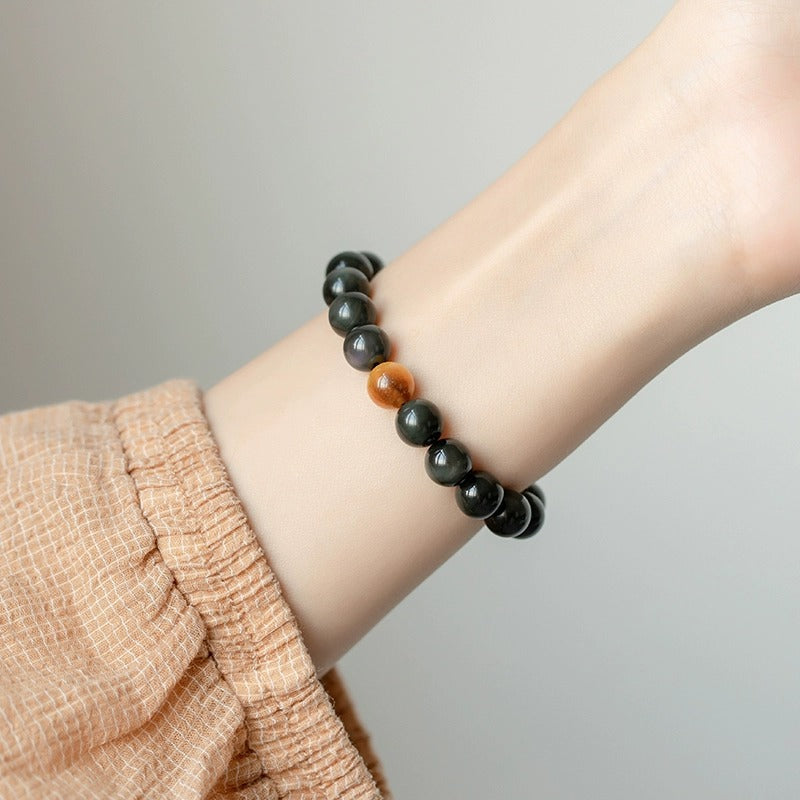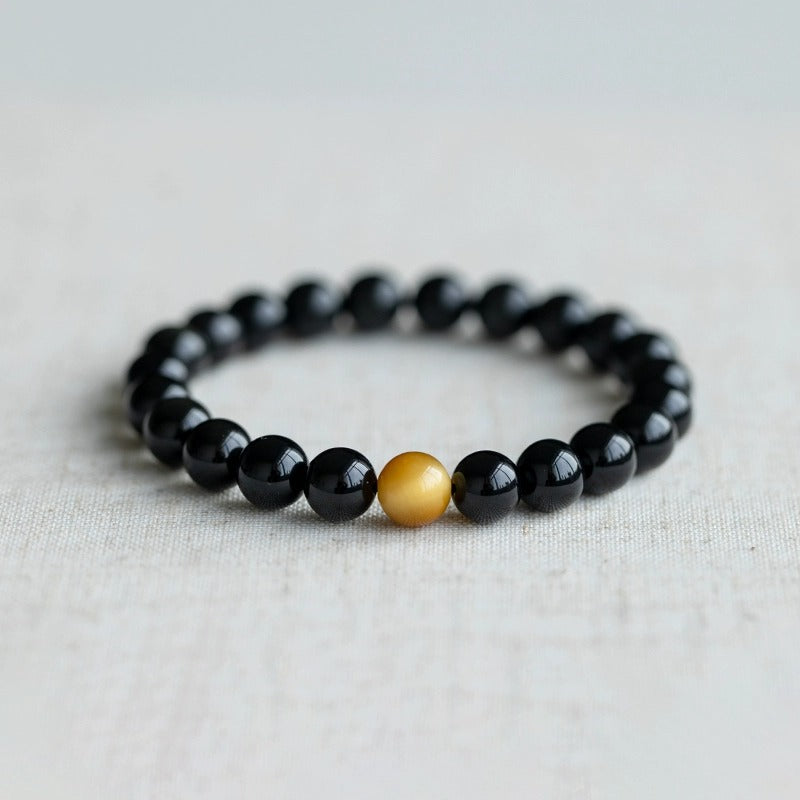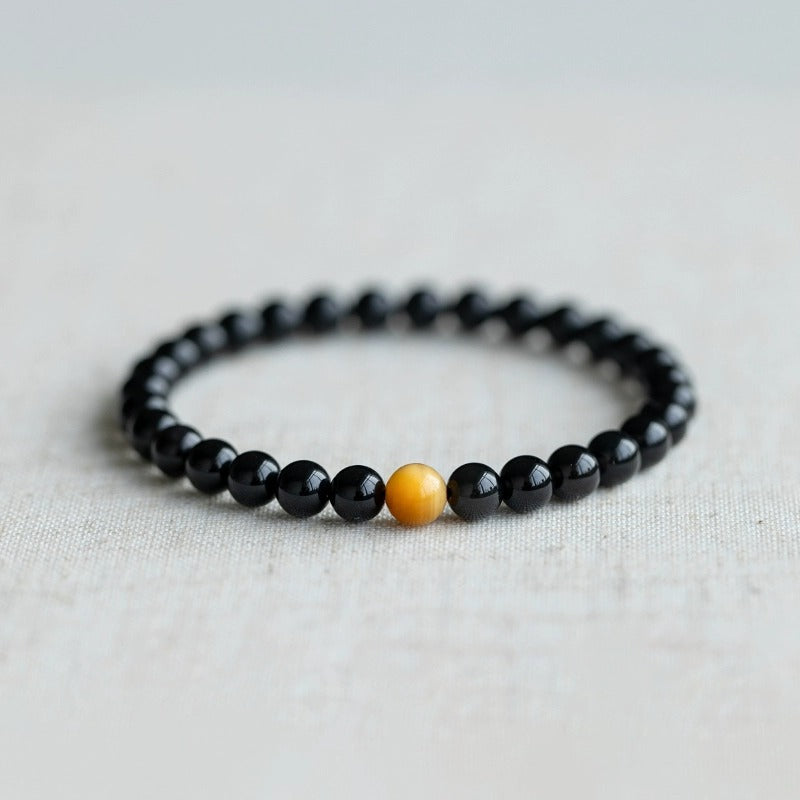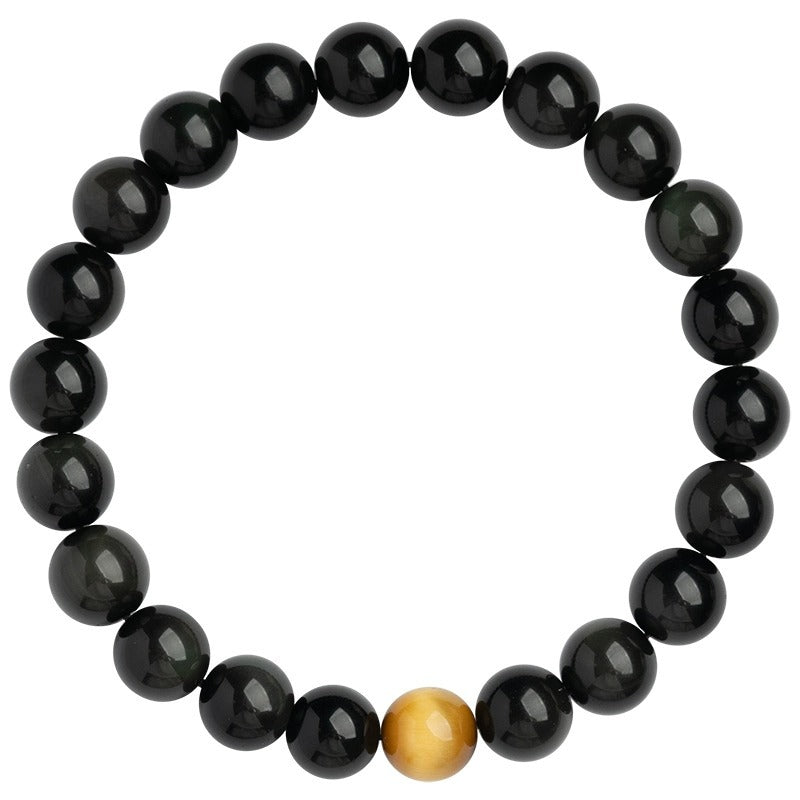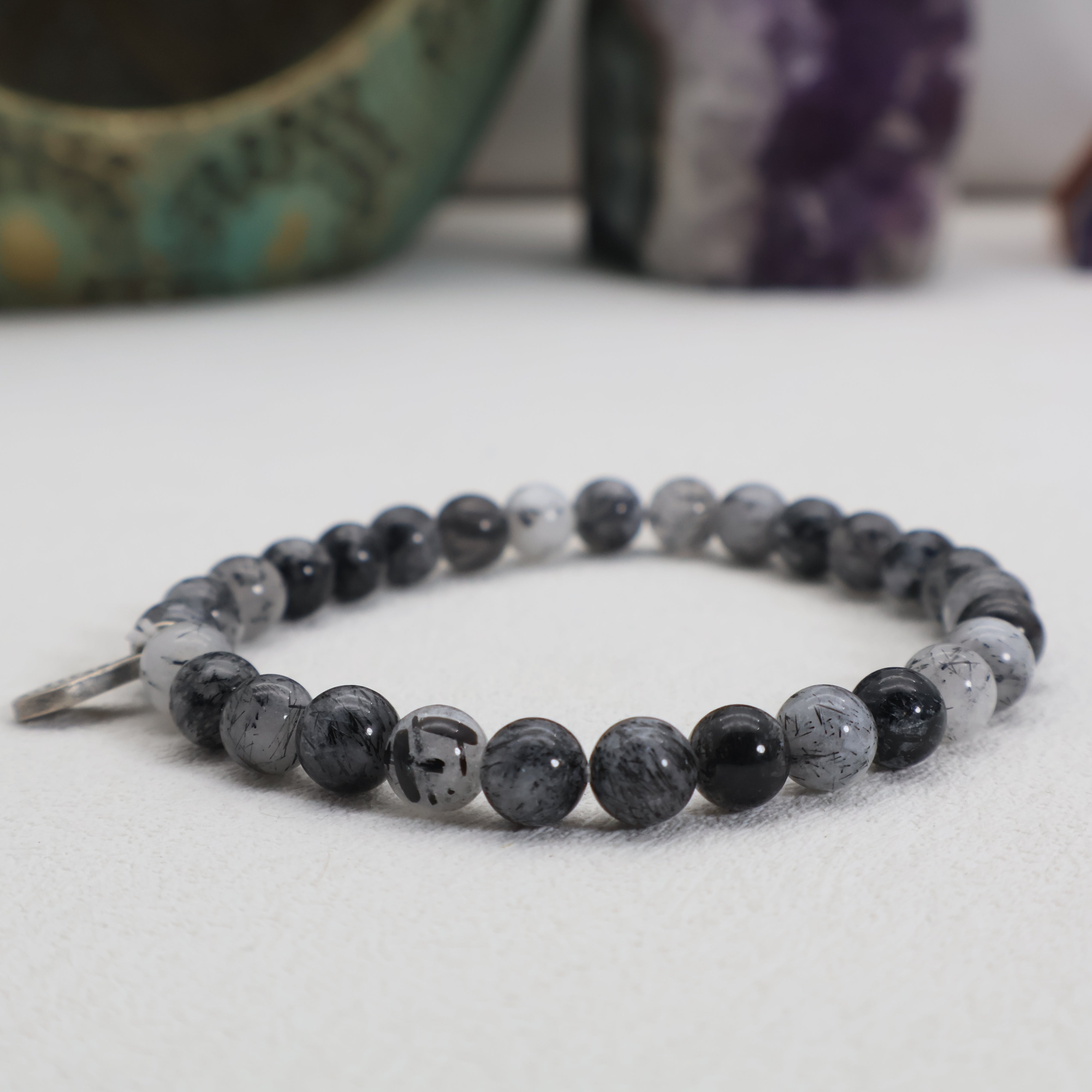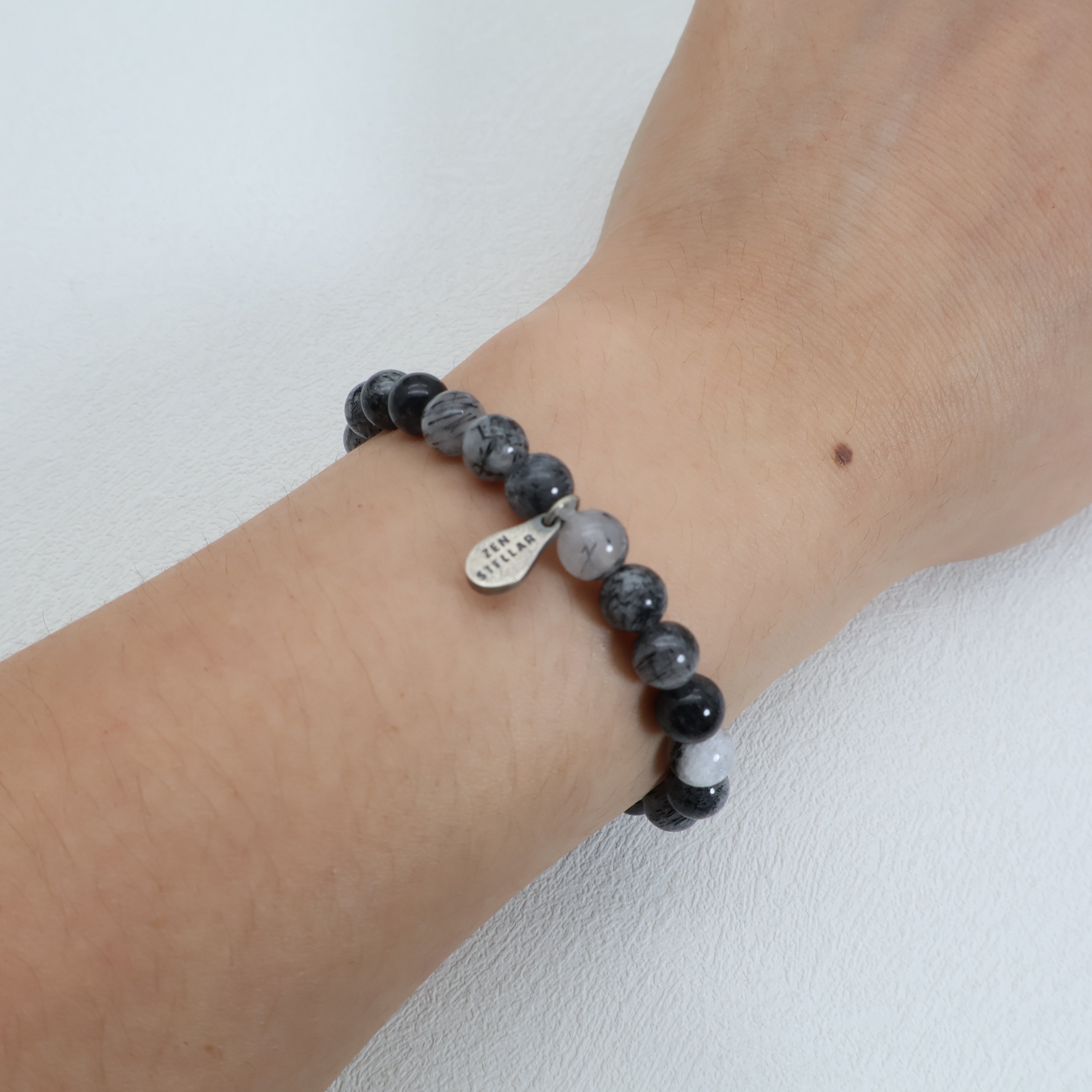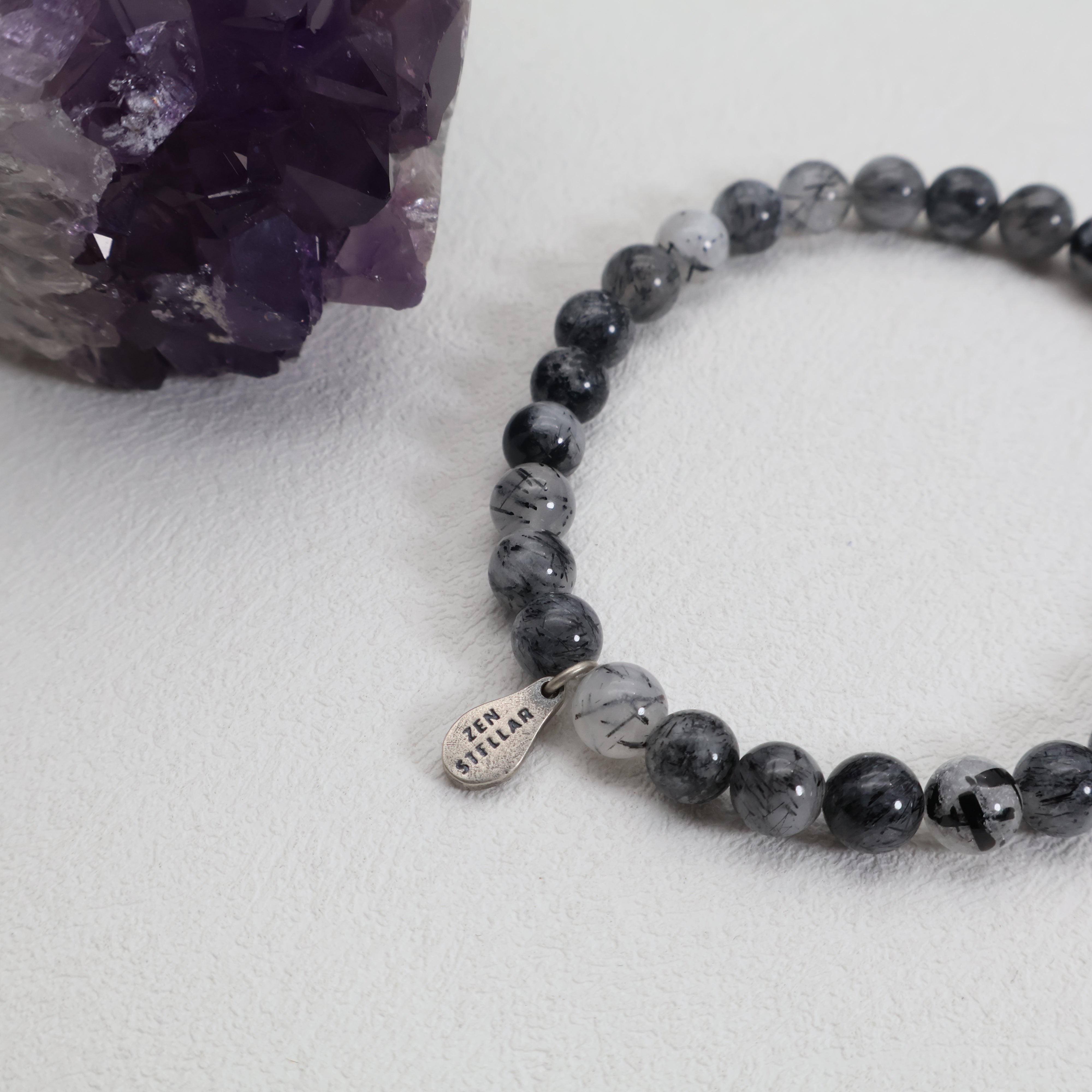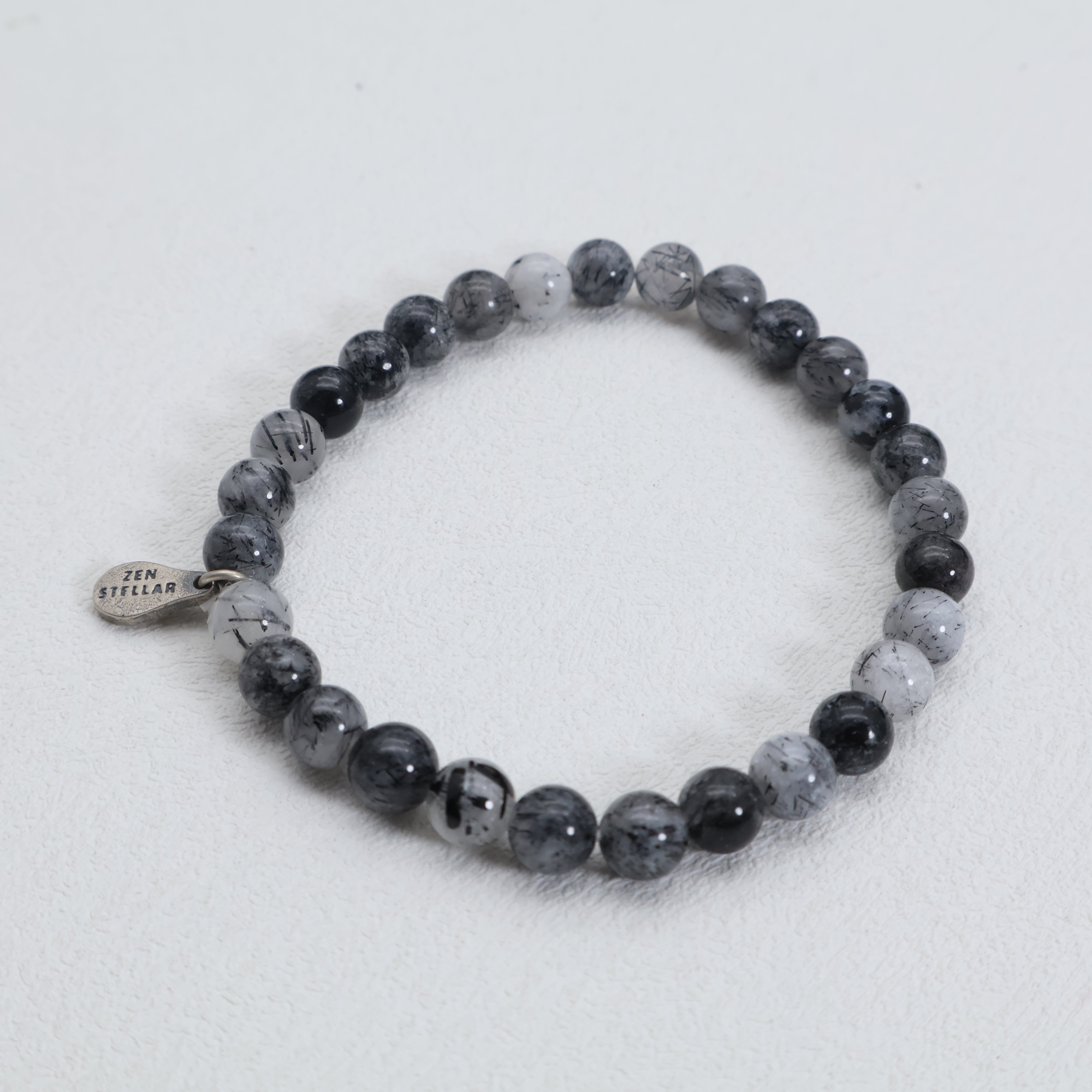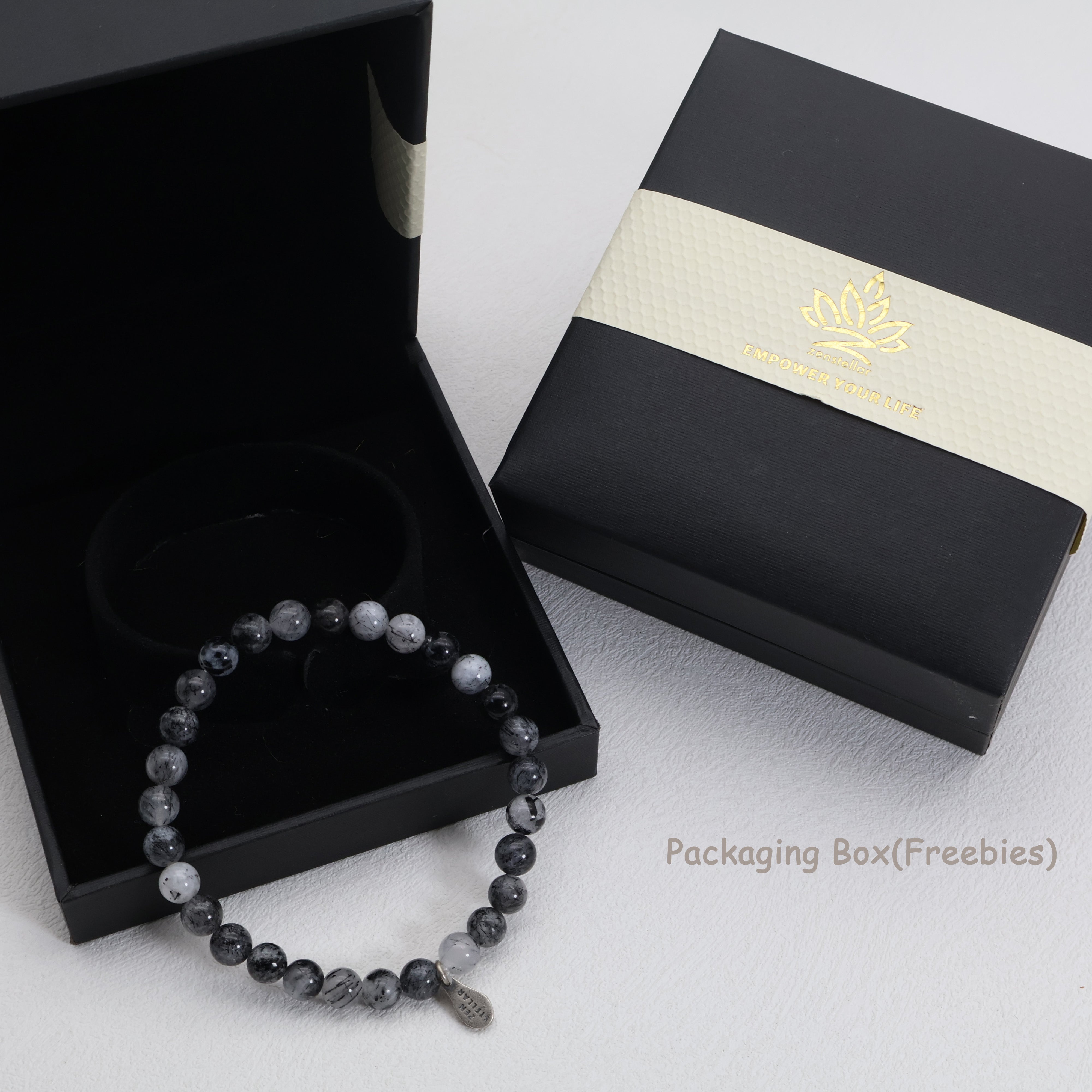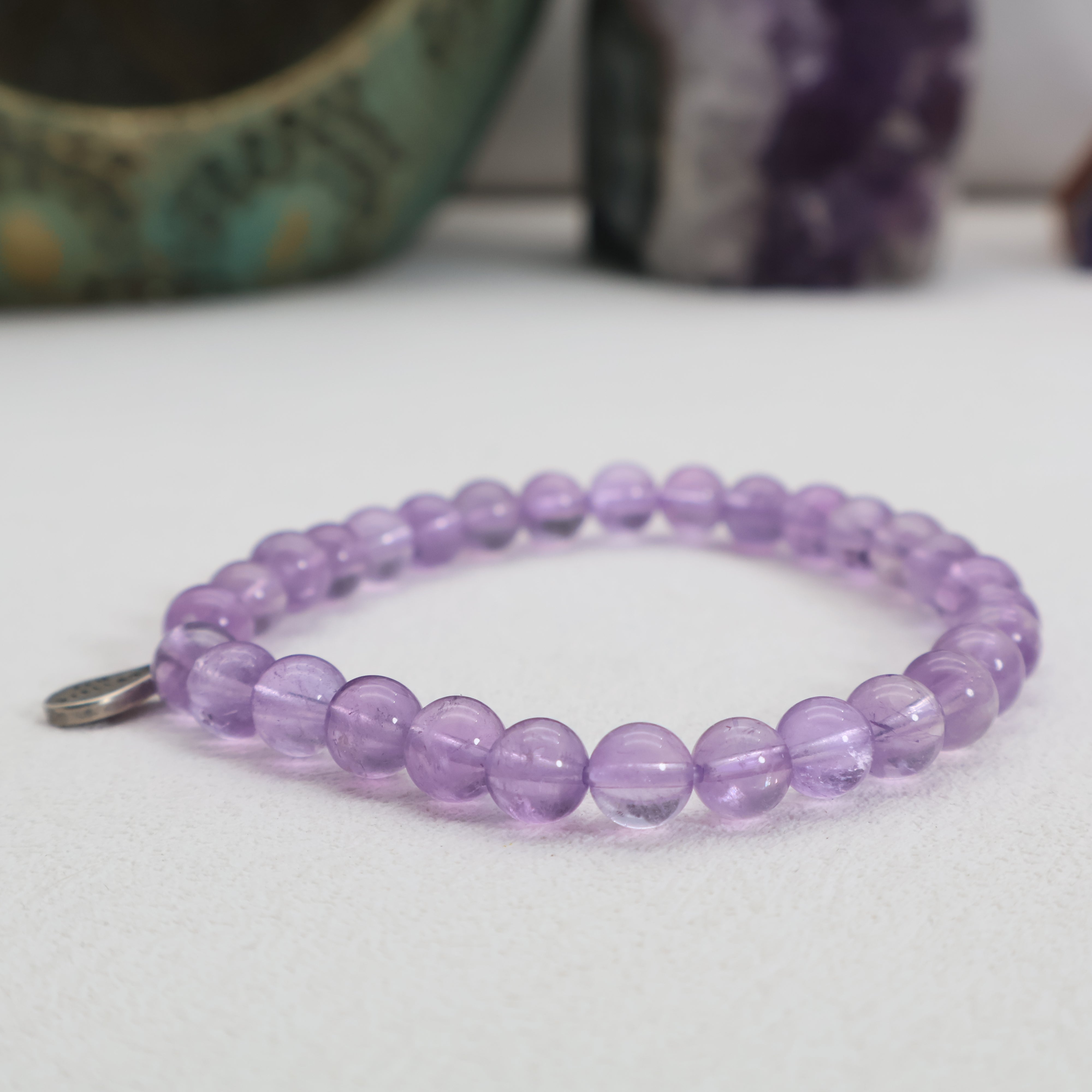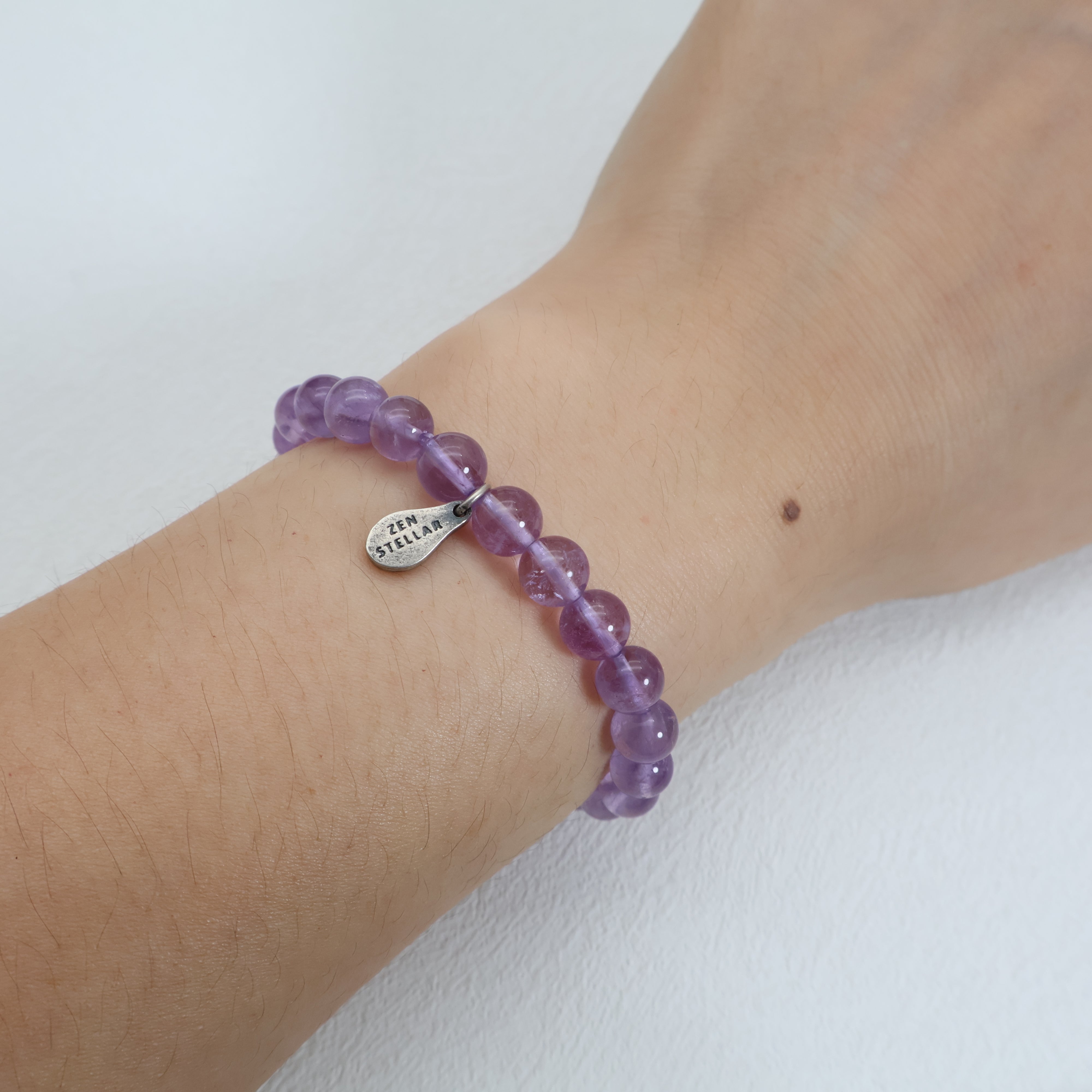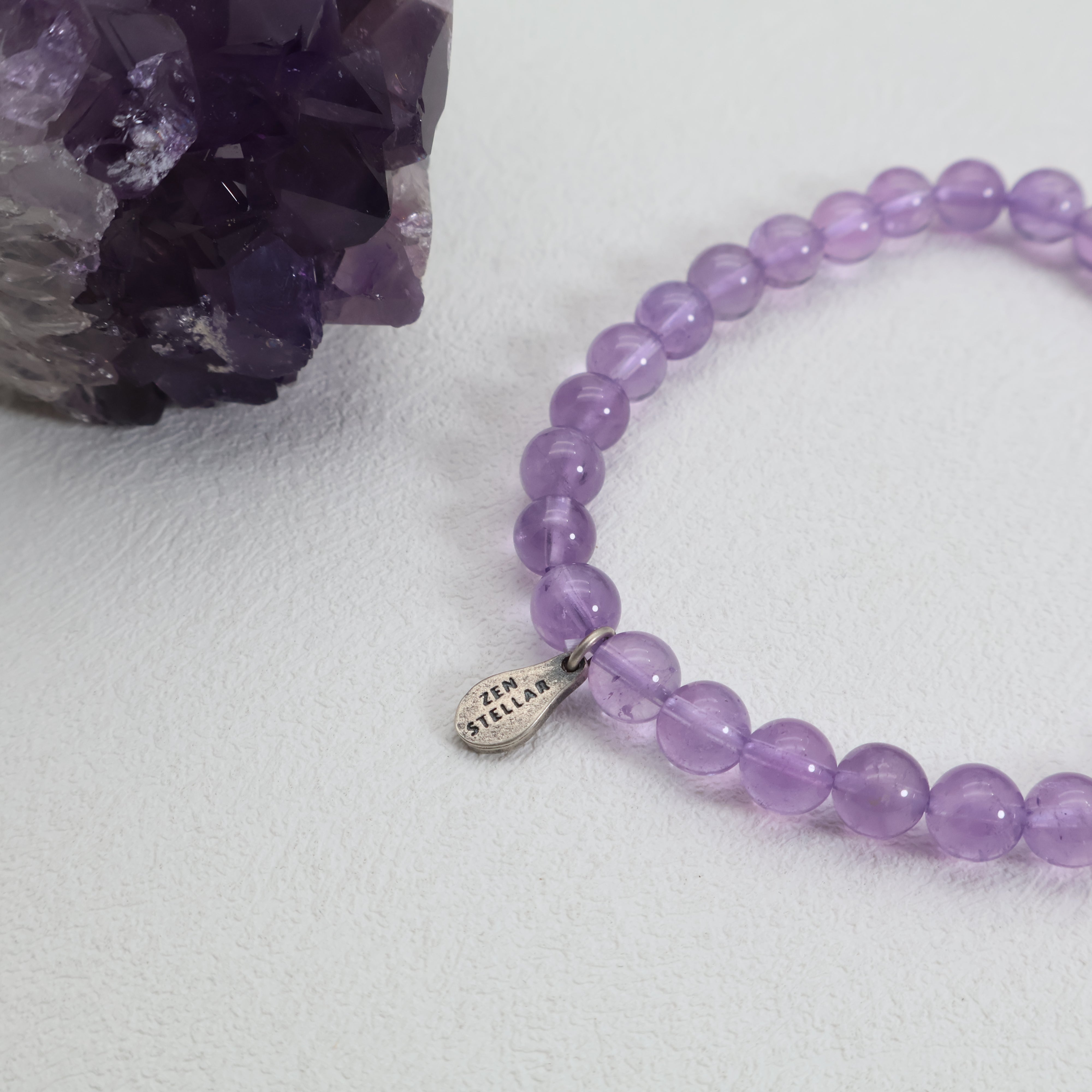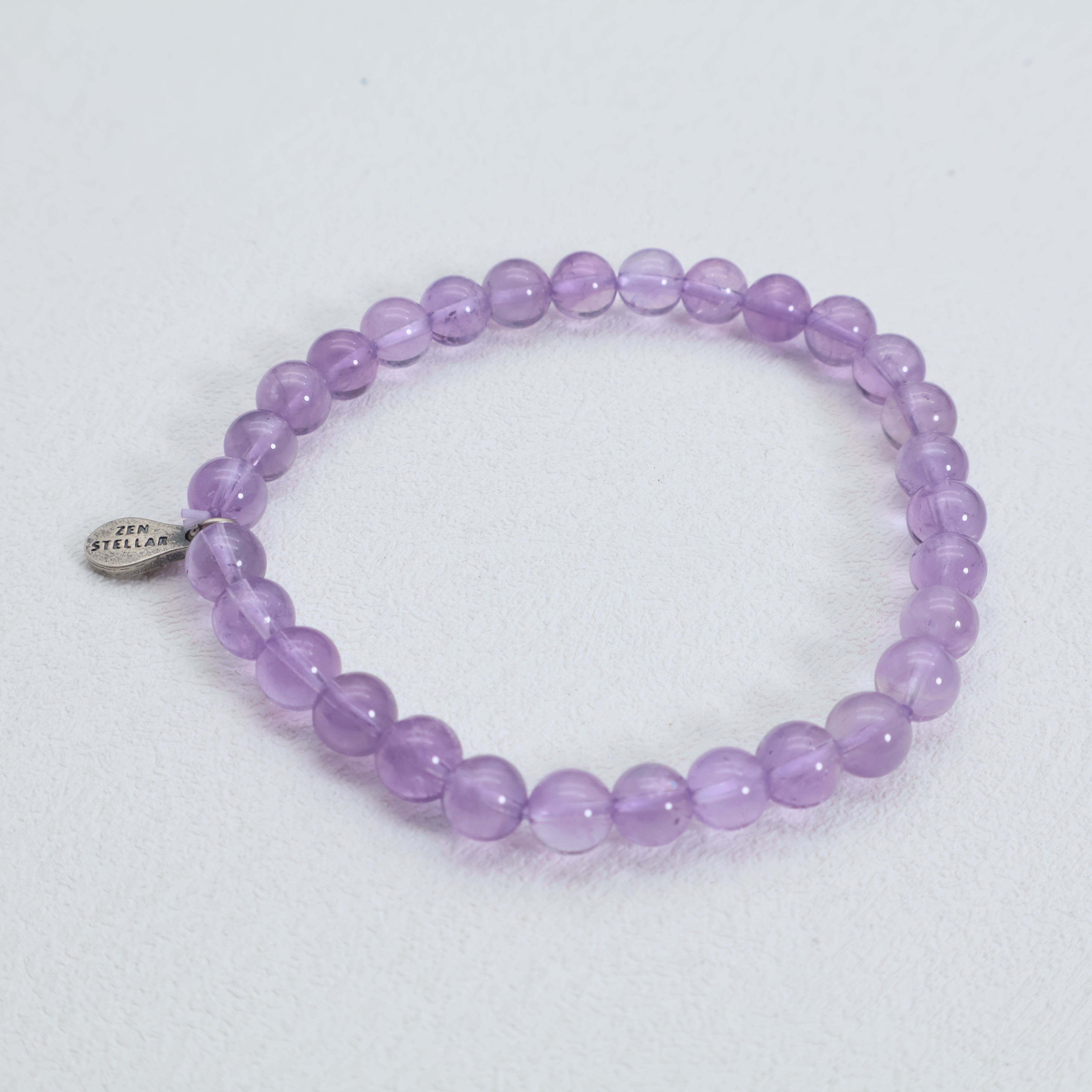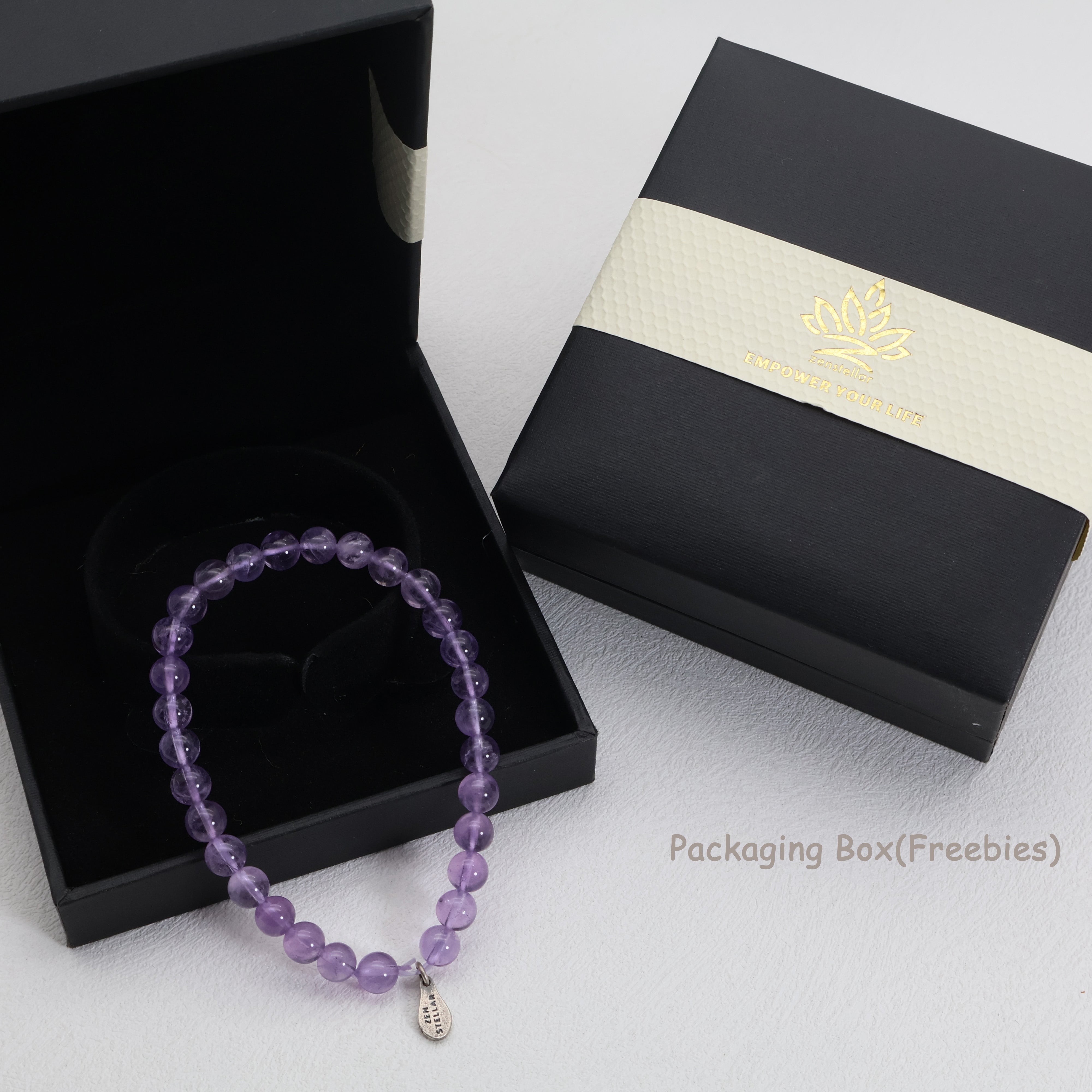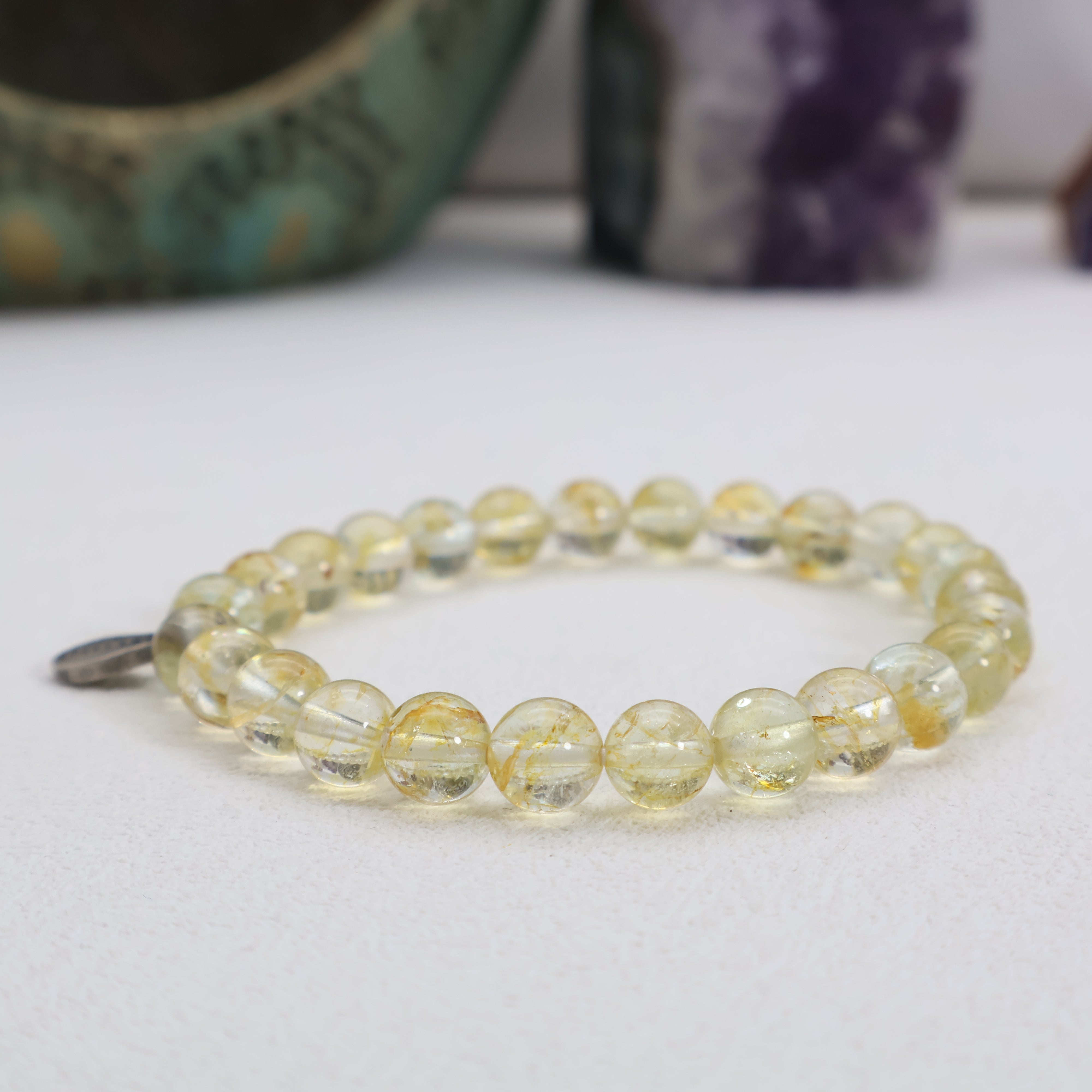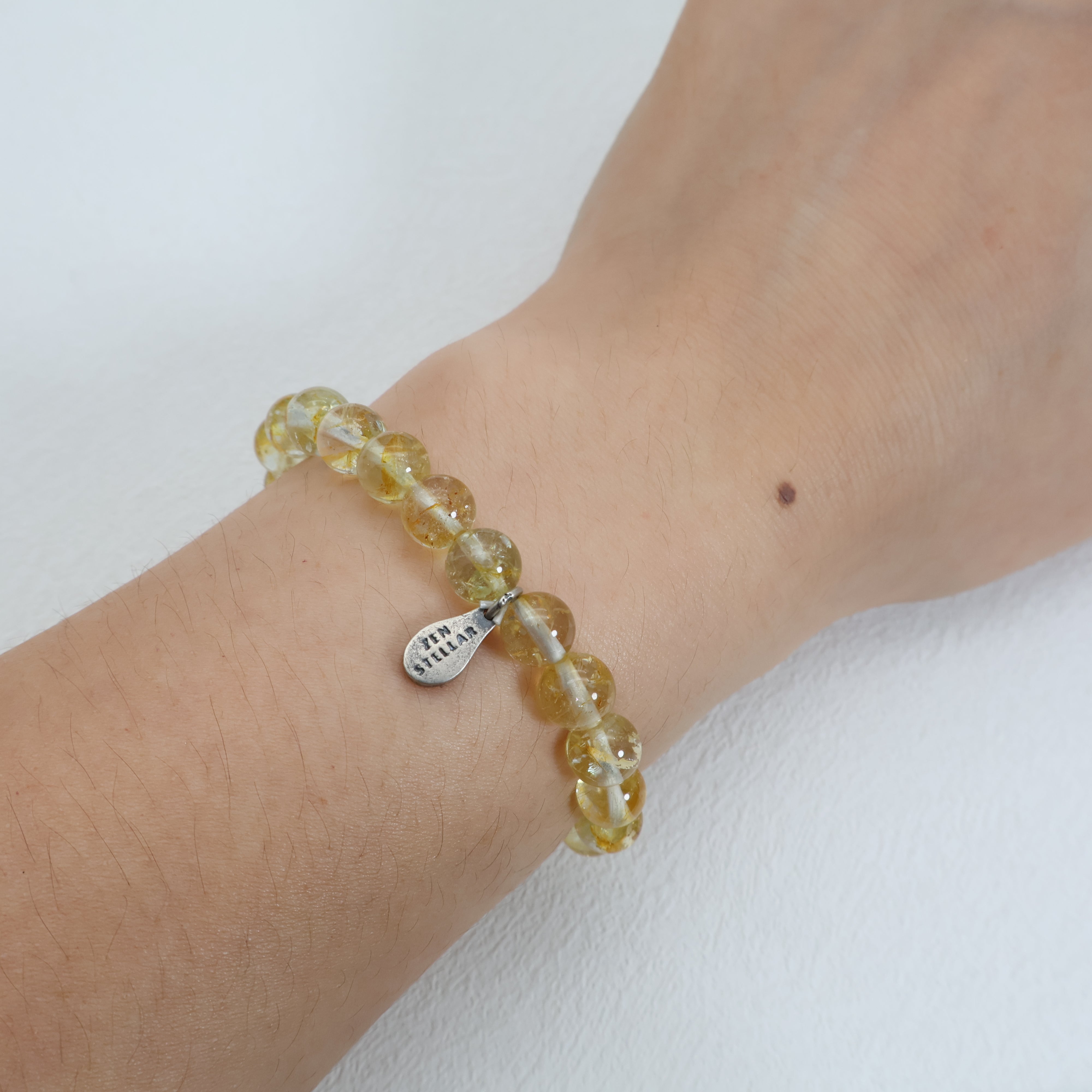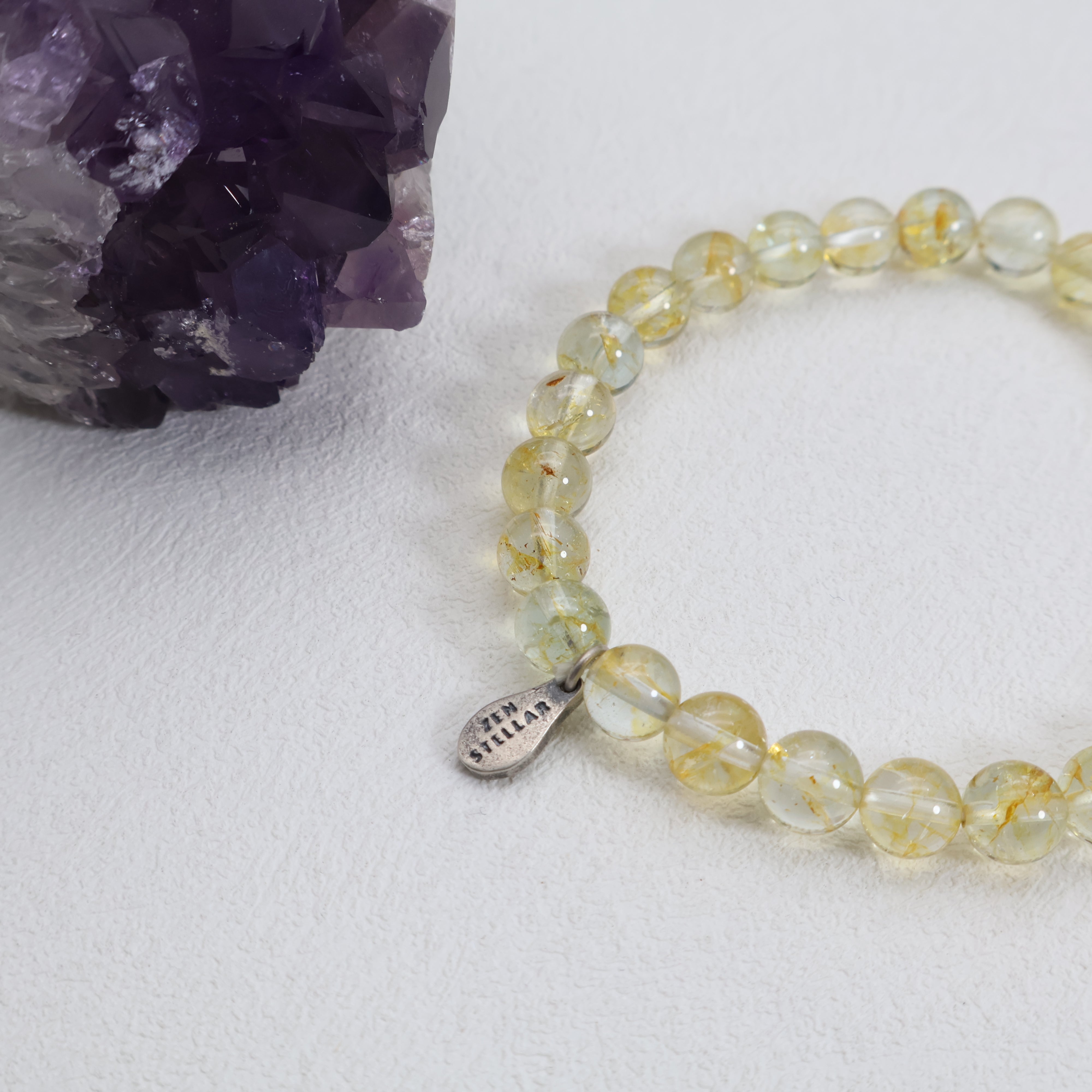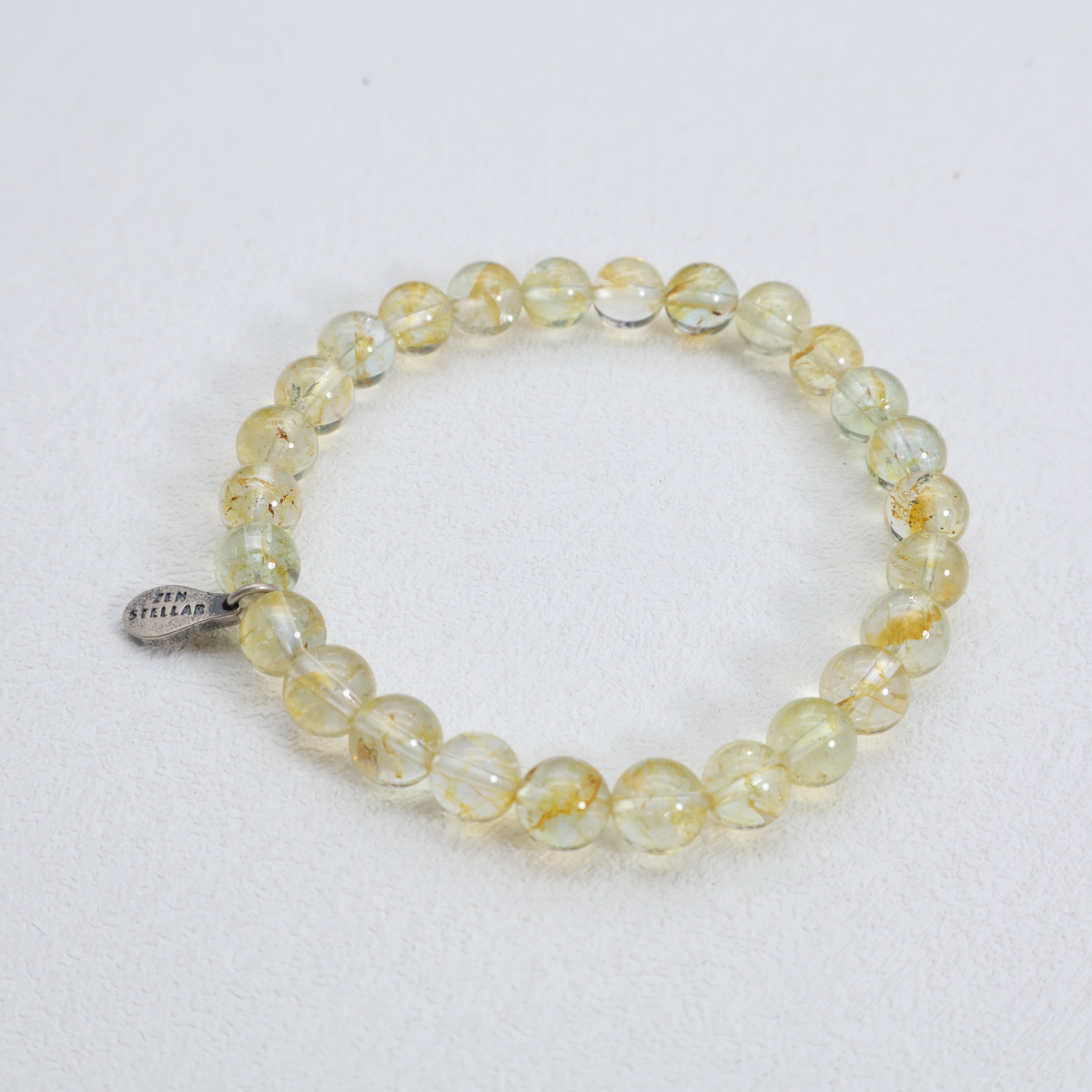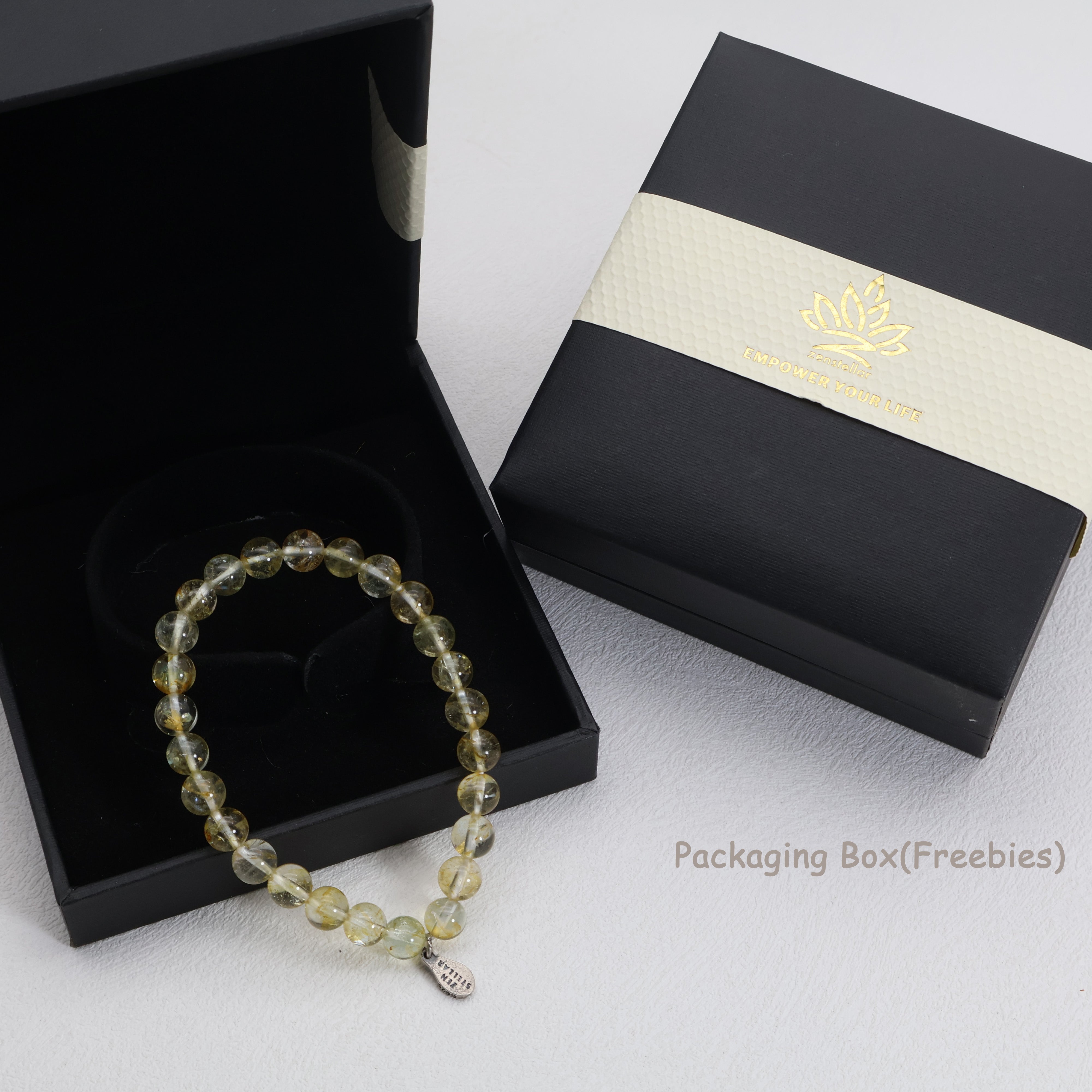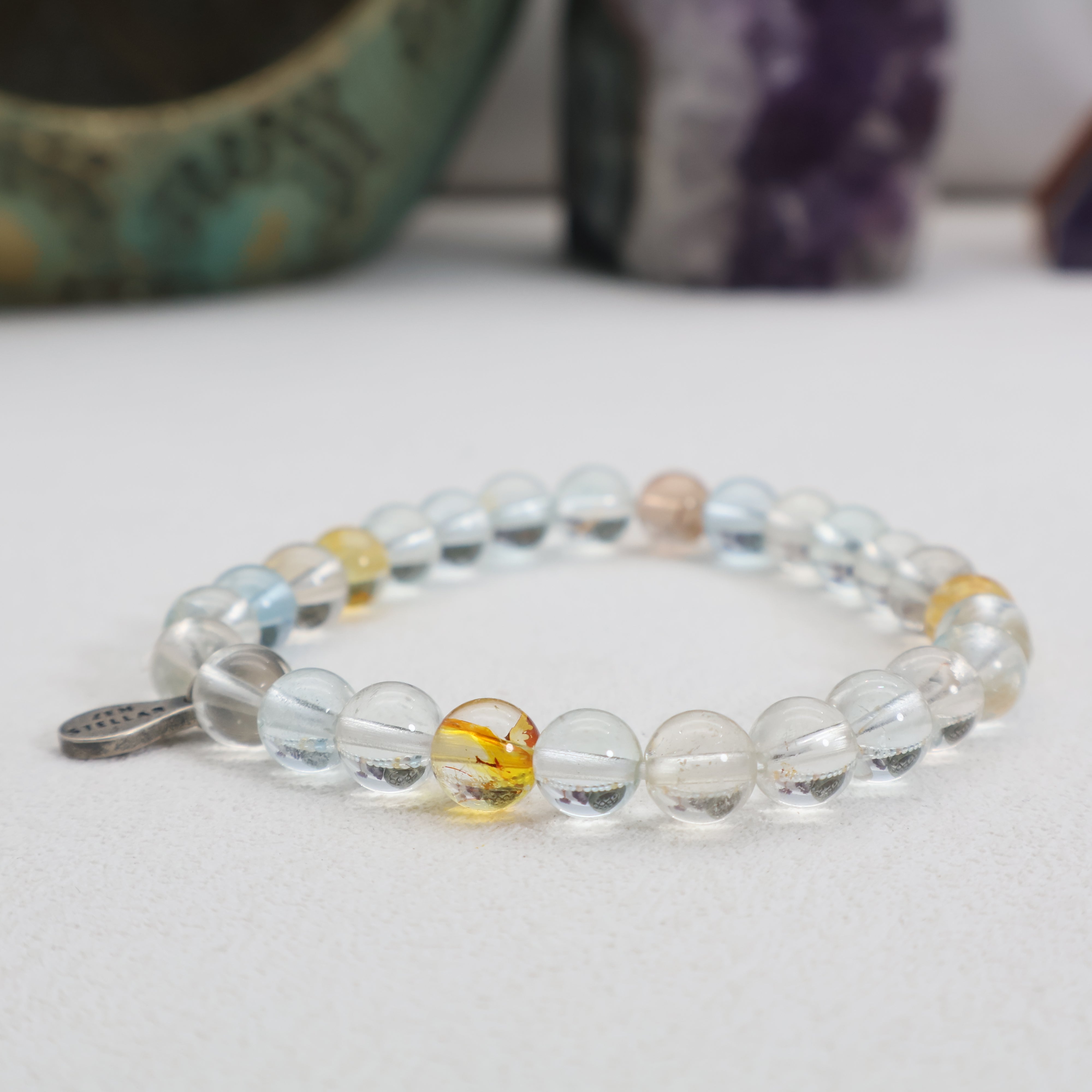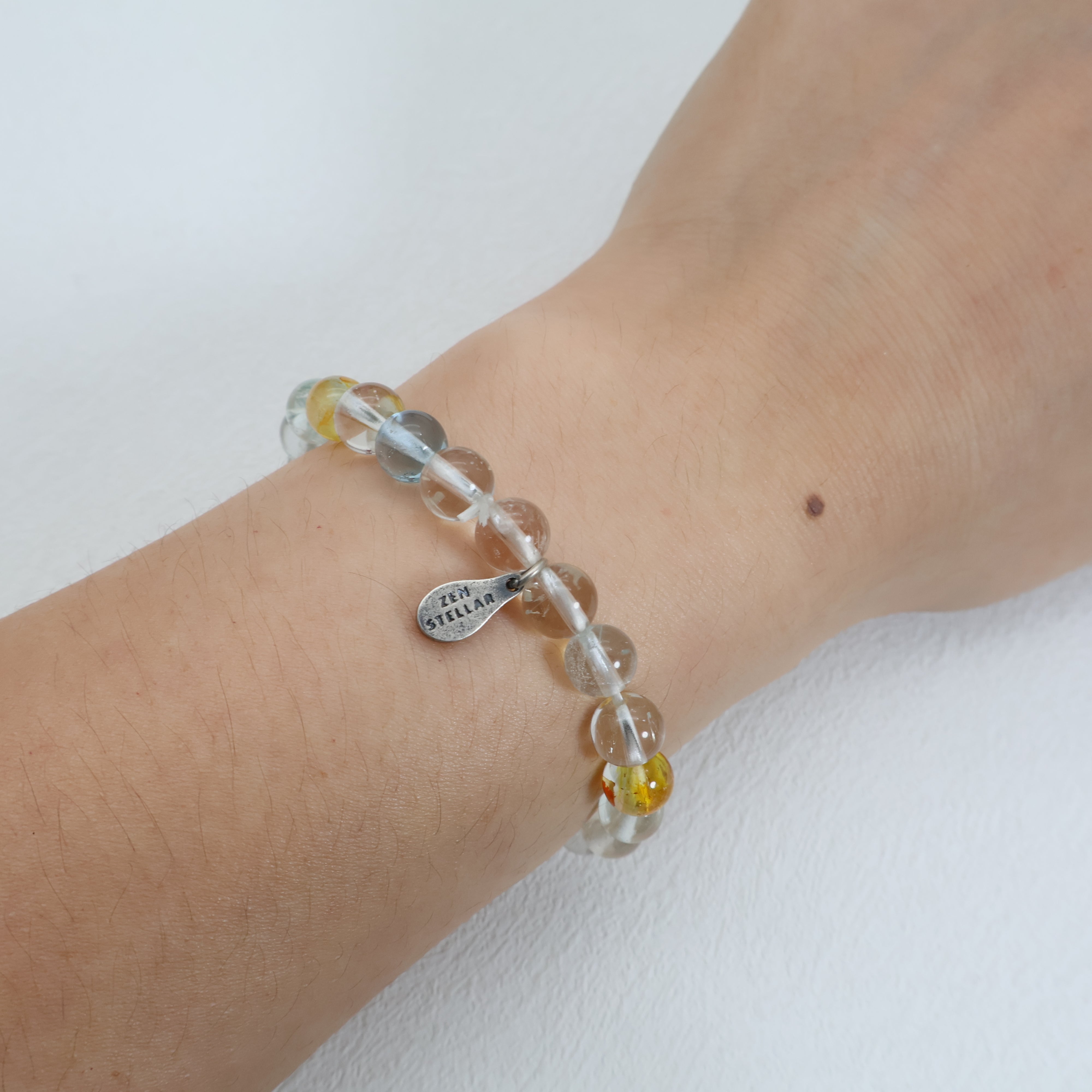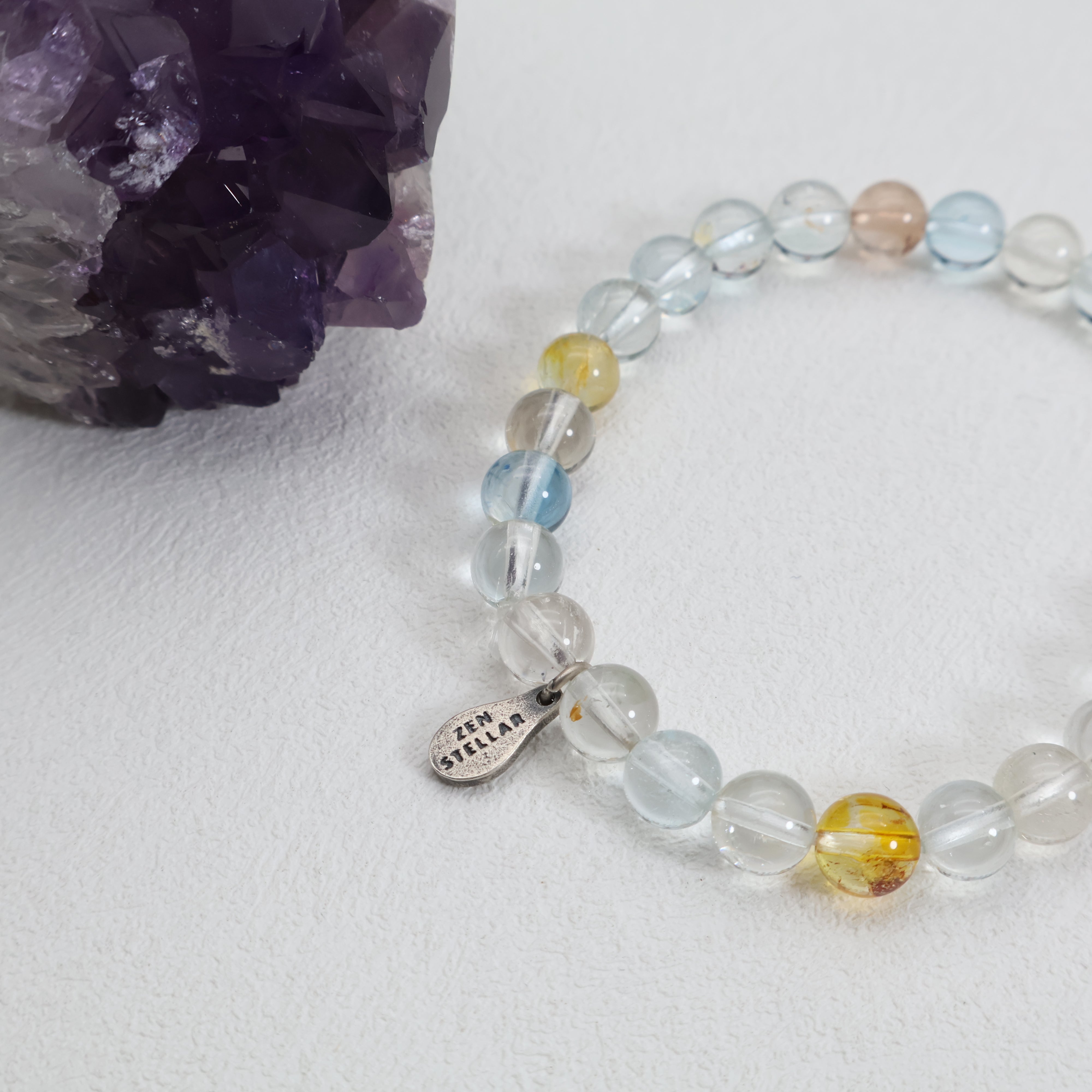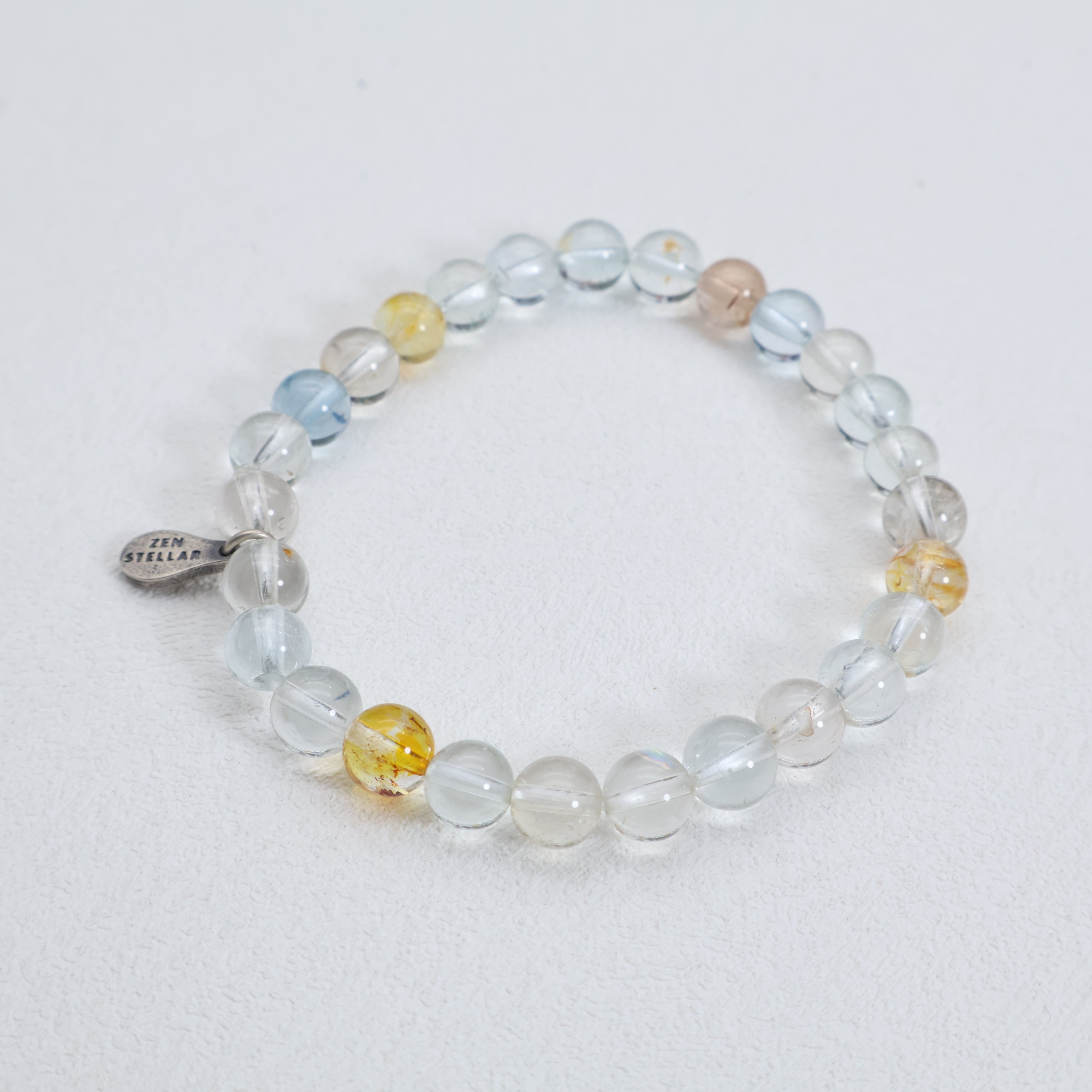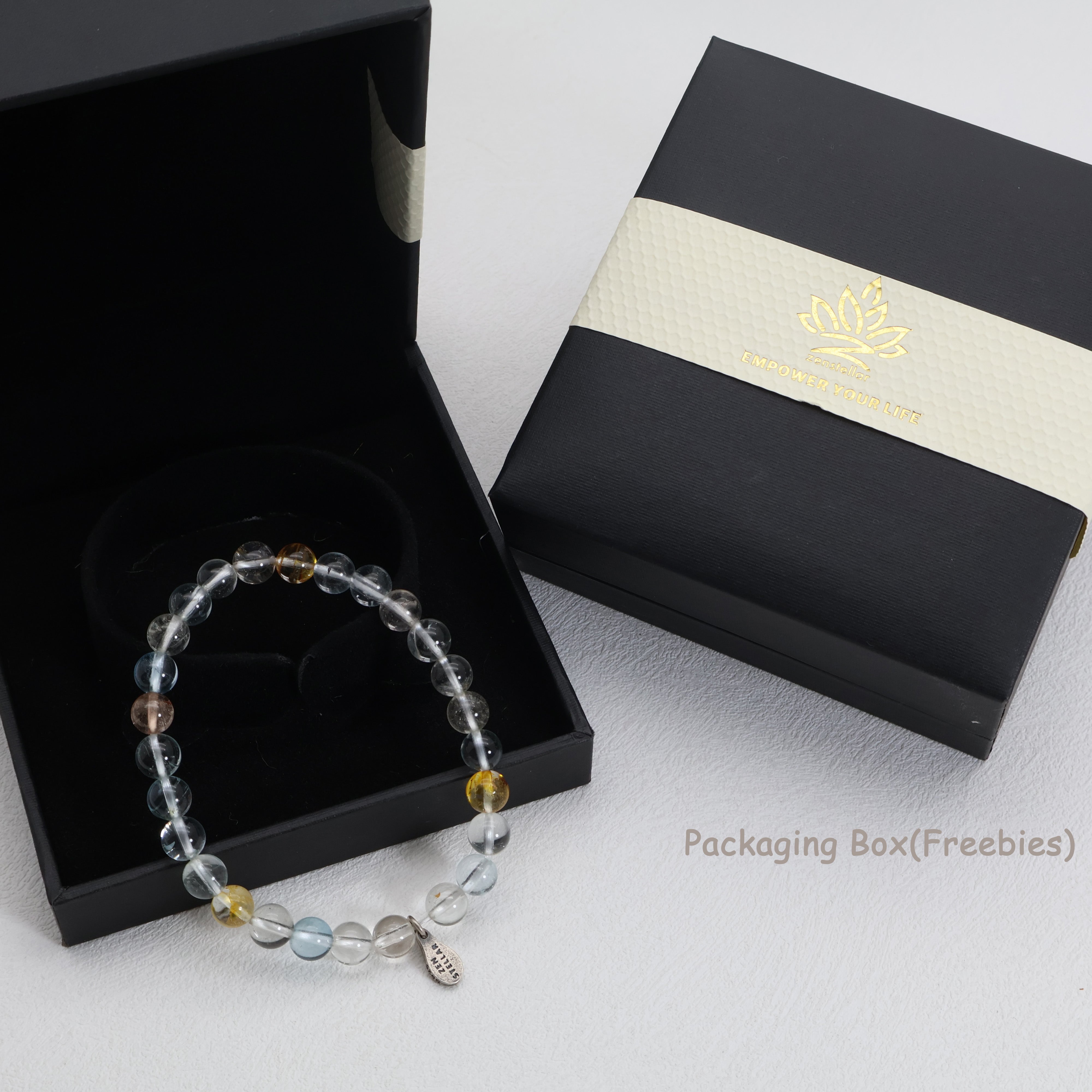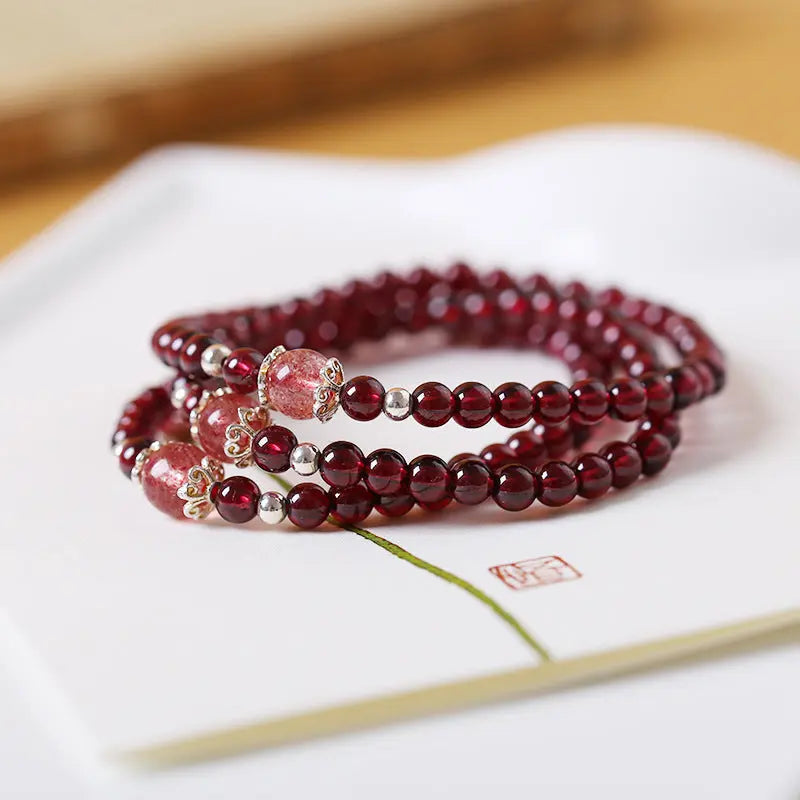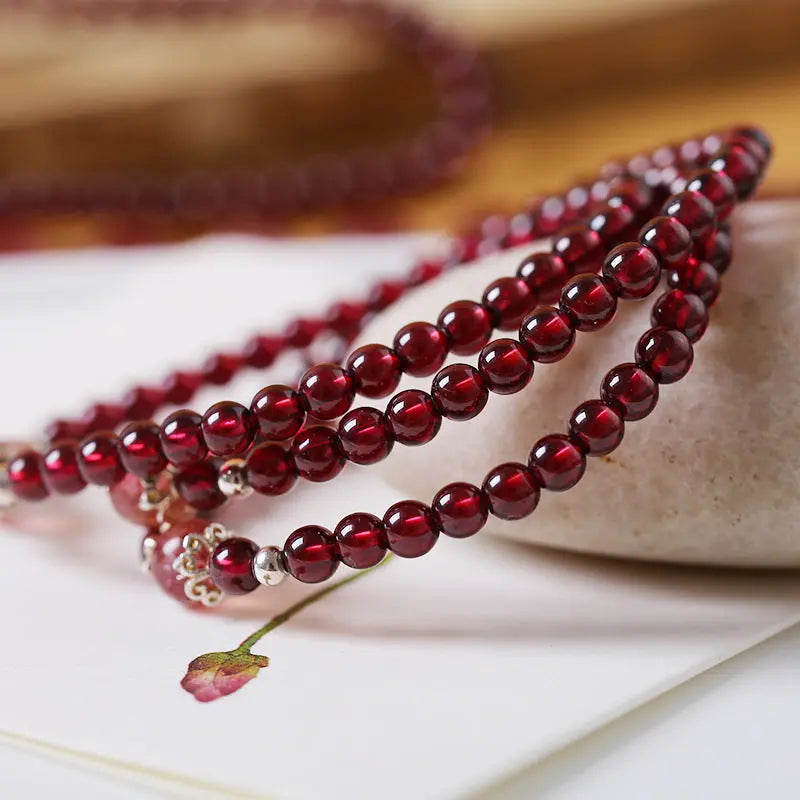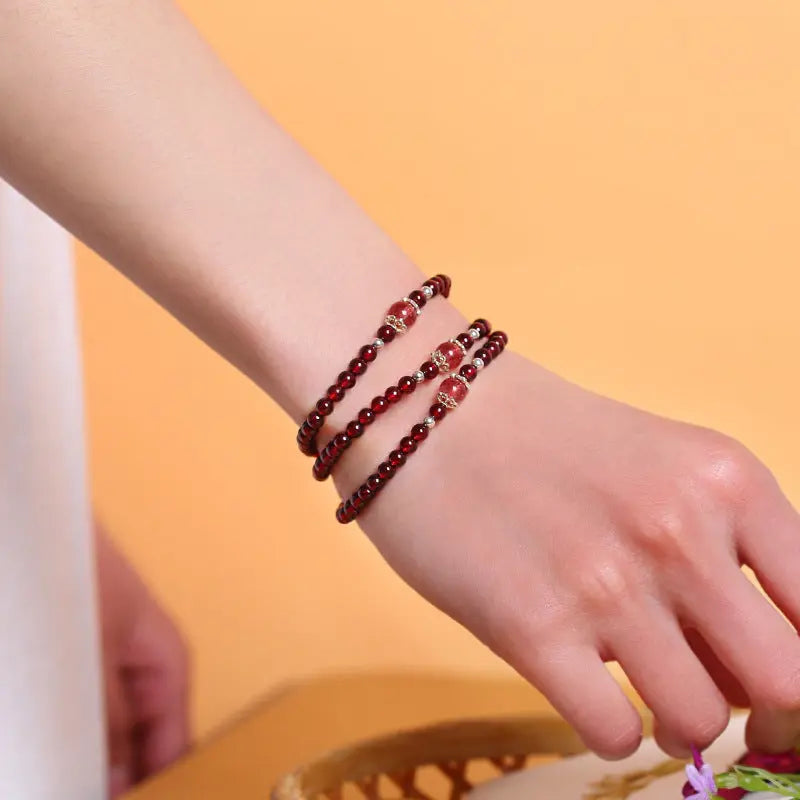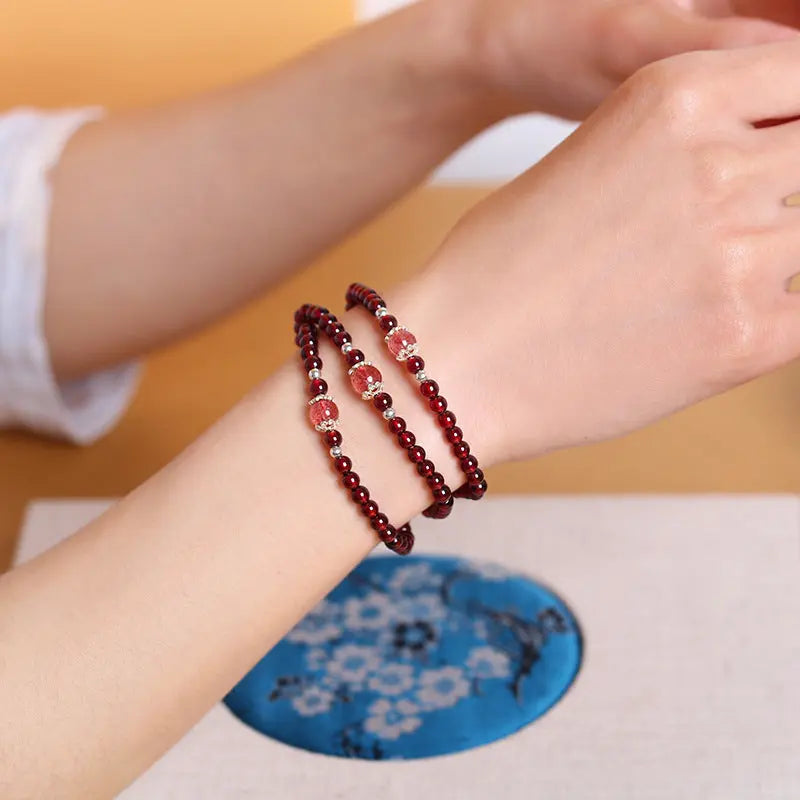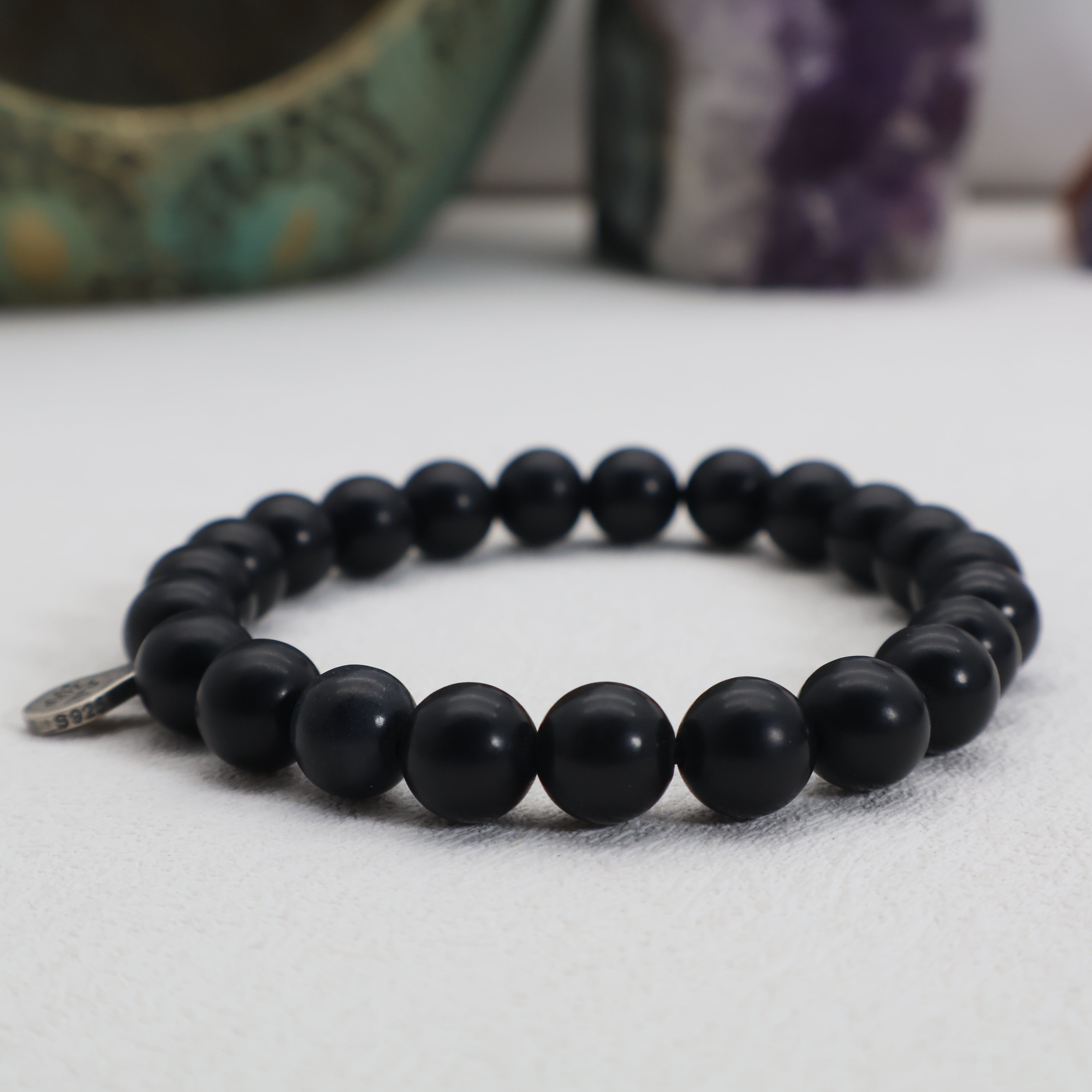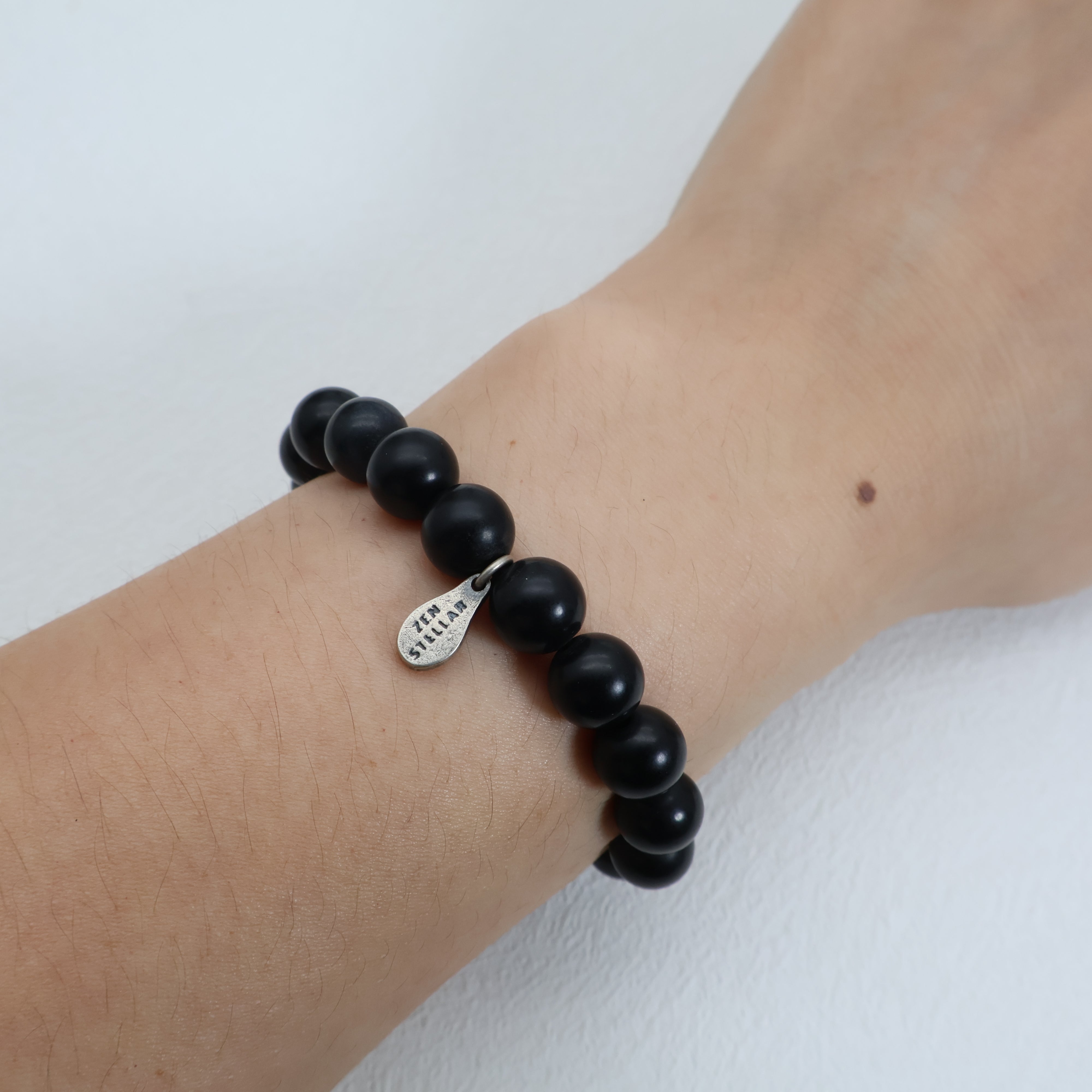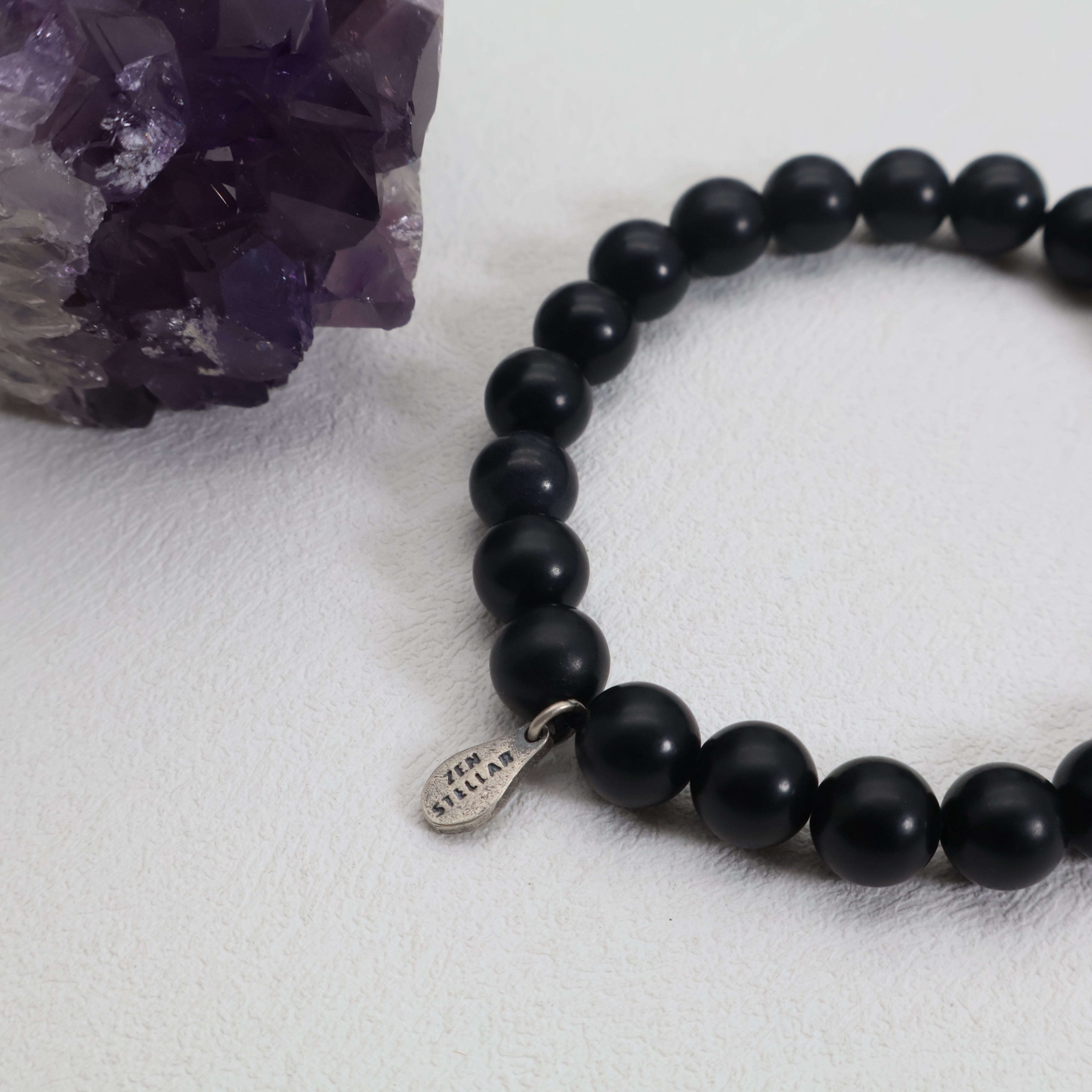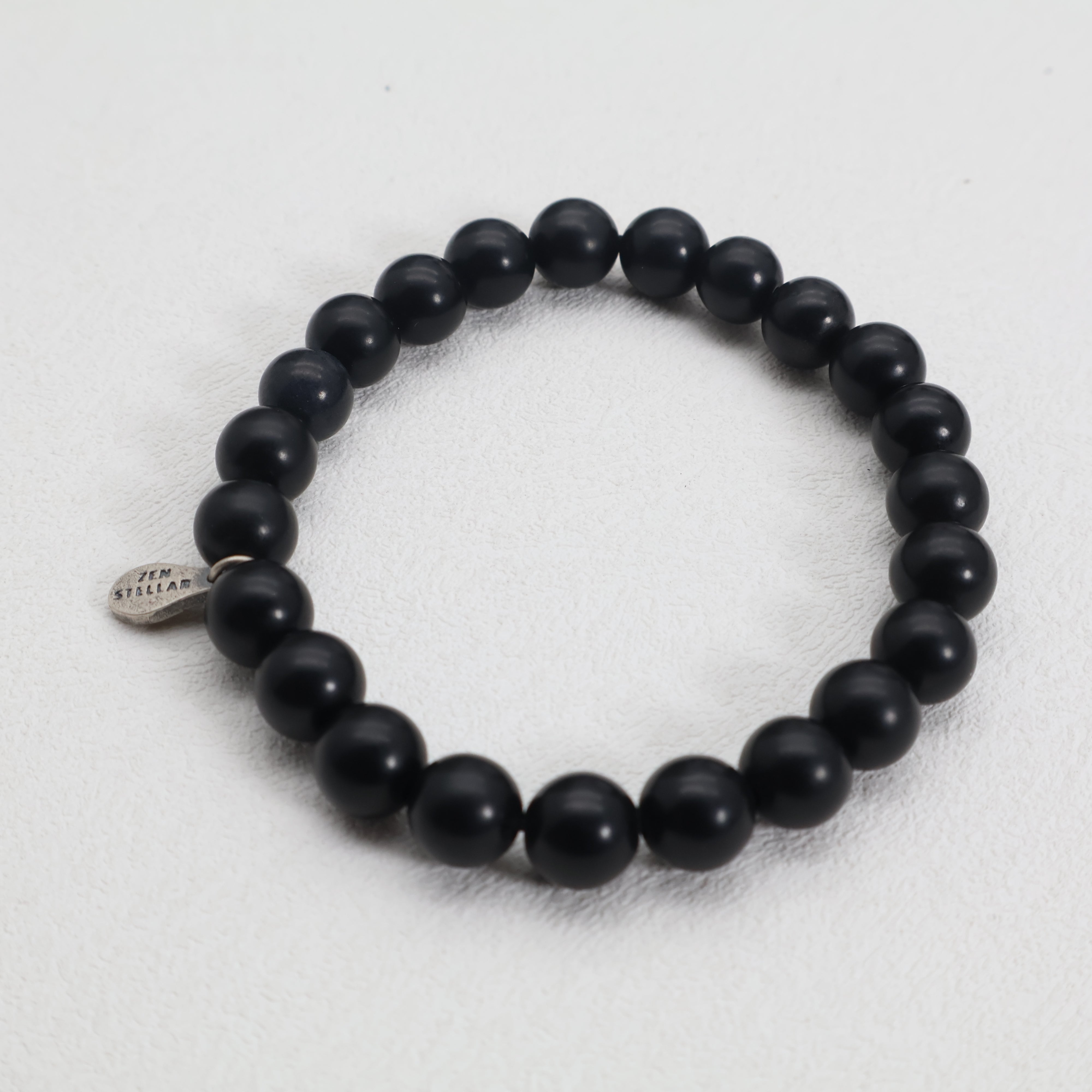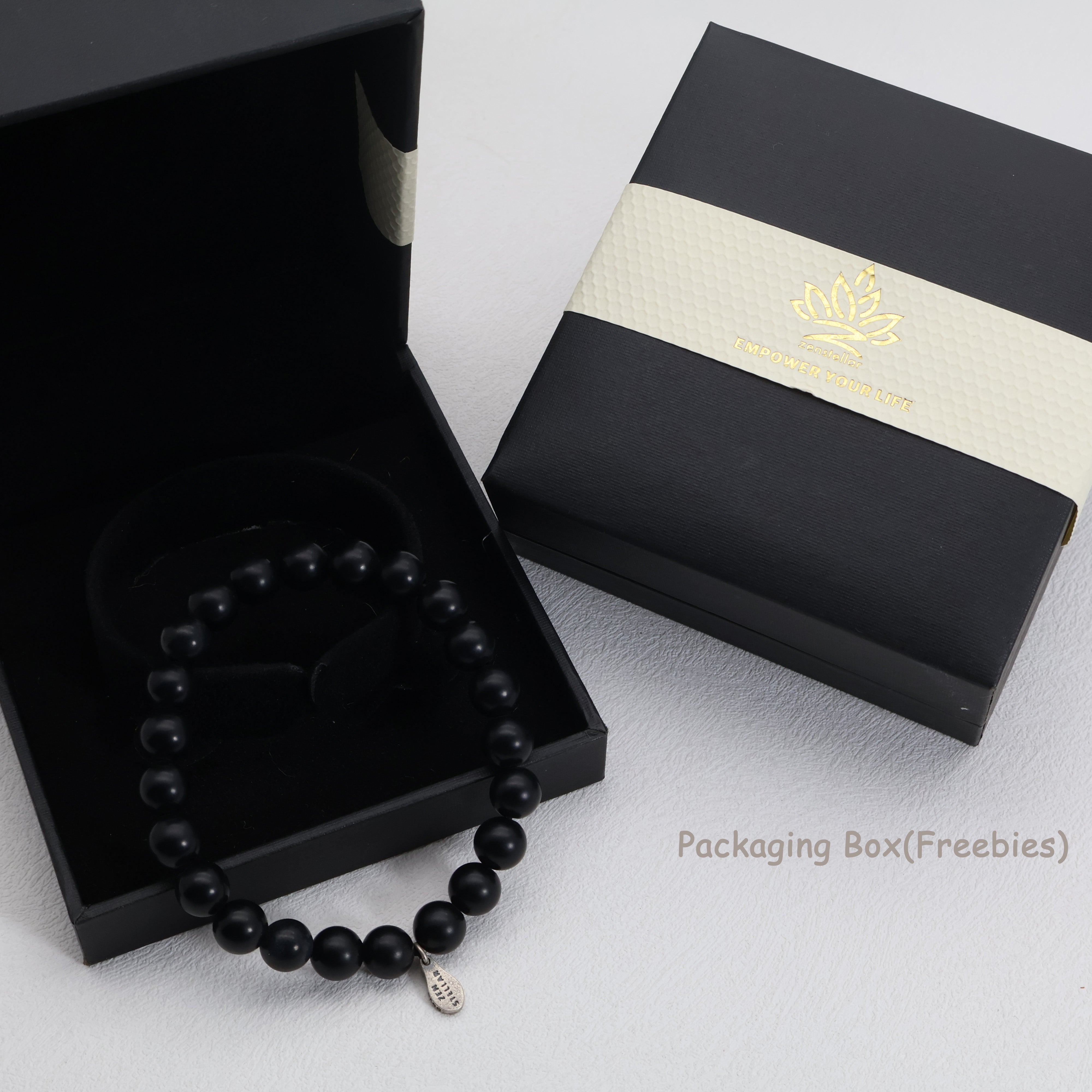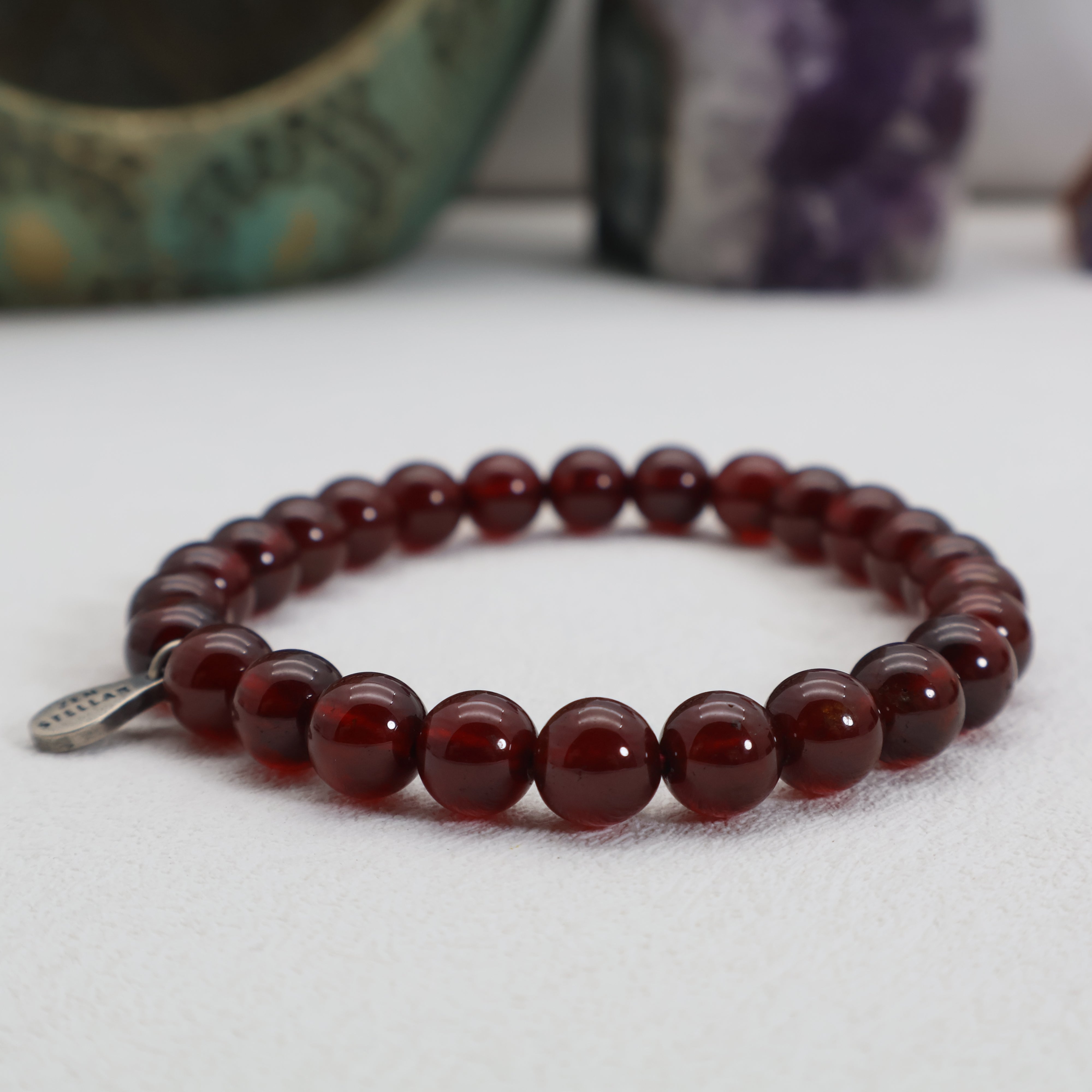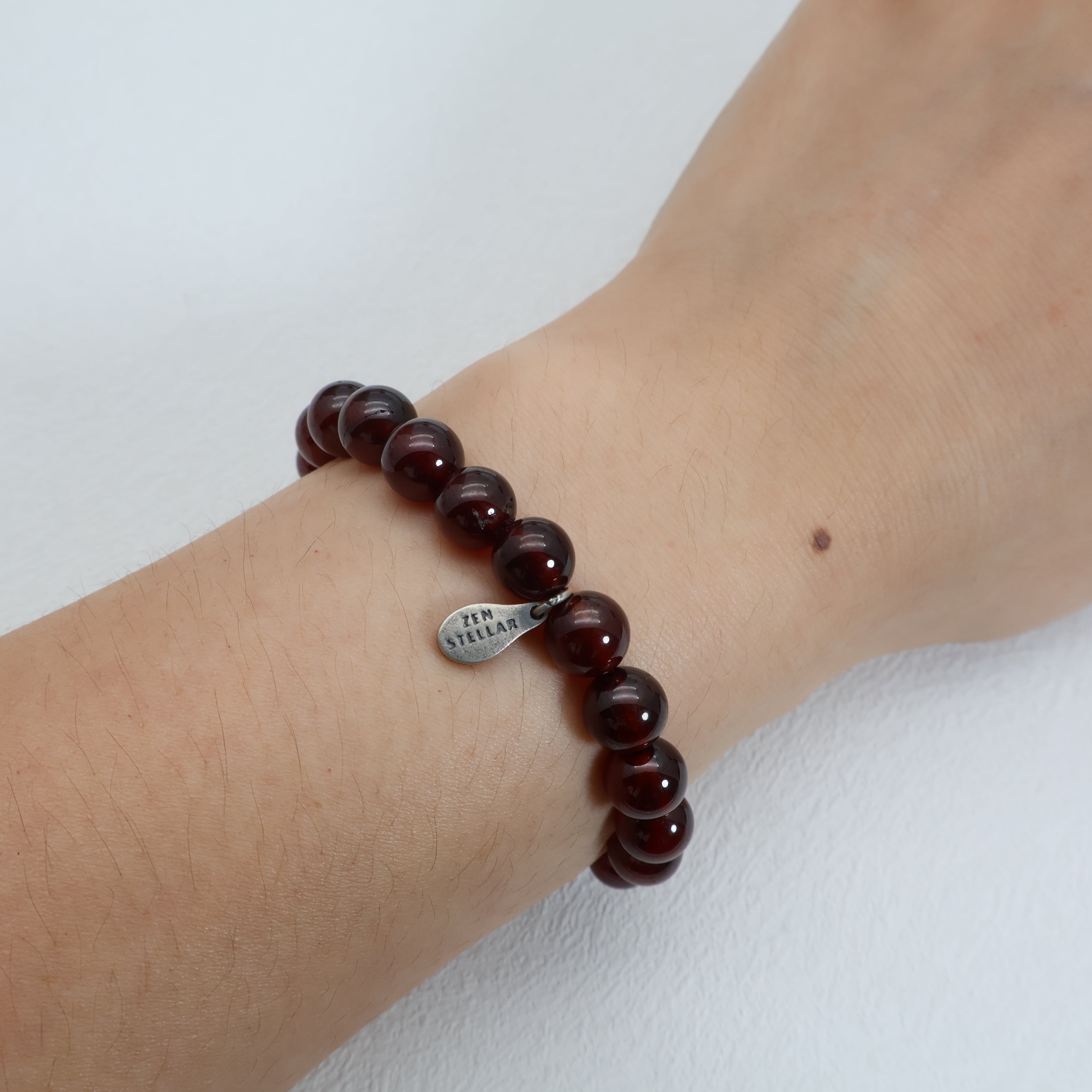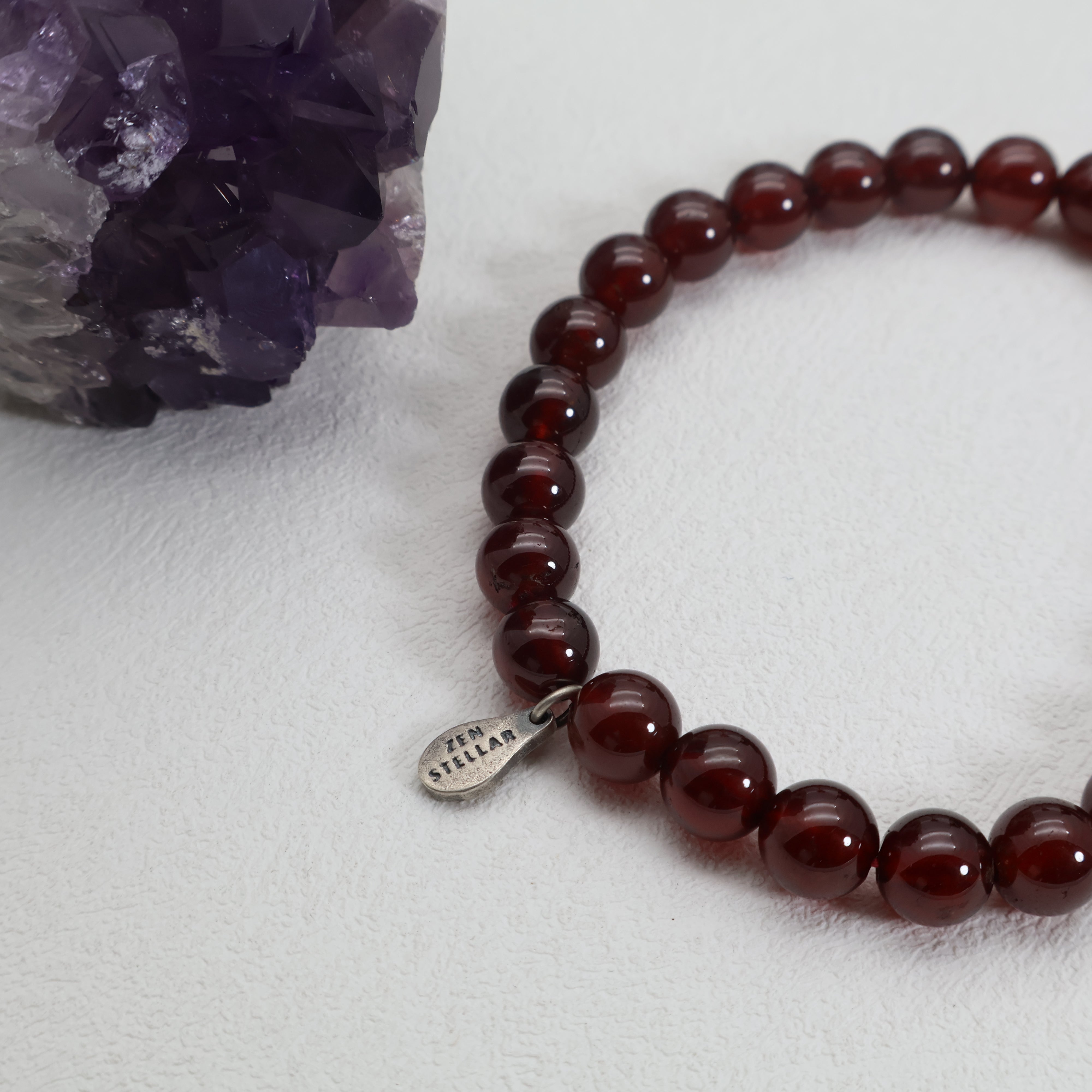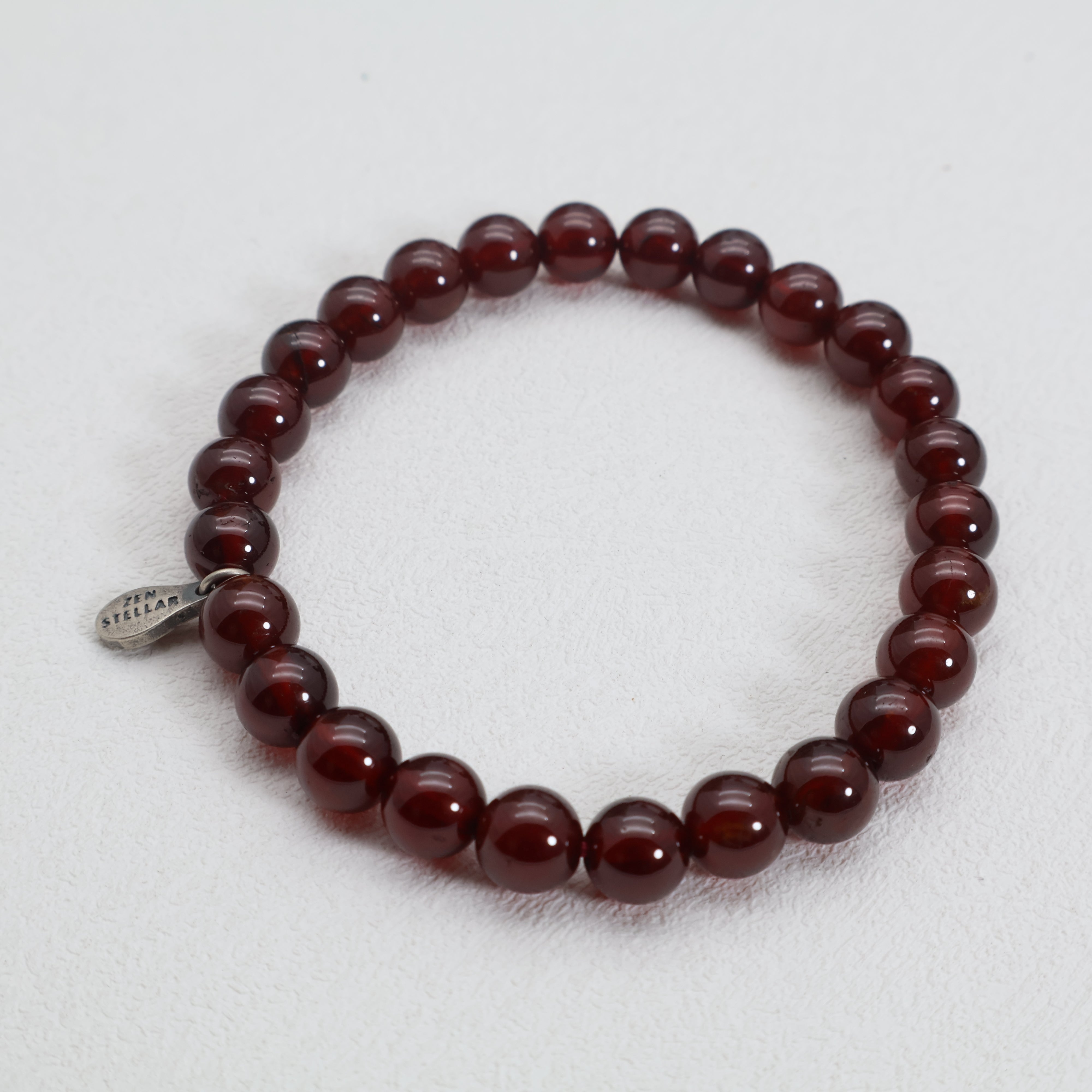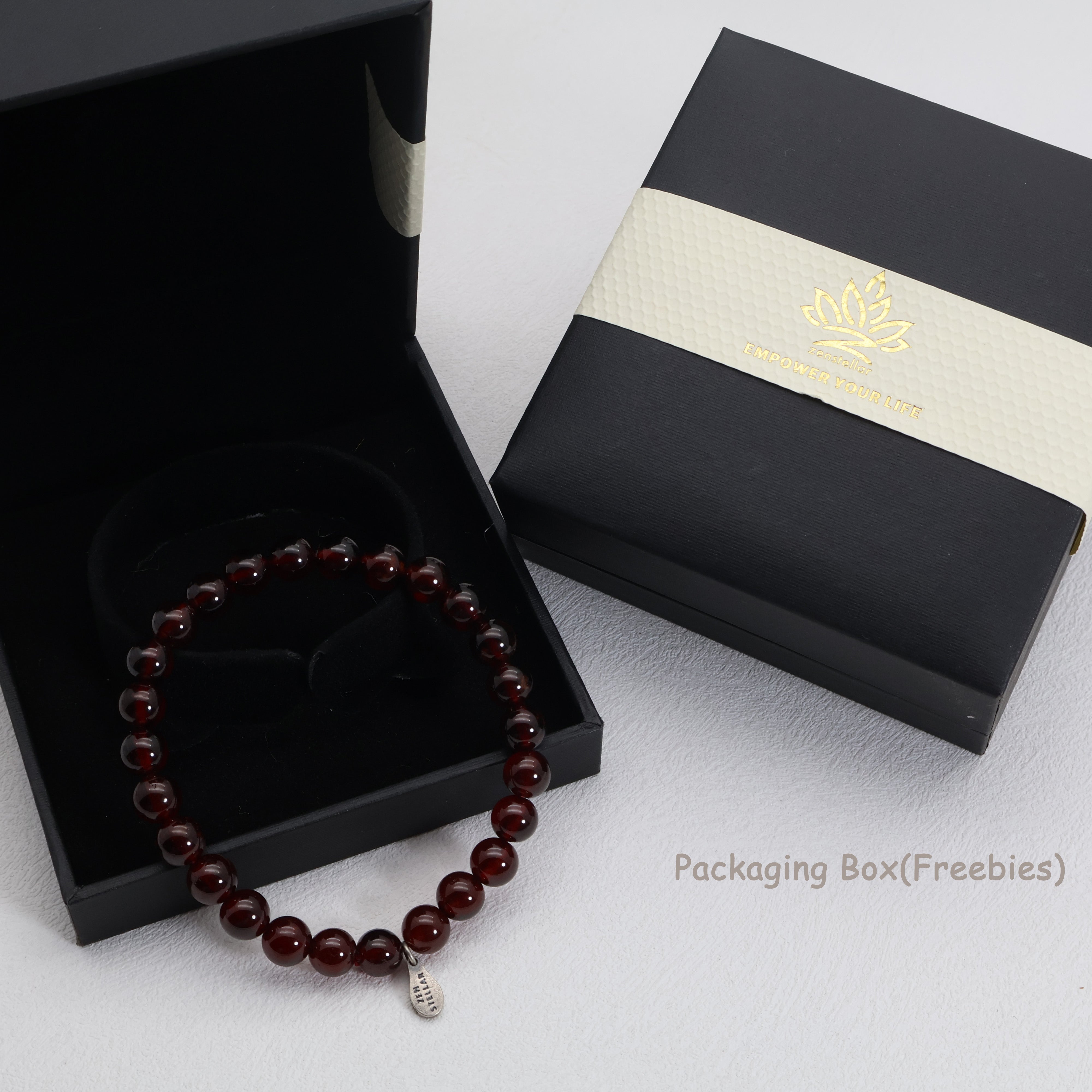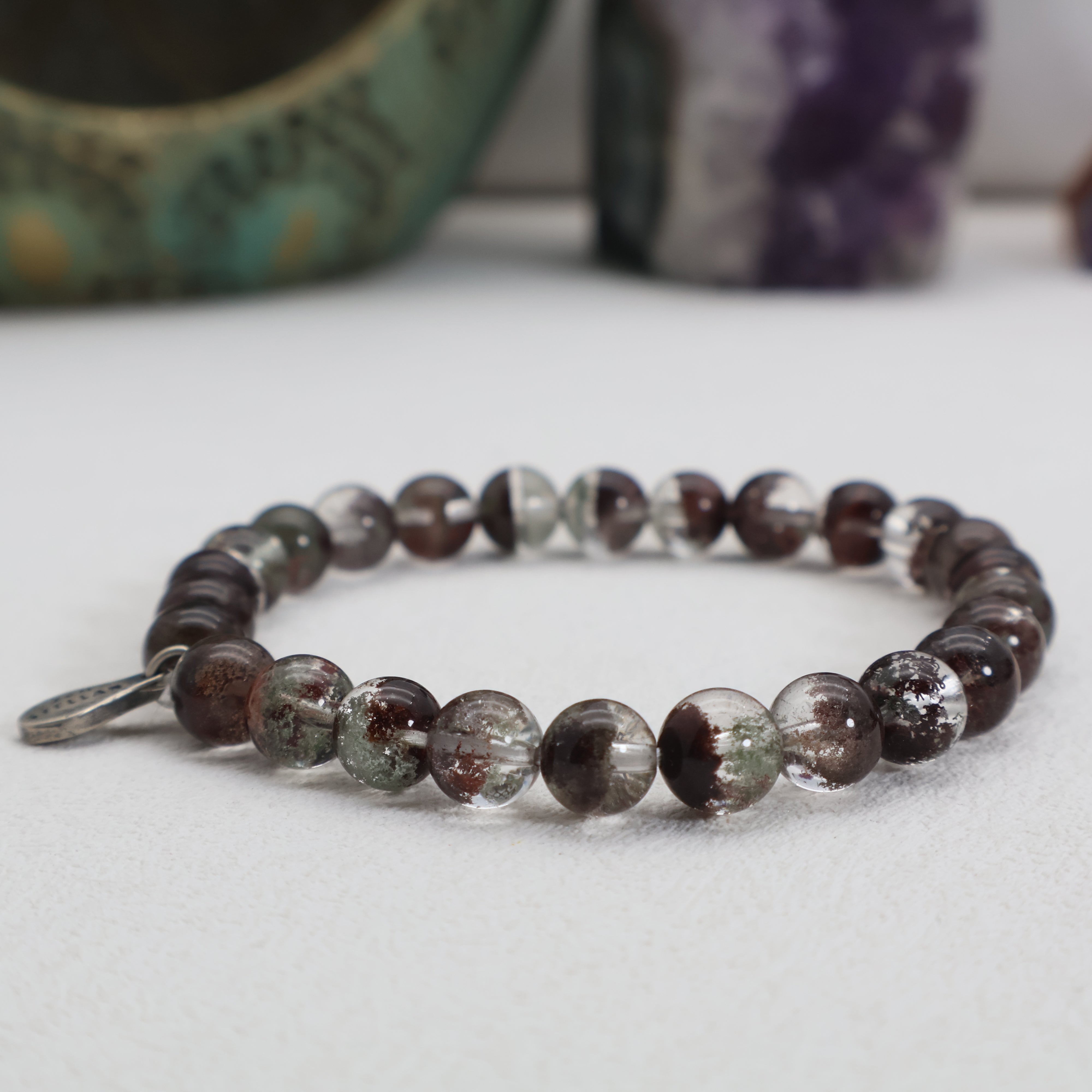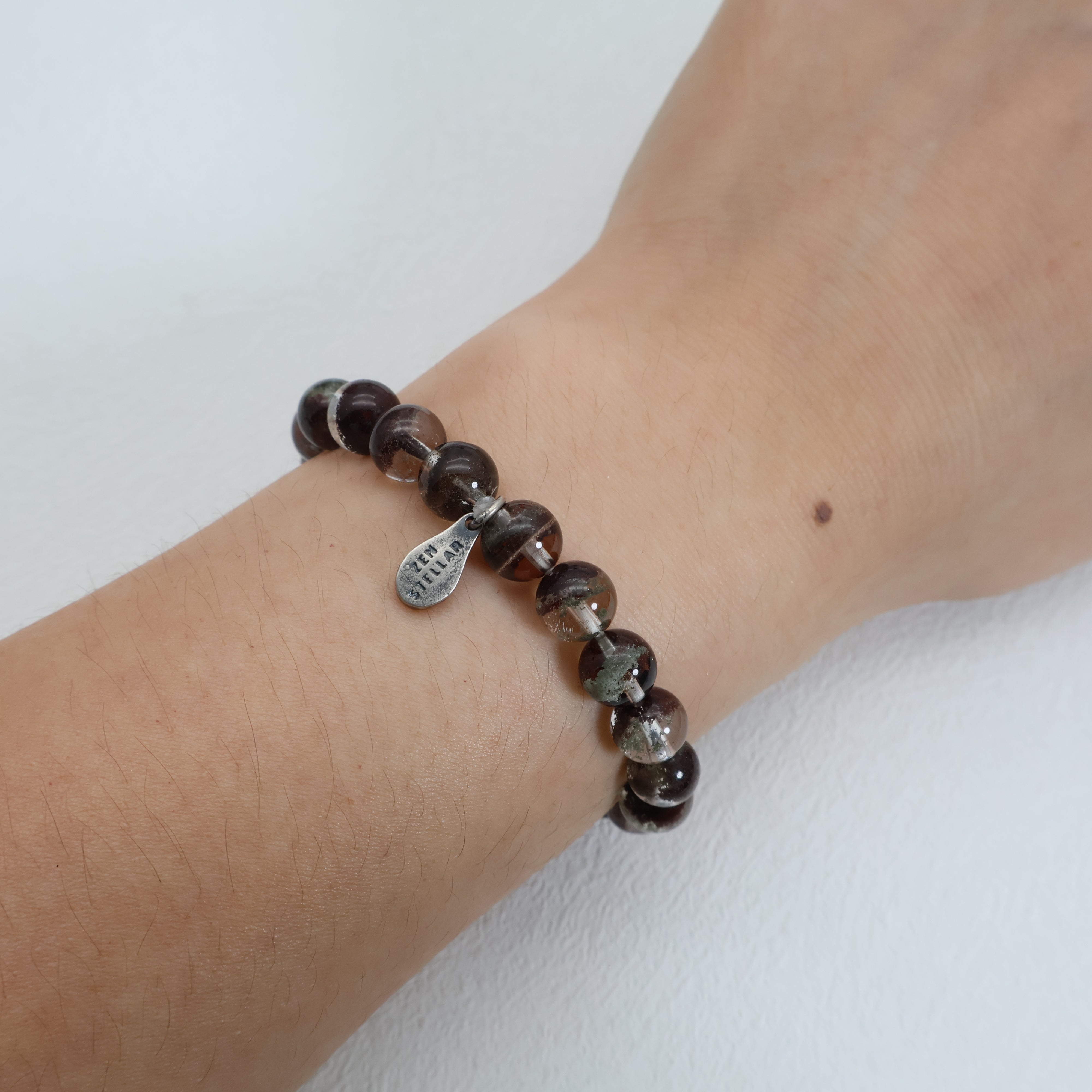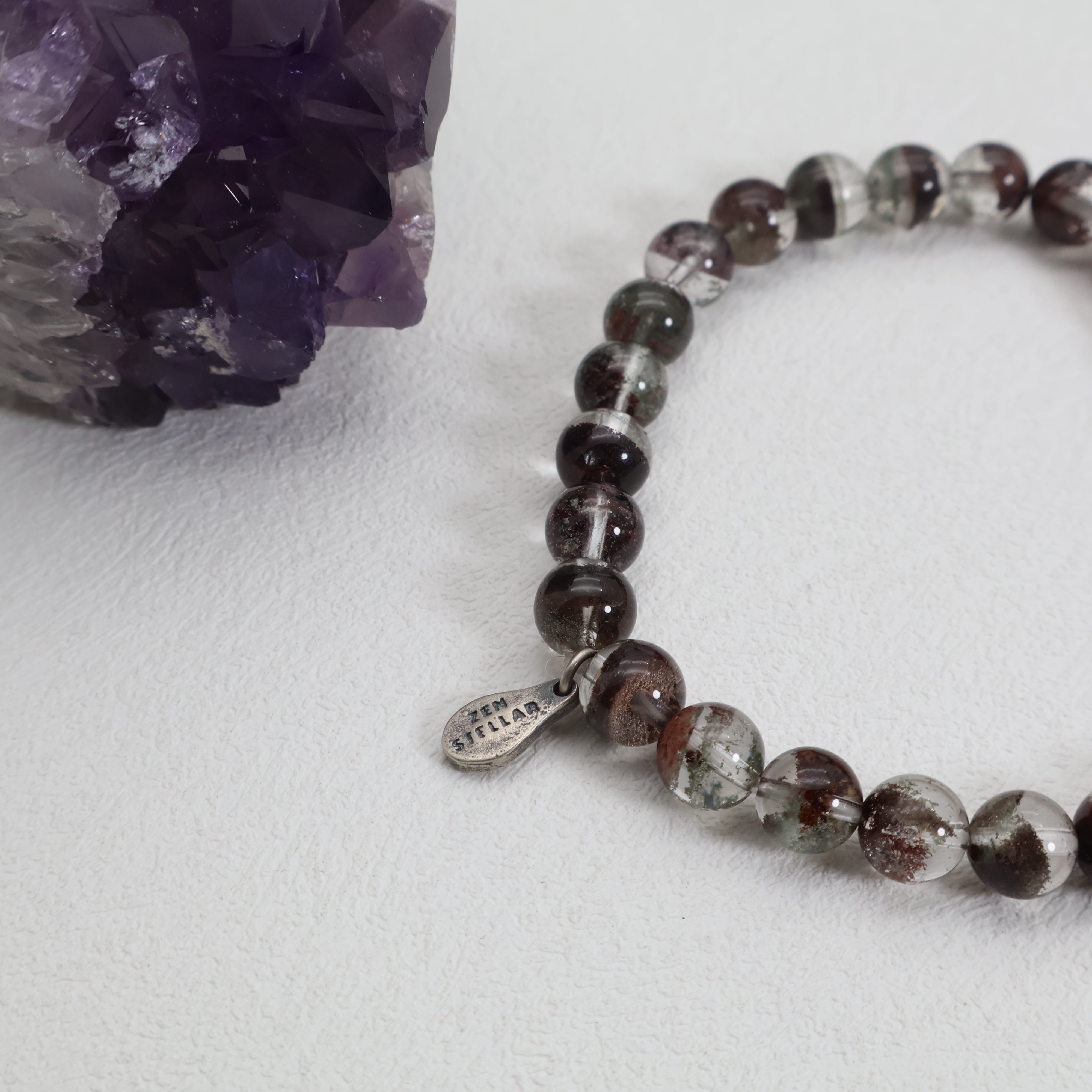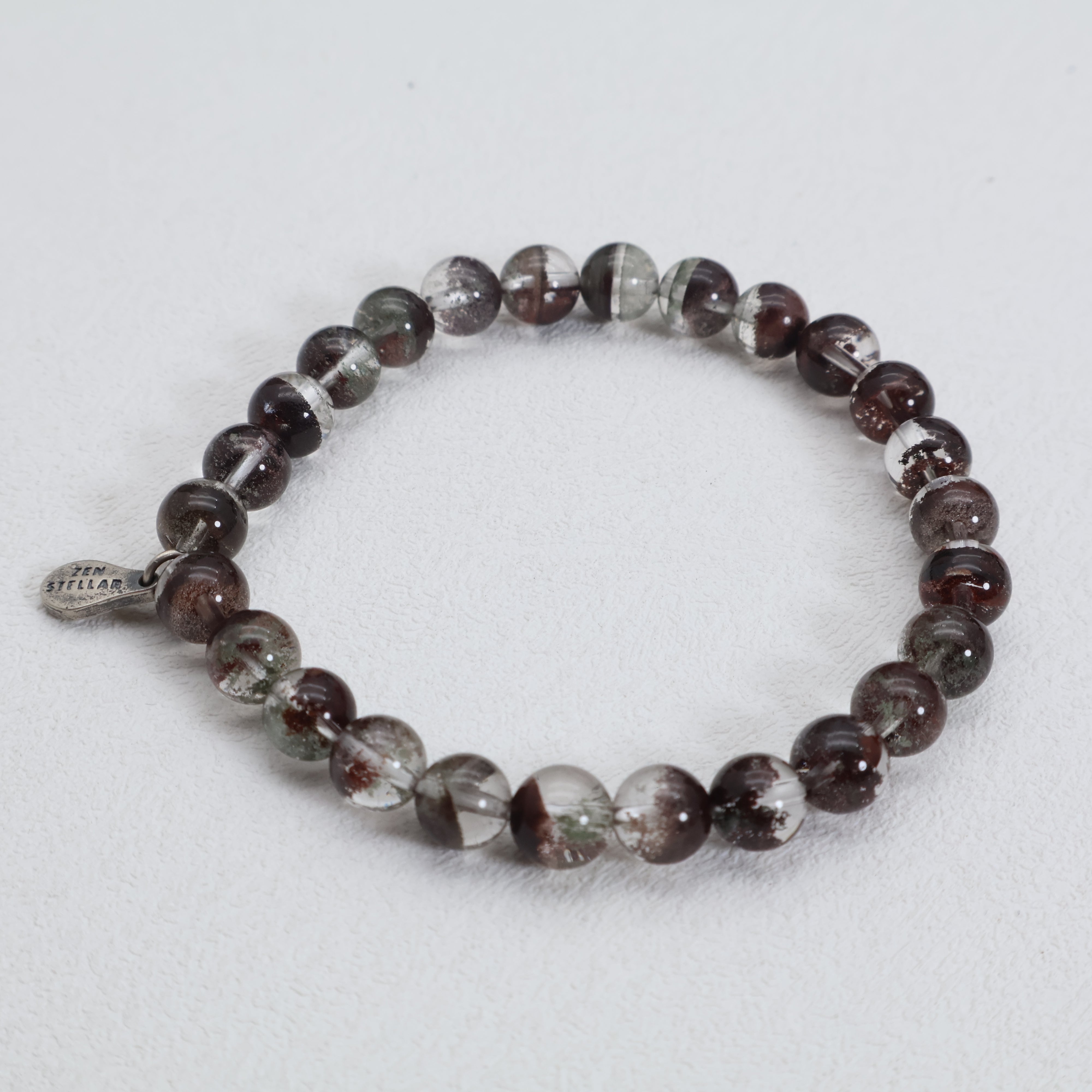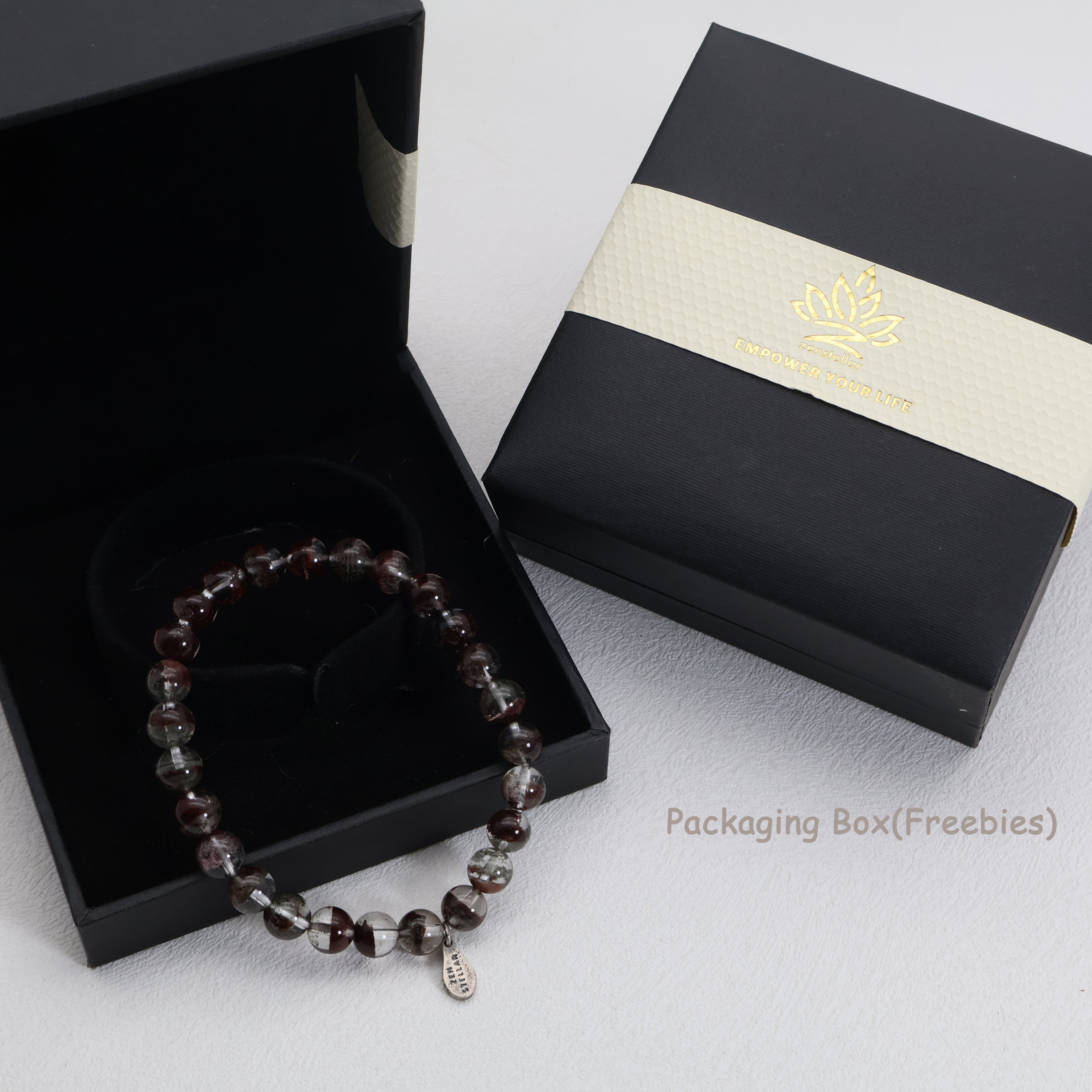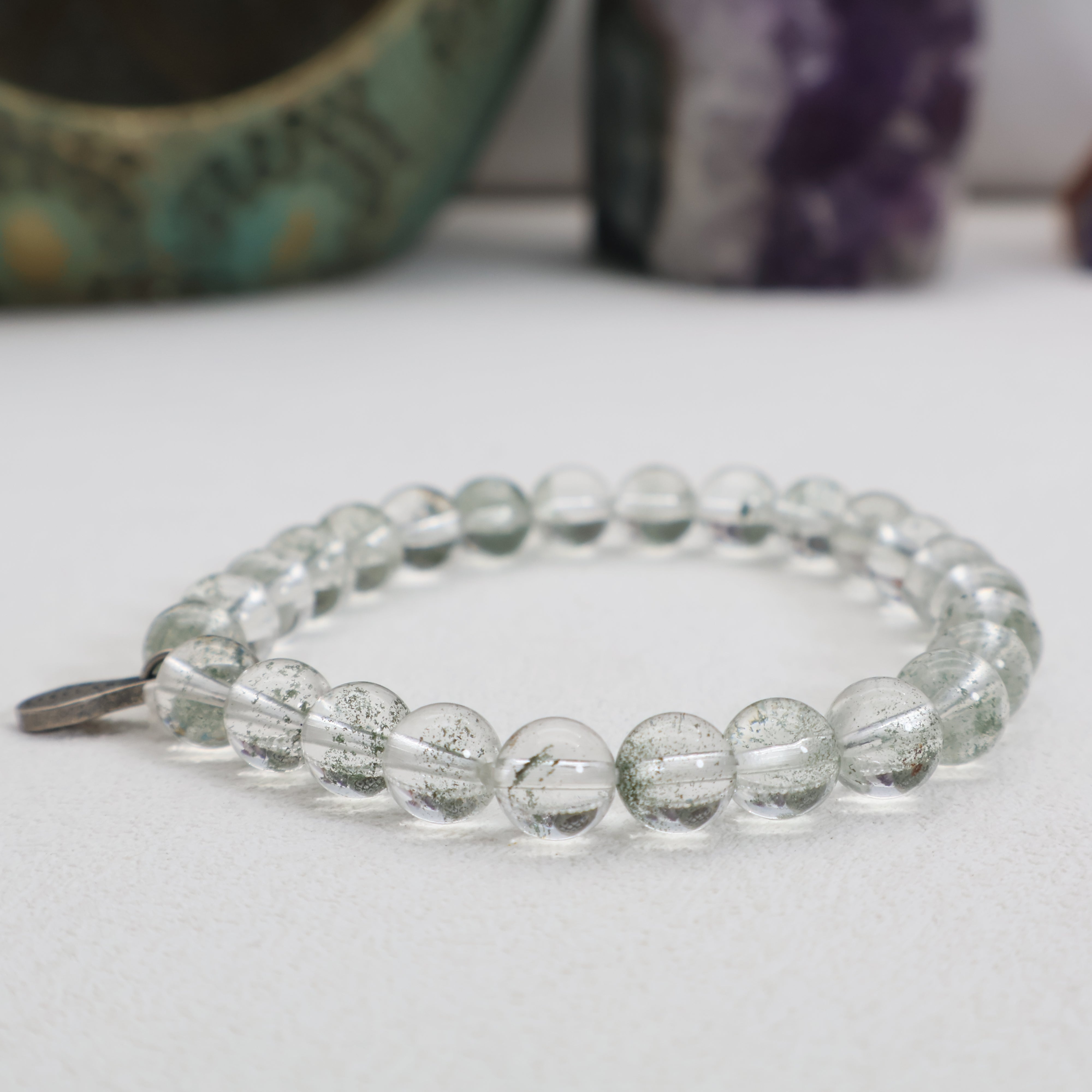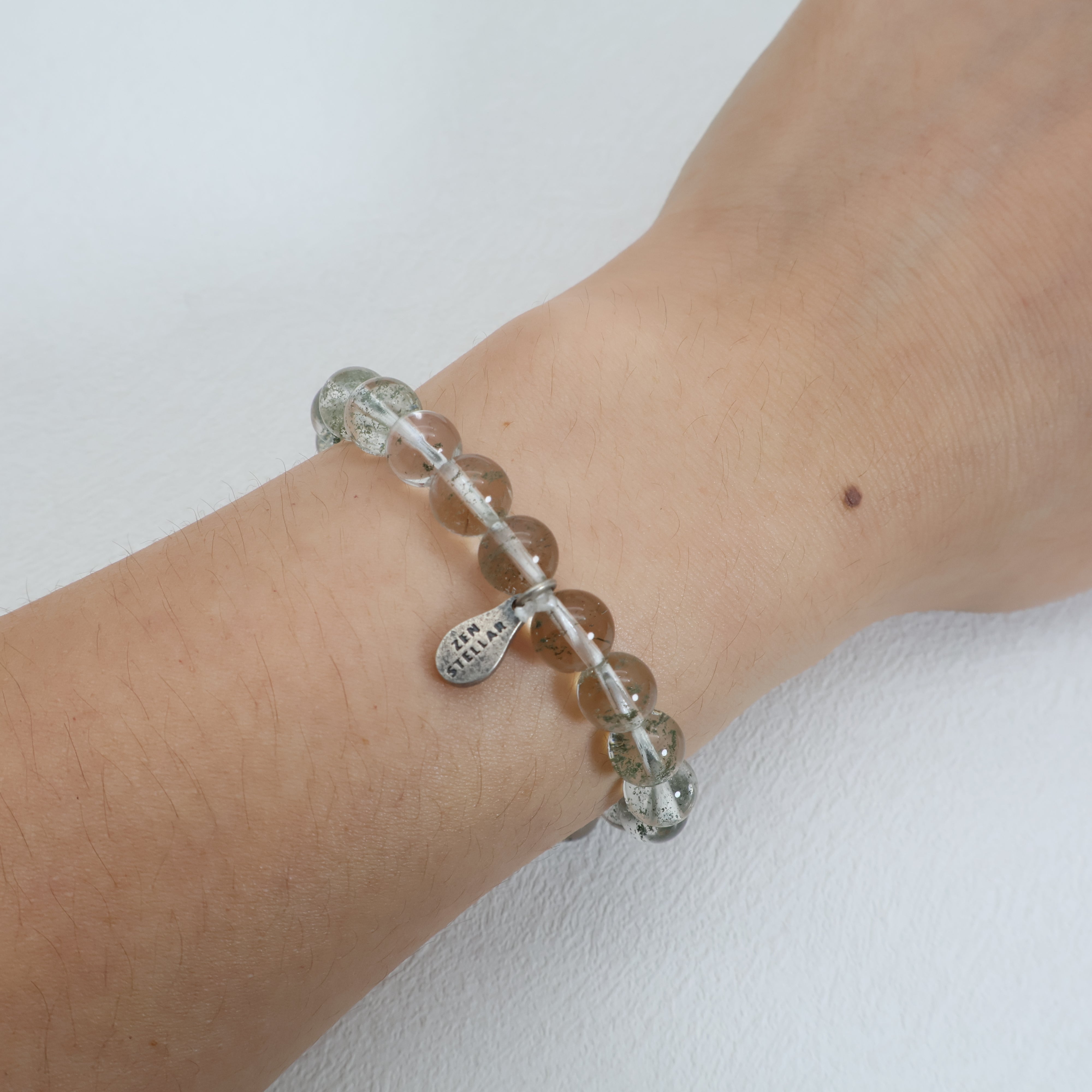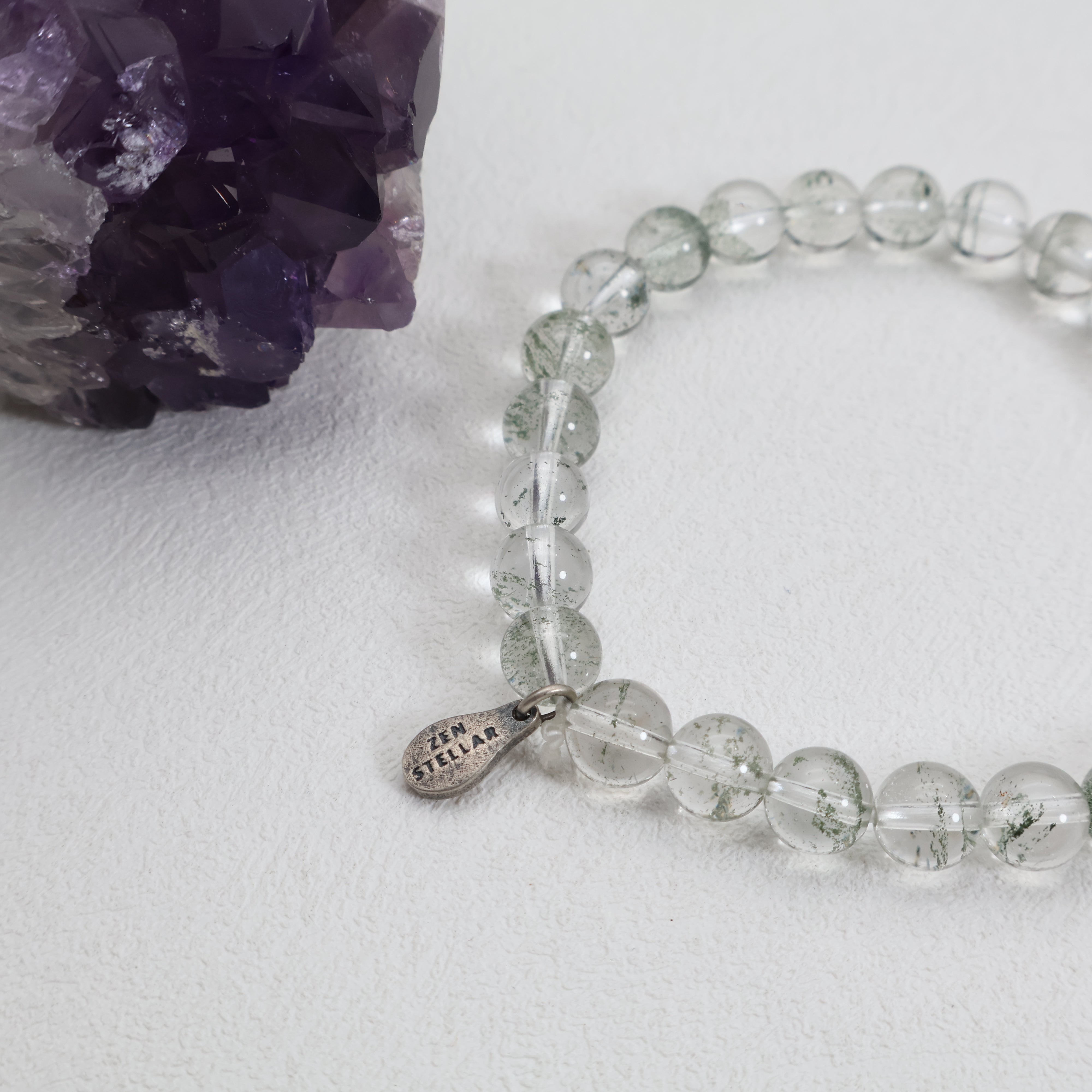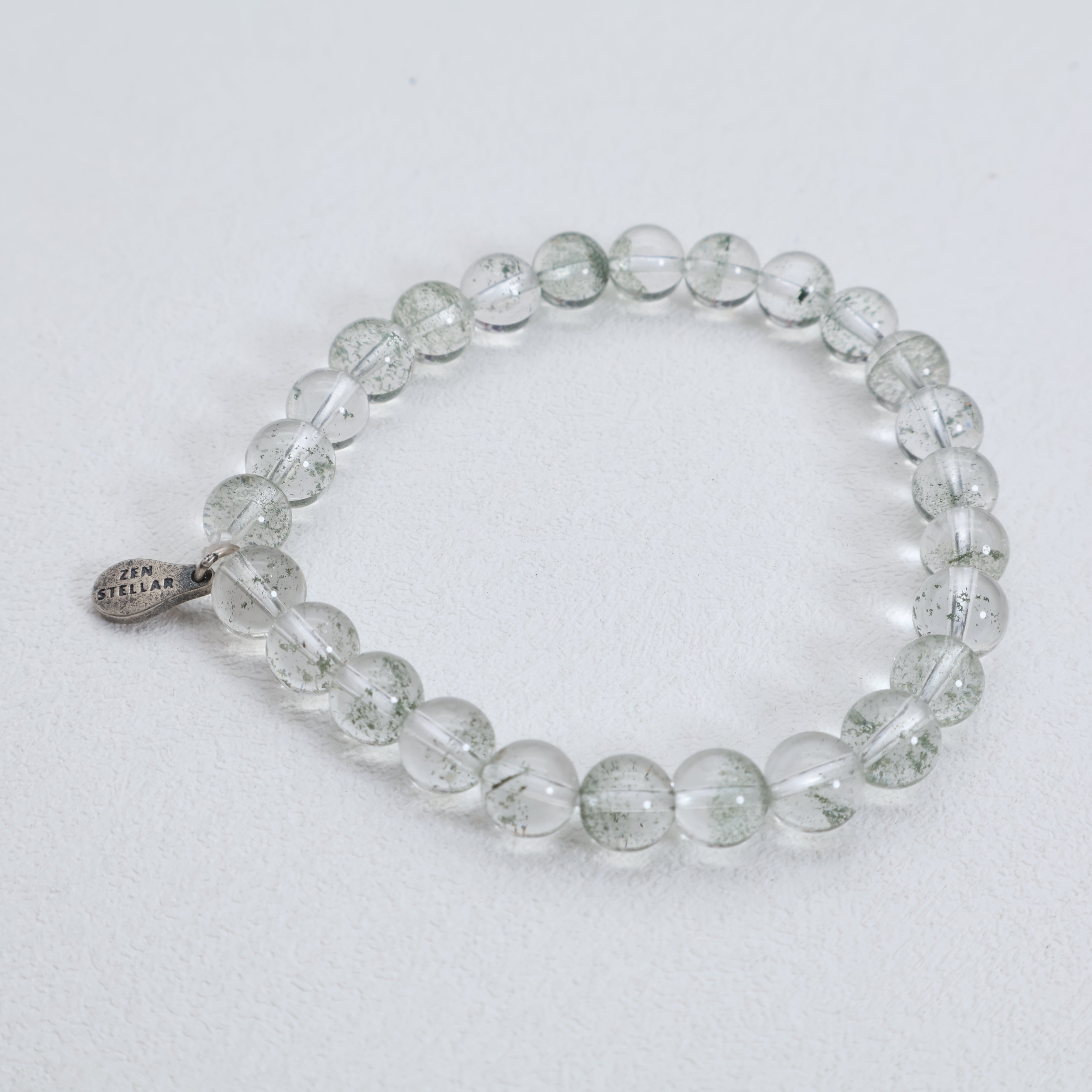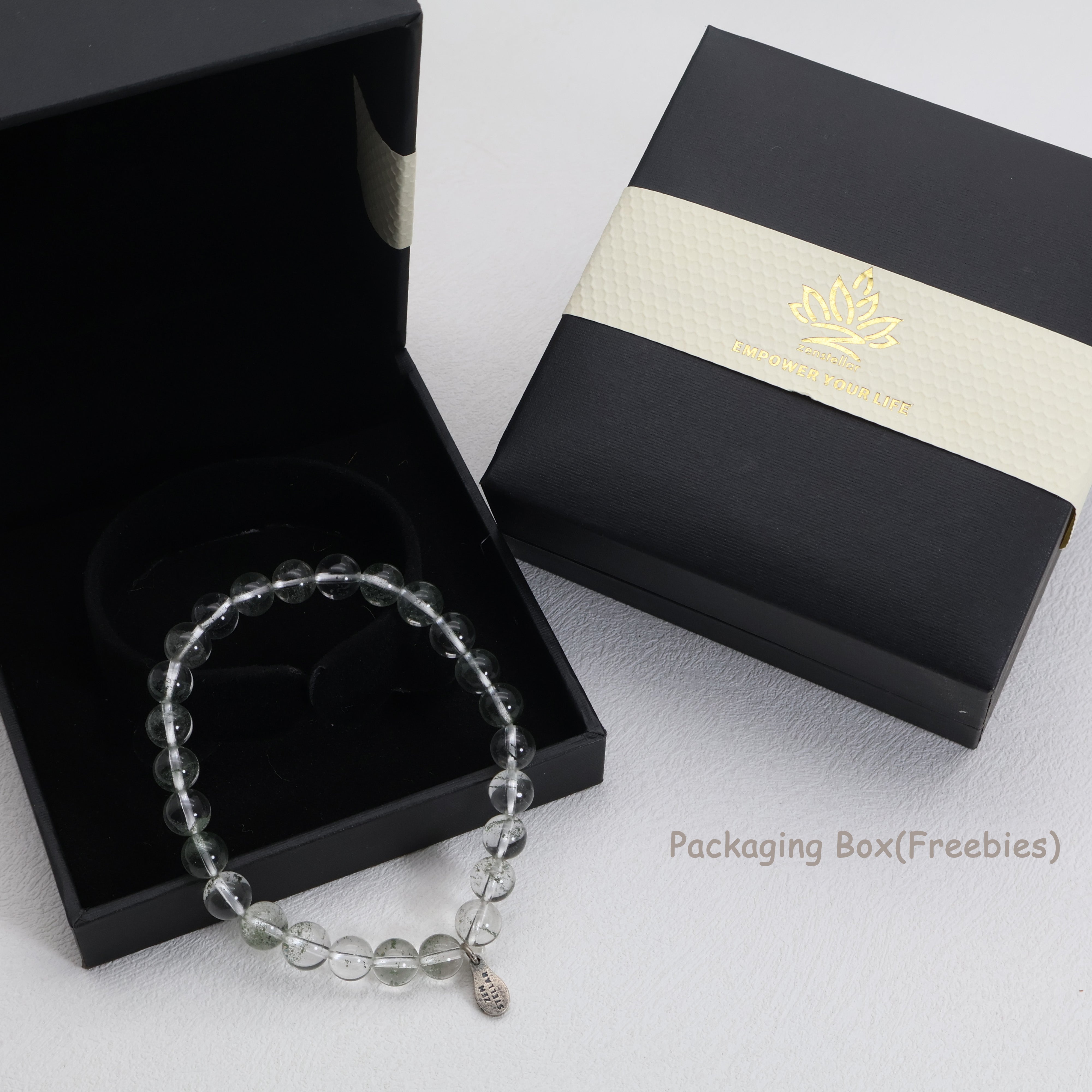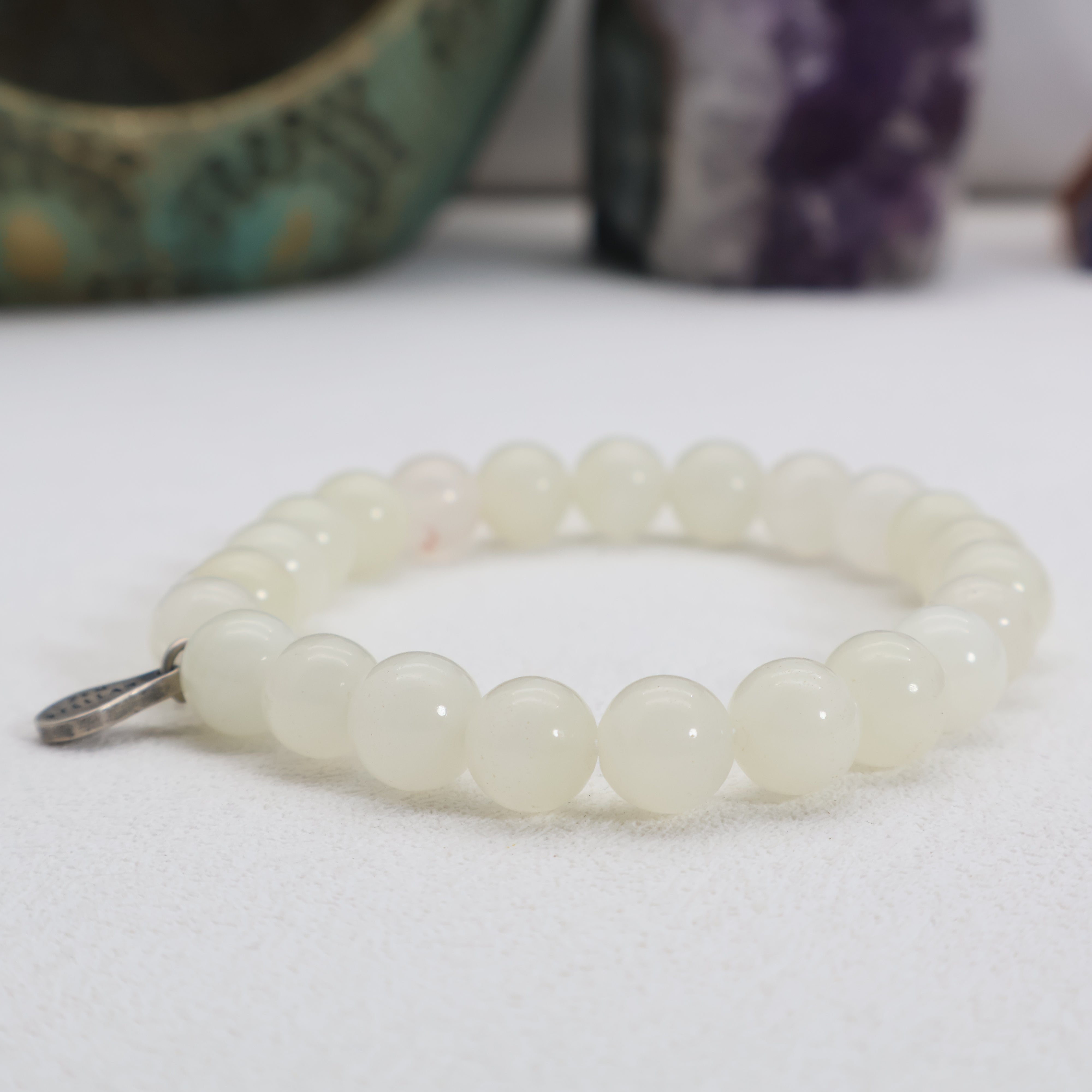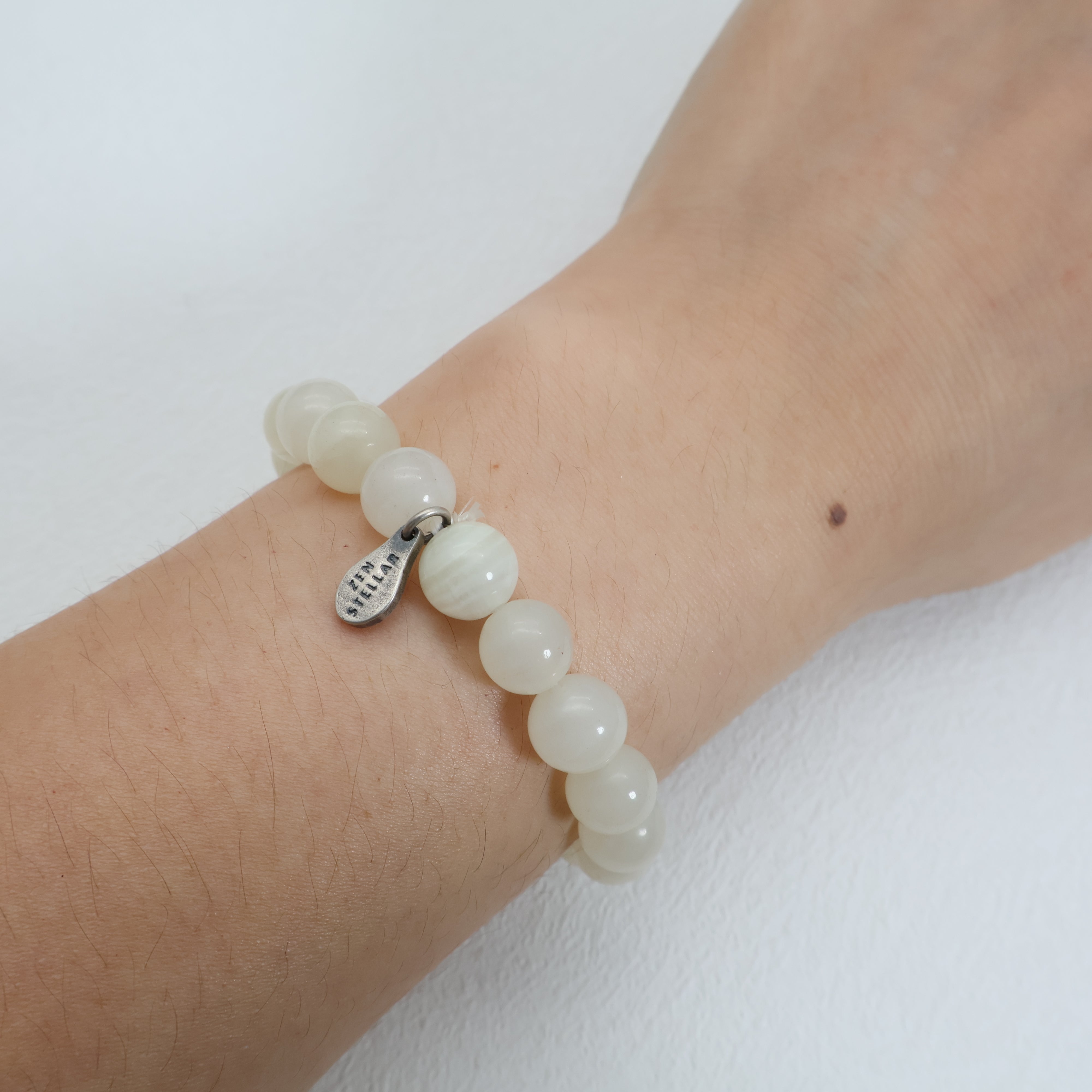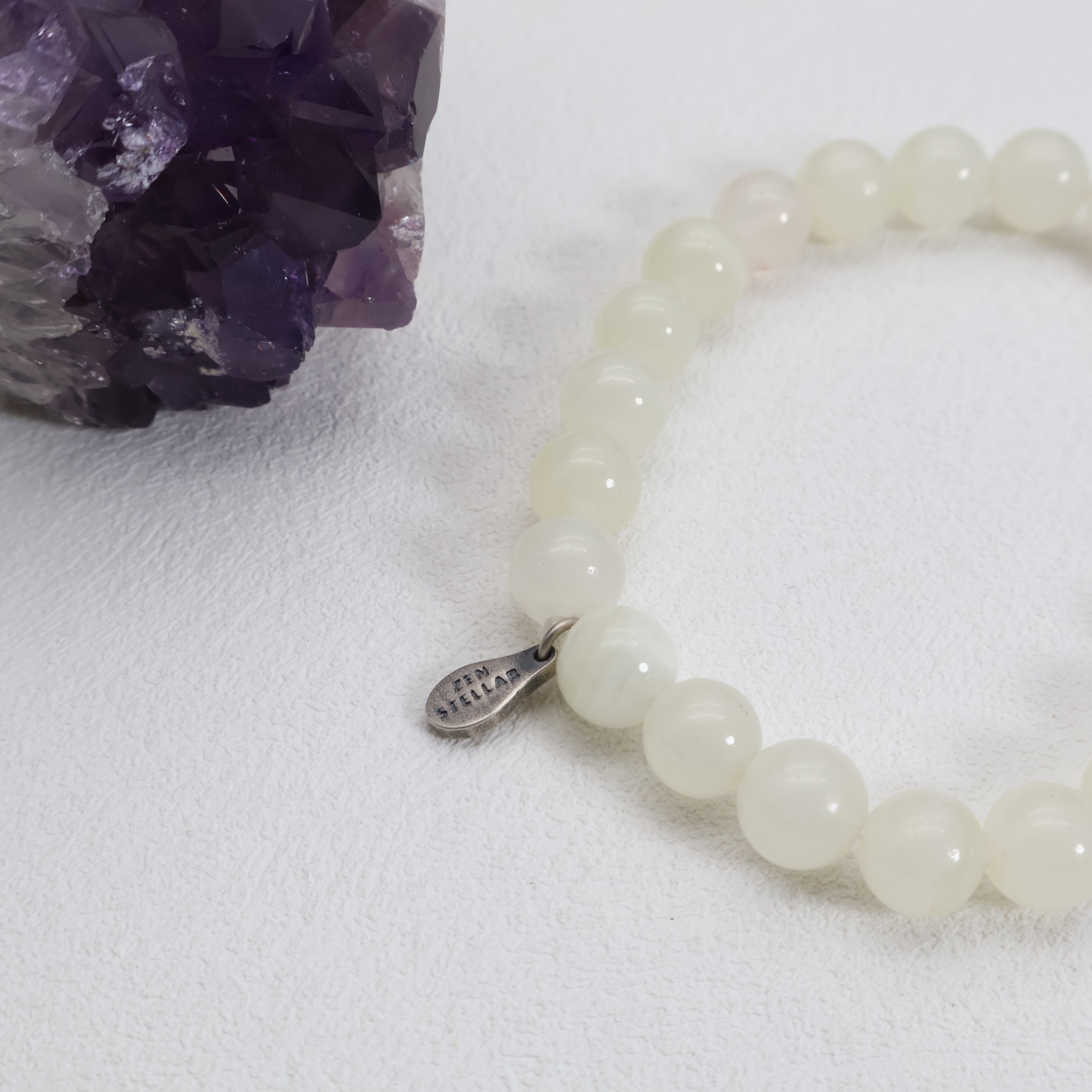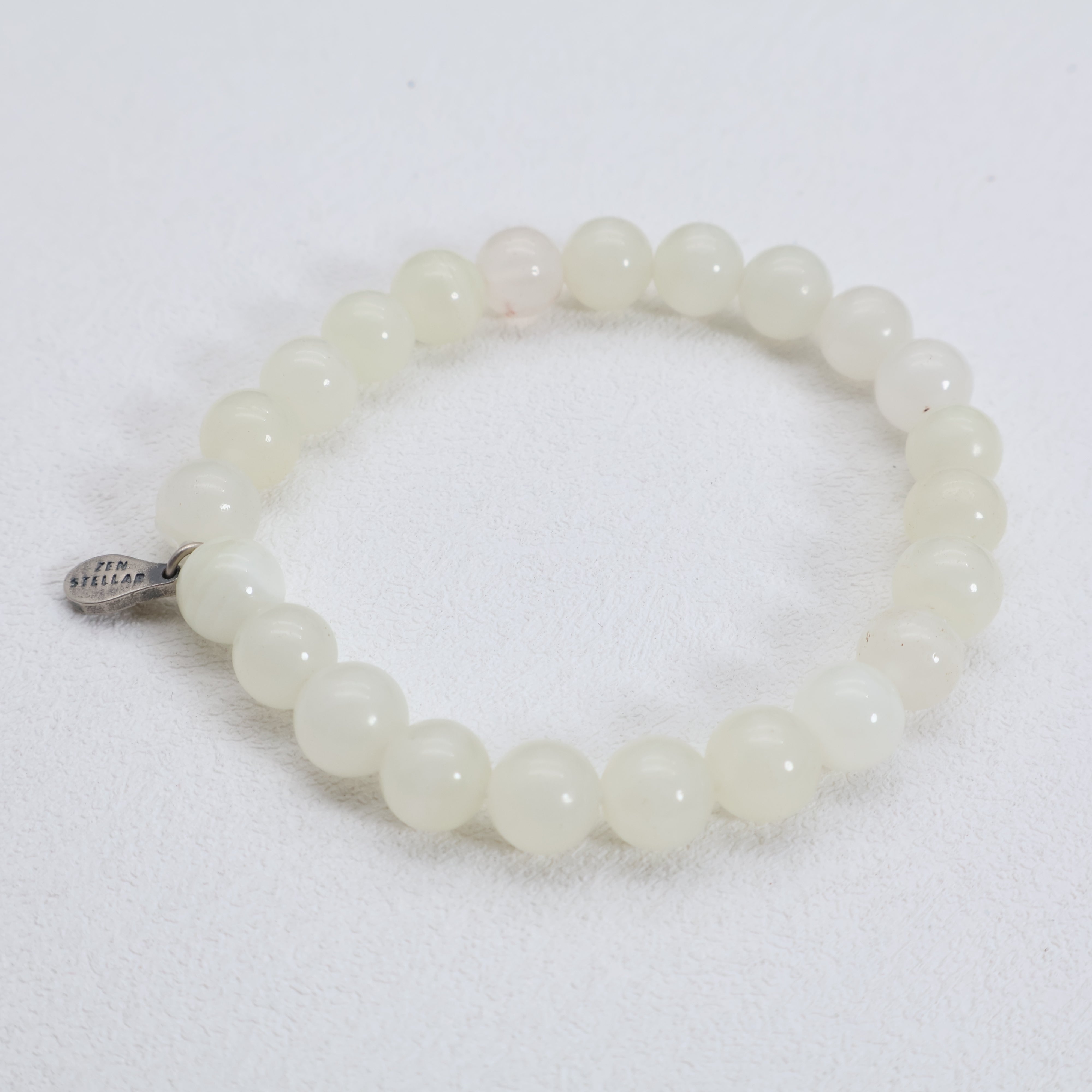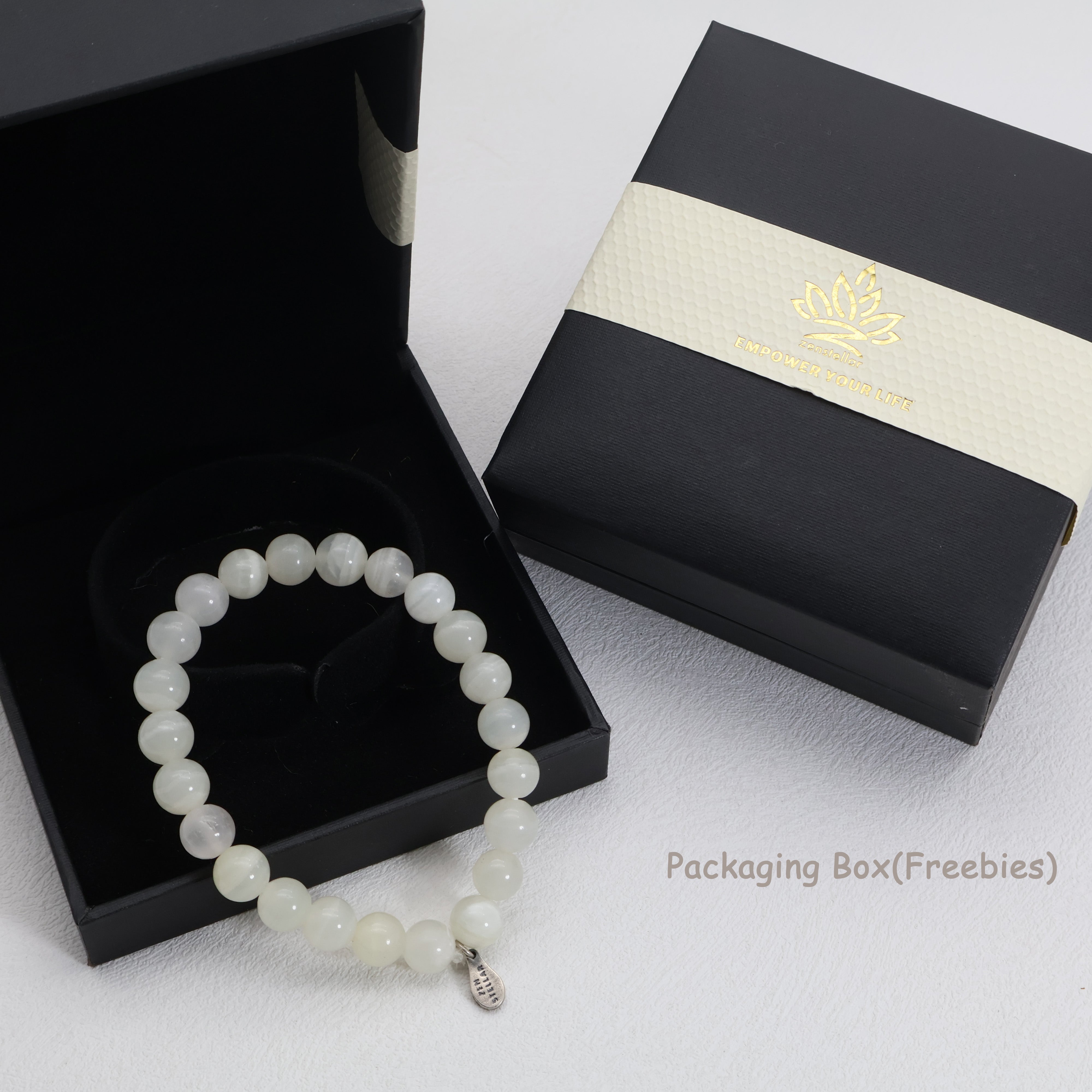

Introduction Tibetan Camel Bone
Amidst the vast expanse of the Tibetan plateau, where ancient traditions echo against the rugged Himalayan backdrop, a unique form of artistry flourishes. Tibetan camel bone jewelry, a lesser-known yet profoundly cultural craft, bridges the gap between the ancient and the modern, the spiritual and the material. This blog explores the intricate world of camel bone jewelry, delving into its historical significance, spiritual symbolism, and its place in contemporary fashion.
Historical and Cultural Context
Origins of Camel Bone Use
The history of camel bone jewelry in Tibet is intertwined with the region's position along the historic Silk Road. Camels, vital to the caravans that traversed these harsh landscapes, eventually contributed more than just transport. Their bones, left as remnants of their service, were repurposed into tools and adornments. For Tibetan artisans, these remnants became a medium of cultural expression, transforming a byproduct of travel and trade into a symbol of resourcefulness and continuity.
Cultural Significance
In Tibetan culture, every material and symbol used in art and daily life carries a deeper significance. Camel bone, regarded for its durability and smooth texture, is believed to represent endurance and the ability to overcome difficulties. Jewelry made from camel bone is often worn as a talisman, believed to offer protection and strength to travelers and spiritual seekers alike.
Comparison with Other Traditional Materials
Unlike turquoise and coral, often seen in Tibetan jewelry for their color and spiritual properties, camel bone is prized for its subtle, understated elegance and versatility. While metals like silver and gold reflect status and wealth, camel bone tells a story of the earth and its creatures, grounding its wearers in the humility and resilience of nomadic life.
The Craftsmanship of Camel Bone Jewelry
Sourcing and Preparing Camel Bone
The process begins with the ethical sourcing of camel bones, typically from animals that have died naturally. Artisans then undertake the meticulous process of cleaning, which involves boiling the bones to remove any remaining flesh, and sun-drying them to achieve the perfect texture for carving.
Carving Techniques
Carving camel bone is an art form that requires patience and precision. Artisans use traditional tools such as small chisels and knives, each swipe guided by a steady hand and a keen eye for detail. The designs are often inspired by natural and spiritual motifs, reflecting Tibetan beliefs and stories.
Finishing Processes
Once carved, the pieces are polished to bring out the natural luster of the bone. Some pieces are dyed using natural pigments, which not only adds color but also enhances the visibility of the intricate carvings. Finally, the individual pieces are assembled into larger items of jewelry, often combined with metal or stone accents to enhance their aesthetic appeal.
Spiritual Significance
Symbolism in Designs
The motifs carved into camel bone jewelry are deeply symbolic. The lotus flower, for instance, represents purity and spiritual awakening, while the endless knot symbolizes the interconnectedness of all things. Mandalas, intricate and geometric, are used as tools for meditation, drawing the wearer into deeper contemplation.
Use in Rituals
Camel bone jewelry is not merely decorative; it is also used in various rituals and practices. Mala beads made from camel bone are common among Tibetan monks and laypersons, used in prayer and meditation to count mantras and help steady the mind.
Personal and Communal Impact
For many Tibetans, wearing camel bone jewelry is a personal experience that connects them to their heritage and spiritual practice. It is also a communal expression, worn during festivals and important life events, signifying a shared identity and values.
Artisan Stories
Interviews with Local Craftsmen
Tenzin, a master craftsman from Lhasa, shares, "This craft is not just about making jewelry; it's about preserving a piece of our history and sharing it with the world. Each piece tells a story, whether of our religion, our struggles, or our hopes for the future."
Artisan Training and Skill Development
Young artisans are typically apprenticed to masters like Tenzin, learning the delicate techniques through years of observation and practice. This apprenticeship is crucial, not just for skill development but also for imbuing young craftsmen with the cultural and spiritual significance of their work.
Modern Relevance and Global Appeal
Contemporary Fashion Integration
Today, Tibetan camel bone jewelry is finding its way into the global fashion scene, praised for its unique beauty and ethical appeal. Designers are incorporating camel bone pieces into modern designs, appealing to consumers looking for jewelry that tells a story and stands out.
Challenges of Globalization
The increasing demand for unique and culturally rich items like camel bone jewelry brings both opportunities and challenges. While it provides a vital income source for artisans, there is a risk of cultural dilution and exploitation. Ensuring practices like fair trade and ethical sourcing is paramount to maintaining the integrity of this ancient craft.
Sustainability Aspect
Camel bone jewelry is also celebrated for its sustainability. By utilizing materials that would otherwise be discarded, artisans are minimizing waste and promoting a model of production that is environmentally responsible and culturally respectful.
Conclusion
Tibetan camel bone jewelry is more than an accessory; it is a profound expression of Tibetan culture, spirituality, and artistic tradition. As we adorn ourselves with these pieces, we carry forward the stories and the spirit they embody, fostering a deeper connection to the world and its ancient traditions.
Supporting traditional crafts like Tibetan camel bone jewelry not only preserves these ancient arts but also supports the communities that keep them alive. Explore collections from verified sources that practice fair trade and respect for cultural heritage, and become part of a movement that values sustainability, culture, and art in every form.
Frequently Asked Questions About Camel Bone Jewelry
What makes Tibetan camel bone jewelry unique compared to other types of bone jewelry?
- Tibetan camel bone jewelry is distinguished by its deep spiritual and cultural significance. Each piece incorporates traditional Tibetan motifs such as the lotus flower, endless knot, and mandalas, which carry specific symbolic meanings. Moreover, the crafting process is deeply rooted in ethical sourcing and traditional techniques, ensuring each piece is not only beautiful but also holds a piece of Tibetan heritage.
How is camel bone ethically sourced for jewelry making in Tibet?
- The camel bones used in Tibetan jewelry are ethically sourced from animals that have died naturally. Artisans are careful to use only bones that come from camels that have not been killed for the purpose of crafting jewelry, respecting the natural cycle of life and death in accordance with Buddhist principles of non-harm and respect for all living beings.
Can camel bone jewelry be considered sustainable and eco-friendly?
- Yes, camel bone jewelry is considered sustainable and eco-friendly. By utilizing bones that would otherwise be discarded, artisans minimize waste and promote a model of production that is environmentally responsible. Additionally, the natural pigments used for dyeing and the traditional methods of handcrafting each piece further reduce the environmental impact of this craft.
Are there any special care instructions for maintaining camel bone jewelry?
- Camel bone jewelry requires some care to maintain its beauty and integrity. It should be kept dry and stored away from direct sunlight. If needed, it can be gently cleaned with a soft, dry cloth. Avoid using harsh chemicals or immersing the jewelry in water, as this can damage the material and intricate carvings.
How can I ensure that the camel bone jewelry I purchase is authentic and ethically made?
- To ensure authenticity and ethical craftsmanship, purchase camel bone jewelry from reputable sources that provide transparency about their sourcing and crafting processes. Look for certifications or statements about fair trade practices and ethical sourcing. Additionally, buying directly from Tibetan artisans or through endorsed fair-trade organizations can help support the communities and preserve the traditional craft.

